Plant Descriptions – Eucalyptus rossii – Excoecaria dallachyana
Eucalyptus rossii
Eucalyptus rummeryi
Eucalyptus saligna
Eucalyptus scoparia
Eucalyptus seeana
Eucalyptus sepulcralis
Eucalyptus siderophloia
Eucalyptus sideroxylon
Eucalyptus signata
Eucalyptus socialis
Eucalyptus sparsifolia
Eucalyptus spectatrix
Eucalyptus squamosa
Eucalyptus stellulata
Eucalyptus stenostoma
Eucalyptus stricta
Eucalyptus tereticornis
Eucalyptus tetrapleura
Eucalyptus tindaliae
Eucalyptus torquata
Eucalyptus umbra
Eucalyptus viminalis
Eucalyptus viridis
Eucalyptus websteriana
Euchiton sphaericus
Eugenia reinwardtiana
Eupomatia bennettii
Eupomatia laurina
Euroschinus falcata
Eurychorda complanata
Eustrephus latifolius
Everistia vacciniifolia
Evolvulus alsinoides
Exocarpos cupressiformis
Exocarpos latifolius
Exocarpos strictus
Exocarya sclerioides
Excoecaria agallocha
Excoecaria dallachyana
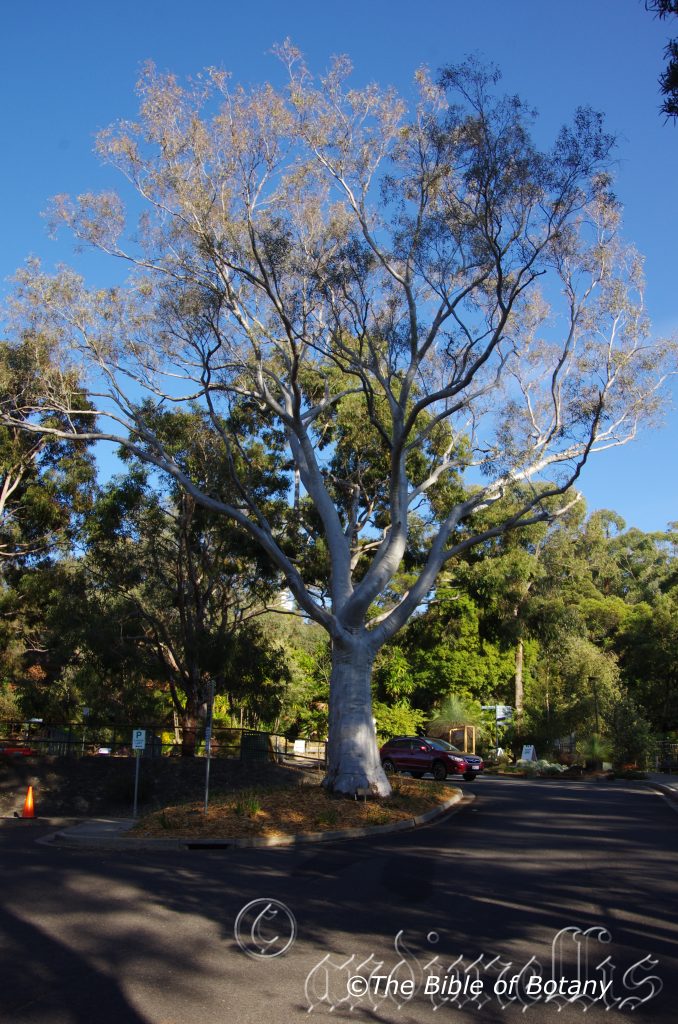
National Botanic Gardens ACT
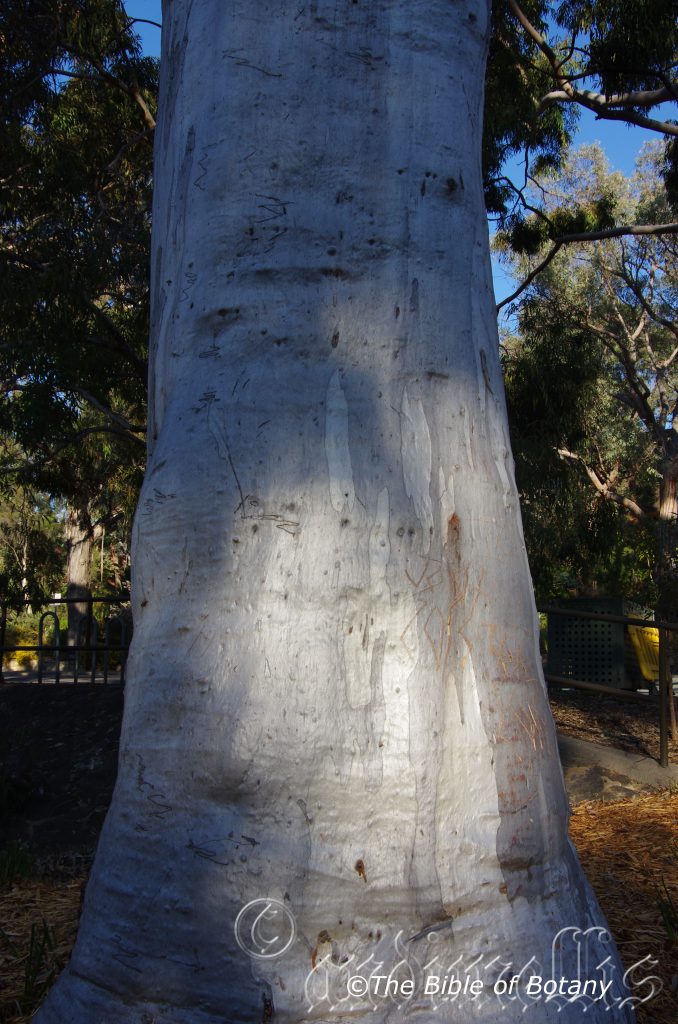
National Botanic Gardens ACT
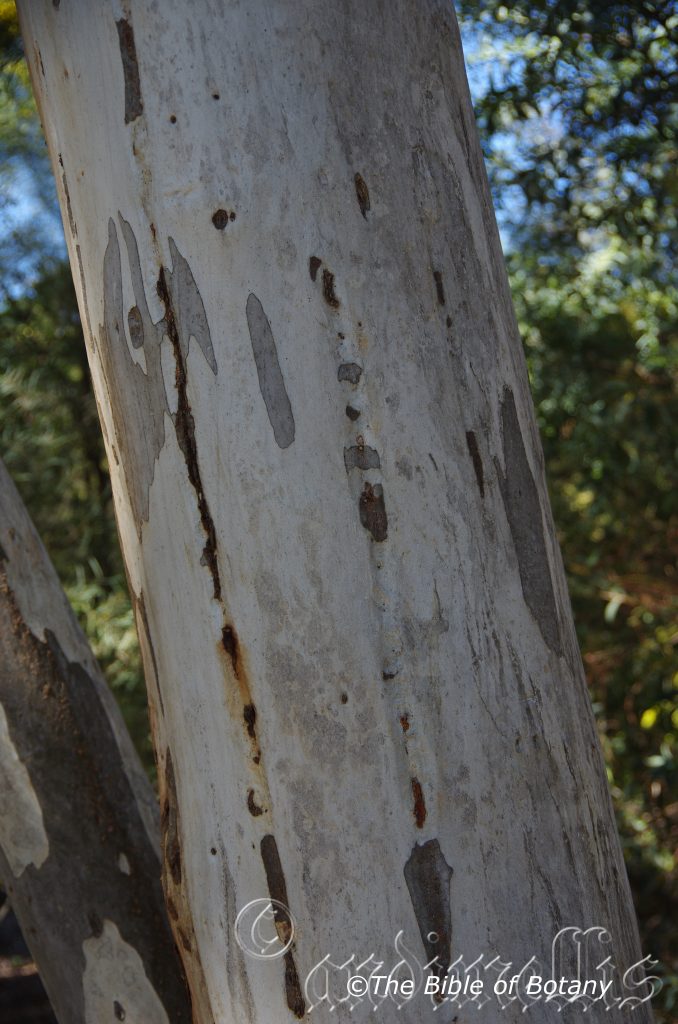
National Botanic Gardens ACT
Eucalyptus rossii
Classification:
Unranked: Eudicots
Clade: Rosids
Order: Myrtales
Family: Myrtaceae
Genus: From Eu, which is Greek a prefix for good or well and Kaluptos, which is Ancient Greek for to cover up. It refers to the stamens, which have a lid or cover over them in the bud stage prior to opening.
Specie: Is named in honour of William John Clunius-Ross; 1850-1914, who was a scientist and teacher at Bathurst College and keen amateur botanist.
Sub specie:
Common Name: Inland Scribbly Gum.
Distribution:
Eucalyptus rossii is endemic to New South Wales from north of Tenterfield in the north south to Black Range near Albury in the south. It is found on the Great Dividing Range and along the Western Slopes. It crosses the Range in the southern portion of its range.
https://avh.ala.org.au/occurrences/search?taxa=Eucalyptus+rossii#tab_mapView
Habitat Aspect Climate:
Eucalyptus rossii prefers full sun to part shade or dappled sunlight. It grows as in dry sclerophyll woodlands on medium slopes, rises and low flat ridges. The altitude ranges from 100 meters ASL to 900 meters ASL.
The temperatures range from minus 6 degree in August to 36 degrees in January.
The rainfall ranges from lows of 520mm to an average of 1200mm.
Soil Requirements:
Eucalyptus rossii prefers average to deep, poorer to average fertile soils of course sands, light fatty clays medium clays overlying the parent rock. The soils are usually derived from decomposed granites, metagranites or at times sandstones. The soil’s pH ranges from 4pH to 5.5pH. It tolerates waterlogged soils and seasonal wet periods.Non saline soils to moderately saline soils are tolerated.
Height & Spread:
Wild Plants: 12m to 20m by 5m to 13m.
Characteristics:
Eucalyptus rossii is a medium tree which branches freely from about a third of its height. It is a typical scribble gum with a glabrous trunk and branches which are white to yellowish or cream with the distinctive insect scribbles. The bark is shed in small patches and short ribbons. The new growth is reddish-brown or yellowish-green. The tree’s canopy comprises of mature leaves, juvenile leaves and intermediate leaves.
Eucalyptus rossii’s juvenile and coppice stems are terete and glabrous. The sessile opposite, disjunct leaves are broad lanceolate. The base tapers to the peduncle while the apex is broad acute to acute. The concolourous laminas are dull grey-green to dull blue-green and glabrous. The leaves measure 60mm to 110mm in length by 12mm to 18mm in width. The margins are entire.
The alternate, disjunct, narrow lanceolate to lanceolate or slightly falcate leaves of Eucalyptus rossii measure 80mm to 150mm in length by 8mm to 13mm in width. The terete petioles are yellowish or purplish-red and measure 6mm to 10mm in length. The bases taper to the petiole while the apexes are acute to narrow acute. The concolourous laminas are dull grey-green or dull blue-green. The margins are entire while the mid vein is moderately prominent at the base becoming very faintly prominent at the apex on both laminas. The lateral penniveins are faintly visible on the both laminas while the intramarginal veins are close to the margin.
The inflorescences of Eucalyptus rossiiare unbranched umbellasters born auxiliary along the stems from the leaf axils. There are 7 to 12 usually 11 individual white flowers to an umbellaster. The new growth bearing the umbellasters is yellow-green or at times reddish-green. The terete or angular peduncle is glabrous and measures 7mm to 10mm in length. The terete pedicels measure 2mm to 5mm in length. The clavate buds are lemon-green and glabrous. The buds measure 3mm to 5mm in length by 2mm to 3mm in diameter. The hemispherical calyptra is shorter than and is as wide as the hypanthium. A bud scar is absent.
The white stamens measure 3mm to 4.5mm in length. The creamy, orbicular anthers are dorsifixed with the outer stamens being infertile. The pale creamy-green style measures 1.5mm to 2mm in length. The disc is glossy green. The flowers appear from late November to early February.
The fruits of Eucalyptus rossii are globose or hemispherical woody capsules known as gum nuts. The green gum nuts turn grey-brown when ripe and measure 4mm to 5mm in length by 4mm to 5mm in diameter at the widest point. The disc is flat or slightly raised while the 4 triangular valves are level with the rim.
Wildlife:
The wildlife of Eucalyptus rossii is very attractive to honeyeaters and many insects which in return attract insectivorous birds.
It is also the host for the burrowing larvae of a small moth known as Ogmograptis scribula. The moth lays her eggs between layers of bark and when the larvae hatch they burrow into the living layer below tunnelling as they feed similar to the leaf minor on the leaves of citrus trees. As the previous season’s bark is decorticated the distinctive scribbles of the present season’s moths are revealed. This changes the cladding of the trunk annually like a new wardrobe every year.
Cultivation:
Eucalyptus rossii is a beautiful small to medium tree which is ideally suitable for smaller gardens where a Eucalyptus is required. It is fast growing even on poor, cold soils that it is normally associated with. It makes an attractive garden specimen once established due it its beautiful blue foliage and stems. It looks great and makes a good contrast plant from an early age. It looks very affective when planted with mallees or small Eucalyptus trees with contrasting glossy green foliage and growth habits. Another method is to grow one or two as trees and interplant with several smaller mallees that have been cut to induce the growth of several trunks or to entice it to grow with two or three trunks. In the garden good specimens may grow from 12 meters to 16 meters in height by 12 meters to 16 meters in diameter when grown in the open as a single trunk tree.
The beauty of Eucalyptus rossii is that it branches closer to the ground than most Eucalyptus species and accepts soils that are cold for extended periods from autumn to mid spring. The trunk with its extensive scribbles from Ogmograptis scribulaalso makes it a good choice when planted adjacent to small iron barks or ghost gums. Once established it looks at home in such conditions. Like all Eucalyptus spp. though some leaf drop and dropping of small branchlets means continual lawn maintenance but then this species is just as adaptable in a heath bed as it is in the lawn which can be grown close to the trunk.
Eucalyptus rossii can be used like many small Eucalyptus spp. to create that little bit of Australiana in the suburban back yard or the outback garden to give shade from a relentless hot sun.
Often floral characteristics of a plant dictate our selection of plants for the garden. Remember that once a Eucalyptus spp.; or in fact any tree, reaches a reasonable size, its trunk or bark can are the most prominent features seen. Among the Eucalypts there are many different types of barks which include some of our beautiful peppermint barks. Grouping, mallees as mallees or as single trunk trees can add immeasurably to the interest within a small space. Eucalyptus rossii is one of those species whose multi stems and bark contrasts well with single stem species.
Small shrubs can be used to emphasize the open spaces surrounding a mallee or a small tree especially when mass plantings are done.
Eucalyptus rossii can look great when placed in the corner against a fence to add privacy and remove the barrenness of the yard while giving extra depth. Here try a deep red brick fence as a background or
Propagation:
Seeds: Sow into a seed raising mix. Cover the seeds with 2mm to 3mm of fine sand and place the trays in a warm sunny position. Keep the seeds moist but not wet. When the seedlings are 25mm to 50mm tall, prick them out and plant them into 50mm native tubes using a good organic mix.
Once the seedlings reach 200mm to 250mm in height plant them out into their permanent position. Mass plantings are best done in groups of 3 to 5 as a feature by planting them at 4 meter to 5 meter centers as a tree or 5 meters to 6 meters as a mallee.
Fertilize using Seaweed, fish emulsion or organic chicken pellets soaked in water and apply the liquid on an alternate basis. Fertilize every two month until the trees are well established then every spring to ensure good growth and flowering.
Further Comments from Readers:
Hi reader, it seems you use The Bible of Botany a lot. That’s great as we have great pleasure in bringing it to you! It’s a little awkward for us to ask, but our first aim is to purchase land approximately 1,600 hectares to link several parcels of N.P. into one at The Pinnacles NSW Australia, but we need your help. We’re not salespeople. We’re amateur botanists who have dedicated over 30 years to saving the environment in a practical way. We depend on donations to reach our goal. If you donate just $5, the price of your coffee this Sunday, We can help to keep the planet alive in a real way and continue to bring you regular updates and features on Australian plants all in one Botanical Bible. Any support is greatly appreciated. Thank you.
In the spirit of reconciliation we acknowledge the Bundjalung, Gumbaynggirr and Yaegl and all aboriginal nations throughout Australia and their connections to land, sea and community. We pay our respect to their Elders past, present and future for the pleasures we have gained.
Eucalyptus rummeryi
Classification:
Unranked: Eudicots
Clade: Rosids
Order: Myrtales
Family: Myrtaceae
Genus: From Eu, which is Greek a prefix for good or well and Kaluptos, which is Ancient Greek for to cover up. It refers to the stamens, which have a lid or cover over them in the bud stage prior to opening.
Specie: Is named in honour of E. G. Rummery who was an Australian forester in the Casino district of NSW who first collected the type specimen.
Sub specie:
Common Name: Steal Box.
Distribution:
Eucalyptus rummeryi is found south from Casino to the Nymboida National Park near Moleton in north eastern coastal New South Wales. It is found at the middle altitudes on and eastern side of the Great Dividing Range.
https://avh.ala.org.au/occurrences/search?taxa=Eucalyptus+rummeryi#tab_mapView
Habitat Aspect Climate:
Eucalyptus rummeryi prefers full sun to dappled sunlight. It is found in wet schlerophyll forests especially those adjacent to moist rainforest and moist gallery forests on undulating broad ridges. The altitude ranges from 50 meters ASL to 520 meters ASL.
The temperature range from minus 2 degrees in August to 38 degrees in January.
The rainfall ranges from lows of 950mm to an average of 1500mm annually.
Soil Requirements:
Eucalyptus rummeryi prefers medium to deep better quality fertile light clays to medium clays. The soils are usually derived from decomposed brown basalts, shales or metashales. The soils pH ranges from 5pH to 6.5pH. It does not tolerate waterlogged soils however the soils are consistently moist throughout the year. Non saline soils to moderately saline soils are tolerated.
Height & Spread:
Wild Plants: 30m to 45m by 15m to 18m.
Characteristics:
Eucalyptus rummeryi has a long thin bole with the branches appearing at around 70mm of the trees height on mature trees. The bark is persistent on the trunk and larger branches. The bark is pale grey with off white patches and is hard for a fibrous to flaky bark. The smaller branches and branchlets are smooth, glabrous on the trunks to the branchlets. The smaller branches are smooth white, cream, pale grey or fawn, smooth and glabrous. The decorticating bark is shed in short ribbons from the smaller branches.
Eucalyptus rummeryi‘s disjunct, opposite to sub opposite juvenile leaves elliptical to ovate, are mid green and semi glossy. They measure 50mm to 120mm in length by 20mm to 40mm in width.
The alternate disjunct adult leaves are lanceolate, to slightly falcate and measure 80mm to 165mm in length by 20mm to 30mm in width. The terete Petioles measure 14mm to 20mm in length. The slightly oblique bases are cuneate while the apexes are acute. The discolourous leaves are mid green, dull and glabrous on the upper laminas while the lower laminas are paler. The laminas are flat while the margins are entire. The mid vein is slightly prominent on both laminas near the base and are not prominent at the apexes. The faint lateral veins are penniveined and are at less than 45 degrees to the main vein. The intramarginal veins are parallel to the margin and just inside the margin to well removed from the margin. The oil glands are at the junctions of the lateral and auxiliary veins.
The inflorescences of Eucalyptus rummeryi are born as compound umbellasters containing 7 individual flowers from near the leaf axils. The mid green flattened to angular peduncles measure 5mm to 10mm in length while the mid green terete pedicels measure 2mm to 3mm in length.
The narrow cupular hypanthia are pale yellow-green and glabrous while the conical pale yellow-green calyptras are glabrous. The hypanthia measure 2mm to 3mm by 2mm to 3mm in diameter while the rostrate calyptras measure 2.5mm to 4mm in length. The bud scar is present.
The erect stamens are white and measure 3.5mm to 6mm in length. The white anthers are cream. The white style measures 3mm to 4mm in length. The disc is pale green. The flowers appear from August to January.
The fruits of Eucalyptus rummeryi are broad cupular to hemispherical or flattened globose gum nuts. The gum nuts measure 3mm to 5mm in length by 3mm to 4mm in diameter at the widest point. The disc is depressed while the 4 valves are level with the hypanthia rim or slightly exserted.
The flattened seeds are long ovoid and measure 1mm to 2.5mm in length.
Wildlife:
Eucalyptus rummeryi wildlife is unknown to the author however it can be assumed that it is very attractive to most honeyeaters, lorikeets, flying foxes, possums and many insects.
Cultivation:
Eucalyptus rummeryi is a large size gum tree which is very suitable for gardeners looking for a Eucalyptus specie to create a medium size bush scene. It is ideal on sandy alluvial flats to medium clays that are moisture retentive. It is fast growing so give good effects at an early age. In the garden good specimens grow from 25 meters to 30 meters in height by 15 meters to 20 meters in diameter. It is drought resistant once established and can cope with moderate frosts.
This is not a popular cream flowering gum amongst home gardeners as most tend to favour the red flowering gum trees or those with a deep black furrowed bark. The bark contrasts well with other Eucalyptus and Corymbia specie when mixed planted to high light the trunks. Place it near the edge of such forests as it is a lot smaller and will allow more light to penetrate deeper into the forest. It is too often planted singularly with gardeners not prepared to let their hair down and experiment.
They would be ideally suited to a larger park like scenes where they have the opportunity to spread out as they mature.
Like all Eucalyptus specie leaf drop, dropping of small branches means continual lawn maintenance but then this means good quantities of leaf litter mulch. If the trees are clumped or used in a bush garden this is not a problem.
Propagation:
Seeds: Sow Eucalyptus rummeryi seeds into a seed raising mix. Cover the seeds with 2mm to 3mm of fine sand and place the trays in a warm sunny position. Keep moist but not wet. When the seedlings are 25mm to 50mm tall, prick them out and plant them into 50mm native tubes using a good organic mix.
Once the seedlings reach 200mm to 250mm in height plant them out into their permanent position. Mass plantings are best done in groups of 3 to 5 as a feature by planting them at 4 meter centers. For hedge rows or wind breaks they can be planted at 3 meter centers.
Fertilize using Seaweed, fish emulsion or organic chicken pellets soaked in water and apply the liquid on an alternate basis. Fertilize every two month until the trees are well established then every spring to ensure good growth and flowering.
Further Comments from Readers:
Hi reader, it seems you use The Bible of Botany a lot. That’s great as we have great pleasure in bringing it to you! It’s a little awkward for us to ask, but our first aim is to purchase land approximately 1,600 hectares to link several parcels of N.P. into one at The Pinnacles NSW Australia, but we need your help. We’re not salespeople. We’re amateur botanists who have dedicated over 30 years to saving the environment in a practical way. We depend on donations to reach our goal. If you donate just $5, the price of your coffee this Sunday, We can help to keep the planet alive in a real way and continue to bring you regular updates and features on Australian plants all in one Botanical Bible. Any support is greatly appreciated. Thank you.
In the spirit of reconciliation we acknowledge the Bundjalung, Gumbaynggirr and Yaegl and all aboriginal nations throughout Australia and their connections to land, sea and community. We pay our respect to their Elders past, present and future for the pleasures we have gained.
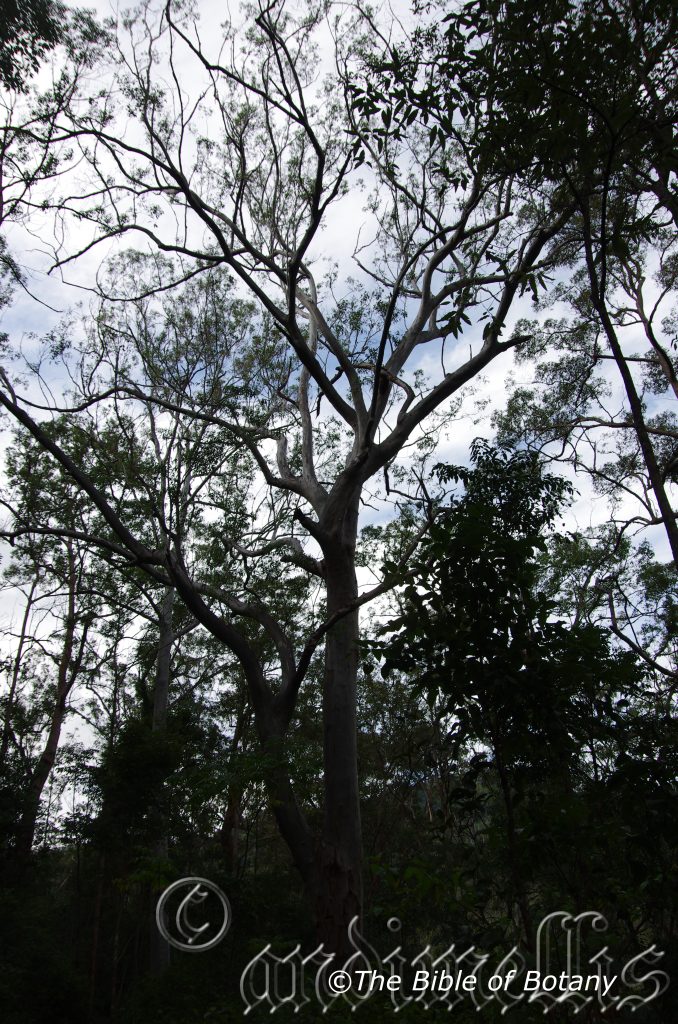
Border Ranges National Park Qld.
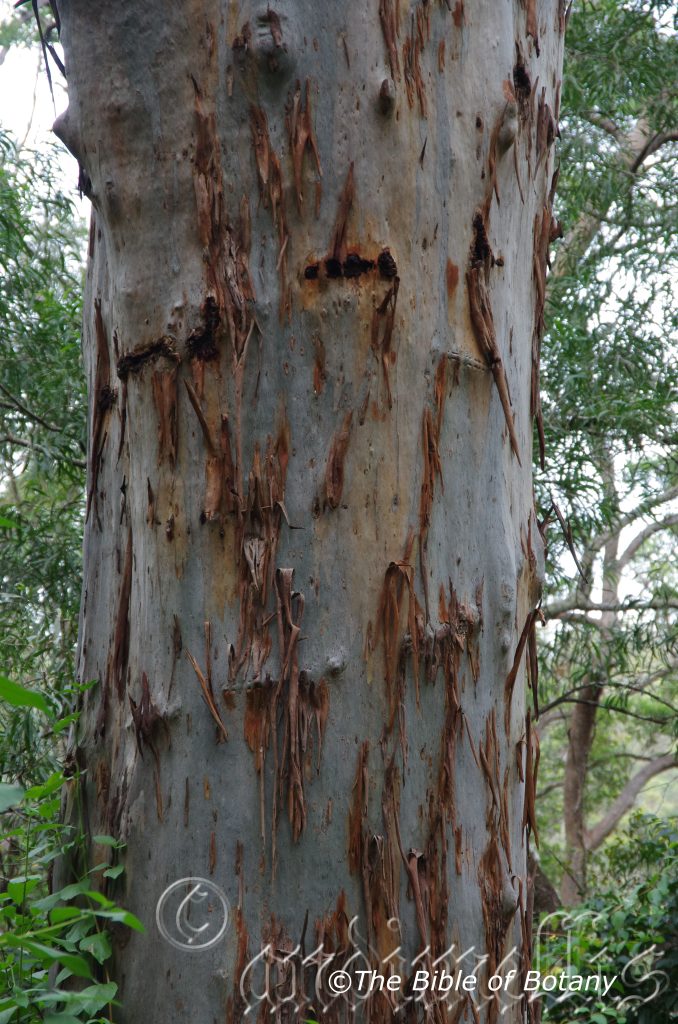
Border Ranges National Park Qld.
Eucalyptus saligna
Classification:
Unranked: Eudicots
Clade: Rosids
Order: Myrtales
Family: Myrtaceae
Genus: From Eu, which is Greek a prefix for good or well and Kaluptos, which is Ancient Greek for to cover up. It refers to the stamens, which have a lid or cover over them in the bud stage prior to opening.
Specie: From Salix, which is Latin for the weeping willow. It refers to plants, which resemble the weeping habits or have structures of the weeping willow.
Sub specie:
Common Name: Sydney Blue Gum.
Distribution:
Eucalyptus saligna is a common species growing on and East of the Great Dividing Range south from the Sunshine Coast in southern coastal Queensland to Port Jackson in New South Wales. There are a few scattered disjunct populations south and West of Rockhampton.
https://avh.ala.org.au/occurrences/search?taxa=Eucalyptus+saligna#tab_mapView
Habitat Aspect Climate:
Eucalyptus saligna prefer full sun and light shade as a juvenile tree. It grows on slopes or flats adjacent to rainforests or in wet Eucalyptus forests. The altitude ranges from 2 meters ASL to 1400 meters ASL.
The temperatures range minus 2 degrees in July to 38 degrees in January.
The rainfalls range from lows of 700mm to an average of 1600mm annually.
Soil Requirements:
Eucalyptus saligna prefers sandy loams, sandy clays, clay loams to medium clays which are moisture retentive are preferred. The soils are usually derived from metamorphic rocks, brown basalts, black basalts, shales or sandstones. The soils pH ranges from 4.5pH to 6.5pH. It is tolerant of waterlogged soils for short periods. Non saline soils to moderately saline soils are tolerated.
Height & Spread:
Wild Plants: 45m to 50m by 12m to 16m.
Characteristics:
Eucalyptus saligna is a very tall straight trunked tree which has a bole over half of its length. The lower 1 meter to 4 meters of the trunk is grey to deep grey and tessellated. The remainder of the white decorticating bark is white or pale grey. The bark is shed in short ribbons in spring to reveal a pure white trunk. Branchlets are green or red glabrous and flattened towards the apex.
Juvenile leaves are disjunct ovate and concolourous being dark green on both surfaces.
The alternate disjunct leaves of Eucalyptus saligna are broad lanceolate to narrow elliptical to slightly falcate. They measure 100mm to 170mm in length and 20mm to 30mm in width. The petioles measure 15mm to 20mm in length. The bases are broad cuneate and slightly oblique while the apexes are narrow acute. The coriaceous, discolourous laminas are semi glossy green on the upper lamina and paler blue-green on the lower lamina. The margins are entire while the mid vein is prominent below and distinctly visible on the upper lamina. The lateral veins are penniveined and are at about 80 degrees to the main vein. The lamina is flat or curves slightly upwards towards the margins from the mid vein.
The inflorescences of Eucalyptus saligna are born as umbellasters containing 7 to 11 flowers from near the terminal leaf axis. The slightly flattened or angular peduncle measures 4mm to 18mm in length by 2.5mm to 3mm in diameter while the terete pedicels measure 0.5mm to 3mm in length.
The buds are ovoid to cylindrical or fusiform, pale green and measure 5mm to 8mm in length by 3mm to 4mm in diameter. The conical operculum which has a slightly rostrate apex measures 2.5mm to 3mm in length.
The stamens are white rarely cream with cream anthers. It measures 7mm to 9mm in length while the cream style measures 7mm to 9mm in length. The disc is pale creamy green with a paler rim. The flowers appear in mid-January to the end of April.
The fruits are cylindrical, pyriform or campanulate gum nuts. The gum nuts measure 5mm to 8mm in length by 4mm to 7mm in diameter. The disc is depressed revealing 4 inserted valves. The apexes of the triangular valves are exserted.
Wildlife:
Eucalyptus saligna flowers are good nectar producers and are very attractive to most honeyeaters, lorikeets, flying foxes, possums and many insects. The tree is a good producer of a red honey and a favoured tree for the native bees. It is also a koala feed tree throughout its range. It probably also supports possums and sugar gliders when in flower.
Cultivation:
Eucalyptus saligna is a large size gum tree which is very suitable for gardeners looking for a Eucalyptus specie to create a medium size bush scene. It is ideal on light alluvial clay flats to heavy alluvial clays and shales that are moisture retentive. It is fast growing so give good effects at an early age. In the garden good specimens grow from 25 meters to 35 meters in height by 15 meters to 20 meters in diameter. It is drought resistant once established and can cope with moderate frosts and temperatures down to minus 5 once established.
This is a popular cream flowering gum amongst home gardeners as most tend to be very bushy in the early stages of growth with bright blue-green foliage. The smooth white mottled blue-grey bark contrasts well with other Eucalyptus specie and Corymbia specie when mixed planted to high light the trunks. Place them near the center of such forests as it is a lot taller and faster growing than most Eucalyptus specie and Corymbia specie in the forest. It is too often planted singularly with gardeners not prepared to experiment and mix them together with trees of different barks.
Like most large Eucalyptus specie leaf drop, dropping of small branches means continual lawn maintenance but then in a rainforest garden supply good quantities of leaf litter. Trees grown in the open are subject to branches breaking in strong winds and even the trees being completely uprooted. This is particularly apparent where trees are being fertilized and are top heavy.
Propagation:
Seeds: Sow Eucalyptus saligna into a seed raising mix. When the seedlings are 25mm to 50mm tall, prick them out and plant them into 50mm native tubes using a good organic mix.
Once the seedlings reach 200mm to 250mm in height plant them out into their permanent position.
Fertilize using seaweed, fish emulsion or organic chicken pellets soaked in water on an alternate basis. Fertilize every two months until the plants are established then twice annually in early September or March to maintain health, vitality and better flowering.
Further Comments from Readers:
Hi reader, it seems you use The Bible of Botany a lot. That’s great as we have great pleasure in bringing it to you! It’s a little awkward for us to ask, but our first aim is to purchase land approximately 1,600 hectares to link several parcels of N.P. into one at The Pinnacles NSW Australia, but we need your help. We’re not salespeople. We’re amateur botanists who have dedicated over 30 years to saving the environment in a practical way. We depend on donations to reach our goal. If you donate just $5, the price of your coffee this Sunday, We can help to keep the planet alive in a real way and continue to bring you regular updates and features on Australian plants all in one Botanical Bible. Any support is greatly appreciated. Thank you.
In the spirit of reconciliation we acknowledge the Bundjalung, Gumbaynggirr and Yaegl and all aboriginal nations throughout Australia and their connections to land, sea and community. We pay our respect to their Elders past, present and future for the pleasures we have gained.
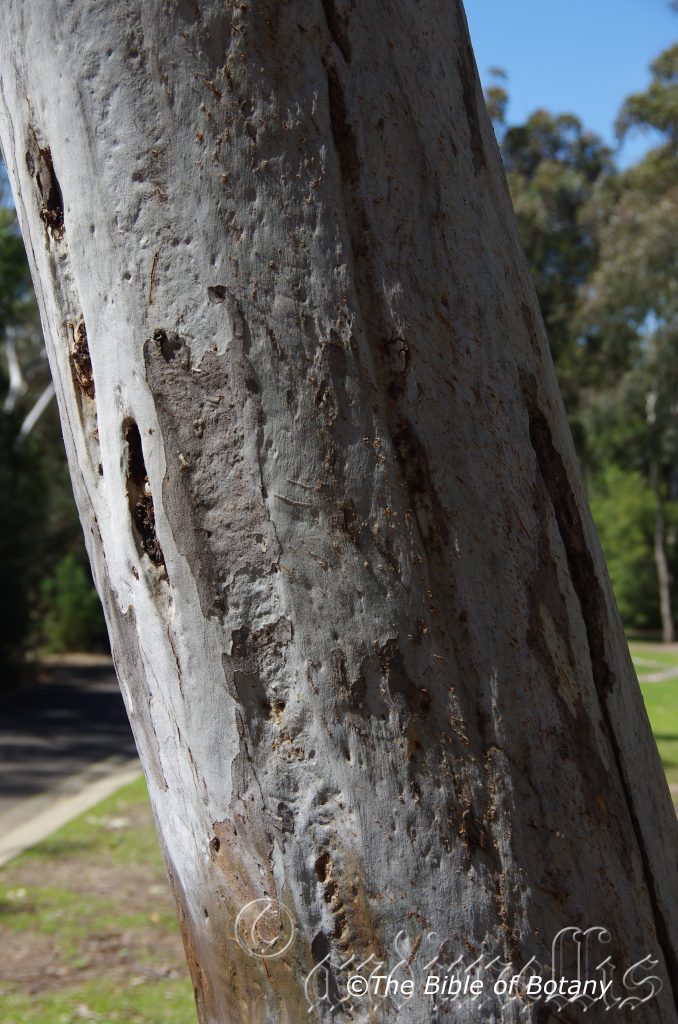
National Botanic Gardens ACT
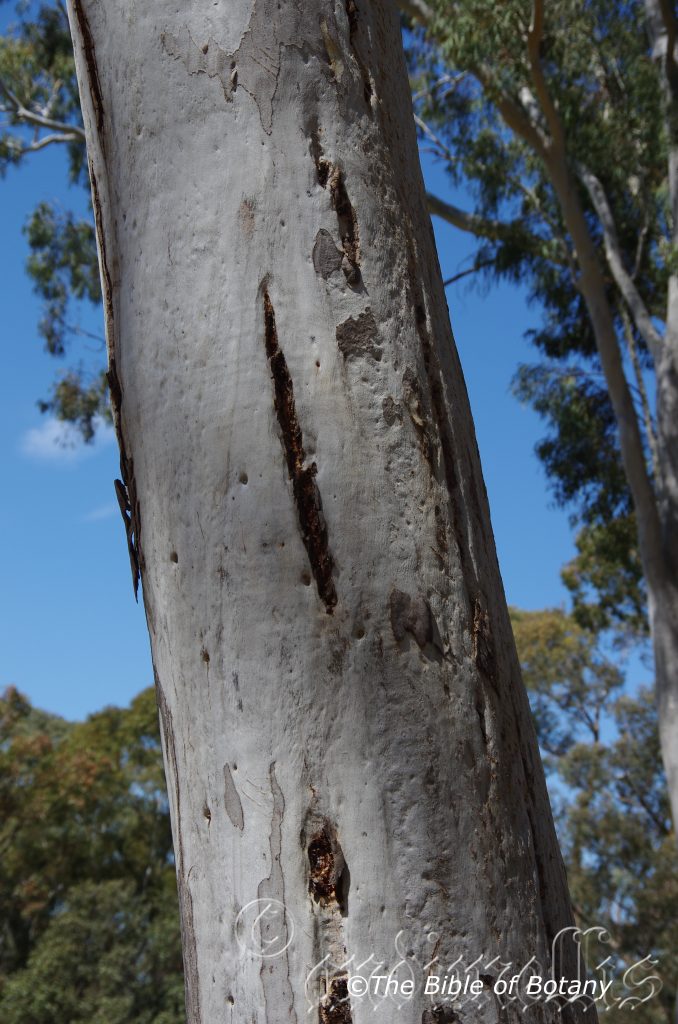
National Botanic Gardens ACT
Eucalyptus scoparia
Classification:
Unranked: Eudicots
Clade: Rosids
Order: Myrtales
Family: Myrtaceae
Genus: From Eu, which is Greek a prefix for good or well and Kaluptos, which is Ancient Greek for to cover up. It refers to the stamens, which have a lid or cover over them in the bud stage prior to opening.
Specie: From Scoparius, which is Latin for a broom or broom like. Its reference is unclear but may relate to the narrow leaves and twigs, which may have once been used as a broom.
Sub specie:
Common Name: Narrow Leaf Red Gum.
Distribution:
Eucalyptus scoparia is found south from the Blackdown Tablelands in central coastal Queensland to in and around Brisbane where it is rather common. Outside Brisbane it has a scattered distribution south from the Sunshine Coast in southern coastal Queensland to Lake Cathie in central coastal New South Wales. It is mainly found on and east of the Great Dividing Range. There is an isolated population in the south at Brimbin Reserve north of Taree.
https://avh.ala.org.au/occurrences/search?taxa=Eucalyptus+scoparia#tab_mapView
Habitat Aspect Climate:
Eucalyptus scoparia prefers full sun. It is found in wet open sclerophyll forests, open Eucalyptus specie forests, open wet woodlands or adjacent to swamps or wallums. The altitude ranges from 5 meters ASL to 800 meters ASL.
The temperature range from minus 5 degrees in August to 38 degrees in January.
The rainfall ranges from lows of 700mm to an average of 1850mm annually.
Soil Requirements:
Eucalyptus scoparia prefer medium to deeper sandy loams to medium clays and podsolics soils along the coastal margins. The soils are usually derived from decomposed sandstones, granites, shale, meta-shales or alluvium deposits on flood plains. The soils pH ranges from 4.5pH to 5.5pH. It tolerates seasonal waterlogged soils or soils where high water tables exist for prolonged periods. Non saline soils to very saline soils are tolerated as are salt laden winds.
Height & Spread:
Wild Plants: 30m to 40m by 10m to 15m.
Characteristics:
Eucalyptus scoparia has a long thin bole with the branches appearing at around 60mm of the trees height on mature trees. The bark is pale grey and deep grey with off white patches, smooth and glabrous from the base to the smaller branches. The smaller branches are pale green smooth and glabrous. The decorticating bark is shed in large plates and small patches from the trunk and larger branches.
Eucalyptus seeana‘s disjunct juvenile leaves are alternate and broad lanceolate. The concolourous leaves are bluish-green. They measure 55mm to 90mm in length by 20mm to 30mm in width.
The alternate, disjunct adult leaves are narrow lanceolate, slightly falcate to strongly falcate leaves measure 100mm to 185mm in length by 10mm to 13mm in width. The pale green petioles measure 12mm to 22mm in length. The bases are non-oblique to very slightly oblique cuneate while the apexes are tapering acute. The concolourous leaves are mid green, to mid green-blue and semi glossy to dull. The laminas are flat while the margins are entire. The mid vein is slightly prominent on the both laminas while the lateral penniveins are at 75 degrees to the main vein, are sparsely reticulate and faintly visible. The intramarginal veins are parallel to the margin and well inside the margin. The oil glands are at the junctions of the lateral and auxiliary veins.
The inflorescences of Eucalyptus scoparia are umbellasters containing 7 to 11 individual flowers are born from the leaf axils. The soft mid green-blue terete peduncles are glabrous while the soft mid green-blue terete pedicels are glabrous. The peduncles measure 6mm to 12mm in length while the pedicels measure 2mm to 5mm in length.
The fusiform cupular hypanthia are yellow-green and glabrous while the calyptras are narrow, long conical, yellow-green and glabrous. The hypanthium measure 3mm to 5mm by 3mm to 4.5mm in diameter while the calyptras measure 6mm to 10mm in length. The bud scar is present.
The erect stamens are pastel cream and measure 7mm to 13mm in length. The white to cream anthers are oblong to reniform. The versatile, dorsifixed anthers dehisce through short lateral slits. The white style measures 6mm to 13mm in length. The disc is pale green. The flowers appear in mid-August to December.
The fruits of Eucalyptus seeana are broad cupular to hemispherical gum nuts. The gum nuts measure 4mm to 7.5mm in length including the exserted valves by 4mm to 7mm in diameter at the widest point. The disc is raised and level with the hypanthia.
The reddish-tan flattened seeds are long ovoid and measure 1mm to 2mm in length.
Wildlife:
The flowers of Eucalyptus scoparia are excellent nectar producers and are always covered in honeyeaters and lorikeets when in flower. The Ring Tail Possum, Pseudocheirus peregrinus and Brush Tail Possum, Trichosurus vulpecula are regular visitors to flowering trees as are the myriad of insect eating birds there to feast on the pollen flies, native bees, and butterflies.
The beetle Eleale cellata is frequently seen around the blooms of this Eucalyptus specie.
It is a favoured Koala, Phascolarctos cinereus food tree throughout its distribution.
Cultivation:
Eucalyptus scoparia is a medium size mallee which is very suitable for gardeners looking for a tall Eucalyptus for the garden or to create a small parkland scene with willowy foliage. It is ideal on sandy soils and sandy alluvial flats that are have drainage problems. It is fast growing so give good effects at an early age. In the garden good specimens grow from 20 meters to 25 meters in height by 12 meters to 15 meters in diameter when grown in the open.
Eucalyptus scoparia should be used more in larger gardeners as most gardeners tend to shy away from tall Eucalyptus trees. The foliage has a beautiful willowy affect and look, very similar to a weeping willow except for the height.
The smooth white mottled blue-grey bark contrasts well with other Eucalyptus and Corymbia specie when mixed planted to high light the trunks. Place them near the center of such forests as it is a lot taller and faster growing than most Eucalyptus and Corymbia in the forest. It is too often planted singularly with gardeners not prepared to experiment and mix them together with trees of different barks.
The trees look great along long driveways where they make the driveway look longer. Another advantage is they can be used for windbreaks along fence lines in non-productive wet areas to help drain the soils.
Like most large Eucalyptus specie leaf drop, dropping of small branches means continual lawn maintenance but then in a rainforest garden supply good quantities of leaf litter. Trees grown in the open are subject to branches breaking in strong winds and even the trees being completely uprooted. This is particularly apparent where trees are being over fertilized with high nitrogenous fertilizers which cause the trees to be top heavy when young. Older trees are far more stable even in wet sandy or light clay ground.
Propagation:
Seeds: Sow Eucalyptus scoparia seeds into a seed raising mix. Cover the seeds with 2mm to 3mm of fine sand and place the trays in a warm sunny position. Keep moist but not wet. When the seedlings are 25mm to 50mm tall, prick them out and plant them into 50mm native tubes using a good organic mix.
Once the seedlings reach 200mm to 250mm in height plant them out into their permanent position. Mass plantings for windbreaks are best achieved by planting them at 10 meters to 12 meters apart or by planting them at 8 meter centers when a feature is required in groups of 3 to 5.
Fertilize using Seaweed, fish emulsion or organic chicken pellets soaked in water and apply the liquid on an alternate basis. Fertilize every two month until the trees are well established then every spring to ensure good growth and flowering.
Further Comments from Readers:
Hi reader, it seems you use The Bible of Botany a lot. That’s great as we have great pleasure in bringing it to you! It’s a little awkward for us to ask, but our first aim is to purchase land approximately 1,600 hectares to link several parcels of N.P. into one at The Pinnacles NSW Australia, but we need your help. We’re not salespeople. We’re amateur botanists who have dedicated over 30 years to saving the environment in a practical way. We depend on donations to reach our goal. If you donate just $5, the price of your coffee this Sunday, We can help to keep the planet alive in a real way and continue to bring you regular updates and features on Australian plants all in one Botanical Bible. Any support is greatly appreciated. Thank you.
In the spirit of reconciliation we acknowledge the Bundjalung, Gumbaynggirr and Yaegl and all aboriginal nations throughout Australia and their connections to land, sea and community. We pay our respect to their Elders past, present and future for the pleasures we have gained.
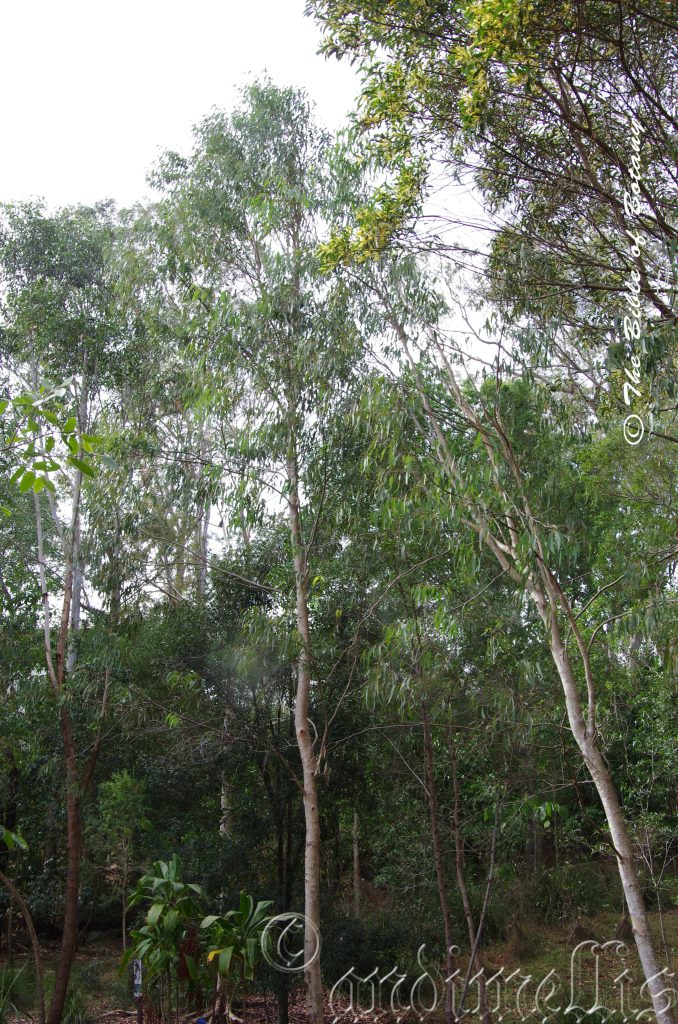
Rosser Gardens Benowa Qld.
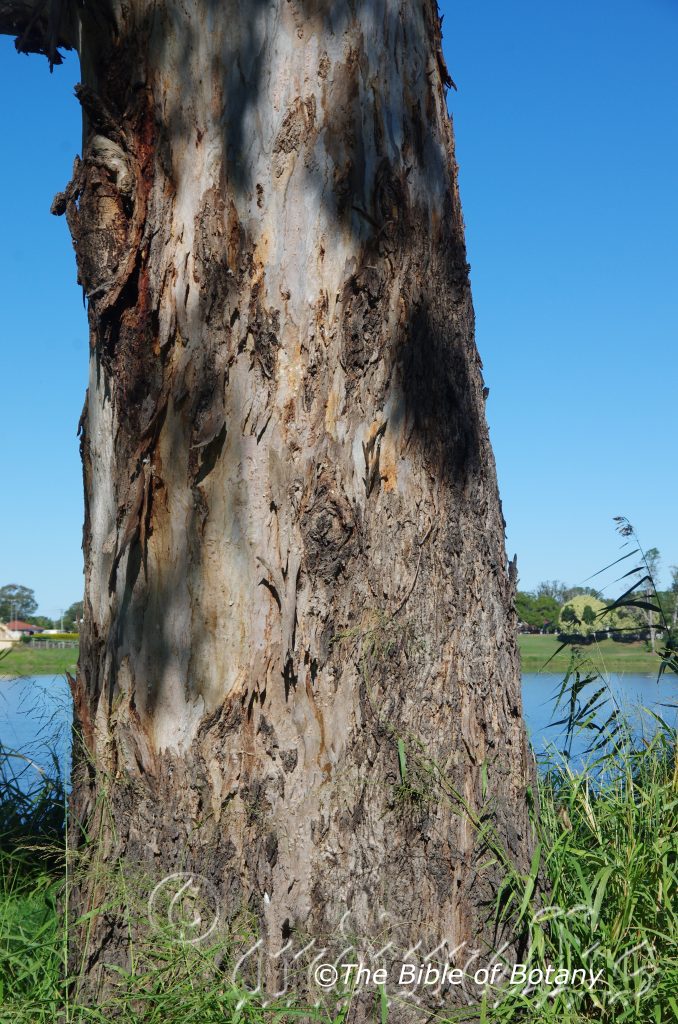
Clarence River Grafton NSW
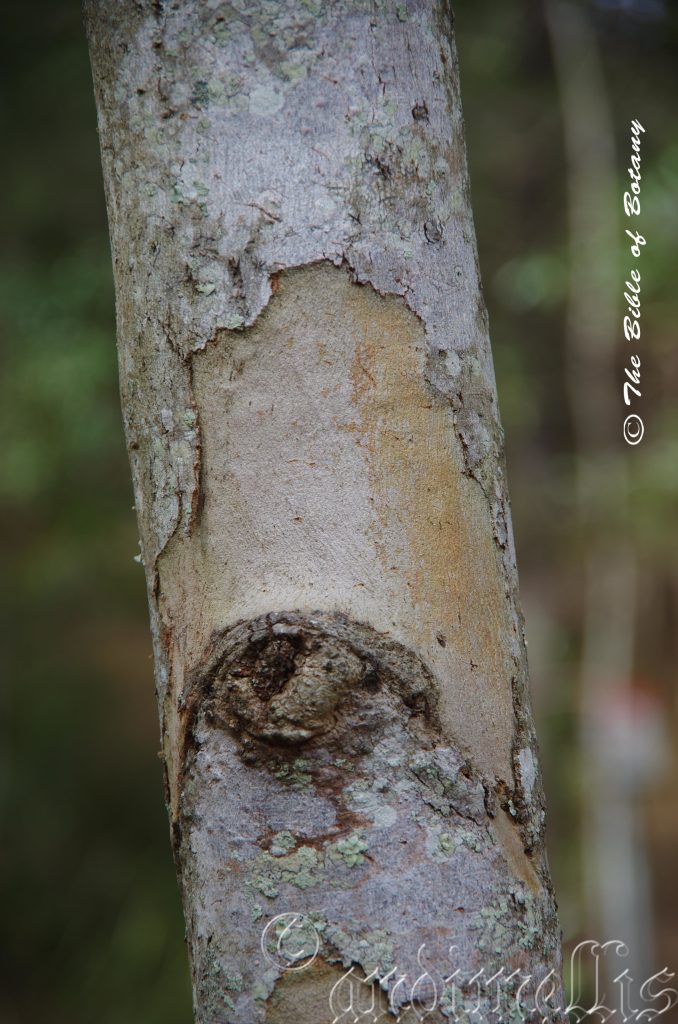
Rosser Gardens Benowa Qld.
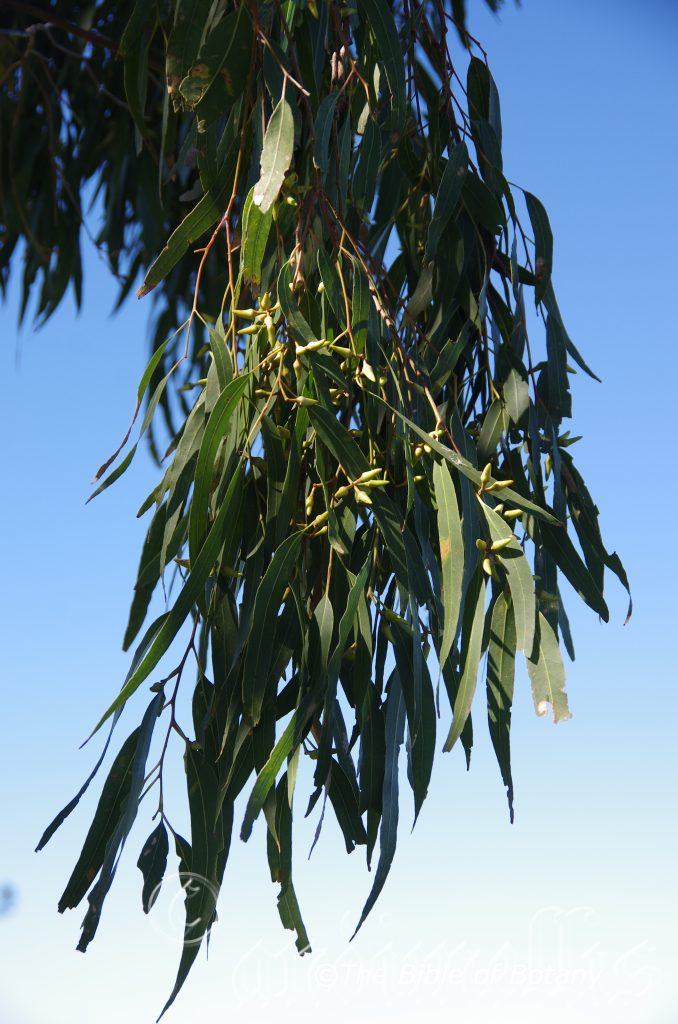
Clarence River Grafton NSW
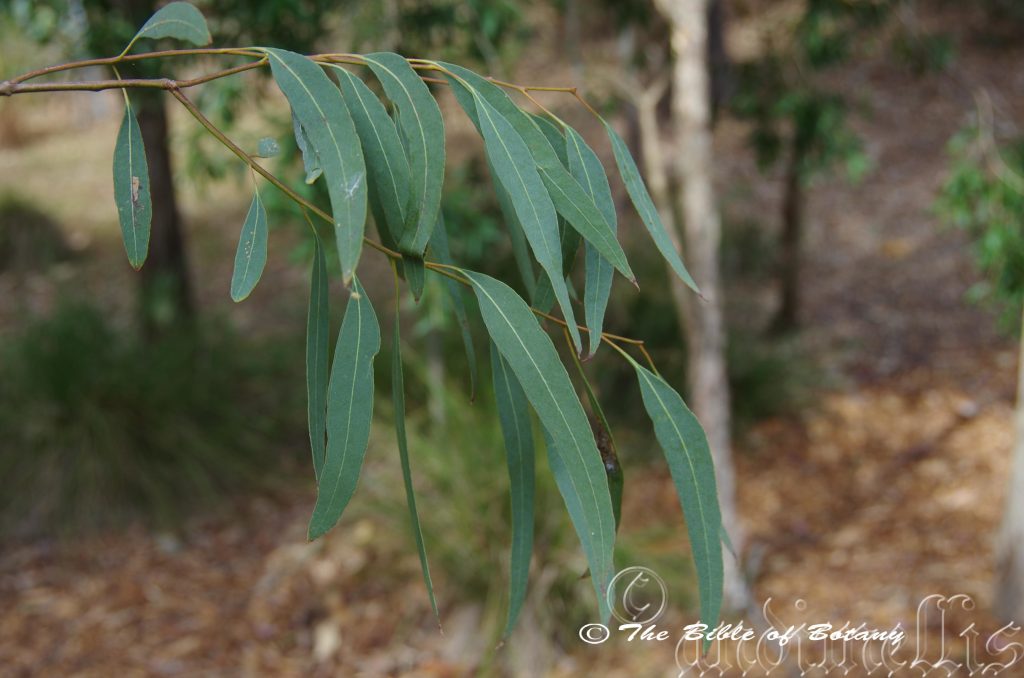
Rosser Gardens Benowa Qld.
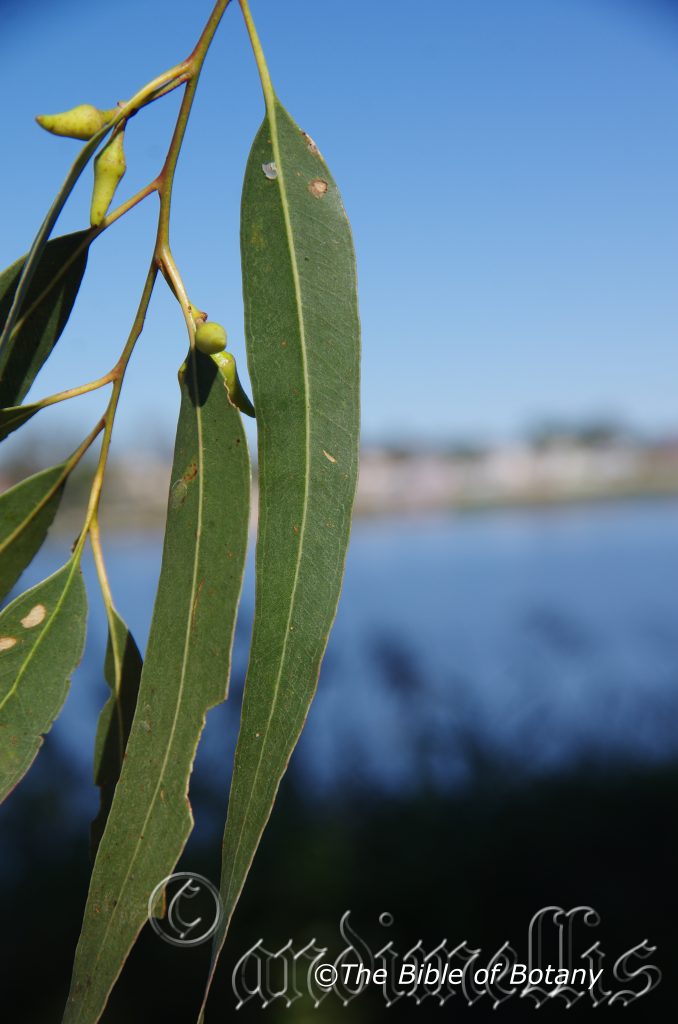
Clarence River Grafton NSW
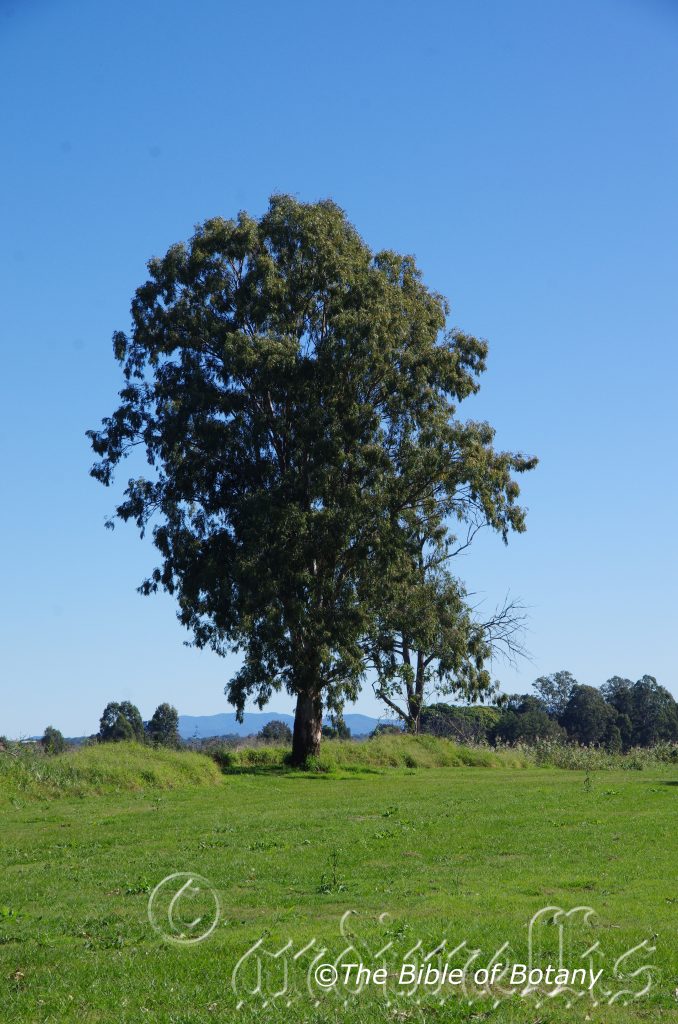
Clarence River Grafton NSW
Eucalyptus seeana
Classification:
Unranked: Eudicots
Clade: Rosids
Order: Myrtales
Family: Myrtaceae
Genus: From Eu, which is Greek a prefix for good or well and Kaluptos, which is Ancient Greek for to cover up. It refers to the stamens, which have a lid or cover over them in the bud stage prior to opening.
Specie: Is named in honour of John See; 1844-1907, who was an Australian and former Labor Premier of New South Wales who supported parks, women’s suffrage, supported the clothing industry and abolished sweatshops in Australia.
Sub specie:
Common Name: Narrow Leaf Red Gum.
Distribution:
Eucalyptus seeana is found south from the Blackdown Tablelands in central coastal Queensland to in and around Brisbane where it is rather common. Outside Brisbane it has a scattered distribution south from the Sunshine Coast in southern coastal Queensland to Lake Cathie in central coastal New South Wales. It is mainly found on and east of the Great Dividing Range. There is an isolated population in the south at Brimbin Reserve north of Taree.
https://avh.ala.org.au/occurrences/search?taxa=Eucalyptus+seeana#tab_mapView
Habitat Aspect Climate:
Eucalyptus seeana prefers full sun. It is found in wet open schlerophyll forests, open Eucalyptus specie forests, open wet woodlands or adjacent to swamps or wallums. The altitude ranges from 5 meters ASL to 800 meters ASL.
The temperature range from minus 5 degrees in August to 38 degrees in January.
The rainfall ranges from lows of 700mm to an average of 1850mm annually.
Soil Requirements:
Eucalyptus seeana prefer medium to deeper sandy loams to medium clays and podsolics soils along the coastal margins. The soils are usually derived from decomposed sandstones, granites, shale, metashales or alluvium deposits on flood plains. The soils pH ranges from 4.5pH to 5.5pH. It tolerates seasonal waterlogged soils or soils where high water tables exist for prolonged periods. Non saline soils to very saline soils are tolerated as are salt laden winds.
Height & Spread:
Wild Plants: 12m to 18m by 7m to 9m.
Characteristics:
Eucalyptus seeana has a long thin bole with the branches appearing at around 60mm of the trees height on mature trees. The bark is pale grey and deep grey with off white patches, smooth and glabrous from the base to the smaller branches. The smaller branches are pale green smooth and glabrous. The decorticating bark is shed in large plates and small patches from the trunk and larger branches.
Eucalyptus seeana’sdisjunct juvenile leaves are alternate and broad lanceolate. The concolourous leaves are bluish-green. They measure 55mm to 90mm in length by 20mm to 30mm in width.
The alternate, disjunct adult leaves are narrow lanceolate, slightly falcate to strongly falcate leaves measure 100mm to 185mm in length by 10mm to 13mm in width. The pale green petioles measure 12mm to 22mm in length. The bases are non-oblique to very slightly oblique cuneate while the apexes are tapering acute. The concolourous leaves are mid green, to mid green-blue and semi glossy to dull. The laminas are flat while the margins are entire. The mid vein is slightly prominent on the both laminas while the lateral penniveins are at 75 degrees to the main vein, are sparsely reticulate and faintly visible. The intramarginal veins are parallel to the margin and well inside the margin. The oil glands are at the junctions of the lateral and auxiliary veins.
The inflorescences of Eucalyptus seeana are umbellasters containing 7 to 11 individual flowers are born from the leaf axils. The soft mid green-blue terete peduncles are glabrous while the soft mid green-blue terete pedicels are glabrous. The peduncles measure 6mm to 12mm in length while the pedicels measure 2mm to 5mm in length.
The fusiform cupular hypanthia are yellow-green and glabrous while the calyptras are narrow, long conical, yellow-green and glabrous. The hypanthium measure 3mm to 5mm by 3mm to 4.5mm in diameter while the calyptras measure 6mm to 10mm in length. The bud scar is present.
The erect stamens are pastel cream and measure 7mm to 13mm in length. The white to cream anthers are oblong to reniform. The versatile, dorsifixed anthers dehisce through short lateral slits. The white style measures 6mm to 13mm in length. The disc is pale green. The flowers appear in mid-August to December.
The fruits of Eucalyptus seeana are broad cupular to hemispherical gum nuts. The gum nuts measure 4mm to 7.5mm in length including the exserted valves by 4mm to 7mm in diameter at the widest point. The disc is raised and level with the hypanthia.
The reddish-tan flattened seeds are long ovoid and measure 1mm to 2mm in length.
Wildlife:
The flowers of Eucalyptus seeana are excellent nectar producers and are always covered in honeyeaters and lorikeets when in flower. The Ring Tail Possum, Pseudocheirus peregrinus and Brush Tail Possum, Trichosurus vulpecula are regular visitors to flowering trees as are the myriad of insect eating birds there to feast on the pollen flies, native bees, and butterflies.
The beetle Eleale cellata is frequently seen around the blooms of this Eucalyptus specie.
It is a favoured Koala, Phascolarctos cinereus food tree throughout its distribution.
Cultivation:
Eucalyptus seeana is a medium size mallee which is very suitable for gardeners looking for a tall Eucalyptus for the garden or to create a small parkland scene with willowy foliage. It is ideal on sandy soils and sandy alluvial flats that are have drainage problems. It is fast growing so give good effects at an early age. In the garden good specimens grow from 20 meters to 25 meters in height by 12 meters to 15 meters in diameter when grown in the open.
Eucalyptus seeana should be used more in larger gardeners as most gardeners tend to shy away from tall Eucalyptus trees. The foliage has a beautiful willowy affect and look, very similar to a weeping willow except for the height.
The smooth white mottled blue-grey bark contrasts well with other Eucalyptus and Corymbia specie when mixed planted to high light the trunks. Place them near the center of such forests as it is a lot taller and faster growing than most Eucalyptus and Corymbia in the forest. It is too often planted singularly with gardeners not prepared to experiment and mix them together with trees of different barks.
The trees look great along long driveways where they make the driveway look longer. Another advantage is they can be used for windbreaks along fence lines in non-productive wet areas to help drain the soils.
Like most large Eucalyptus specie leaf drop, dropping of small branches means continual lawn maintenance but then in a rainforest garden supply good quantities of leaf litter. Trees grown in the open are subject to branches breaking in strong winds and even the trees being completely uprooted. This is particularly apparent where trees are being over fertilized with high nitrogenous fertilizers which cause the trees to be top heavy when young. Older trees are far more stable even in wet sandy or light clay ground.
Propagation:
Seeds: Sow Eucalyptus seeana seeds into a seed raising mix. Cover the seeds with 2mm to 3mm of fine sand and place the trays in a warm sunny position. Keep moist but not wet. When the seedlings are 25mm to 50mm tall, prick them out and plant them into 50mm native tubes using a good organic mix.
Once the seedlings reach 200mm to 250mm in height plant them out into their permanent position. Mass plantings for windbreaks are best achieved by planting them at 10 meters to 12 meters apart or by planting them at 8 meter centers when a feature is required in groups of 3 to 5.
Fertilize using Seaweed, fish emulsion or organic chicken pellets soaked in water and apply the liquid on an alternate basis. Fertilize every two month until the trees are well established then every spring to ensure good growth and flowering.
Further Comments from Readers:
Hi reader, it seems you use The Bible of Botany a lot. That’s great as we have great pleasure in bringing it to you! It’s a little awkward for us to ask, but our first aim is to purchase land approximately 1,600 hectares to link several parcels of N.P. into one at The Pinnacles NSW Australia, but we need your help. We’re not salespeople. We’re amateur botanists who have dedicated over 30 years to saving the environment in a practical way. We depend on donations to reach our goal. If you donate just $5, the price of your coffee this Sunday, We can help to keep the planet alive in a real way and continue to bring you regular updates and features on Australian plants all in one Botanical Bible. Any support is greatly appreciated. Thank you.
In the spirit of reconciliation we acknowledge the Bundjalung, Gumbaynggirr and Yaegl and all aboriginal nations throughout Australia and their connections to land, sea and community. We pay our respect to their Elders past, present and future for the pleasures we have gained.
Eucalyptus sepulcralis
Classification:
Unranked: Eudicots
Clade: Rosids
Order: Myrtales
Family: Myrtaceae
Genus: From Eu, which is Greek a prefix for good or well and Kaluptos, which is Ancient Greek for to cover up. It refers to the stamens, which have a lid or cover over them in the bud stage prior to opening.
Specie: From Sepulcre, which is Latin for a tomb, grave or burial place. It refers to plants, which give the appearance of being like a spectre or ghost like as in not real because of their flimsy appearance.
Sub specie:
Common Name: Weeping Mallee.
Distribution:
Eucalyptus sepulcralis is restricted east from Bremmer Bay to Hopetoun in the south west of Western Australia.
https://avh.ala.org.au/occurrences/search?taxa=Eucalyptus+sepulcralis#tab_mapView
Habitat Aspect Climate:
Eucalyptus sepulcralis prefers full sun light to light dappled shade. It grows on flat open plains and gentle slopes. The altitude ranges from 2 meters ASL to 60 meters ASL.
The temperatures range 3 degrees in July to 38 degrees in January.
The rainfalls range from lows of 220mm to an average of 800mm annually.
Soil Requirements:
Eucalyptus sepulcralis prefers white or grey skeletal coarse sands, fine sands or course gravelly sands, the soils are usually derived from partially decomposed granites, quartzites accumulated beach sands. The soils pH. ranges from 5pH to 6pH. It does not tolerate waterlogged soils. Non saline soils to moderately saline soils are tolerated as are salt laden winds.
Height & Spread:
Wild Plants: 3m to 8m by 1m to 2m.
Characteristics:
Eucalyptus sepulcralis is a thin multi or single trunked mallee branching from near the ground. The pale grey to mid grey bark on the trunk extends to the branches is glabrous. The decorticating bark sheds in small patches to reveal a smooth, pale salmon bark. The branchlets are glabrous and pale grey turning salmon as they approach the apexes. There is a small lignotuber that forms just beneath the ground.
Eucalyptus sepulcralis‘s disjunct juvenile leaves are opposite becoming adjacent and disjunct very early. They are sessile, broad lanceolate, to slightly falcate, unequal and measure 60mm to 90mm in length by 5mm to 7mm in width. The leaves are concolourous, and dull grey-green to a pale glaucous.
The disjunct alternate adult leaves are narrow elliptical. The leaves measure 70mm to 90mm in length and 5mm to 7mm in width. The orange-salmon terete petioles measures 8mm to 14mm in length. The bases are cuneate while the apexes are acute with a prominent cuspidate tip. The concolourous dull grey green to glaucous green laminas are glabrous. The laminas are flat while the margins are entire. The mid vein is slightly prominent on both laminas.
The inflorescences of Eucalyptus sepulcralis are born as pendulous umbellasters containing 7 individual flowers from the leaf axils. The deep green to almost black, terete peduncles are resinous while the deep green to almost black, terete pedicels are resinous. The peduncles measures 25mm to 32mm in length while the pedicels measure 12mm to 15mm in length. Both the pedicel and peduncle are slightly flattened while the pedicel swells to 3mm to 3.5mm in diameter where it joins to the peduncle.
The bud’s hypanthia are broad ovoid-urceolate, deep green and resinous while the calyptras are resinous. The hypanthia measure 9mm to 12mm in length by 9mm to 12mm in diameter at the rim while the calyptra measures 9mm to 12mm in length.
The inflexed stamens are cream or pale lemon yellow with cream or pale lemon yellow anthers. The stamens measure 10mm to 13mm in length. There are 2 distinct flowering seasons for the trees those that the flowers appear from September to December and those where they from January to February.
The fruits are broad obovoid to broad urceolate gum nuts. The gum nuts measure 12mm to 14mm in length by 12mm to 14mm in diameter. The 4 valves are depressed while the valves are inserted.
Wildlife:
The flowers Eucalyptus sepulcralis are good nectar producers and are very attractive to most honeyeaters early in the morning and late in the afternoon. Native bees and beetles forage over the flowers during the heat of day.
Cultivation:
Eucalyptus sepulcralis is a very unusual smaller gum tree which is suitable for very small areas or confined spaces due to their narrow upright growth. Gardeners looking for a Eucalyptus specie to create a small bush scene in arid and semi-arid areas need look no further for that something different plant. It is ideal on sandy loams, sandy alluvial flats or light to medium clays that are well drained. It is fast growing so give good effects at an early age. In the garden good specimens grow from 5 meters to 6 meters in height with a maximum width of just 2.5 meters as a single trunk tree or can be pruned hard once the lignotuber has formed to create a true mallee with multiple stems of 3 to 5.Here they will still grow 3 meters to 5 meters in height by 2 meters to 3 meters in diameter.
This has not been a popular gum tree amongst home gardeners as most people see 8 meters and boycott it. It is too often planted singularly in bush settings with gardeners and its appeal is usually destroyed. This type of setting does not do the tree justification. It is best planted in small groups or meandering rows to draw the viewer’s attention along a line to another aspect within the garden. It has a lignotuber so this opens up a wide field for landscapers enabling them to produce 3 to 5 bamboo like trunks to around 70mm in diameter.
It has an open crown and is drought resistant once established. Its very narrow whippy appearance makes them the ideal plant to grow along narrow driveways where their unobtrusive roots are not a problem. It can be used in the corner of small sunny courtyards to great affect breaking up the hard lines and giving the impression that the courtyard is larger than it really is.
Because of its naturally upright narrower growth habit, fine foliage and semi weeping habit it is easily lost in a bush garden and lose all their individuality. It is a standalone subject or can be scattered planted with 2 or 3 clumps as features. Here they look great up against buildings and other structures like bridges where it is this tree with its wispy appearance competing for attention with the hard lines of construction. It is not an easy tree to use in landscaping but when used correctly gives one of the best and most pleasing results imaginable.
Like all Eucalyptus specie leaf drop, dropping of small branches means continual lawn maintenance but then this means good quantities of leaf litter mulch.
Propagation:
Seeds: Sow Eucalyptus sepulcralis‘s seed directly into a seed raising mix. Cover the seeds with 2 to 3mm of fine sand and place the trays in a warm sunny position. Keep moist but not wet. When the seedlings are 25mm to 50mm tall, prick them out and plant them into 50mm native tubes using a good organic mix.
Once the seedlings reach 200mm to 250mm in height plant them out into their permanent position. Mass plantings are best achieved with a spacing ranging from 1.5 meters to 2 meters.
Fertilize using seaweed, fish emulsion or organic chicken pellets soaked in water on an alternate basis. Fertilize every two months until the plants are established then twice annually in early September or March to maintain health, vitality and better flowering.
Further Comments from Readers:
Hi reader, it seems you use The Bible of Botany a lot. That’s great as we have great pleasure in bringing it to you! It’s a little awkward for us to ask, but our first aim is to purchase land approximately 1,600 hectares to link several parcels of N.P. into one at The Pinnacles NSW Australia, but we need your help. We’re not salespeople. We’re amateur botanists who have dedicated over 30 years to saving the environment in a practical way. We depend on donations to reach our goal. If you donate just $5, the price of your coffee this Sunday, We can help to keep the planet alive in a real way and continue to bring you regular updates and features on Australian plants all in one Botanical Bible. Any support is greatly appreciated. Thank you.
In the spirit of reconciliation we acknowledge the Bundjalung, Gumbaynggirr and Yaegl and all aboriginal nations throughout Australia and their connections to land, sea and community. We pay our respect to their Elders past, present and future for the pleasures we have gained.
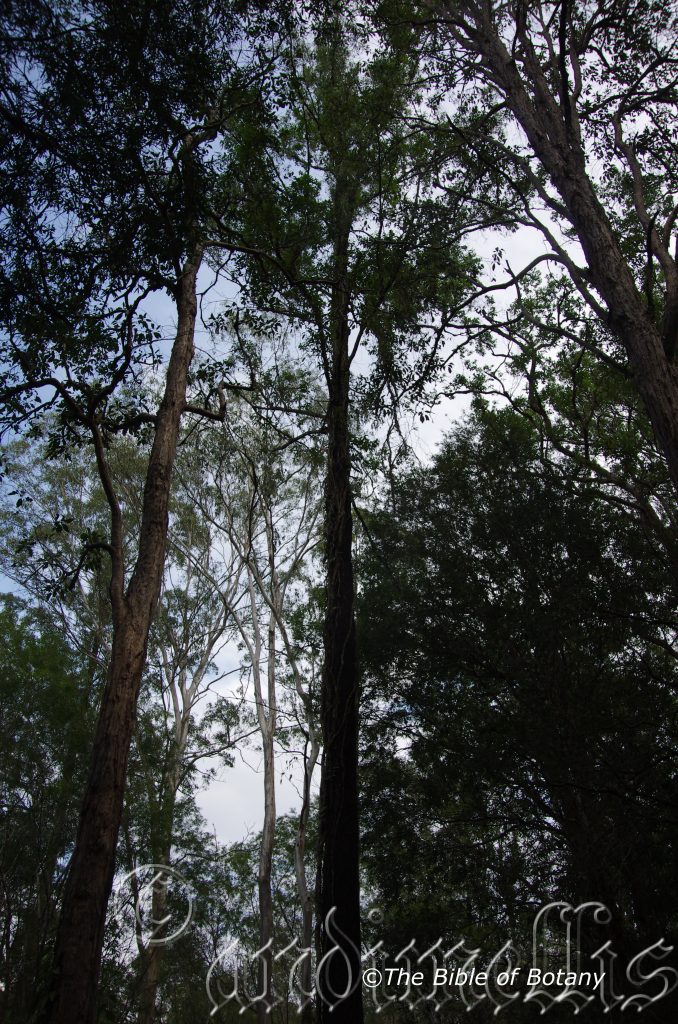
Pillar Valley NSW
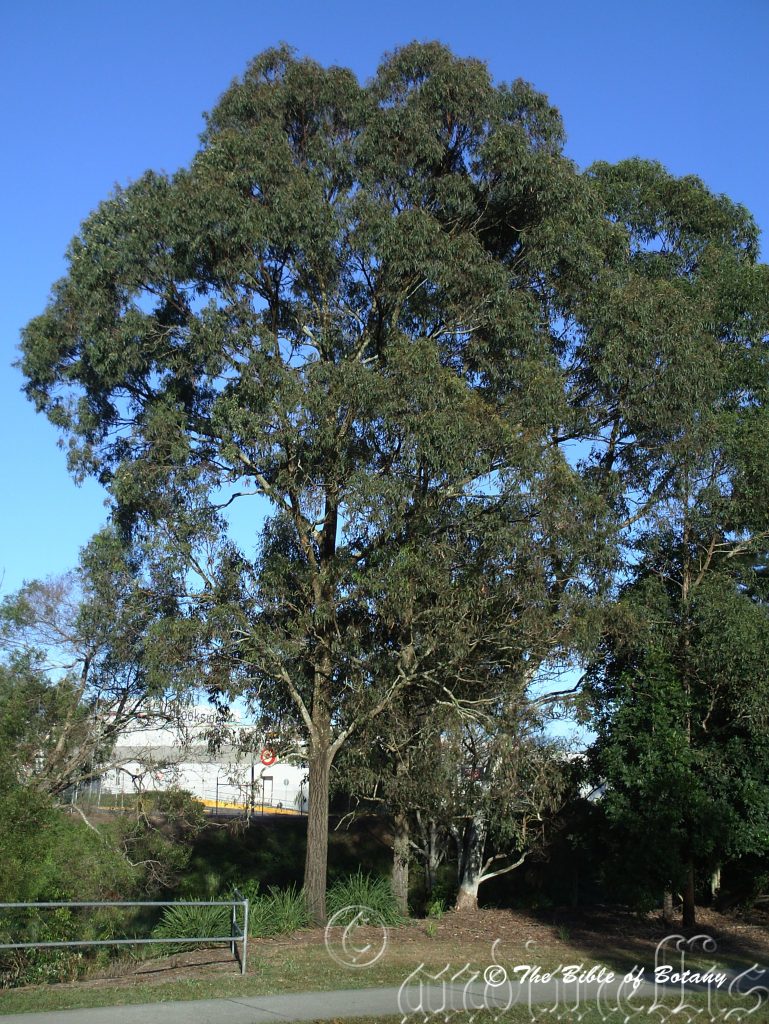
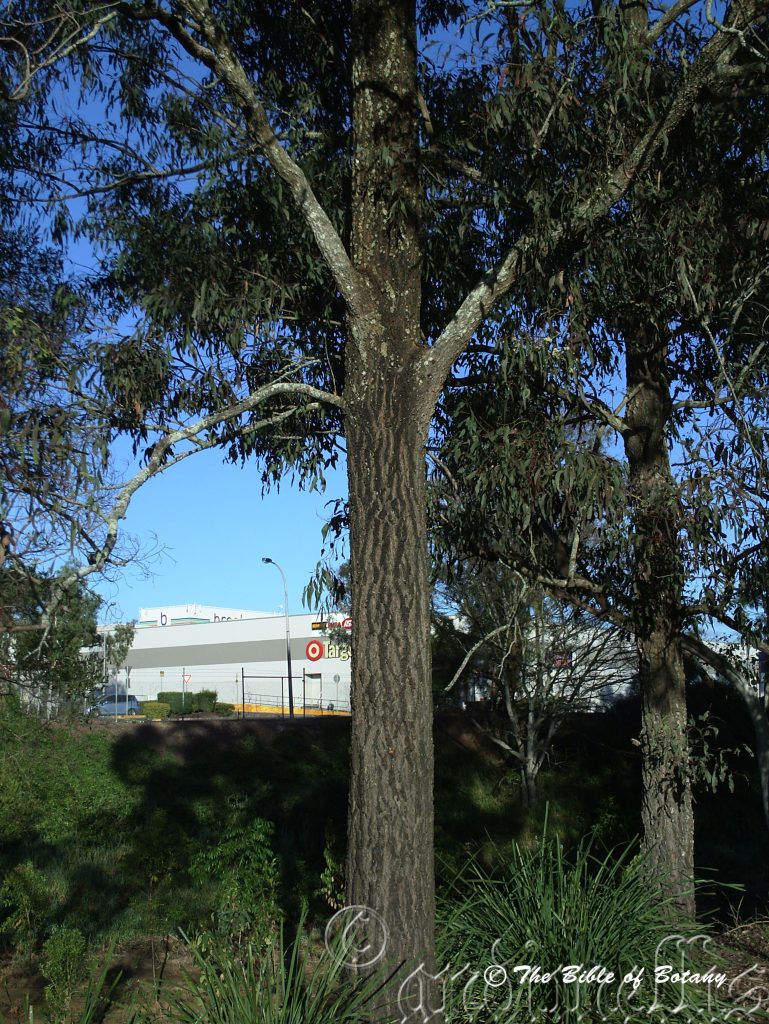
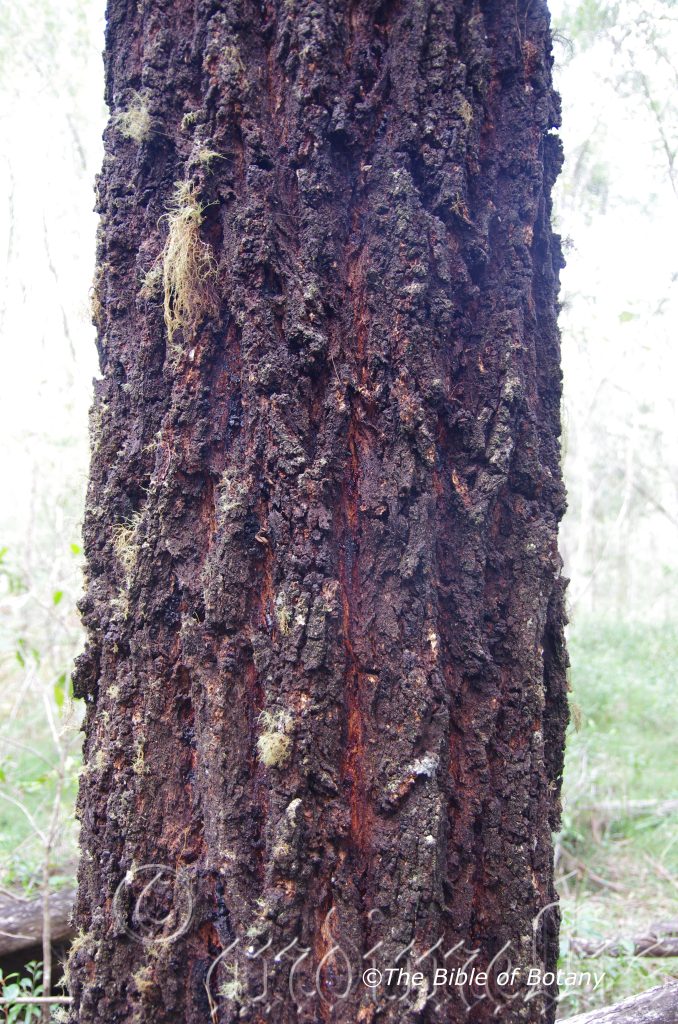
Pillar Valley NSW
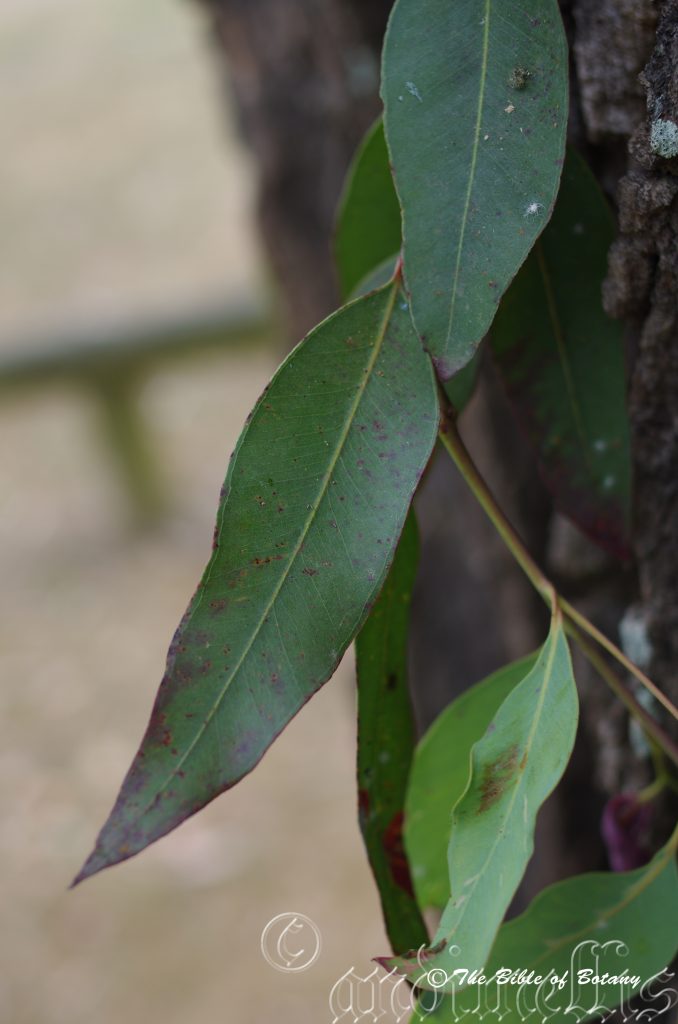
Kelvin Brook Qld.
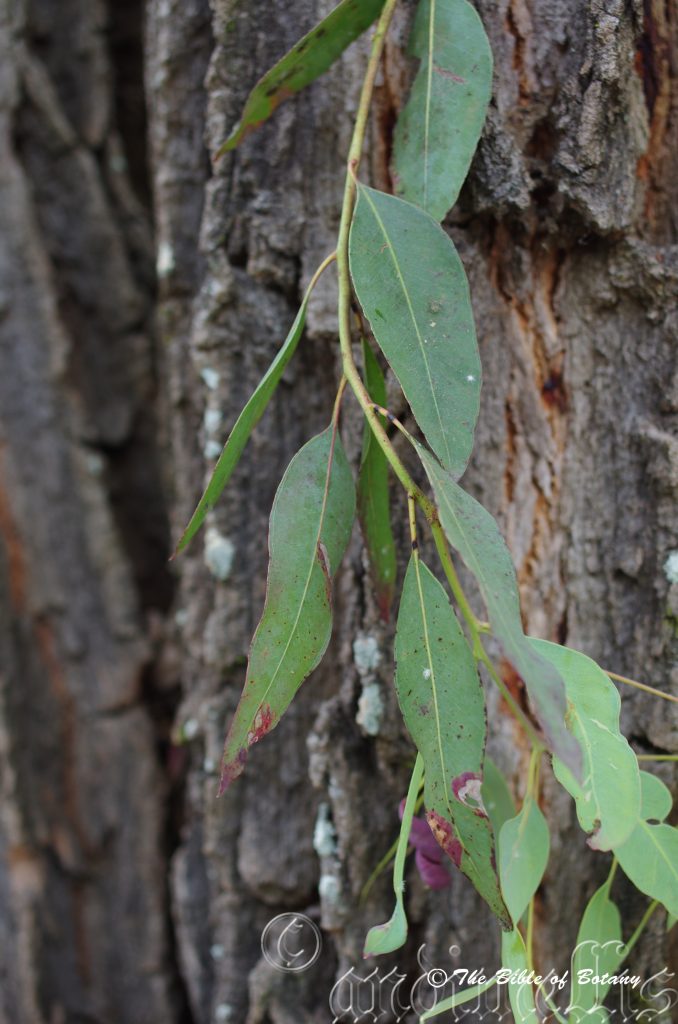
Kelvin Brook Qld.
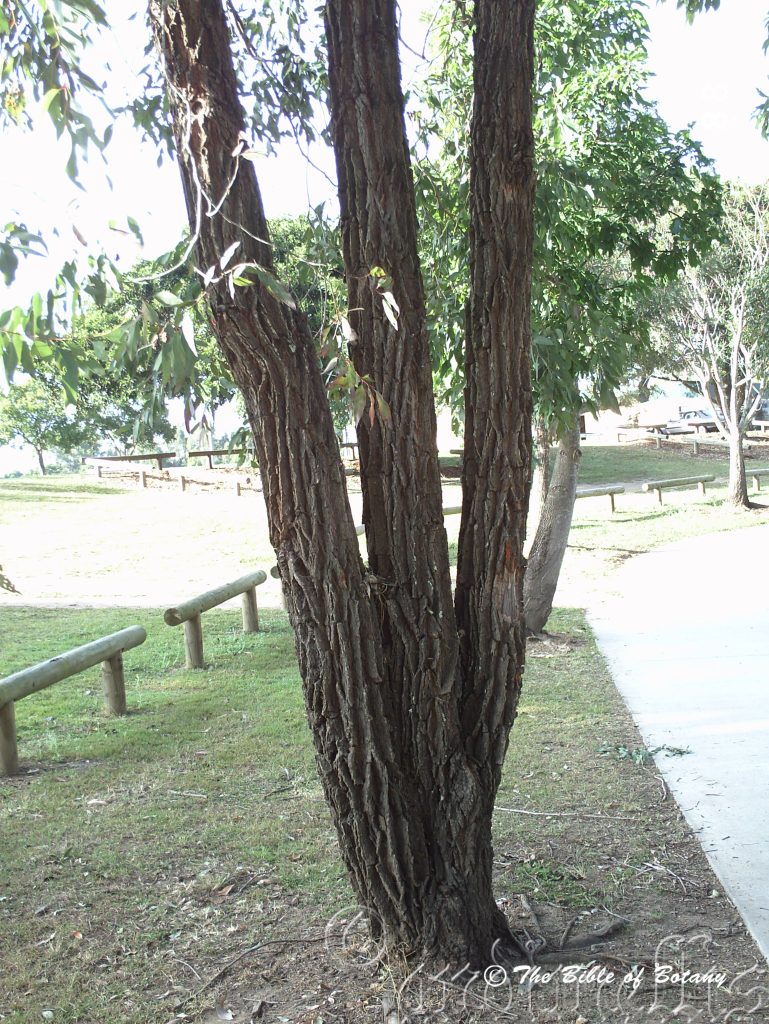
Eucalyptus siderophloia
Classification:
Unranked: Eudicots
Clade: Rosids
Order: Myrtales
Family: Myrtaceae
Genus: From Eu, which is Greek a prefix for good or well and Kaluptos, which is Ancient Greek for to cover up. It refers to the stamens, which have a lid or cover over them in the bud stage prior to opening.
Specie: From Sideros, which is Ancient Greek for ironand phlóos, which is Ancient Greek for bark. It refers to deeply furrowed barks, which are much harder than other species in the genus.
Sub specie:
Common Name: Grey Iron Bark & Square Fruited Ironbark.
Two aboriginal names for the tree are Tanderoo and Biggera.
Distribution:
Eucalyptus siderophloia is found on and east of the Great Dividing Range to the coast. It is found south from Maryborough in southern Queensland to south of Sydney in central New South Wales. There are 2 disjunct populations further north near Mackay and on the Blackland Tablelands.
https://avh.ala.org.au/occurrences/search?taxa=Eucalyptus+siderophloia#tab_mapView
Habitat Aspect Climate:
Eucalyptus siderophloia prefers full sun to light shade as a juvenile tree and full sun as it matures. It grows on slopes or flats adjacent to dry rainforests or in wet Eucalyptus forests. The altitude ranges from 20 meters ASL to 750 meters ASL.
The temperatures range from minus 2 degrees in July to 38 degrees in January.
The rainfalls range from lows of 800mm to an average of 2100mm annually.
Soil Requirements:
Eucalyptus siderophloia prefers sandy loams, sandy clays, and clay loams to medium clays. The soils are usually derived from decomposed sandstones, granites, brown basalts, black basalts, metamorphic rocks, shale or metashales. Some very large specimens at Nana Glen with 1.8 meter diameter trunks are growing on decomposed meta shales originally derived from brown basalts. The soils pH ranges from 5pH to 6.5pH. It is not tolerate waterlogged soils though periodic inundations are tolerated. Non saline soils to moderately saline soils are tolerated.
Height & Spread:
Wild Plants: 40m to 45m by 10m x 15m.
Characteristics:
Eucalyptus siderophloia is a very tall straight trunked tree which has a bole over half of its length. The dark grey trunk is deeply furrowed and persistent bark even on the smaller branches and branchlets. Branchlets are light grey and glabrous.
Juvenile leaves are disjunct ovate to broad lanceolate and concolourous being deep dull grey-green on both surfaces.
The alternate disjunct leaves of Eucalyptus siderophloia are lanceolate to broad lanceolate, to slightly falcate and measure 80mm to 150mm in length and 10mm to 20mm in diameter. The terete petioles are 11mm to 19mm long. The bases are broadly tapered to cuneate while the apexes are narrowly acute with a cuspidate point. The concolourous laminas are deep grey-green on both laminas. The margins are entire.
The inflorescences of Eucalyptus siderophloia are born as umbellasters containing 7 flowers from near the terminal leaf axis. The slightly flattened peduncles measuring 6mm to 12mm while the terete pedicles measure 2mm to 4mm in length.
The buds are fusiform, glaucous and measure 5mm to 8mm in length by 3mm to 4mm in diameter. The bud scar is distinctly visible. The acute or rostrate calyptra measures 4mm to 8mm in length.
The stamens are white with cream anthers. The stamens measure 6mm to 8mm in length. The flowers of Eucalyptus siderophloia appear in mid-April to the end of May.
The fruits are conical to pyriform gum nuts. The gum nuts measure 5mm to 8mm in length by 4mm to 7mm in diameter. The disc is depressed revealing with the 4 valves being slightly inserted to slightly exsert.
Wildlife:
Eucalyptus siderophloia flowers are medium to heavy nectar producers and are very attractive to most honeyeaters, lorikeets, flying foxes, possums and many insects. Bellbirds and other small insectivorous birds can always be seen on larger trees in the mountains, so they must support a large variety of thrips, lerps and other sap sucking insects especially when in flower.
Eucalyptus siderophloia is a koala food tree and also supports the Brush Tail Possums (Trichosurus vulpecula) and other smaller gliders.
Cultivation:
Eucalyptus siderophloia is a large size gum tree which is very suitable for gardeners looking for a Eucalyptus to create a large size bush scene. It is ideal on light alluvial clay flats to heavy alluvial clays that are moisture retentive. It is fast growing so give good effects at an early age. In the garden good specimens grow from 25 meters to 35 meters in height by 12 meters to 18 meters in diameter. It is drought resistant once established and can cope with moderate frosts.
This is a popular cream flowering gum amongst home gardeners as most tend to be very bushy in the early stages of growth with bright blue-green foliage. The deeply furrowed grey bark contrasts well with other Eucalyptus specie and Corymbia specie when mix planted to high light the trunks. Place them near the center of such forests as it is a lot taller and faster growing than most Eucalyptus specie and Corymbia specie in the forest. It is too often planted singularly with gardeners not prepared to experiment with large trees for the different barks.
This is one of the few Eucalyptus specie that you can use to grow epiphytic orchids and larger ferns on like the Dendrobium aemulum and Dendrobium gracilicaule. I have even seen Platycerium bifurcatum growing on the trees adjacent to rainforests.
Like most large Eucalyptus specie leaf drop, dropping of small branches means continual lawn maintenance but then in a rainforest garden supply good quantities of leaf litter. Trees grown in the open are subject to branches breaking in strong winds and even the trees being completely uprooted. This is particularly apparent where trees are being fertilized and are top heavy.
Propagation:
Seeds: Sow Eucalyptus siderophloia into a seed raising mix. When the seedlings are 25mm to 50mm tall, prick them out and plant them into 50mm native tubes using a good organic mix.
Once the seedlings reach 200mm to 250mm in height plant them out into their permanent position.
Fertilize using seaweed, fish emulsion or organic chicken pellets soaked in water on an alternate basis. Fertilize every two months until the plants are established then twice annually in early September or March to maintain health, vitality and better flowering.
Further Comments from Readers:
Hi reader, it seems you use The Bible of Botany a lot. That’s great as we have great pleasure in bringing it to you! It’s a little awkward for us to ask, but our first aim is to purchase land approximately 1,600 hectares to link several parcels of N.P. into one at The Pinnacles NSW Australia, but we need your help. We’re not salespeople. We’re amateur botanists who have dedicated over 30 years to saving the environment in a practical way. We depend on donations to reach our goal. If you donate just $5, the price of your coffee this Sunday, We can help to keep the planet alive in a real way and continue to bring you regular updates and features on Australian plants all in one Botanical Bible. Any support is greatly appreciated. Thank you.
In the spirit of reconciliation we acknowledge the Bundjalung, Gumbaynggirr and Yaegl and all aboriginal nations throughout Australia and their connections to land, sea and community. We pay our respect to their Elders past, present and future for the pleasures we have gained.
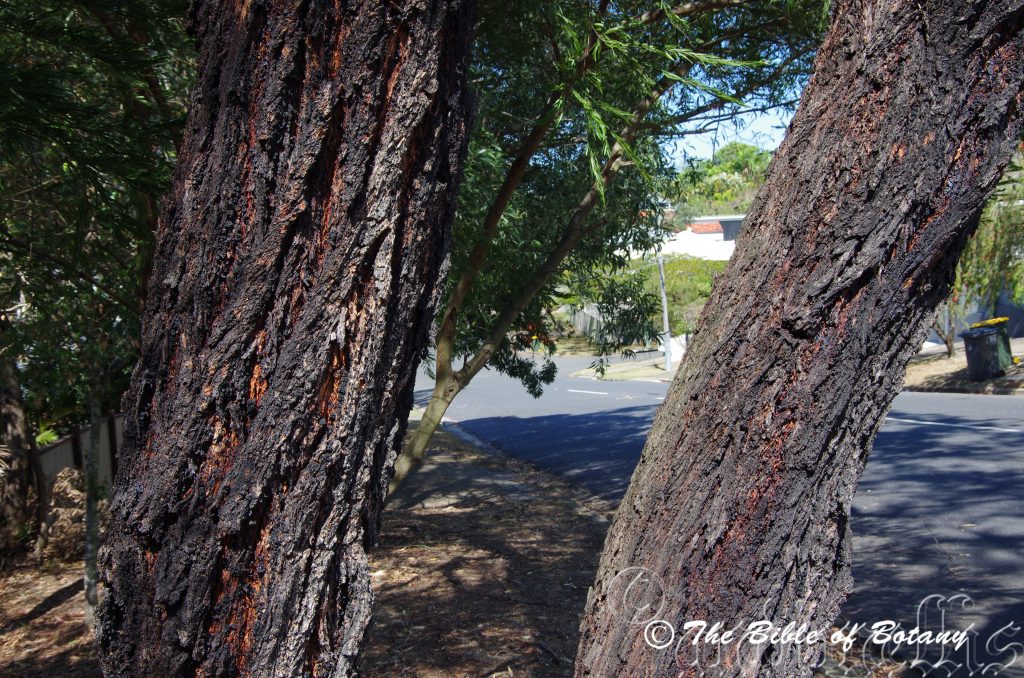
Norman Park Qld.
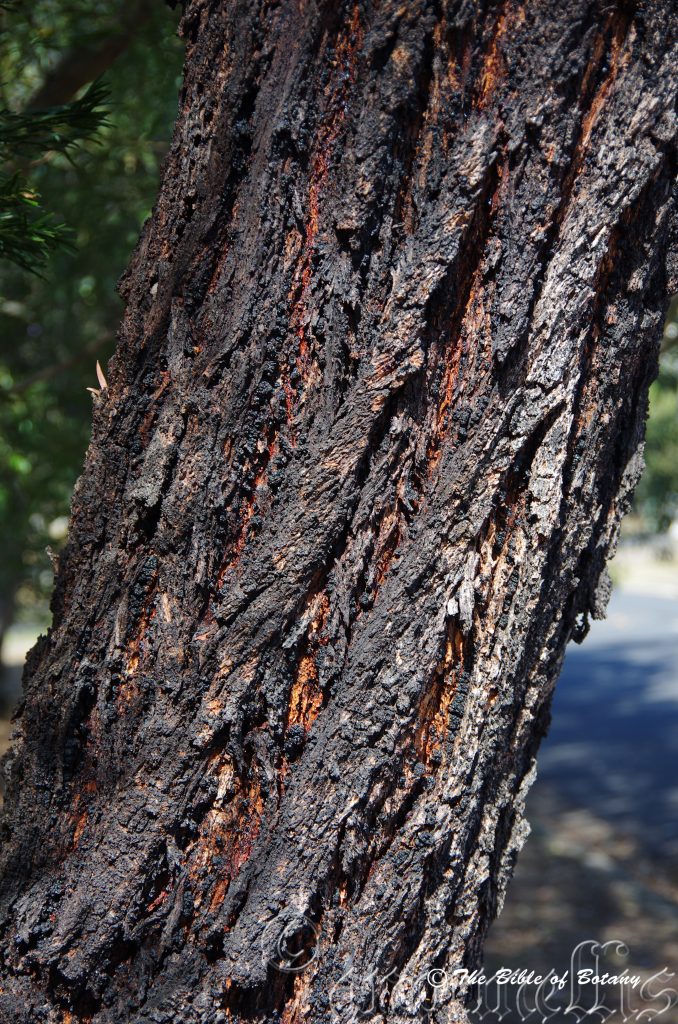
Norman Park Qld.
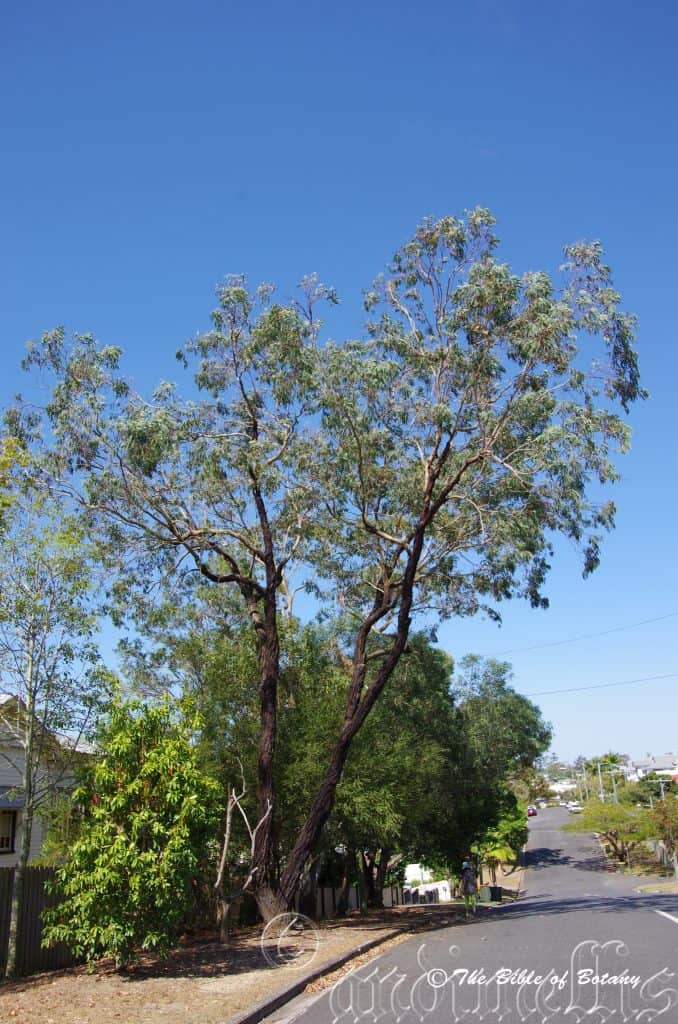
Norman Park Qld.
Eucalyptus sideroxylon
Classification:
Unranked: Eudicots
Clade: Rosids
Order: Myrtales
Family: Myrtaceae
Genus: From Eu, which is Greek a prefix for good or well and Kaluptos, which is Ancient Greek for to cover up. It refers to the stamens, which have a lid or cover over them in the bud stage prior to opening.
Specie: From Sideros, which is Ancient Greek for iron and Xylon, which is Ancient Greek for wood. It refers to timbers, which are much harder than other species in the genus.
Sub specie:
Common Name: Mugga Iron Bark.
Distribution:
Eucalyptus sideroxylon is found in a line south and east from Barakula State Forest and Kilkivin in southern Queensland to Sydney and then to Melbourne in the east and to Dalby then to Cobar, Griffith, Temora and south to Wagga Wagga, Heathcoat and down to Melbourne in southern Victoria. There are several isolated populations including the Carnarvon Gorge in Queensland, Broken Hill in New South Wales, Flinders Lofty Block, Mount Bold, Kuitpo in South Australia and Bendigo and near Inglewood in western Victoria.
https://avh.ala.org.au/occurrences/search?taxa=Eucalyptus+sideroxylon#tab_mapView
Habitat Aspect Climate:
Eucalyptus sideroxylon prefers full sun to light shade as a juvenile tree and full sun as it matures. It grows on slopes or flats in dry sclerophyll forests, open woodlands or dry Eucalyptus forests. The altitude ranges from 20 meters ASL to 950 meters ASL.
The temperatures range from minus 3 degrees in July to 38 degrees in January.
The rainfalls range from lows of 300mm to an average of 1600mm annually.
Soil Requirements:
Eucalyptus sideroxylon prefers sandy loams, sandy clays, and clay loams to medium clays. The soils are usually derived from decomposed shale, sandstones, granites or at times brown basalts. The soils pH ranges from 5pH to 6.5pH. It does not tolerate waterlogged soils however many trees experience seasonal inundations for short periods. Non saline soils to moderately saline soils are tolerated.
Height & Spread:
Wild Plants: 15m to 35m by 10m x 15m.
Characteristics:
Eucalyptus sideroxylon is a very tall straight trunked tree with branches which start at 50mm to 55mm of its mature height. The deep grey to red-brown or reddish-black bark on the trunk is deeply furrowed and persists to the medium branches. The branchlets are off white, pale grey to purple smooth and glabrous. The bark is decorticates from the glabrous section in short ribbons.
The disjunct, Juvenile leaves of Eucalyptus sideroxylon are broad lanceolate to ovate and measure 40mm to 65mm by 40mm to 60mm in width. The concolourous leaves are grey-green to glaucous grey dull and glabrous.
The alternate disjunct adult leaves are lanceolate, to slightly falcate and measure 70mm to 140mm in length and 12mm to 18mm in width. The terete to slightly compressed reddish-orange petioles measure 10mm to 30mm long. The bases are cuneate to slightly attenuate while the apexes are acute with an apiculate tip. The concolourous laminas are pale blue-green to mid blue-green or glaucous, glabrous and dull. The yellowish to bluish mid vein is prominent on both laminas. The laminas are flat while the margins are entire.
The inflorescences of Eucalyptus sideroxylon are born as umbellasters containing 7 individual flowers from the leaf axils. The pale purple to green tinged purple, reddish-orange or glaucous terete peduncles are glabrous while the pale purple to green tinged purple, reddish-orange or glaucous terete pedicels are glabrous. The peduncles measure 7mm to 20mm in length while the pedicles measure 2mm to 15mm in length.
The hypanthia and calyptras are ovoidal, clavate or shortly fusiform are pale purple to green tinged purple, reddish-orange or glaucous. The hypanthium measures 3mm to 6mm in length by 5mm to 8mm in diameter while the calyptras measure 5mm to 8mm in length. The acute or rostrate calyptra measures 4mm to 8mm in length. The bud scar is present.
The inflexed stamens are usually white however cream pale pink to deep pink are not uncommon while orange-pink are rare. The outer stamens are infertile. The stamens measure 10mm to 12mm in length while the minute, cuboidal anthers are usually white or cream or at times a creamy grey. The pistil is usually a paler colour of the filaments and measures 8mm to 11mm in length. The flowers of Eucalyptus sideroxylon appear from May to October.
The fruits are globose to hemispherical or at times ovoidal capsules. The capsules measure 5mm to11mm in length by 5mm to 10mm in diameter. The disc is depressed, flat while the 4 or 5 valves are enclosed.
Wildlife:
Eucalyptus sideroxylon flowers are medium to heavy nectar producers and are very attractive to most honeyeaters, lorikeets, flying foxes, possums and many insects. Bellbirds and other small insectivorous birds can always be seen on larger trees in the mountains, so they must support a large variety of thrips, lerps and other nectar seeking insects especially when in flower.
Eucalyptus sideroxylon is a koala food tree and also supports the Brush Tail Possum (Trichosurus vulpecula).
Cultivation:
Eucalyptus sideroxylon is a large size gum tree which is very suitable for gardeners looking for a Eucalyptus to create a large size bush scene. It is ideal on light alluvial clay flats to heavy alluvial clays that are moisture retentive. It is fast growing so give good effects at an early age. In the garden good specimens grow from 25 meters to 35 meters in height by 12 meters to 18 meters in diameter. It is drought resistant once established and can cope with moderate frosts.
This is a popular cream flowering gum amongst home gardeners as most tend to be very bushy in the early stages of growth with bright blue-green foliage. The deeply furrowed grey bark contrasts well with other Eucalyptus specie and Corymbia specie when mix planted to high light the trunks. Place them near the center of such forests as it is a lot taller and faster growing than most Eucalyptus specie and Corymbia specie in the forest. It is too often planted singularly with gardeners not prepared to experiment with large trees for the different barks.
This is one of the few Eucalyptus specie that you can use to grow epiphytic orchids and larger ferns on like the Dendrobium aemulum and Dendrobium gracilicaule.
Like most large Eucalyptus leaf drop, dropping of small branches means continual lawn maintenance but then in a rainforest garden supply good quantities of leaf litter. Trees grown in the open are subject to branches breaking in strong winds and even the trees being completely uprooted. This is particularly apparent where trees are being fertilized and are top heavy.
Propagation:
Seeds: Sow Eucalyptus sideroxylon into a seed raising mix. When the seedlings are 25mm to 50mm tall, prick them out and plant them into 50mm native tubes using a good organic mix.
Once the seedlings reach 200mm to 250mm in height plant them out into their permanent position.
Fertilize using seaweed, fish emulsion or organic chicken pellets soaked in water on an alternate basis. Fertilize every two months until the plants are established then twice annually in early September or March to maintain health, vitality and better flowering.
Further Comments from Readers:
Hi reader, it seems you use The Bible of Botany a lot. That’s great as we have great pleasure in bringing it to you! It’s a little awkward for us to ask, but our first aim is to purchase land approximately 1,600 hectares to link several parcels of N.P. into one at The Pinnacles NSW Australia, but we need your help. We’re not salespeople. We’re amateur botanists who have dedicated over 30 years to saving the environment in a practical way. We depend on donations to reach our goal. If you donate just $5, the price of your coffee this Sunday, We can help to keep the planet alive in a real way and continue to bring you regular updates and features on Australian plants all in one Botanical Bible. Any support is greatly appreciated. Thank you.
In the spirit of reconciliation we acknowledge the Bundjalung, Gumbaynggirr and Yaegl and all aboriginal nations throughout Australia and their connections to land, sea and community. We pay our respect to their Elders past, present and future for the pleasures we have gained.
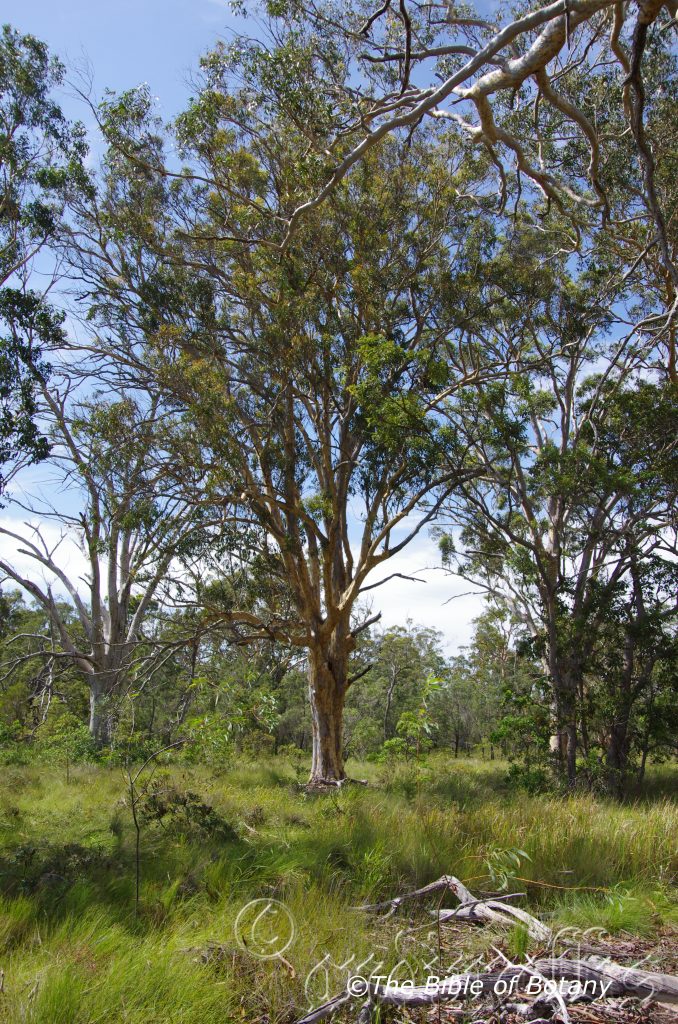
Boorkoom Yuraigir National Park NSW
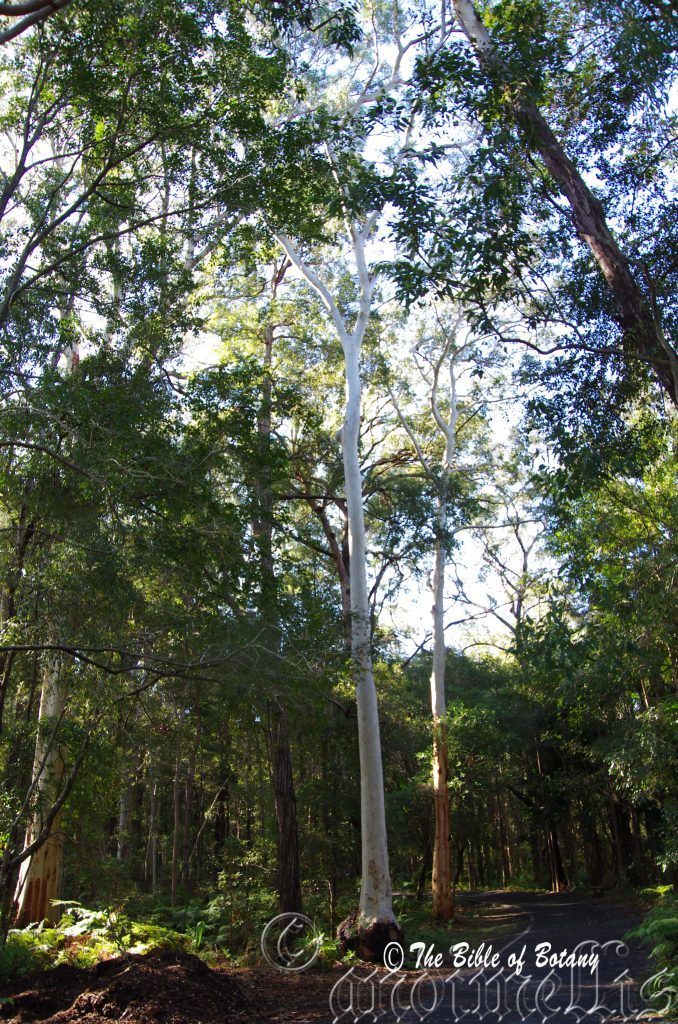
Coffs Harbour NSW
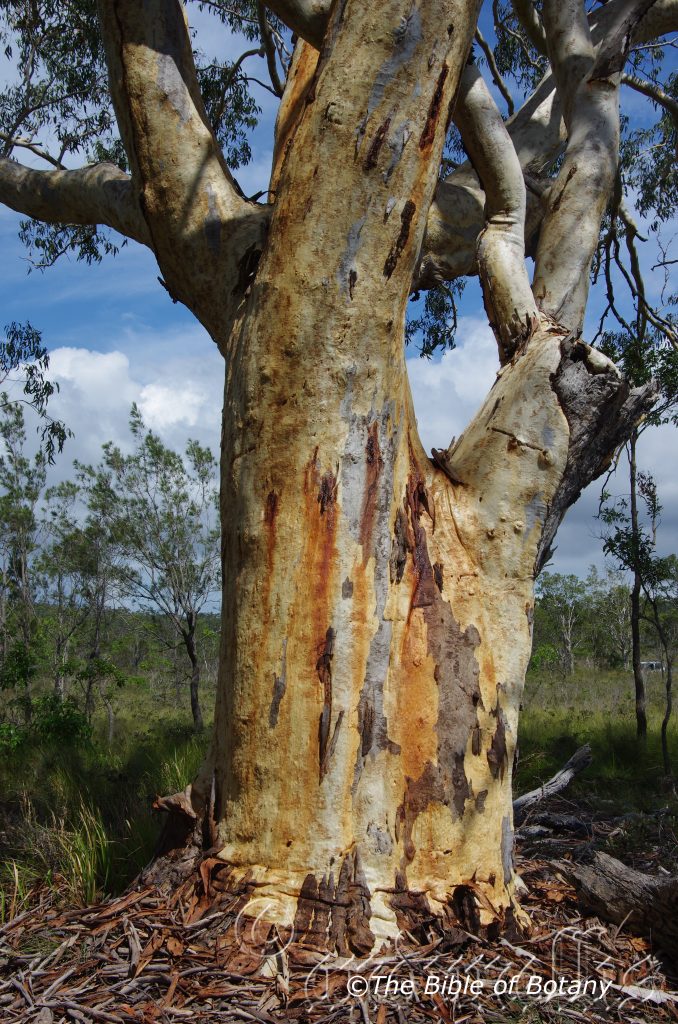
Boorkoom Yuraigir National Park NSW
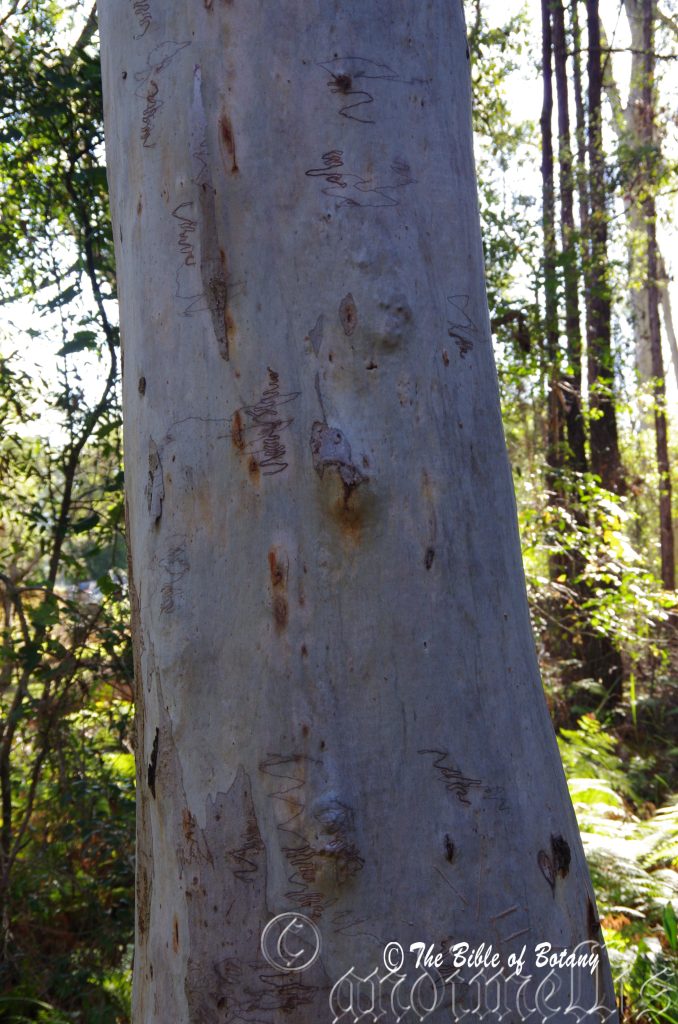
Coffs Harbour NSW
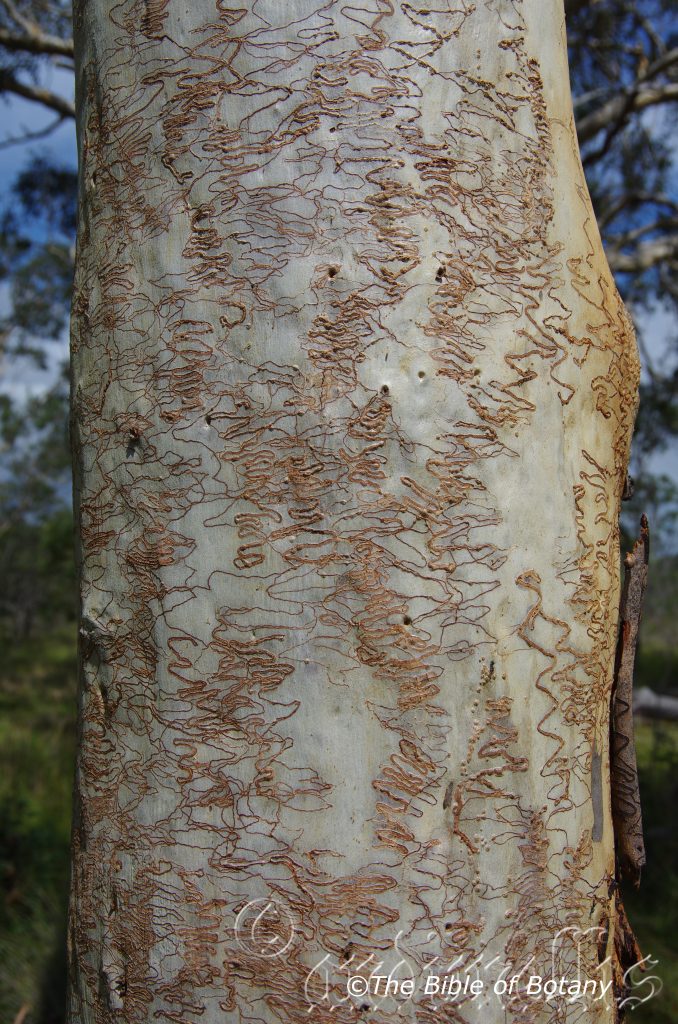
Coffs Harbour NSW
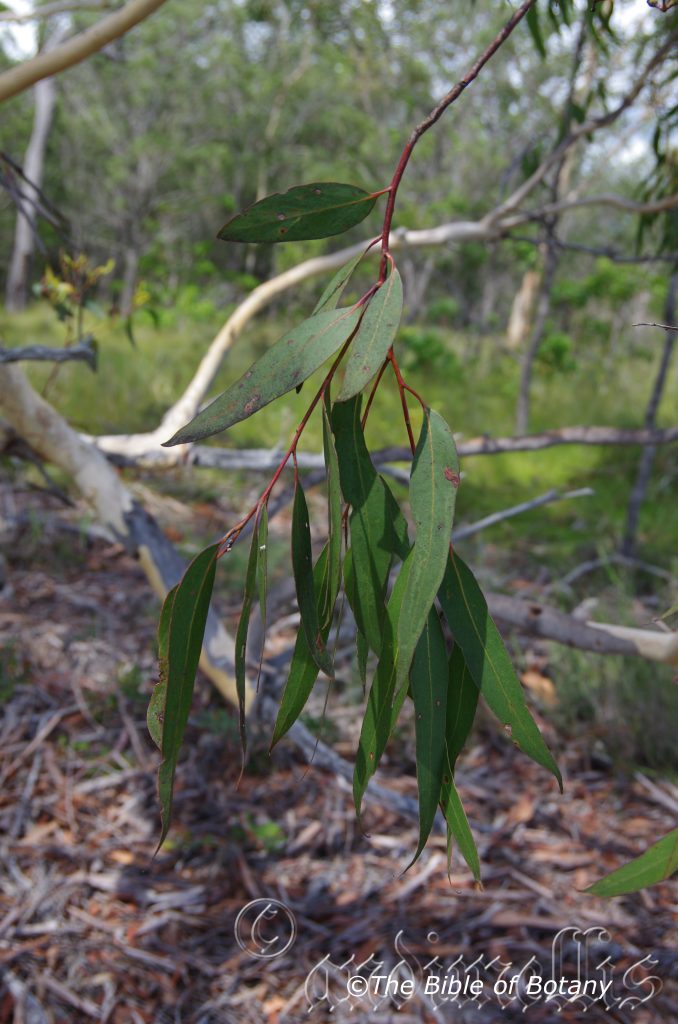
Boorkoom Yuraigir National Park NSW
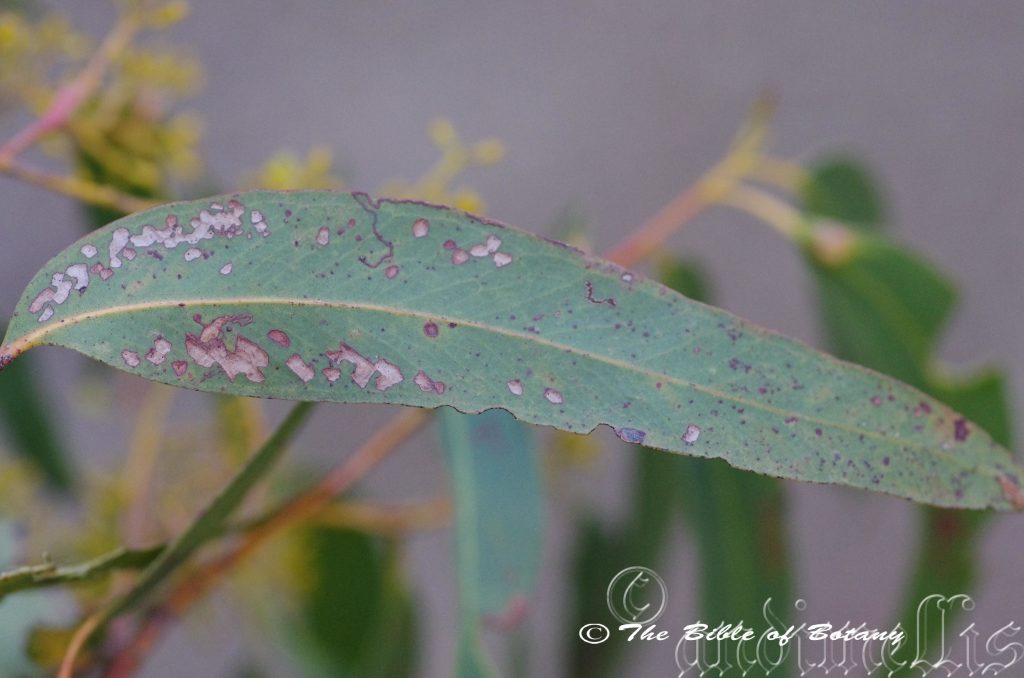
Coffs Harbour NSW
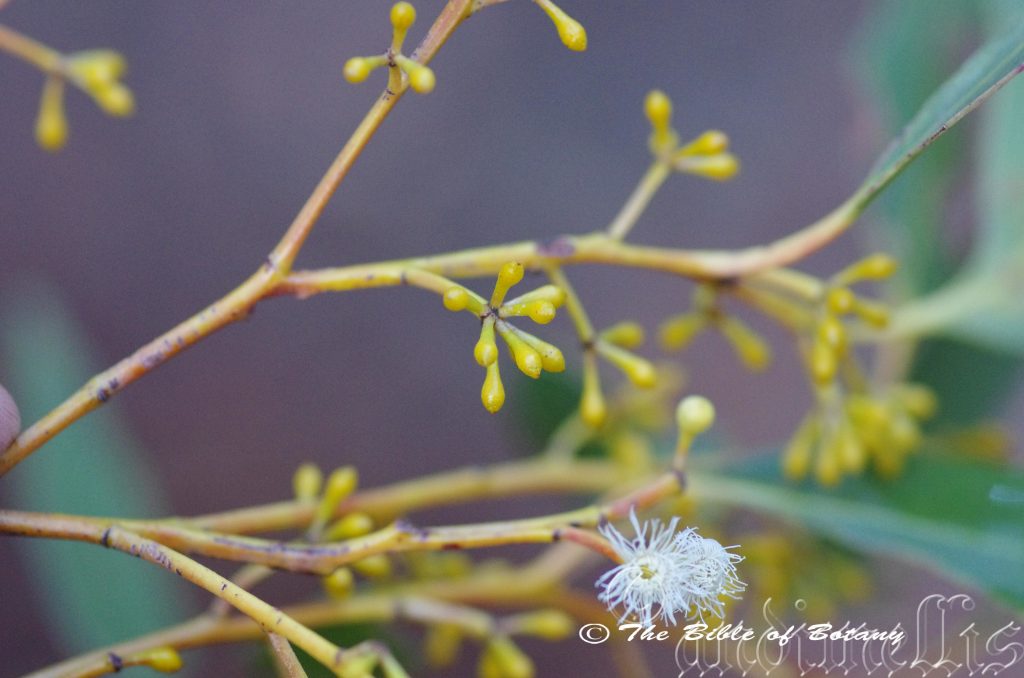
Coffs Harbour NSW
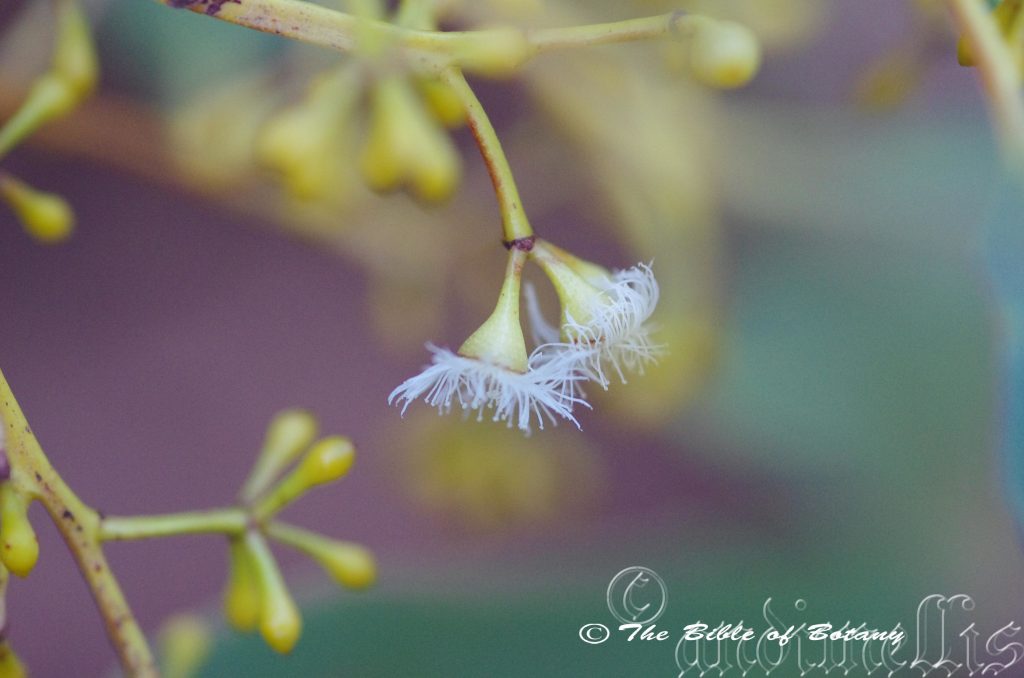
Coffs Harbour NSW
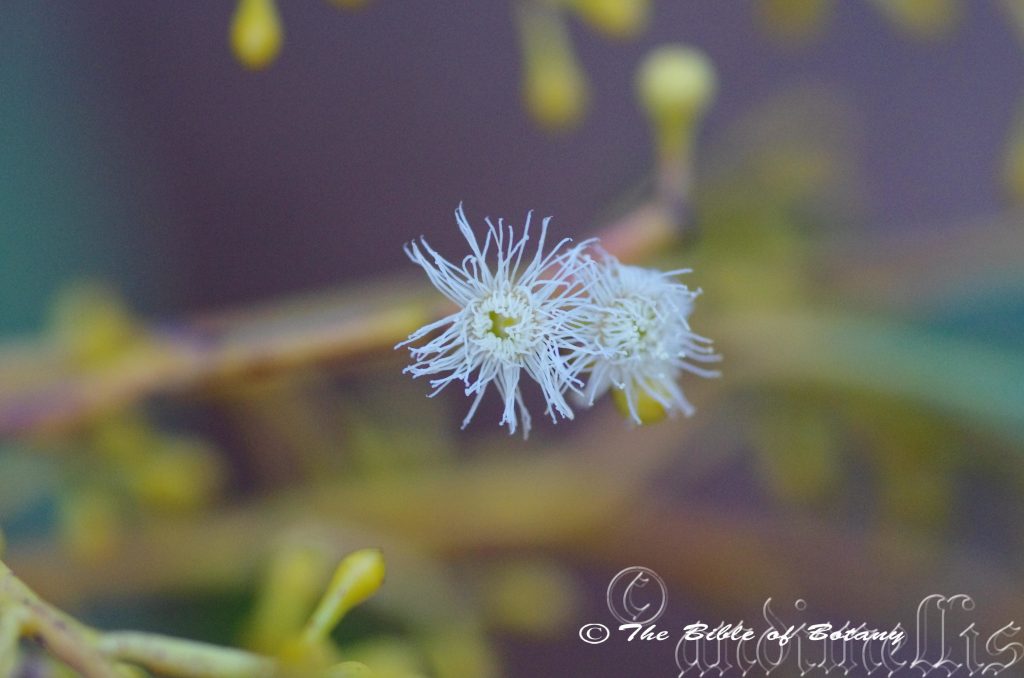
Coffs Harbour NSW
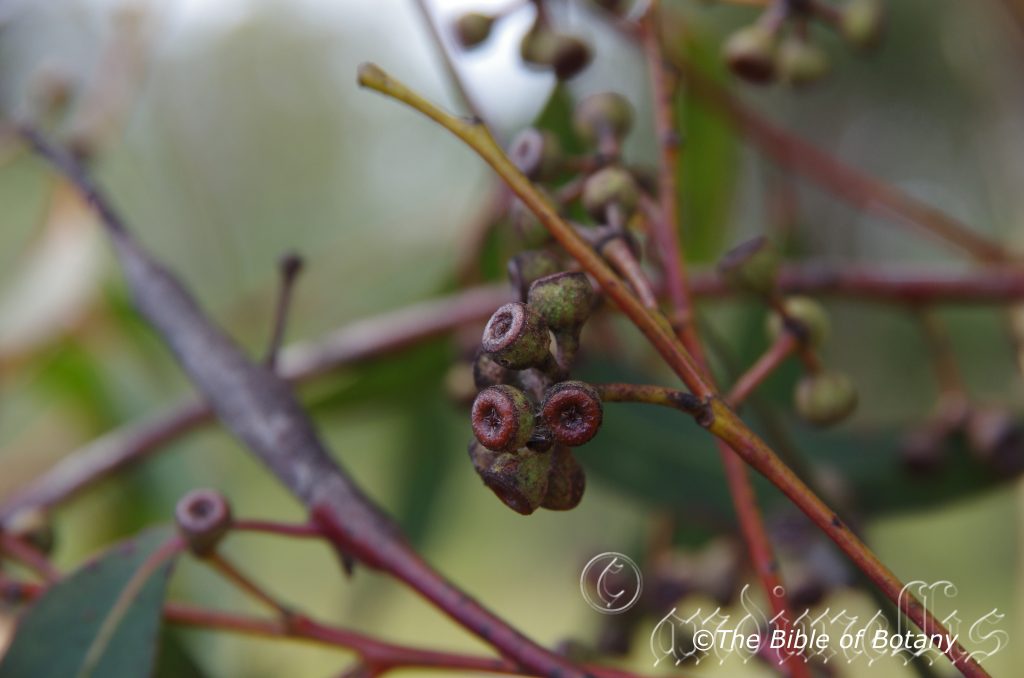
Boorkoom Yuraigir National Park NSW
Eucalyptus signata
Classification:
Unranked: Eudicots
Clade: Rosids
Order: Myrtales
Family: Myrtaceae
Genus: From Eu, which is Greek a prefix for good or well and Kaluptos, which is Ancient Greek for to cover up. It refers to the stamens, which have a lid or cover over them in the bud stage prior to opening.
Specie: From Signata, which is Latin for a mark as in a signature. It refers to smooth barks, which have “signatures” or scribbles etched by insects into the bark.
Sub specie:
Common Name: Scribbly Gum.
Distribution:
Eucalyptus signata is found on and east of the Great Dividing Range to the coast. It is found south from Gympie in south eastern Queensland to Morriset in coastal New South Wales.
https://avh.ala.org.au/occurrences/search?taxa=Eucalyptus+signata#tab_mapView
Habitat Aspect Climate:
Eucalyptus signata prefers full sun to light shade. It grows in dry open Eucalyptus forests, moist open Eucalyptus forest or swampy areas mainly on flats or in shallow depressions often behind the back dune system or along brackish estuaries. The altitude ranges from 5 meters ASL to 80 meters ASL.
The temperatures range from minus 1 degree in July to 37 degrees in January.
The rainfalls range from lows of 800mm to an average of 2000mm annually.
Soil Requirements:
Eucalyptus signata prefers medium sandy loams, deep sandy loams to medium clays and podsolics soils along the coastal margins. The soils are usually derived from decomposed sandstones, granites, shale, metashales, brown basalts and black basalts or alluvium deposits on flood plains. The soils pH ranges from 4.5pH to 5.5pH. It tolerates periodic waterlogged soils and soils where high water tables exist for prolonged periods. Non saline soils to very saline soils are tolerated as are salt laden winds.
Height & Spread:
Wild Plants: 20m to 25m by 12m to 15m.
Characteristics:
Eucalyptus signata has a long thin bole with the branches appearing at around 40mm of the trees height on mature trees. The bark is pale creamy grey to creamy yellow with off white patches, smooth and glabrous from the base to the smaller branches. The smaller branches are usually pale green, at times pale green with a reddish-purple tinge or pale green on the lower surface and reddish-green on the upper surface, smooth and glabrous. The decorticating bark is shed in short ribbons from the trunk and larger branches.
Eucalyptus signata‘s disjunct juvenile leaves are alternate and broad lanceolate. The concolourous leaves are dull grey-green. They measure 50mm to 90mm in length by 30mm to 50mm in width.
The alternate, disjunct adult leaves are narrow lanceolate, slightly falcate to falcate leaves measure 70mm to 140mm in length by 20mm to 30mm in width. The petioles are pale green on the lower surface and reddish on the upper surface measure 12mm to 20mm in length. The bases are non-oblique, asymmetrical and cuneate while the apexes are tapering acute. The concolourous leaves are mid green, to mid blue-green and semi glossy to dull. The laminas are flat while the margins are entire. The mid vein is prominent on the both laminas near the base and flat at the apex while the lateral penniveins are at 35 degrees to the main vein, and are faintly visible. The intramarginal veins are parallel to the margin and well inside the margin. The oil glands are at the junctions of the lateral and auxiliary veins.
The inflorescences of Eucalyptus signata are born as umbel asters containing 9, 11 or 13 individual flowers are born from the leaf axils. The peduncles and pedicels are yellow-green, terete and often covered in small reddish-maroon spots and are glabrous. The peduncles measure 5mm to 12mm in length while the pedicels measure 5mm to 9mm in length.
The cupular hypanthia are yellow-green, with a few reddish-maroon spots and glabrous while the hemispherical calyptras are yellow-green, with a few reddish-maroon spots and glabrous. The hypanthium measure 2mm to 3.5mm in length by 2mm to 4mm in diameter while the calyptras measure 2mm to 3.5mm in length. The bud scar is present.
The white inflexed stamens measure 4mm to 5mm in length. The cream anthers are cuboidal. The outer stamens are infertile. The white style measures 3mm to 5mm in length. The disc is pale green. The flowers appear in mid-July to September.
The fruits of Eucalyptus signata are broad cupular to hemispherical gum nuts. The gum nuts measure 4mm to 7.5mm in length by 4mm to 7mm in diameter at the widest point. The disc is flat and inserted within the hypanthia as are the 4 valves.
Wildlife:
The flowers of Eucalyptus signata are excellent nectar producers and are always covered in honeyeaters and lorikeets when in flower. The Ring Tail Possum (Pseudocheirus peregrinus) and Brush Tail Possum (Trichosurus vulpecula) are regular visitors to flowering trees as are the myriad of insect eating birds there to feast on the pollen flies, native bees, and butterflies.
It is a favoured Koala (Phascolarctos cinereus) food tree.
Cultivation:
Eucalyptus signata is a medium size tree which is very suitable for gardeners looking for tall Eucalyptus specie for the garden or to create a small parkland scene with willowy foliage. It is ideal on sandy soils and sandy alluvial flats that are have drainage problems. It is fast growing so give good effects at an early age. In the garden good specimens grow from 20 meters to 25 meters in height by 12 meters to 15 meters in diameter when grown in the open.
Eucalyptus signata should be used more in larger gardeners as most gardeners tend to shy away from tall Eucalyptus trees. The foliage has a slight weeping look, similar to a weeping willow except for the height and broader leaves.
The smooth white mottled blue-grey bark contrasts well and adds interest with the insect scribbles adding contrast with the trunks from other Eucalyptus specie and Corymbia specie when mixed planted to high light the trunks. Place them near the center of such forests as it is a lot taller and faster growing than most Eucalyptus specie and Corymbia specie in the forest. It is too often planted singularly with gardeners not prepared to experiment and mix them together with trees of different barks.
The trees look great along long driveways where they give the driveway a realistic look. Another advantage is they can be used for windbreaks along fence lines in non-productive wet areas to help drain the soils.
Like most large Eucalyptus specie leaf drop, dropping of small branches means continual lawn maintenance but then in a rainforest garden supply good quantities of leaf litter. Trees grown in the open are subject to branches breaking in strong winds and even the trees being completely uprooted. This is particularly apparent where trees are being over fertilized with high nitrogenous fertilizers which cause the trees to be top heavy when young. Older trees are far more stable even in wet sandy or light clay ground.
Propagation:
Seeds: Sow Eucalyptus signata seeds into a seed raising mix. Cover the seeds with 2mm to 3mm of fine sand and place the trays in a warm sunny position. Keep moist but not wet. When the seedlings are 25mm to 50mm tall, prick them out and plant them into 50mm native tubes using a good organic mix.
Once the seedlings reach 200mm to 250mm in height plant them out into their permanent position. Mass plantings for windbreaks are best achieved by planting them at 10 meters to 20 meters apart or by planting them at 8 meter centers when a feature is required in groups of 3 to 5.
Fertilize using Seaweed, fish emulsion or organic chicken pellets soaked in water and apply the liquid on an alternate basis. Fertilize every two month until the trees are well established then every spring to ensure good growth and flowering.
Further Comments from Readers:
Hi reader, it seems you use The Bible of Botany a lot. That’s great as we have great pleasure in bringing it to you! It’s a little awkward for us to ask, but our first aim is to purchase land approximately 1,600 hectares to link several parcels of N.P. into one at The Pinnacles NSW Australia, but we need your help. We’re not salespeople. We’re amateur botanists who have dedicated over 30 years to saving the environment in a practical way. We depend on donations to reach our goal. If you donate just $5, the price of your coffee this Sunday, We can help to keep the planet alive in a real way and continue to bring you regular updates and features on Australian plants all in one Botanical Bible. Any support is greatly appreciated. Thank you.
In the spirit of reconciliation we acknowledge the Bundjalung, Gumbaynggirr and Yaegl and all aboriginal nations throughout Australia and their connections to land, sea and community. We pay our respect to their Elders past, present and future for the pleasures we have gained.
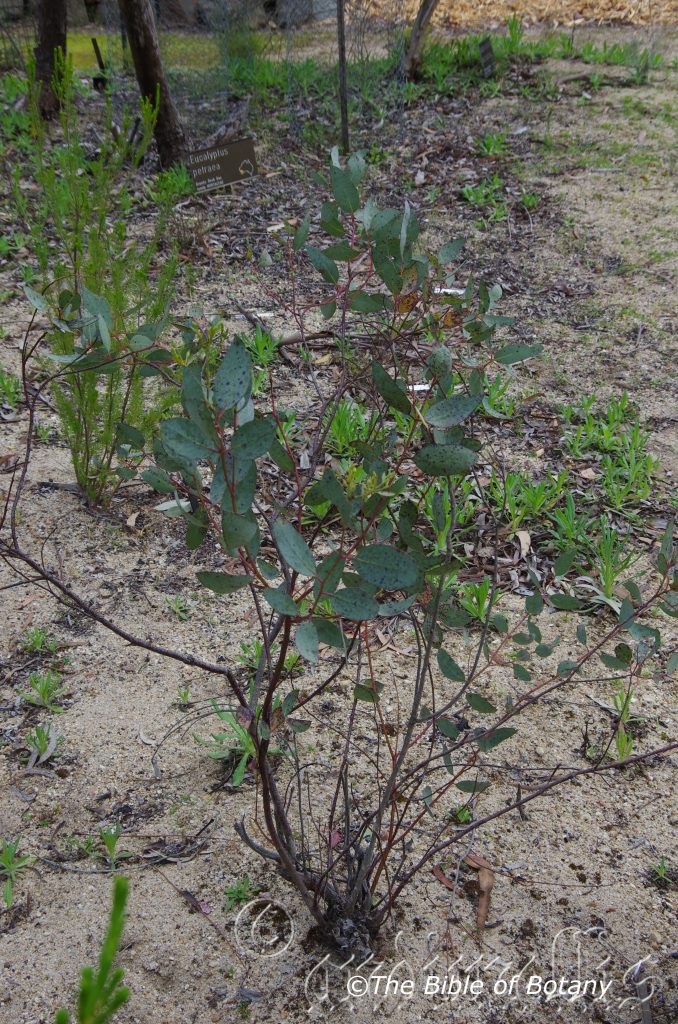
National Botanic Gardens ACT
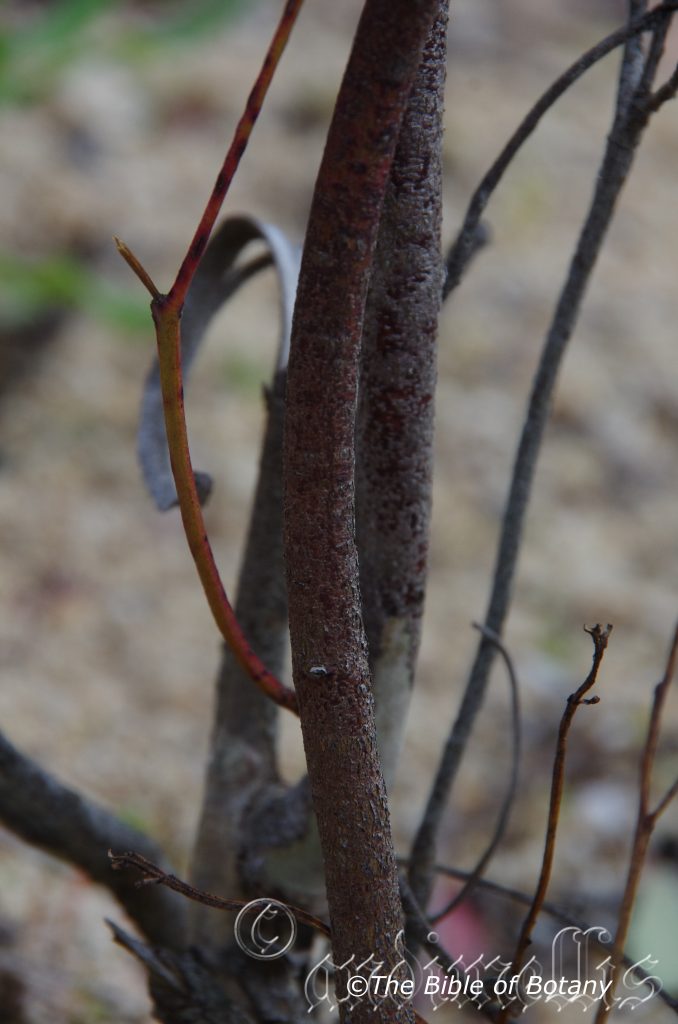
National Botanic Gardens ACT
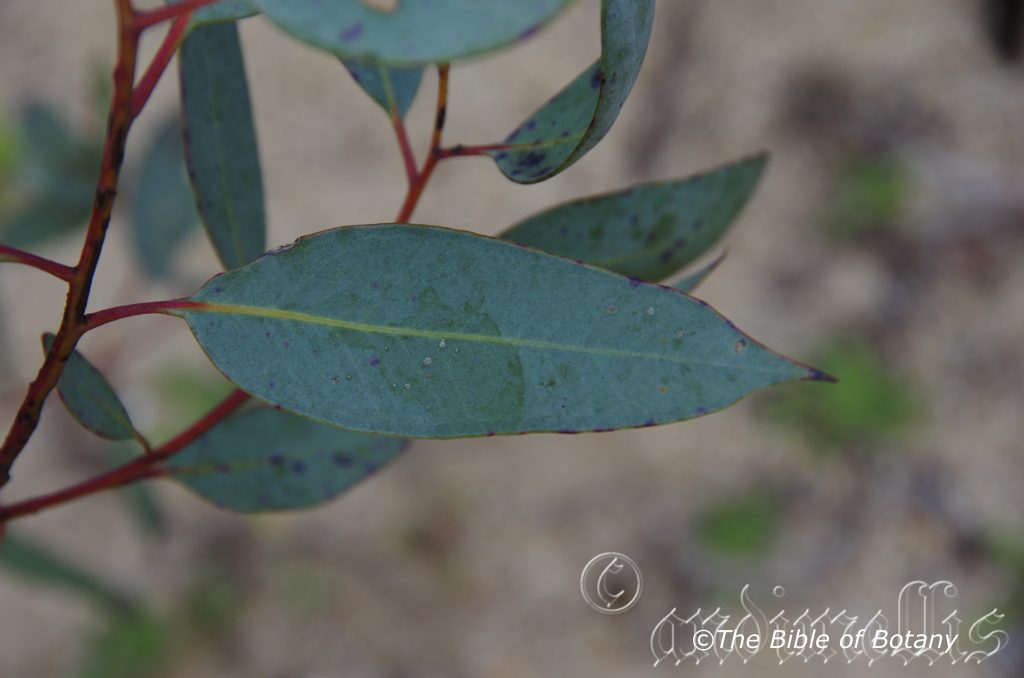
National Botanic Gardens ACT
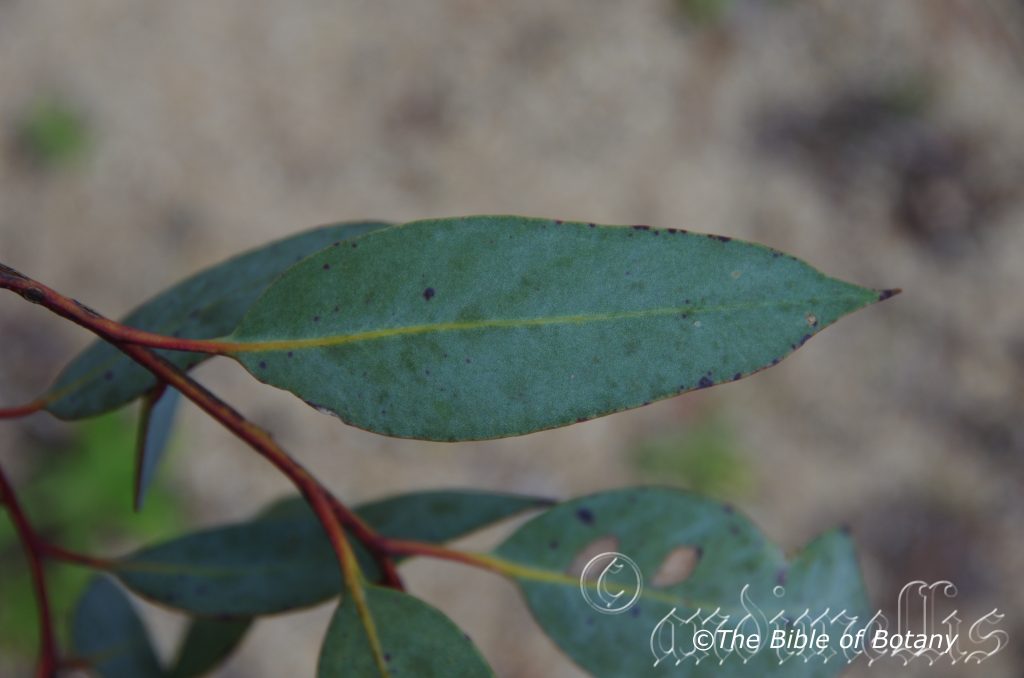
National Botanic Gardens ACT
Eucalyptus socialis
Classification:
Unranked: Eudicots
Clade: Rosids
Order: Myrtales
Family: Myrtaceae
Genus: From Eu, which is Greek a prefix for good or well and Kaluptos, which is Ancient Greek for to cover up. It refers to the stamens, which have a lid or cover over them in the bud stage prior to opening.
Specie: From SociÄlis, which is Latin for to grow in groups. It refers to plants which often sucker and grow in small groups.
Sub specie: Eucalyptus socialis subsp. socialis: From SociÄlis, which is Latin for to grow in groups. It refers to plants which often sucker and grow in small groups.
Eucalyptus socialis subsp. victoriensis From Victoria, which is Latinized for the state of Victoria and Ana/Ensis, which is Latin for origin. It refers to plants which were first discovered in Victoria.
Eucalyptus socialis subsp. viridans From Virida, which is Latin for green or verdent. It refers to plants which are greener than other species in the genus.
Common Name:
Distribution:
Eucalyptus socialis is over a wide area in the drier southern half of Australia. Only Eucalyptus socialis subsp. viridans is restricted to the south eastern part of South Australia and a small section in far western Victoria.
https://avh.ala.org.au/occurrences/search?taxa=Eucalyptus+socialis#tab_mapView
Habitat Aspect Climate:
Eucalyptus socialis prefers full sun. It grows in open woodlands and open grasslands often with other small mallee gums including its sister subspecies. The altitude ranges from -05 meters ASL to 560 meters ASL.
The temperatures range from 1 degree in August to 46 degrees in January.
The rainfall ranges from lows of 200mm to an average of 800mm however orographic precipitation would decrease the evaporation rate from plants and maintain ground moisture.
Soil Requirements:
Eucalyptus socialis prefers deep poor to deep fertile sands often overlying dolerite. The soils are usually derived from wind-blown decomposed sandstone. The soil’s pH ranges from 4.5pH to 7.5pH. It tolerates water short periods of seasonal inundation.Non saline soils to moderately saline soils are tolerated.
Height & Spread:
Wild Plants: 5m to 7m by 3m to 5m.
Characteristics:
Eucalyptus socialis is a small mallee which branches freely from the near the ground. It has a persistent, grey, fibrous to flaky bark on lower trunk, while the upper trunk and branches are smooth, dull, grey and decorticated in long ribbons.
The opposite, elliptic to ovate juvenile, dull grey-green to dull green leaves, become disjunct, dull grey-green to dull green after 6 or 7 pairs of nodes often reverting to opposite again for a few pairs.
The mature, lanceolate or broad-lanceolate disjunct leaves measure 60mm to 100mm in length by 12mm to 20mm in width. The concolourous leaves are a dull grey-green to green.
The somewhat flattened peduncles measure 40mm to 23mm in length, while the terete pedicels measure 3mm to 8mm in length. There are usually 9 or at times 11 or 13 rarely 7 buds in an umbel. The ovoid to fusiform buds measure 9mm to 14mm in length by 4mm to 5mm in diameter. The bud scar is present. The calyptra is elongated, acute or rostrate and is longer than and as wide as the hypanthium.
The globose capsules measure 5mm to 9mm in length by 5mm to 8mm in diameter. The disc is depressed, while the 3 or 4 valves are exserted with attenuate apexes.
The grey to reddish-brown or brown, ovoid or flattened-ovoid seeds have a smooth dorsal surface or are at times furrowed seeds measure 1.5mm to 2mm in length. The hilum is positioned ventrally.
Wildlife:
The wildlife of Eucalyptus socialis is unknown to the author.
Cultivation:
Eucalyptus socialis is a beautiful small to mallee which is ideally suitable for plantings in smaller gardens where a small Eucalyptus species is required. It is fast growing even on poor, cold soils that it is normally associated with. It makes an attractive garden specimen once established due it its beautiful blue glaucous foliage and stems. It looks great and makes a good contrast plant from an early age. It looks very affective when planted with other mallees or small Eucalyptus trees with contrasting glossy green foliages and growth habits.
Another method is to grow one or two as trees and interplant with several smaller mallees that have been cut to induce the growth of several trunks. In the garden good specimens may grow from 4 meters to 7 meters in height by 3 meters to 4 meters in diameter when grown in the open as a single trunk tree or 3 meters to 5 meters in height by 4 meters to 5 meters in diameter as a multi trunk mallee when grown in the open.
The beauty of Eucalyptus socialis is that it branches close to the ground and accepts all soil types, cold soils for extended periods from autumn to mid spring and warm to hot soils in Summer and Autumn. Once established it looks at home in such conditions. Like all Eucalyptus sp. though some leaf drop and dropping of small branchlets means continual lawn maintenance but then this species is far better in garden beds and native heath gardens than in lawns.
Propagation:
Seeds: Sow the seeds of Eucalyptus socialis into a seed raising mix. Cover the seeds with 2mm to 3mm of fine sand and place the trays in a warm sunny position. Keep the seeds moist but not wet. When the seedlings are 25mm to 50mm tall, prick them out and plant them into 50mm native tubes using a good organic mix.
Once the seedlings reach 200mm to 250mm in height plant them out into their permanent position. Mass plantings are best done in groups of 3 to 5 as a feature by planting them at 4 meter to 5 meter centers as a tree or 5 meters to 6 meters as a mallee.
Fertilize using Seaweed, fish emulsion or organic chicken pellets soaked in water and apply the liquid on an alternate basis. Fertilize every two month until the trees are well established then every spring to ensure good growth and flowering.
Further Comments from Readers:
Hi reader, it seems you use The Bible of Botany a lot. That’s great as we have great pleasure in bringing it to you! It’s a little awkward for us to ask, but our first aim is to purchase land approximately 1,600 hectares to link several parcels of N.P. into one at The Pinnacles NSW Australia, but we need your help. We’re not salespeople. We’re amateur botanists who have dedicated over 30 years to saving the environment in a practical way. We depend on donations to reach our goal. If you donate just $5, the price of your coffee this Sunday, We can help to keep the planet alive in a real way and continue to bring you regular updates and features on Australian plants all in one Botanical Bible. Any support is greatly appreciated. Thank you.
In the spirit of reconciliation we acknowledge the Bundjalung, Gumbaynggirr and Yaegl and all aboriginal nations throughout Australia and their connections to land, sea and community. We pay our respect to their Elders past, present and future for the pleasures we have gained.
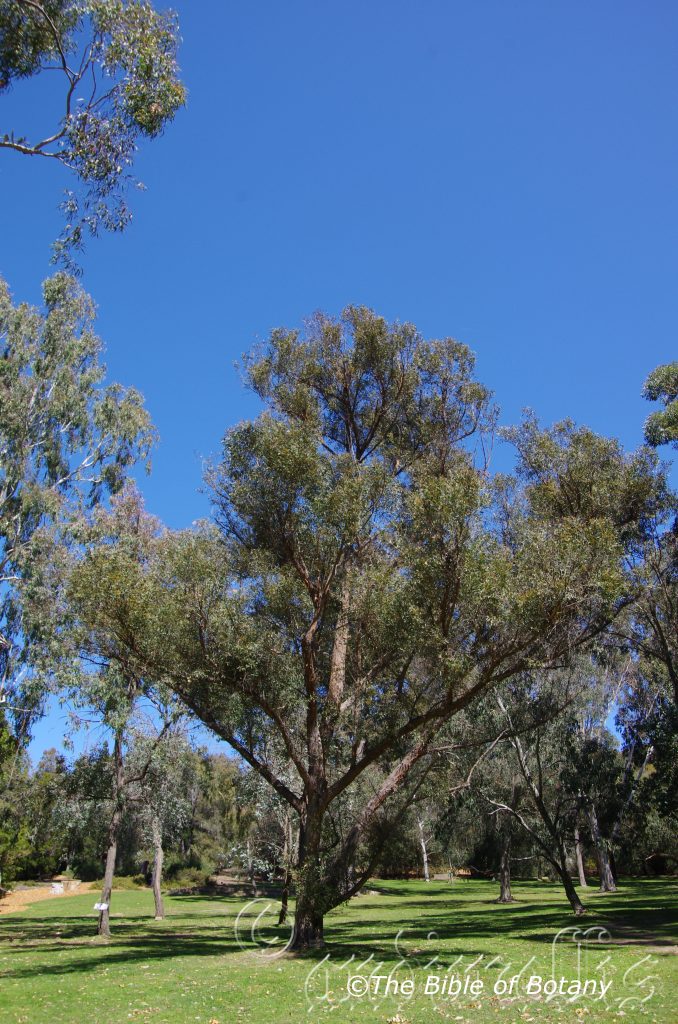
National Botanic Gardens ACT
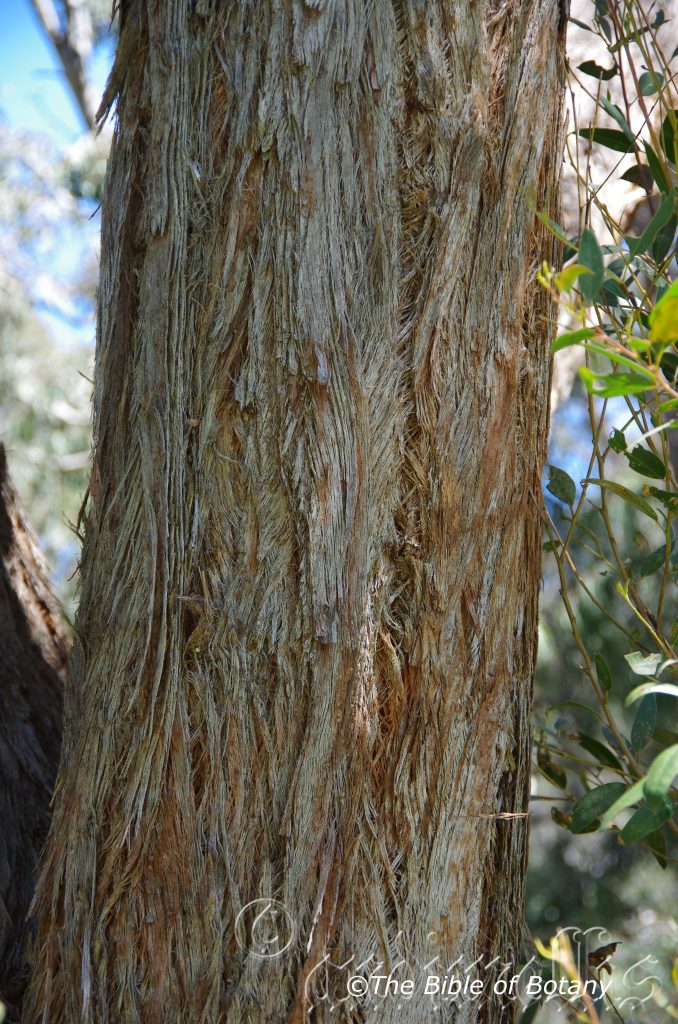
National Botanic Gardens ACT
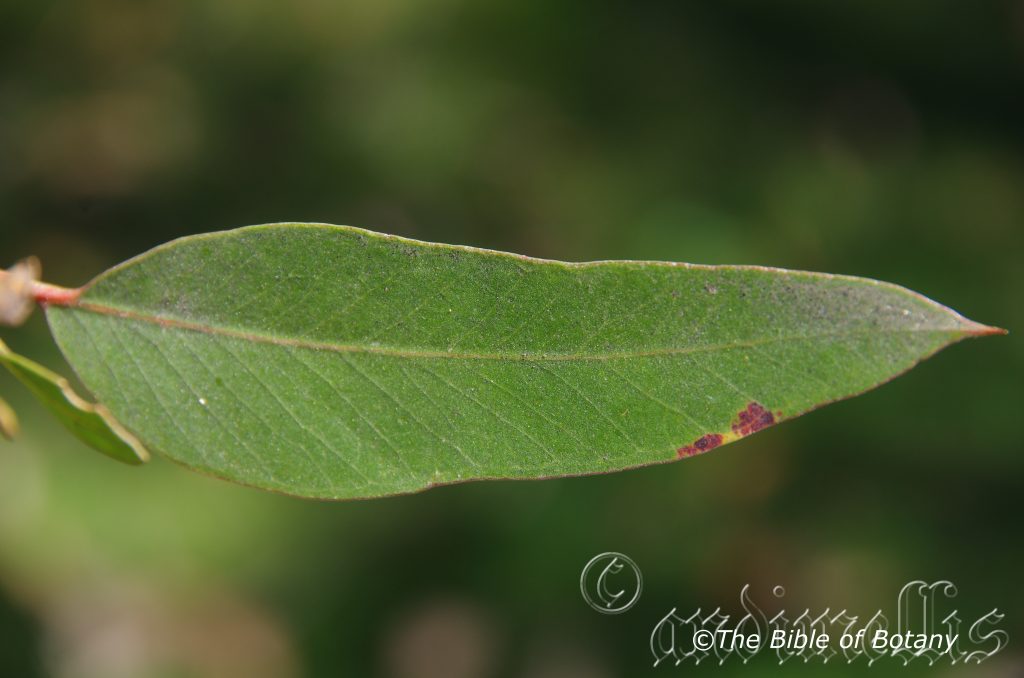
National Botanic Gardens ACT
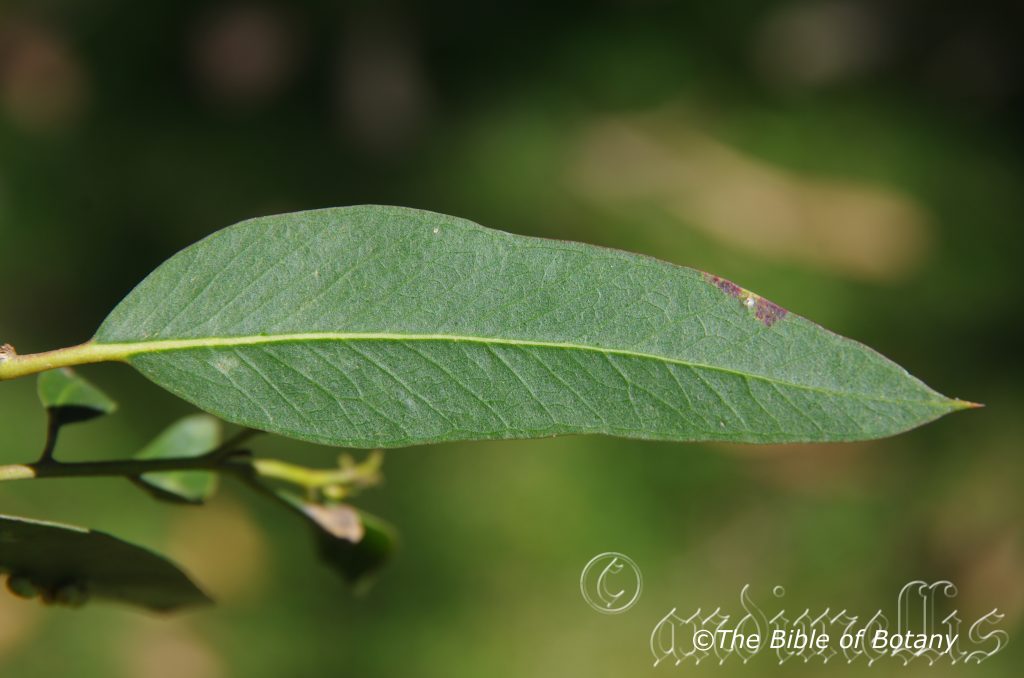
National Botanic Gardens ACT
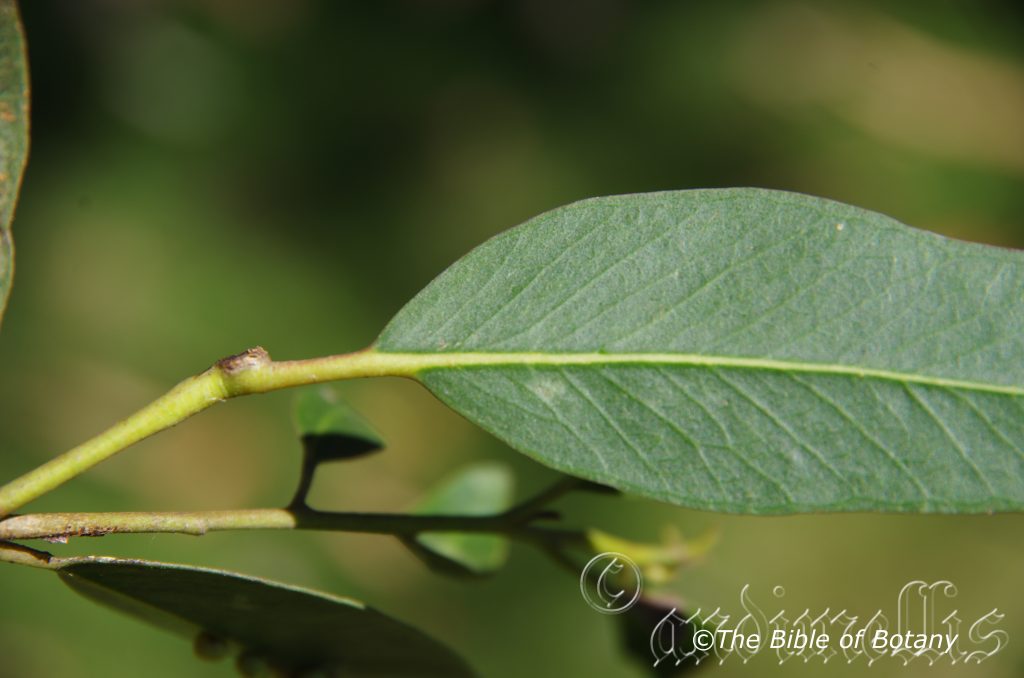
National Botanic Gardens ACT
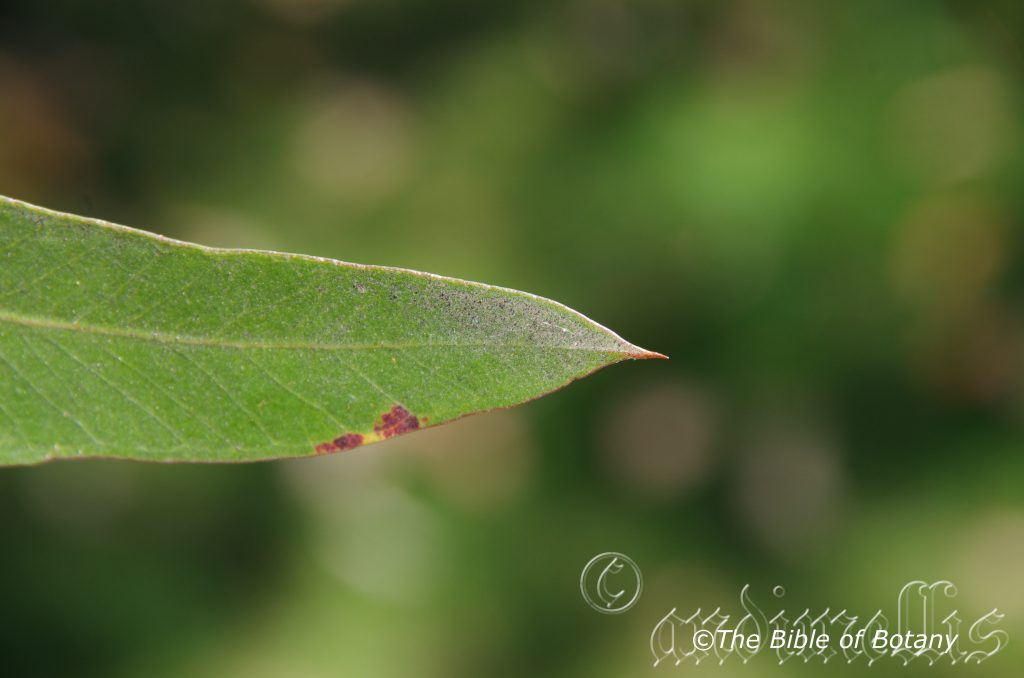
National Botanic Gardens ACT
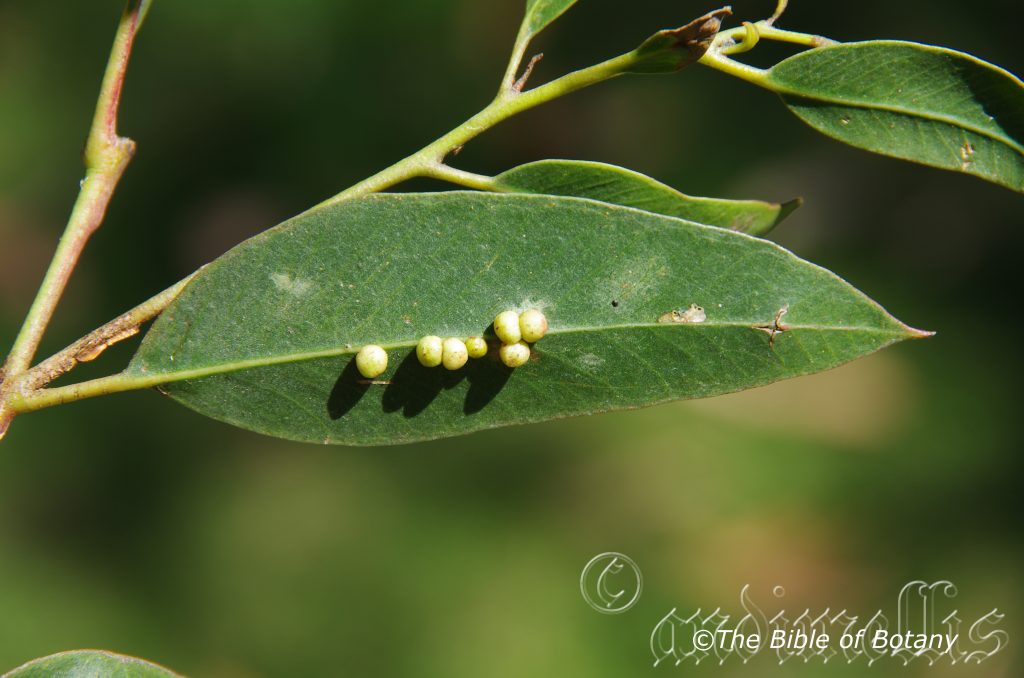
National Botanic Gardens ACT
Eucalyptus sparsifolia
Classification:
Unranked: Eudicots
Clade: Rosids
Order: Myrtales
Family: Myrtaceae
Genus: From Eu, which is Greek a prefix for good or well and Kaluptos, which is Ancient Greek for to cover up. It refers to the stamens, which have a lid or cover over them in the bud stage prior to opening.
Specie: From Spargo, which is Latin for sparse or scattered and Folium, which is Latin for foliage. It refers to plants, which has fewer leaves than most or all the other species in the genus.
Sub specie:
Common Name: Narrow Leaved Stringy Bark.
Distribution:
Eucalyptus sparsifolia is restricted to an area bounded by Barradine in the north west then east to Kempsey, south to Shoalhaven and north west to Orange in central eastern New South Wales.
https://avh.ala.org.au/occurrences/search?taxa=Eucalyptus+sparsifolia#tab_mapView
Habitat Aspect Climate:
Eucalyptus sparsifolia prefers full sun to part shade or dappled sunlight. It grows in dry sclerophyll forest to dry open woodland. The altitude ranges from 10 meters ASL to 1300 meters ASL.
The temperatures range from minus 6 degree in August to 38 degrees in January.
The rainfall ranges from lows of 500mm to an average of 1200mm however orographic precipitation would decrease the evaporation rate from plants and maintain ground moisture.
Soil Requirements:
Eucalyptus sparsifolia prefers deep fepoor sand soils. The soils are usually derived from decomposed sandstones. The soil’s pH ranges from 4.5pH to 5.5pH. It does not tolerate waterlogged soils or seasonal wet periods.Non saline soils to moderately saline soils are tolerated.
Height & Spread:
Wild Plants: 10m to 20m by 5m to 10m.
Characteristics:
Eucalyptus sparsifolia has a persistent, grey to red brown, stringy bark. The terete stems are grey over reddish brown and furrowed.
The disjunct, broad-lanceolate, concolourous juvenile leaves are glossy green and sparsely to moderately covered in hispid hairs.
The mature disjunct, concolourous, mid green, glossy narrow-lanceolate or lanceolate leaves are glabrous and measure 8mm to 12mm in length by 10mm to 20mm in width.
The peduncle is narrowly flattened or angular and measures 9mm to 15mm in length while the pedicels are sessile. There are 11 individual flowers in an umbel. The flowers appear in June, September or December.
The narrow ovoid to fusiform buds measure 5mm to 8mm in length by 2mm to 4mm in diameter. The bud scar is absent The conical calyptra is shorter than or as long as and as wide as hypanthium. The flowers appear in June, September or December.
The globose or slightly flattened capsules measure 5mm to 8mm in length by 5mm to 8mm in diameter. The disc is flat to slightly raised, while the 3 or 4 valves are enclosed or level with the rim.
The brown or reddish brown seeds are pyramidal or obliquely pyramidal with the dorsal surface smooth and measure 1.2mm to 2mm in length. The hilum is terminal.
Wildlife:
The wildlife of Eucalyptus sparsifolia is unknown to the author.
Cultivation:
Eucalyptus sparsifolia is a beautiful small to medium tree which is ideally suitable for smaller gardens where a Eucalyptus is required. It is fast growing even on poor, cold soils that it is normally associated with. It makes an attractive garden specimen once established due it its beautiful blue glaucous foliage and stems. It looks great and makes a good contrast plant from an early age. It looks very affective when planted with other mallees or small Eucalyptus trees with contrasting glossy green foliages and growth habits. Another method is to grow one or two as trees and interplant with several smaller mallees that have been cut to induce the growth of several trunks. In the garden good specimens may grow from 12 meters to 15 meters in height by 4 meters to 6 meters in diameter when grown in the open as a single trunk tree or 3 meters to 5 meters in height by 4 meters to 5 meters in diameter as a multi trunk tree when grown in the open.
The beauty of Eucalyptus sparsifolia is that it ranches close to the ground and accepts soils that are cold for extended periods from autumn to mid spring. Once established it looks at home in such conditions. Like all Eucalyptus spp. though some leaf drop and dropping of small branchlets means continual lawn maintenance but then this species is far better in garden beds and native heath gardens than in lawns.
Propagation:
Seeds: Sow the seeds of Eucalyptus sparsifolia into a seed raising mix. Cover the seeds with 2mm to 3mm of fine sand and place the trays in a warm sunny position. Keep the seeds moist but not wet. When the seedlings are 25mm to 50mm tall, prick them out and plant them into 50mm native tubes using a good organic mix.
Once the seedlings reach 200mm to 250mm in height plant them out into their permanent position. Mass plantings are best done in groups of 3 to 5 as a feature by planting them at 4 meter to 5 meter centers as a tree or 5 meters to 6 meters as a mallee.
Fertilize using Seaweed, fish emulsion or organic chicken pellets soaked in water and apply the liquid on an alternate basis. Fertilize every two month until the trees are well established then every spring to ensure good growth and flowering.
Further Comments from Readers:
Hi reader, it seems you use The Bible of Botany a lot. That’s great as we have great pleasure in bringing it to you! It’s a little awkward for us to ask, but our first aim is to purchase land approximately 1,600 hectares to link several parcels of N.P. into one at The Pinnacles NSW Australia, but we need your help. We’re not salespeople. We’re amateur botanists who have dedicated over 30 years to saving the environment in a practical way. We depend on donations to reach our goal. If you donate just $5, the price of your coffee this Sunday, We can help to keep the planet alive in a real way and continue to bring you regular updates and features on Australian plants all in one Botanical Bible. Any support is greatly appreciated. Thank you.
In the spirit of reconciliation we acknowledge the Bundjalung, Gumbaynggirr and Yaegl and all aboriginal nations throughout Australia and their connections to land, sea and community. We pay our respect to their Elders past, present and future for the pleasures we have gained.
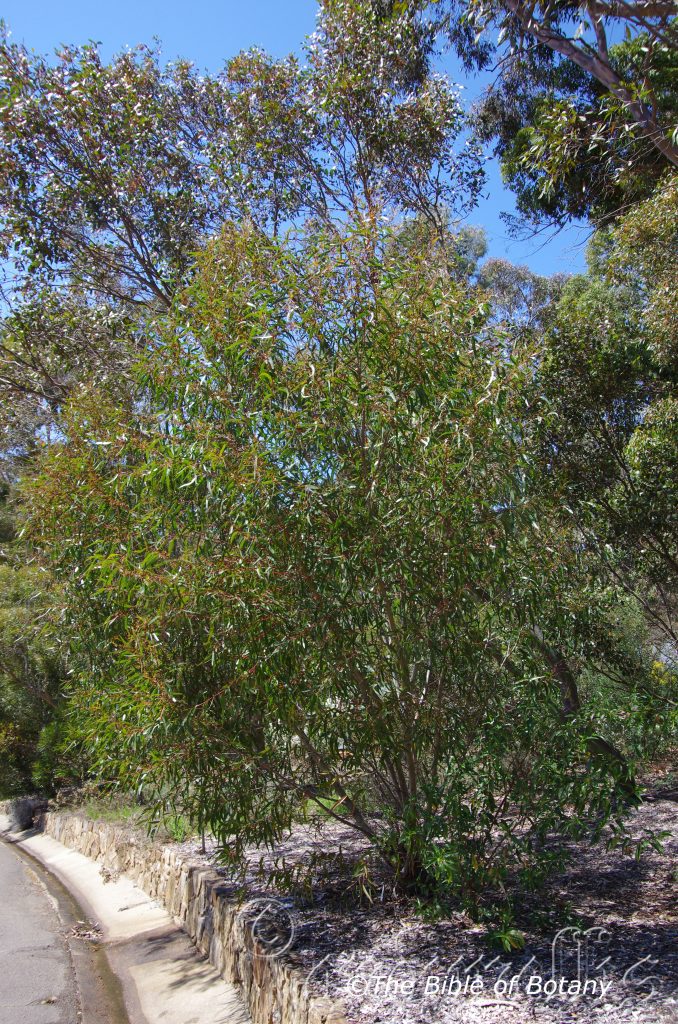
National Botanic Gardens ACT
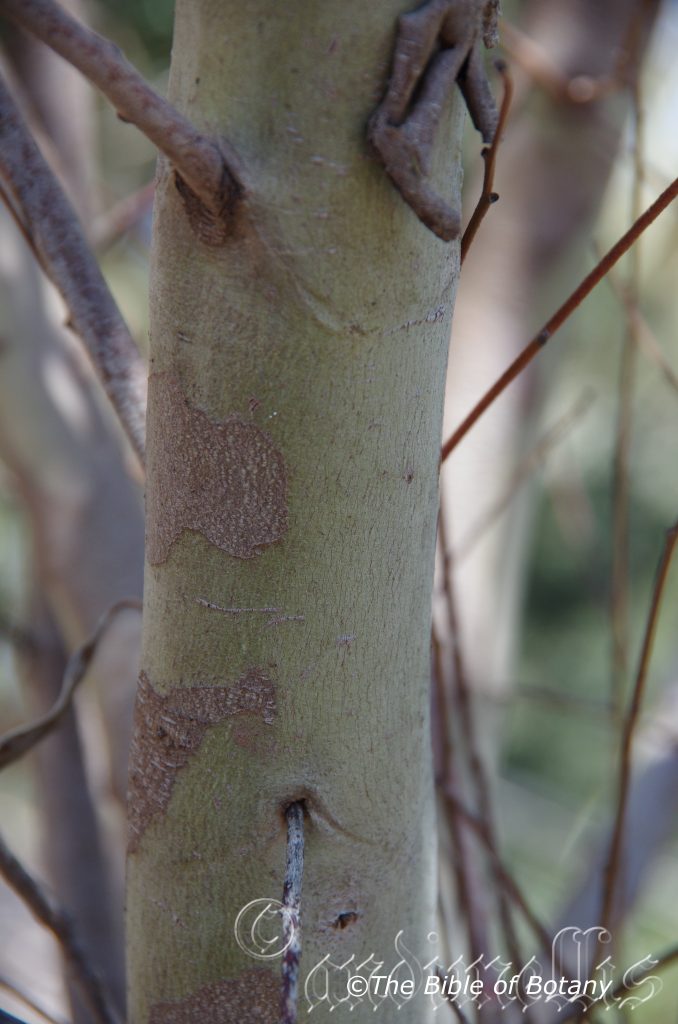
National Botanic Gardens ACT
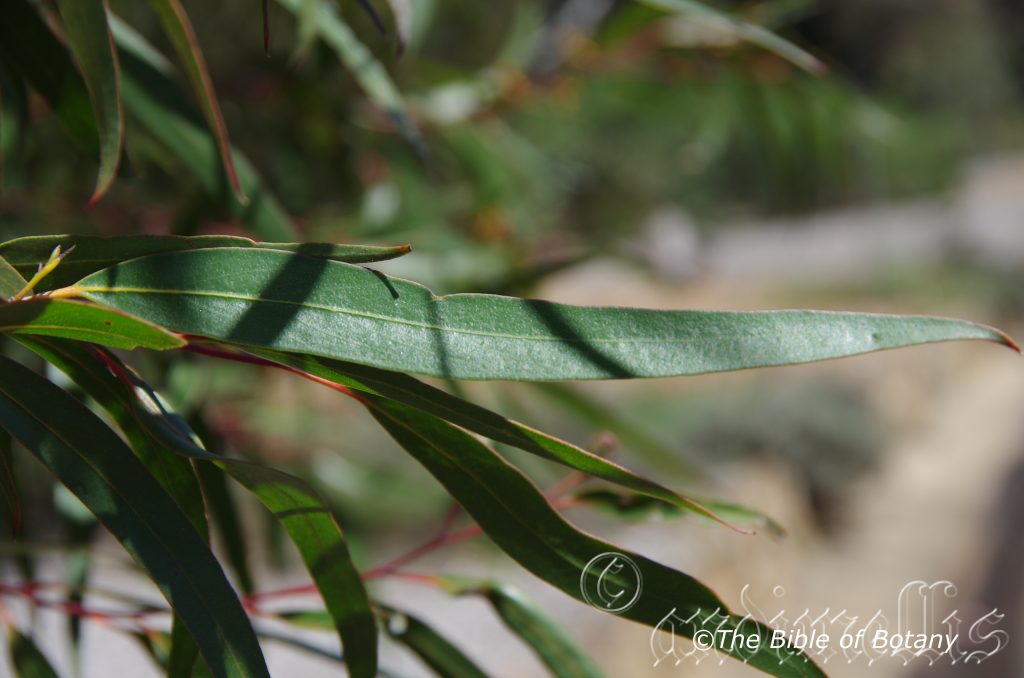
National Botanic Gardens ACT
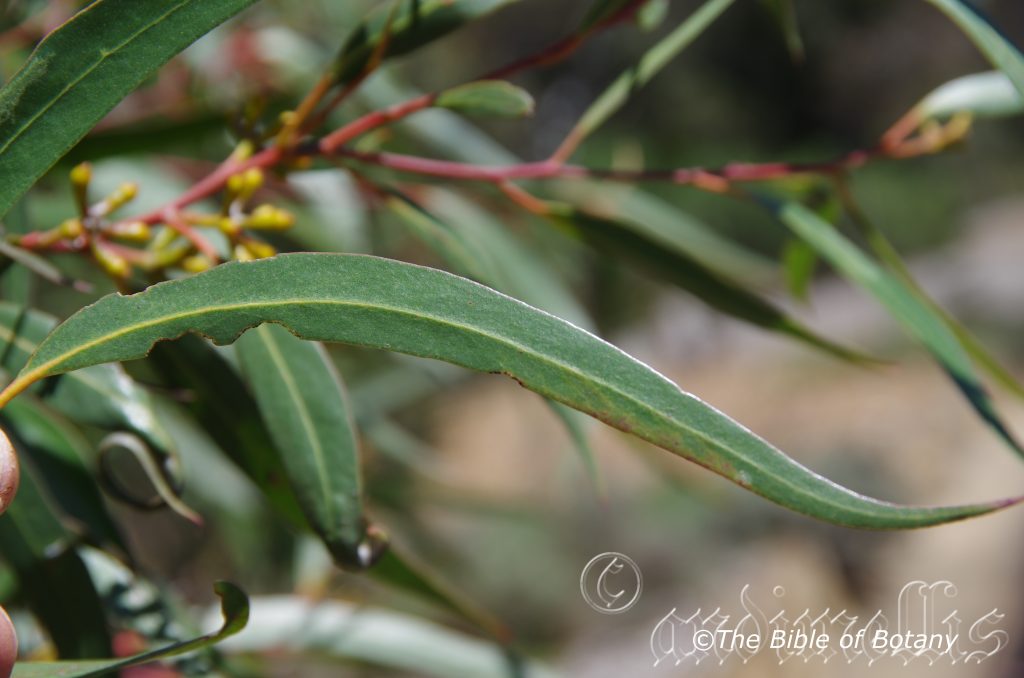
National Botanic Gardens ACT
Eucalyptus spectatrix
Classification:
Unranked: Eudicots
Clade: Rosids
Order: Myrtales
Family: Myrtaceae
Genus: From Eu, which is Greek a prefix for good or well and Kaluptos, which is Ancient Greek for to cover up. It refers to the stamens, which have a lid or cover over them in the bud stage prior to opening.
Specie: From Spectractatrix, which is Latin for a female spectator, spectatress. It probably refers to the fact that it is very closely related to Eucalyptus stricta is a little more spectacular and is considered a synonymy of E. stricta.
Sub specie: Blue Mountains Mallee Ash.
Distribution:
Eucalyptus spectatrix is restricted to a few peaks near Bega in far south eastern New South Wales.
https://avh.ala.org.au/occurrences/search?taxa=Eucalyptus+spectatrix#tab_mapView
Habitat Aspect Climate:
Eucalyptus spectatrix prefers full sun to part shade or dappled sunlight. It grows as a mallee along ridges or peaks in the high country. The altitude ranges from 1000 meters ASL to 1300 meters ASL.
The temperatures range from minus 6 degree in August to 35 degrees in January.
The rainfall ranges from lows of 700mm to an average of 970mm however orographic precipitation would decrease the evaporation rate from plants and maintain ground moisture.
Soil Requirements:
Eucalyptus spectatrix prefers shallow poor soils. The soils are usually derived from decomposed granites. The soil’s pH ranges from 4.5pH to 5pH. It does not tolerate waterlogged soils or seasonal wet periods.Non saline soils to slightly saline soils are tolerated.
Height & Spread:
Wild Plants: 3m to 5m by 3m to 5m.
Characteristics:
Eucalyptus spectatrix is a mallee with a whitish or fawn bark decorticating to reveal a pale or pastel green bark. The bark is shed in ribbons often adhering to the upper stems.
The disjunct, broad-lanceolate concolourous leaves are glossy deep green.
The disjunct, lanceolate to slightly falcate leaves measure 70mm to 150mm in length by 10mm to 20mm in width. The concolourous leaves are deep glossy green.
There are 7, 9 or 11 individual flowers in an umbel. The narrowly flattened or angular peduncle measures 10mm to 15mm in length, while the terete pedicels measure 0mm to 3mm in length. The clavate to pyriform buds measure 7mm to 8mm in length by 4mm in diameter. The bud scar is absent. The stamens are irregularly flexed, while the reniform to cordate, versatile, dorsifixed anthers dehisce along confluent slits. The long style tapers to the stigma. The flowers appear from November to December.
The globose capsules measure 8mm to 11mm length by 8mm to 11mm in diameter. The disc is depressed, while the 3 or 4 valves are enclosed.
Confusing genre:
Eucalyptus spectatrix has mature leaves, which are slightly longer and narrower. Eucalyptus spectatrix is therefore placed in synonymy with E. stricta. I have dealt with the two as separate species
Eucalyptus stricta has mature leaves, which are slightly shorter and broader.
Wildlife:
The wildlife of Eucalyptus spectatrix is unknown to the author.
Cultivation:
Eucalyptus spectatrix is only known from one cultivation at the National Botanic gardens in Canberra. It is a beautiful small mallee which would be ideally suitable for smaller gardens where a Eucalyptus is required. It seems to be fast growing even on poor, cold soils that it is normally associated with. It would make an attractive garden specimen once established due it its beautiful blue glaucous foliage and glabrous stems. It looks great and makes a good contrast plant from an early age with its bushy foliage almost to the ground.
It could be used as a fast growing hedge. Another method is to grow two or three as small trees in a cluster and interplant with several smaller mallees that have been cut to induce the growth of several trunks. In the garden good specimens may grow from 4 meters to 5 meters in height by 3 meters to 5 meters in diameter when grown in the open.
The beauty of Eucalyptus spectatrix is that it branches close to the ground and accepts soils that are cold for extended periods from autumn to mid spring. Once established it looks at home in such conditions. Like all Eucalyptus spp. though some leaf drop and dropping of small branchlets may mean continual lawn maintenance but then this species is far better in garden beds surrounded by native heath gardens than in lawns. The specimen in Canberra had shown little leaf drop at the time I viewed it.
Propagation:
Seeds: Sow the seeds of Eucalyptus spectatrix into a seed raising mix. Cover the seeds with 2mm to 3mm of fine sand and place the trays in a warm sunny position. Keep the seeds moist but not wet. When the seedlings are 25mm to 50mm tall, prick them out and plant them into 50mm native tubes using a good organic mix.
Once the seedlings reach 200mm to 250mm in height plant them out into their permanent position. Mass plantings are best done in groups of 3 to 5 as a feature by planting them at 4 meter to 5 meter centers as a tree or 5 meters to 6 meters as a mallee.
Fertilize using Seaweed, fish emulsion or organic chicken pellets soaked in water and apply the liquid on an alternate basis. Fertilize every two month until the trees are well established then every spring to ensure good growth and flowering.
Further Comments from Readers:
Hi reader, it seems you use The Bible of Botany a lot. That’s great as we have great pleasure in bringing it to you! It’s a little awkward for us to ask, but our first aim is to purchase land approximately 1,600 hectares to link several parcels of N.P. into one at The Pinnacles NSW Australia, but we need your help. We’re not salespeople. We’re amateur botanists who have dedicated over 30 years to saving the environment in a practical way. We depend on donations to reach our goal. If you donate just $5, the price of your coffee this Sunday, We can help to keep the planet alive in a real way and continue to bring you regular updates and features on Australian plants all in one Botanical Bible. Any support is greatly appreciated. Thank you.
In the spirit of reconciliation we acknowledge the Bundjalung, Gumbaynggirr and Yaegl and all aboriginal nations throughout Australia and their connections to land, sea and community. We pay our respect to their Elders past, present and future for the pleasures we have gained.
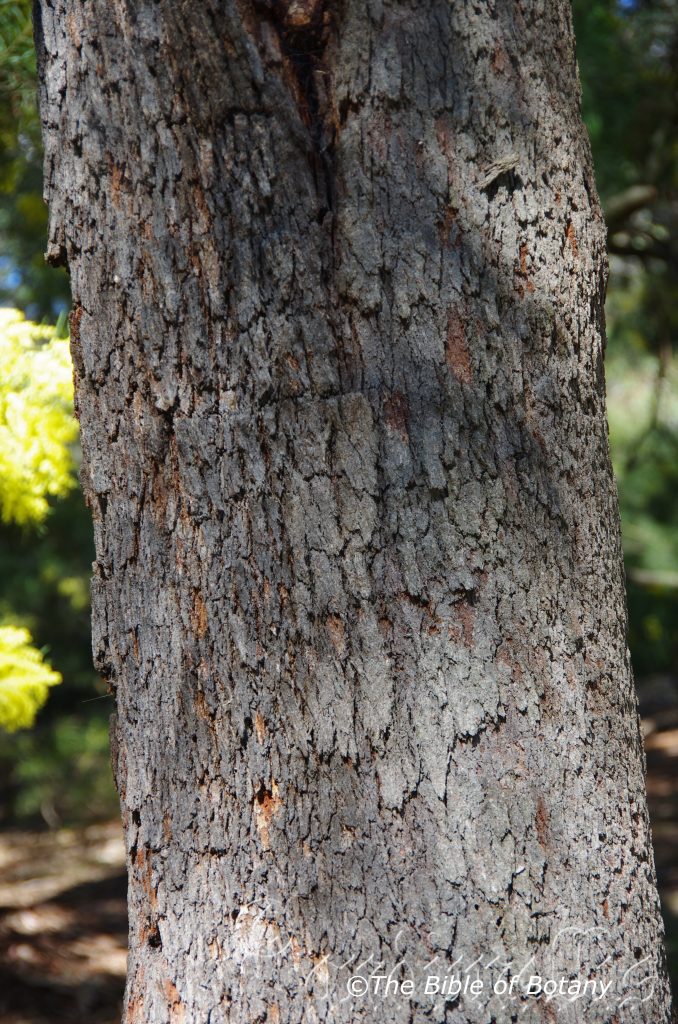
National Botanic Gardens ACT
Eucalyptus squamosa
Classification:
Unranked: Eudicots
Clade: Rosids
Order: Myrtales
Family: Myrtaceae
Genus: From Eu, which is Greek a prefix for good or well and Kaluptos, which is Ancient Greek for to cover up. It refers to the stamens, which have a lid or cover over them in the bud stage prior to opening.
Specie: From Squama, which is Latin for a scale or to be scale like. It refers to structures or organs, which are scale like or covered in scales.
Sub specie:
Common Name: Scaly Bark.
Distribution:
Eucalyptus squamosa is restricted to fragmented populations due to excessive clearing from near the Victorian, New South Wales border to east of the Dandenong Range. It is found from Davies Plain south-west to Omeo, Dargo High Plains and the upper reaches of Jamieson River in the high country. It is also found at lower elevation on the Buckland River with an isolated population near Lismore in central western Victoria.
https://avh.ala.org.au/occurrences/search?taxa=Eucalyptus+squamosa#tab_mapView
Habitat Aspect Climate:
Eucalyptus squamosa prefers full sun to part shade or dappled sunlight. It grows as an understorey tree along river flats and along gullies in the high country. The altitude ranges from 700 meters ASL to 1300 meters ASL except for the population at Lismore which is around 200 meters to 300 meters ASL.
The temperatures range from minus 6 degree in August to 30 degrees in January.
The rainfall ranges from lows of 800mm to an average of 1600mm however orographic precipitation would decrease the evaporation rate from plants and maintain ground moisture.
Soil Requirements:
Eucalyptus squamosa prefers deep fertile soils of course silts to fine silts, light fatty clays and gravelly sands overlying dolerite. The soils are usually derived from decomposed granites, metagranites laid down in alluvial deposits. The soil’s pH ranges from 4pH to 5.5pH. It tolerates waterlogged soils and seasonal wet periods.Non saline soils to moderately saline soils are tolerated.
Height & Spread:
Wild Plants: 5m to 15m by 3m to 8m.
Characteristics:
Eucalyptus squamosa is a small tree which branches freely from the near the ground. The typically box bark is rough and persistent on the trunk and major stems. The glabrous branches and branchlets are pale grey to greenish-grey. The bark is shed in small patches. The new growth is purplish-green. The tree’s canopy comprises of mature leaves, juvenile leaves and intermediate leaves.
Eucalyptus squamosa’s juvenile and coppice stems are terete, glaucous and glabrous. The sessile opposite disjunct leaves are ovate to broad elliptical with a rounded base and an obtuse apex which has a short apiculate tip. The concolourous laminas are dull bluish-grey to blue-green or dull bluish-green, glaucous and glabrous. The leaves measure 40mm to 110mm in length by 30mm to 70mm in width. The margins are entire.
The alternate, disjunct, lanceolate leaves of Eucalyptus squamosa measure 70mm to 150mm in length by 25mm to 40mm in width. The terete petioles are yellowish or purplish-pink and measure 0mm to 13mm in length. The bases are rounded and shortly attenuate while the apexes are obtuse with an apiculate tip to broad acuminate. The concolourous laminas are dull grey-green, bluish-green to deep green and glabrous. The margins are entire while the mid vein is strongly prominent at the base becoming very faintly prominent at the apex on both laminas. The lateral penniveins are faintly visible on the both laminas while the intramarginal veins are well away from the margin. The reticulation is dense, with numerous, large, island and intersectional oil glands.
The inflorescences of Eucalyptus squamosaare unbranched umbellasters born auxiliary along the stems from the leaf axils. There are 7 to 15 individual white flowers to an umbellaster. The new growth bearing the umbellasters is generally glaucous grey-green or at times glaucous reddish-brown. The thick terete peduncles are glaucous, glabrous and measure 4mm to 5mm in length. The sessile, ovoid buds are bluish, glaucous and glabrous. The buds measure 3.5mm to 4.5mm in length by 3mm to 3.5mm in diameter. The flattened, hemispherical, brown calyptra imperfectly dehisces and is much shorter than and is not as wide as the hypanthium. A bud scar is present.
The white, irregularly flexed stamens measure 4mm to 5mm in length. The creamy, cuneate anthers are dorsifixed and are all fertile. The pale creamy-green style measures 1.5mm to 2mm in length. The disc is pale creamy-green. The flowers appear from November to May.
The fruits of Eucalyptus squamosa are hemispherical to obconical woody capsules known as gum nuts. The glaucous green gum nuts turn glaucous brown when ripe and measure 5mm to 6mm in length by 4.5mm to 5mm in diameter at the widest point. The annular raised, disc has three or four broad triangular valves, which are level or slightly exserted.
The grey-brown or brown seeds are, more or less flattened elliptic, shallowly reticulate, lacunose with a ventral hilum.
Wildlife:
The wildlife of Eucalyptus squamosa is unknown to the author.
Cultivation:
Eucalyptus squamosa is a beautiful small to medium tree which is ideally suitable for smaller gardens where a Eucalyptus is required. It is fast growing even on poor, cold soils that it is normally associated with. It makes an attractive garden specimen once established due it its beautiful blue glaucous foliage and stems. It looks great and makes a good contrast plant from an early age. It looks very affective when planted with other mallees or small Eucalyptus trees with contrasting glossy green foliages and growth habits. Another method is to grow one or two as trees and interplant with several smaller mallees that have been cut to induce the growth of several trunks. In the garden good specimens may grow from 12 meters to 15 meters in height by 4 meters to 6 meters in diameter when grown in the open as a single trunk tree or 3 meters to 5 meters in height by 4 meters to 5 meters in diameter as a multi trunk tree when grown in the open.
The beauty of Eucalyptus squamosa is that it ranches close to the ground and accepts soils that are cold for extended periods from autumn to mid spring. Once established it looks at home in such conditions. Like all Eucalyptus spp. though some leaf drop and dropping of small branchlets means continual lawn maintenance but then this species is far better in garden beds and native heath gardens than in lawns.
Propagation:
Seeds: Sow the seeds of Eucalyptus squamosa into a seed raising mix. Cover the seeds with 2mm to 3mm of fine sand and place the trays in a warm sunny position. Keep the seeds moist but not wet. When the seedlings are 25mm to 50mm tall, prick them out and plant them into 50mm native tubes using a good organic mix.
Once the seedlings reach 200mm to 250mm in height plant them out into their permanent position. Mass plantings are best done in groups of 3 to 5 as a feature by planting them at 4 meter to 5 meter centers as a tree or 5 meters to 6 meters as a mallee.
Fertilize using Seaweed, fish emulsion or organic chicken pellets soaked in water and apply the liquid on an alternate basis. Fertilize every two month until the trees are well established then every spring to ensure good growth and flowering.
Further Comments from Readers:
Hi reader, it seems you use The Bible of Botany a lot. That’s great as we have great pleasure in bringing it to you! It’s a little awkward for us to ask, but our first aim is to purchase land approximately 1,600 hectares to link several parcels of N.P. into one at The Pinnacles NSW Australia, but we need your help. We’re not salespeople. We’re amateur botanists who have dedicated over 30 years to saving the environment in a practical way. We depend on donations to reach our goal. If you donate just $5, the price of your coffee this Sunday, We can help to keep the planet alive in a real way and continue to bring you regular updates and features on Australian plants all in one Botanical Bible. Any support is greatly appreciated. Thank you.
In the spirit of reconciliation we acknowledge the Bundjalung, Gumbaynggirr and Yaegl and all aboriginal nations throughout Australia and their connections to land, sea and community. We pay our respect to their Elders past, present and future for the pleasures we have gained.
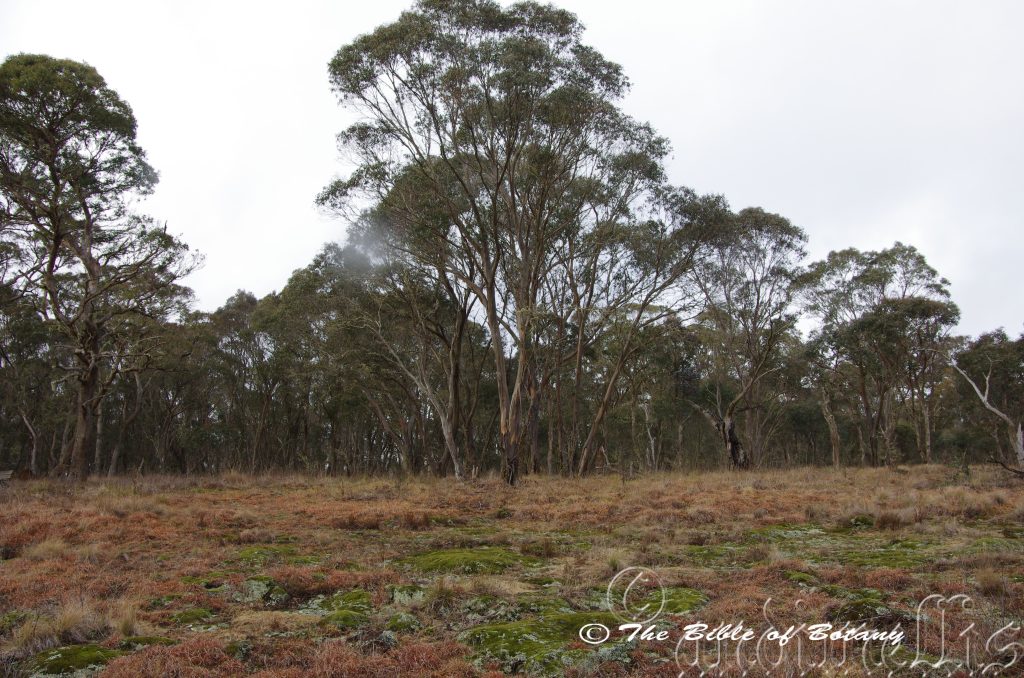
Ebor NSW
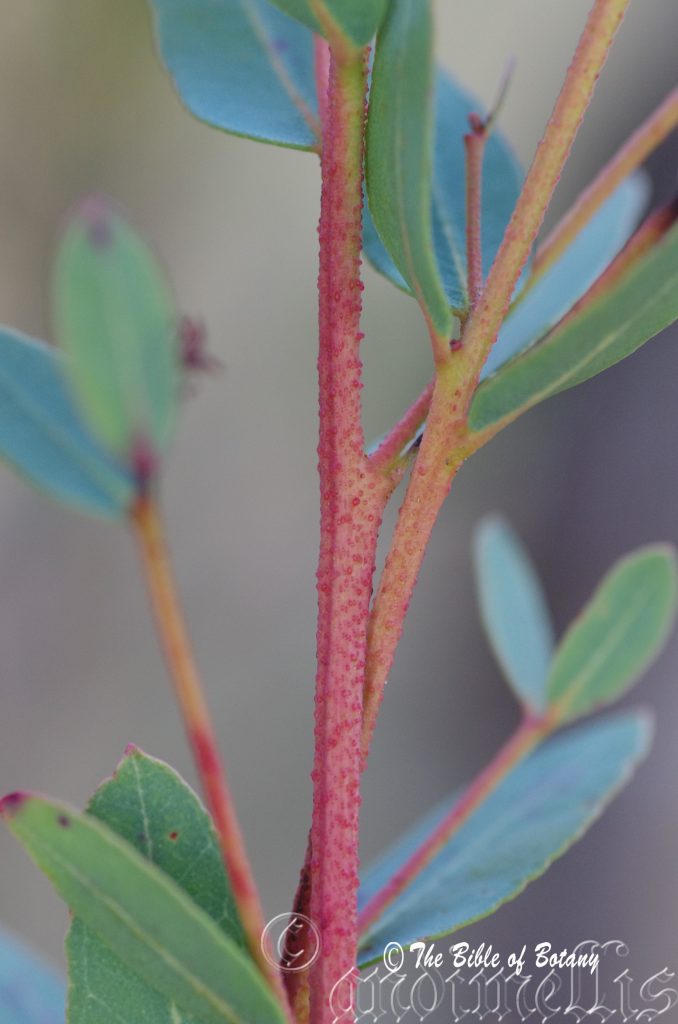
Ebor NSW
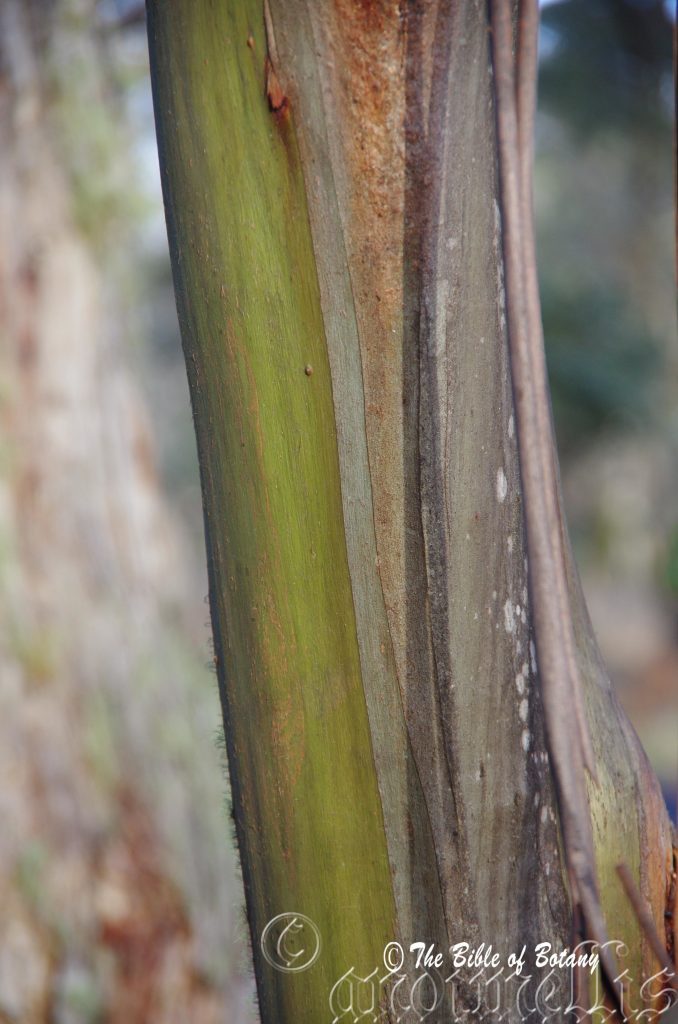
Ebor NSW
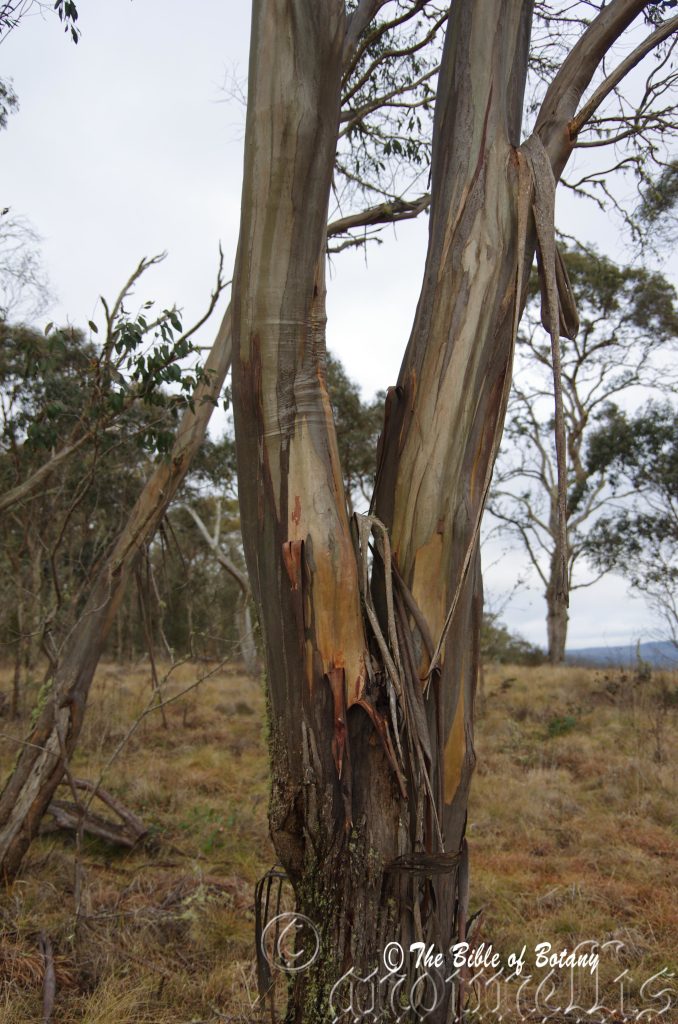
Ebor NSW
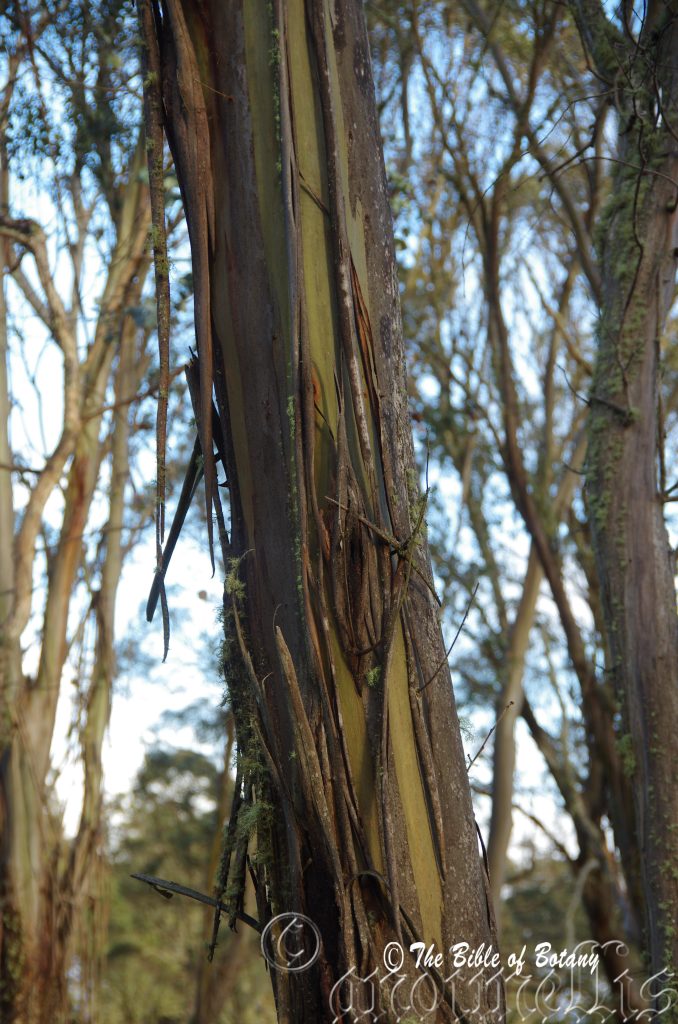
Ebor NSW
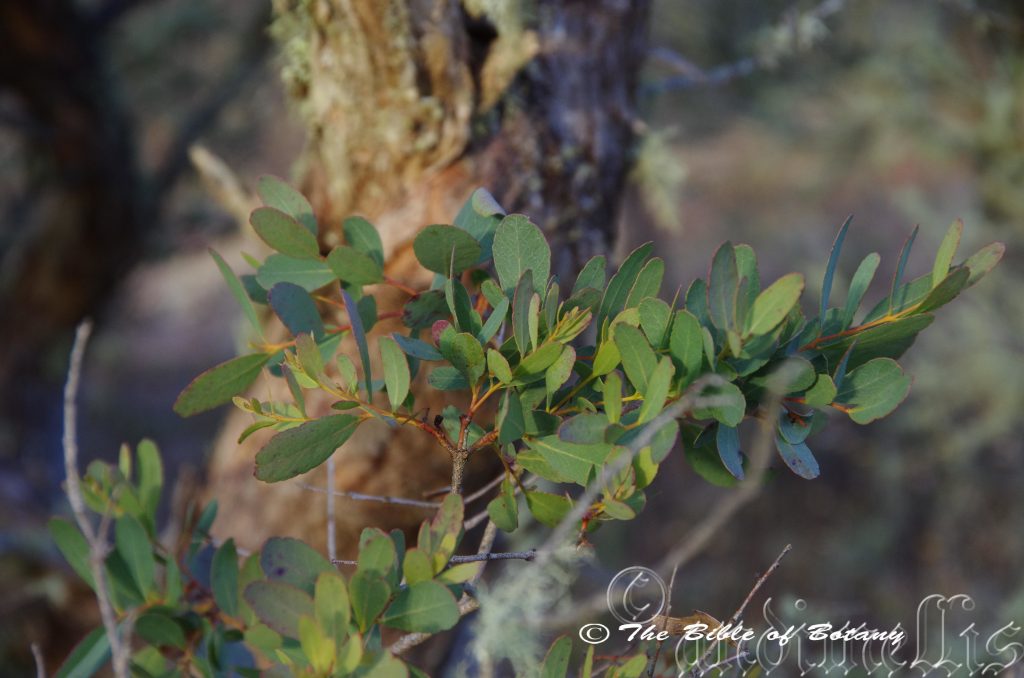
Ebor NSW
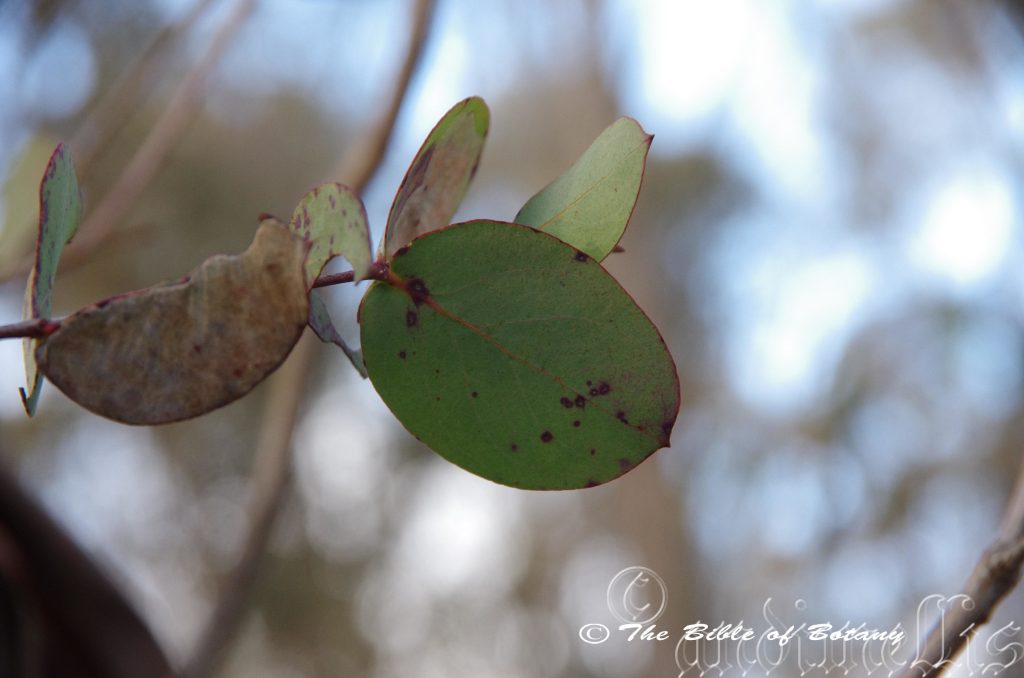
Ebor NSW
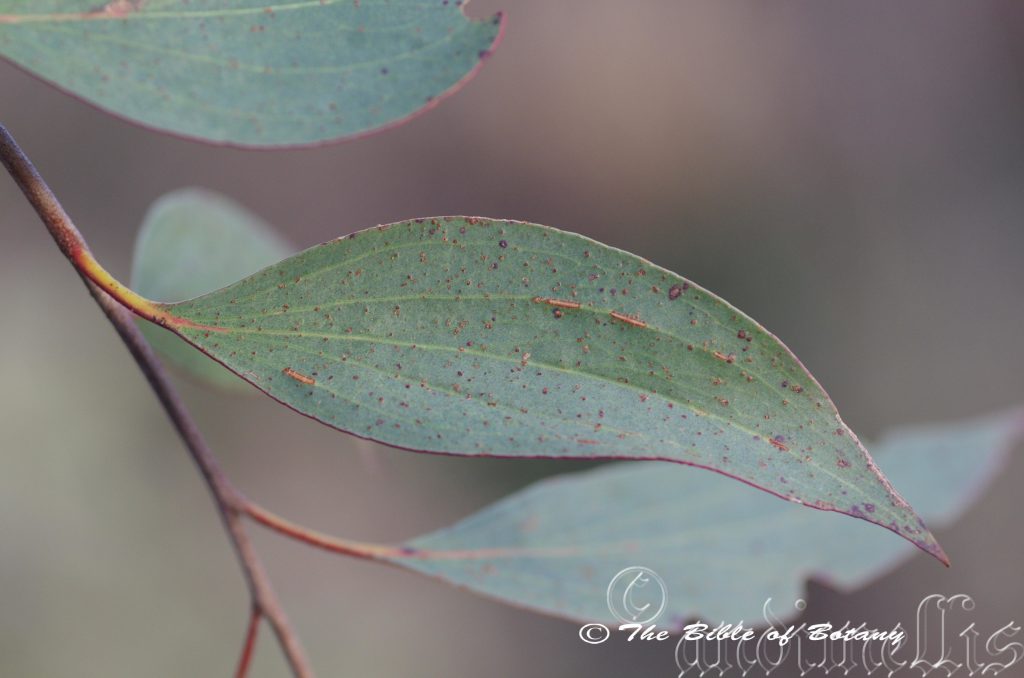
Ebor NSW
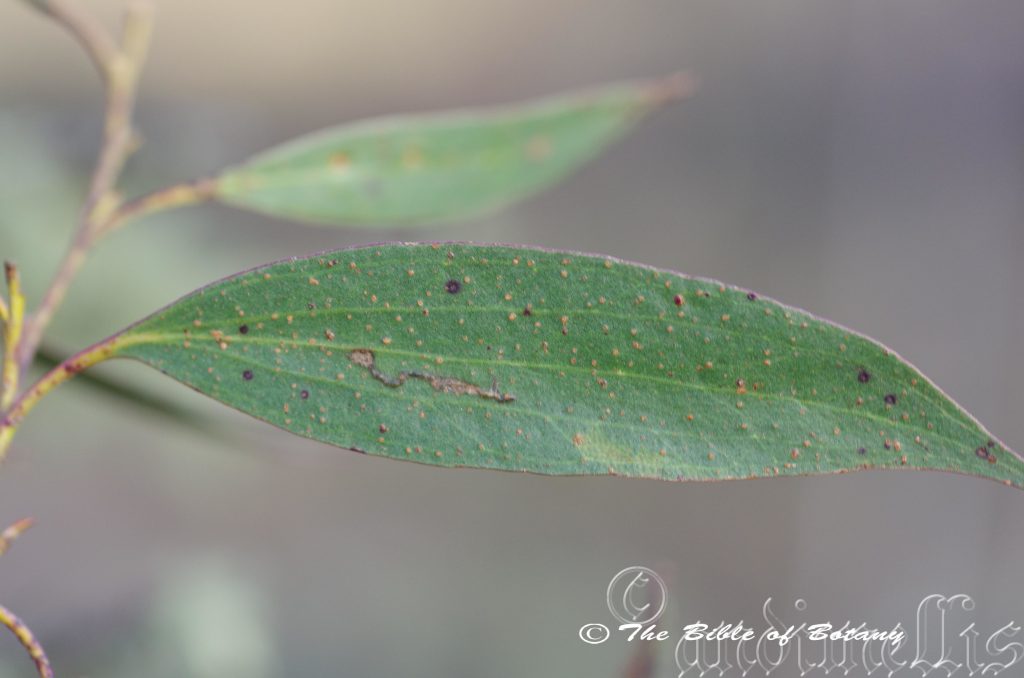
Ebor NSW
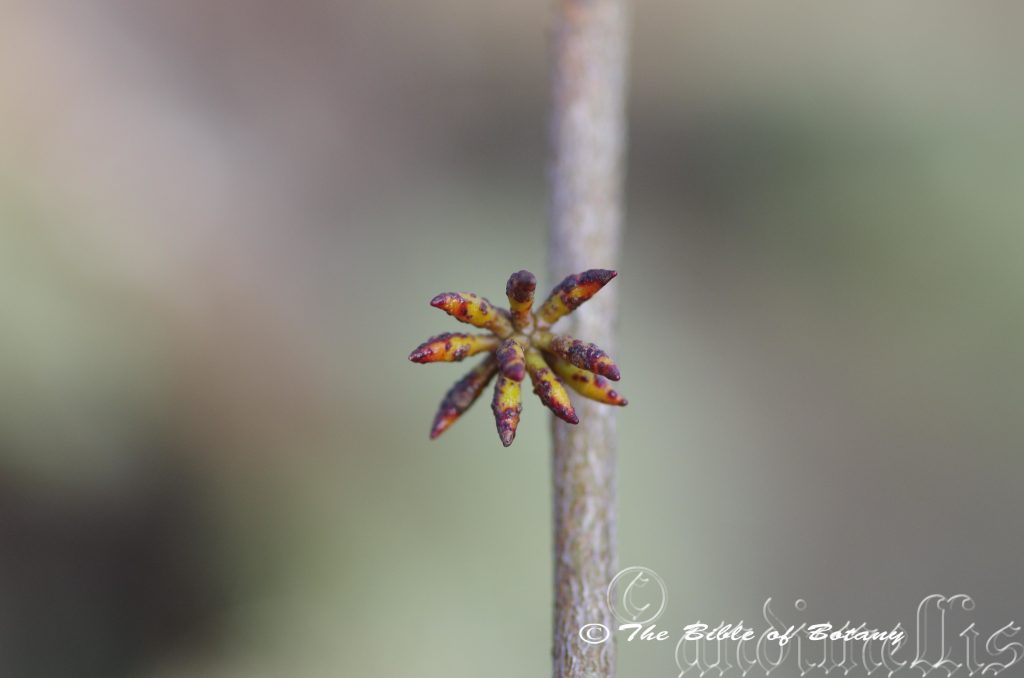
Ebor NSW
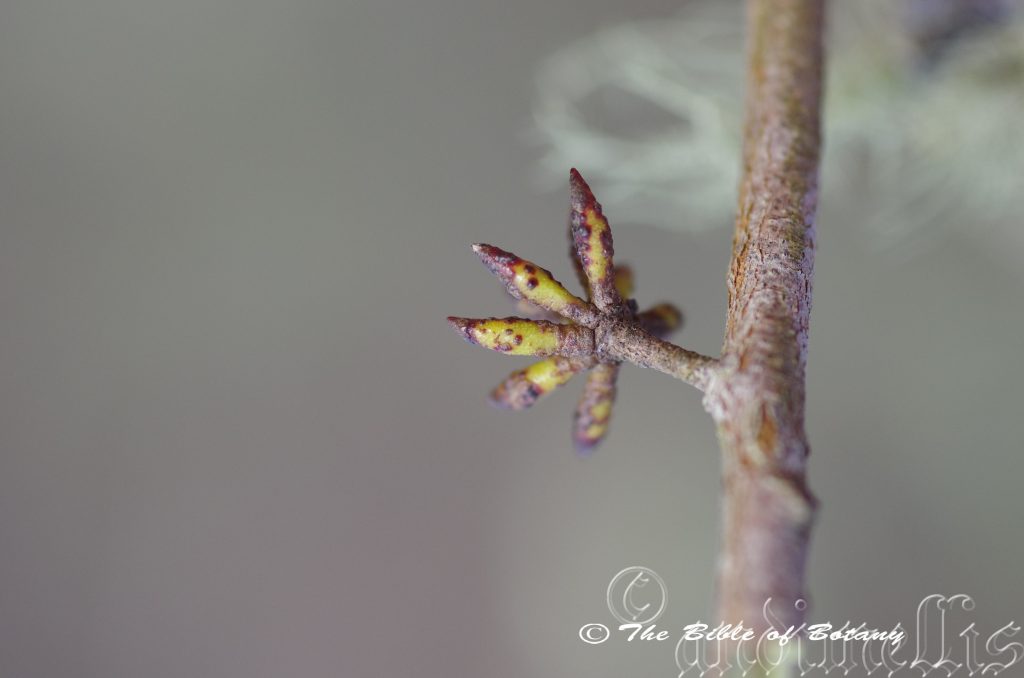
Ebor NSW
Eucalyptus stellulata
Classification:
Unranked: Eudicots
Clade: Rosids
Order: Myrtales
Family: Myrtaceae
Genus: From Eu, which is Greek a prefix for good or well and Kaluptos, which is Ancient Greek for to cover up. It refers to the stamens, which have a lid or cover over them in the bud stage prior to opening.
Specie: From Astar, which is Ancient Greek or Stellaris/Stellatus, which is Latin for a star or star shape. It refers to flower buds, which resemble yellow stars along the stems.
Sub specie:
Common Name: Black sally Gum.
Distribution:
Eucalyptus stellulata is found on the higher altitudes of the Great Dividing Range south from Tenterfield district in New South Wales to southern Victoria.
https://avh.ala.org.au/occurrences/search?taxa=Eucalyptus+stellulata#tab_mapView
Habitat Aspect Climate:
Eucalyptus stellulata prefers full sun to light shade. It grows in cold, dry, open Eucalyptus forests and grassy plains. The altitude ranges from 800 meters ASL to 1600 meters ASL.
The temperatures range from minus 5 degree in July to 37 degrees in January.
The rainfalls range from lows of 800mm to an average of 2000mm annually.
Soil Requirements:
Eucalyptus stellulata prefers fertile medium sandy loams, deep sandy loams to medium clays and podsolics soils along the coastal margins. The soils are usually derived from decomposed granites or at times meta-shales, brown basalts and black basalts or alluvium deposits on flood plains. The soils pH ranges from 4.5pH to 5.5pH. It tolerates periodic waterlogged soils and soils where high water tables exist for prolonged periods. Non saline soils to very saline soils are tolerated as are salt laden winds.
Height & Spread:
Wild Plants: 10m to 15m by 7m to 10m.
Characteristics:
Eucalyptus stellulata has a long thin bole with the branches appearing at around 60mm of the trees height on mature trees. The bark is somewhat fibrous near the base and green to grey, smooth and glabrous to the smaller branches. The decorticating bark is shed in short to medium ribbons from the trunk and larger branches.
Eucalyptus stellulata‘s opposite juvenile leaves are elliptic to orbicular. The concolourous leaves are dull grey-green. They measure 30mm to 60mm in length by 20mm to 40mm in width.
The alternate, disjunct adult leaves are narrow lanceolate to ovate, slightly falcate to falcate. The leaves measure 50mm to 90mm in length by 13mm to 27mm in width. The petioles are pale green and measure 3mm to 10mm in length. The bases are asymmetrical and taper to the petiole while the apexes are narrow acute. The concolourous leaves are mid green, to mid blue-green and dull. The laminas are flat while the margins are entire. The mid vein is prominent on the both laminas near the base and flat at the apex while the usually 5 lateral veins are sub parallel with the inner ones being more prominent than the outer ones.
The inflorescences of Eucalyptus stellulata are born as umbellasters containing 9, 11 or 13 usually 11 individual flowers born from the leaf axils. The peduncles and pedicels are yellow-green and terete. The peduncles measure 3mm to 6mm in length while the indistinguishable pedicels measure 0mm to 3mm in length.
The cupular hypanthia are yellow-green, with a few reddish-maroon raised spots and blotches. The fusiform buds measure 5mm to 6.5mm in length by 2mm to 3.5mm in diameter while the calyptras measure 5mm to 6.5mm in length by 2mm to 3.5mm in diameter. The bud scar is absent.
The white inflexed stamens measure 6mm to 10mm in length. The anthers are cream. The outer stamens are fertile. The white style measures 5mm to 6mm in length. The disc is pale green. The flowers appear from September to October.
The fruits of Eucalyptus stellulata are globose gum nuts. The gum nuts measure 3mm to 5mm in length by 3mm to 5mm in diameter at the widest point. The disc is flat or slightly depressed within the hypanthia while the 4 valves are enclosed.
Wildlife:
The flowers of Eucalyptus stellulata are probably excellent nectar producers as it is always covered in honeyeaters and lorikeets when in flower. The Ring Tail Possum (Pseudocheirus peregrinus) and have been seen on the trees in the New England area. A myriad of insect eating birds appear every year to feast on the insects which gather to feast on the pollen and nectar. These include pollen flies, native bees, and butterflies.
Cultivation:
Eucalyptus stellulata is a small size tree which is very suitable for gardeners looking for a small Eucalyptus species for the garden or to create a small parkland scene with willowy foliage. It is ideal on cold winter sandy soils and sandy alluvial flats that are have good to poor drainage problems. It is fast growing so give good effects at an early age. In the garden good specimens grow from 8 meters to 15 meters in height by 8 meters to 10 meters in diameter when grown in the open.
Eucalyptus stellulata should be used more in small gardens as most gardeners tend to shy away from tall Eucalyptus trees. The foliage has a slight weeping look, similar to a weeping willow except for the height and broader leaves. The green trunk is a great feature of the tree which contrast with the trunks from other Eucalyptus specie and Corymbia specie when mixed planted to high light the trunks. Place them near the center of such forests as it is a lot taller and faster growing than most Eucalyptus specie and Corymbia specie in the forest. It is too often planted singularly with gardeners not prepared to experiment and mix them together with trees of different barks.
The trees look great along long driveways where they give the driveway a realistic look. Another advantage is they can be used for windbreaks along fence lines in non-productive wet areas to help drain the soils.
Like most large Eucalyptus specie leaf drop, dropping of small branches means continual lawn maintenance but then in a rainforest garden supply good quantities of leaf litter. Trees grown in the open are subject to branches breaking in strong winds and even the trees being completely uprooted. This is particularly apparent where trees are being over fertilized with high nitrogenous fertilizers which cause the trees to be top heavy when young. Older trees are far more stable even in wet sandy or light clay ground.
Propagation:
Seeds: Sow Eucalyptus stellulata seeds into a seed raising mix. Cover the seeds with 2mm to 3mm of fine sand and place the trays in a warm sunny position. Keep moist but not wet. When the seedlings are 25mm to 50mm tall, prick them out and plant them into 50mm native tubes using a good organic mix.
Once the seedlings reach 200mm to 250mm in height plant them out into their permanent position. Mass plantings for windbreaks are best achieved by planting them at 10 meters to 20 meters apart or by planting them at 8 meter centers when a feature is required in groups of 3 to 5.
Fertilize using Seaweed, fish emulsion or organic chicken pellets soaked in water and apply the liquid on an alternate basis. Fertilize every two month until the trees are well established then every spring to ensure good growth and flowering.
Further Comments from Readers:
Hi reader, it seems you use The Bible of Botany a lot. That’s great as we have great pleasure in bringing it to you! It’s a little awkward for us to ask, but our first aim is to purchase land approximately 1,600 hectares to link several parcels of N.P. into one at The Pinnacles NSW Australia, but we need your help. We’re not salespeople. We’re amateur botanists who have dedicated over 30 years to saving the environment in a practical way. We depend on donations to reach our goal. If you donate just $5, the price of your coffee this Sunday, We can help to keep the planet alive in a real way and continue to bring you regular updates and features on Australian plants all in one Botanical Bible. Any support is greatly appreciated. Thank you.
In the spirit of reconciliation we acknowledge the Bundjalung, Gumbaynggirr and Yaegl and all aboriginal nations throughout Australia and their connections to land, sea and community. We pay our respect to their Elders past, present and future for the pleasures we have gained.
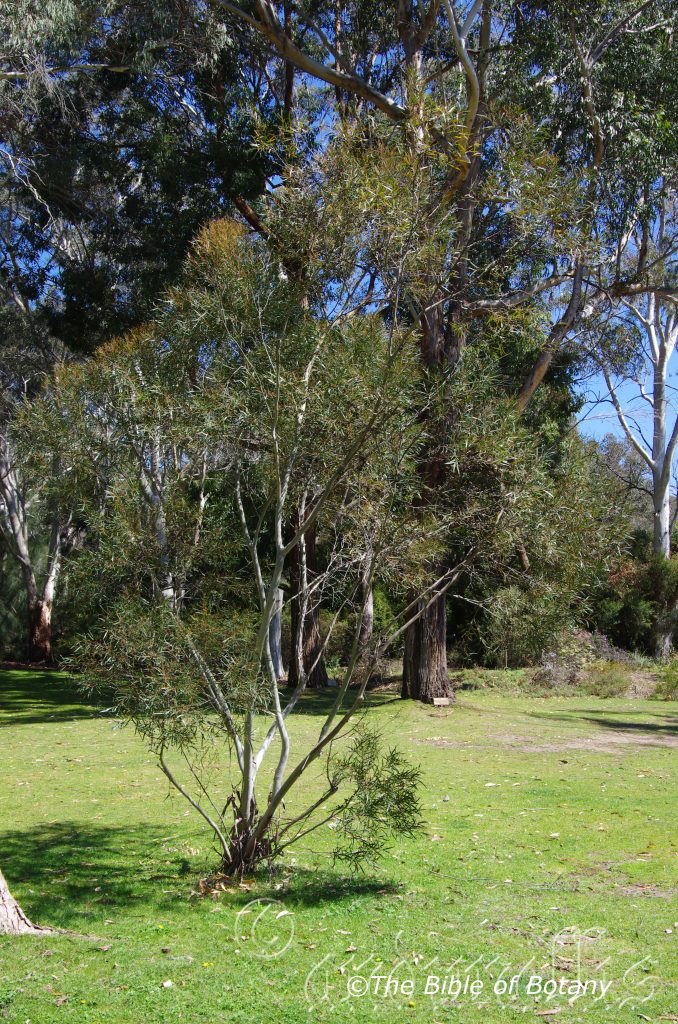
National Botanic Gardens ACT
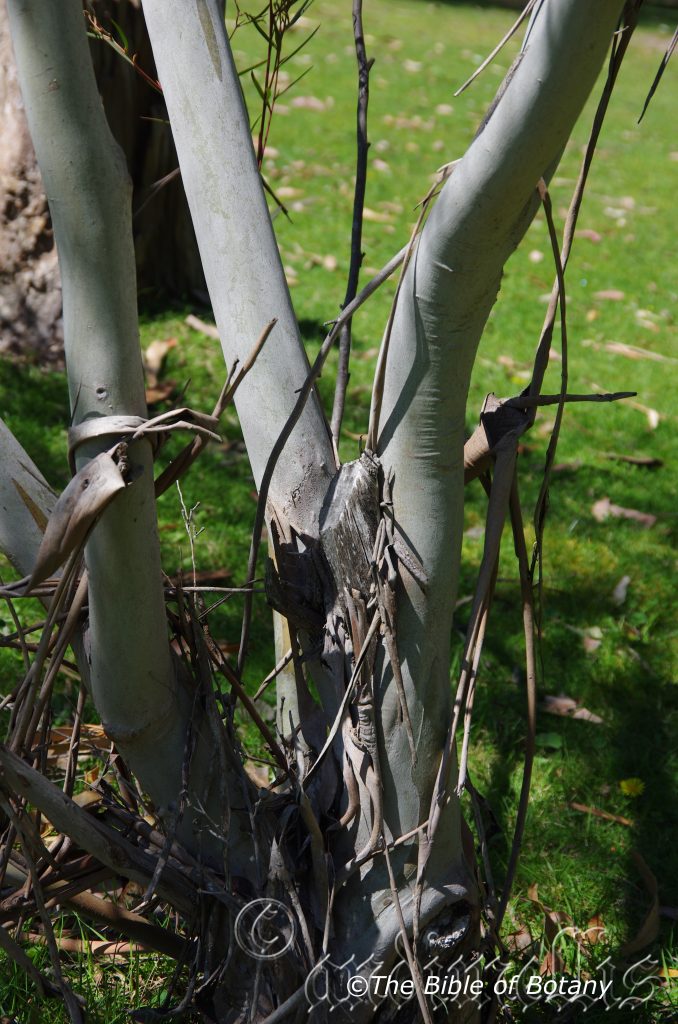
National Botanic Gardens ACT
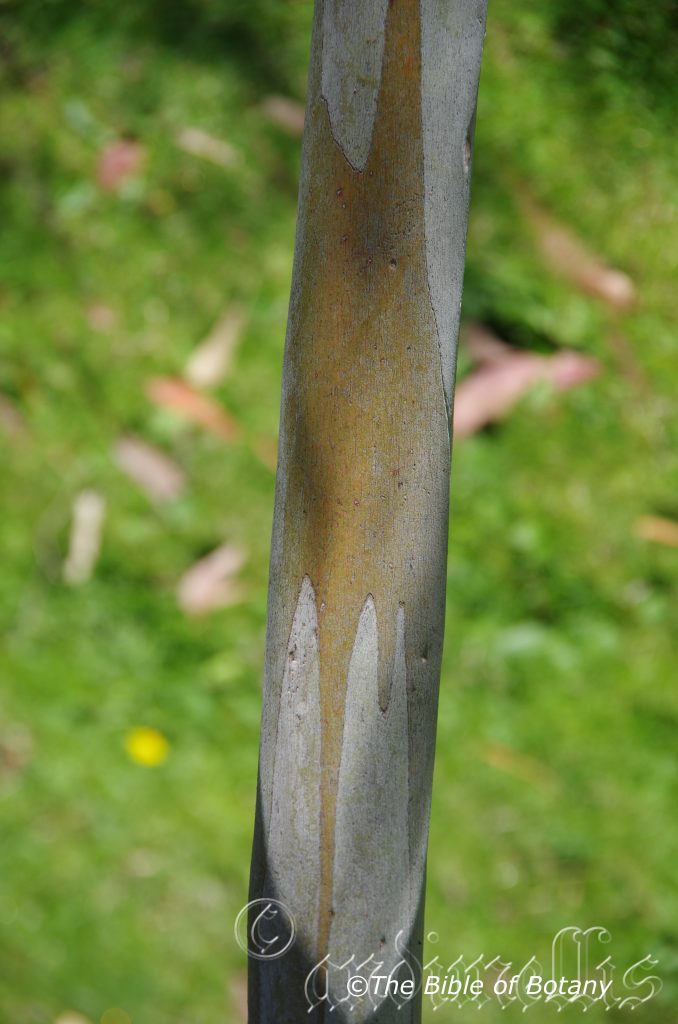
National Botanic Gardens ACT
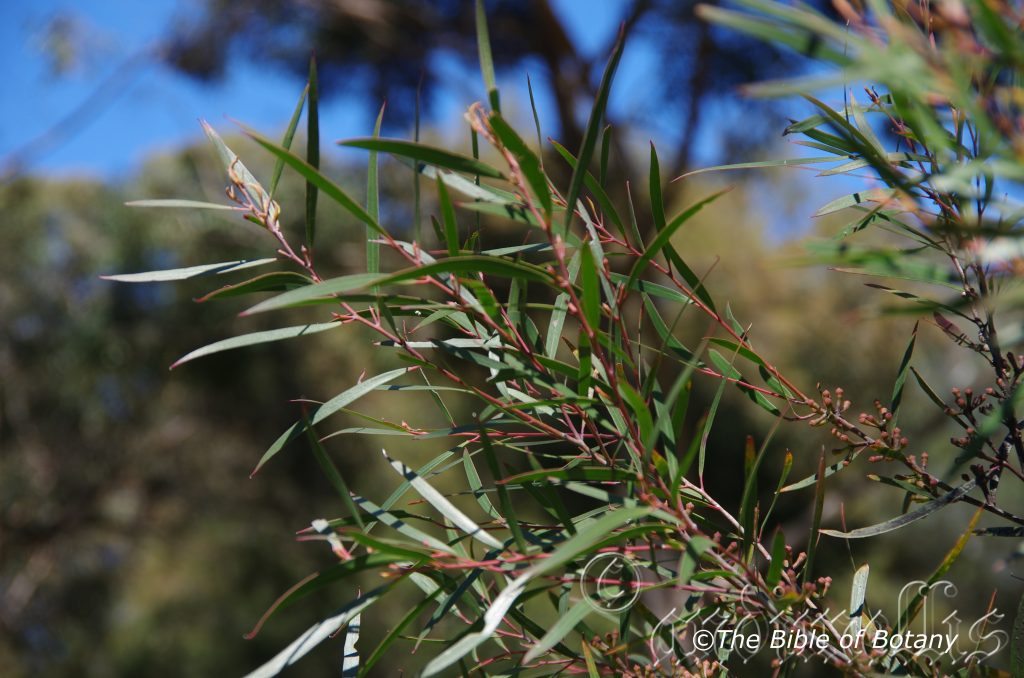
National Botanic Gardens ACT
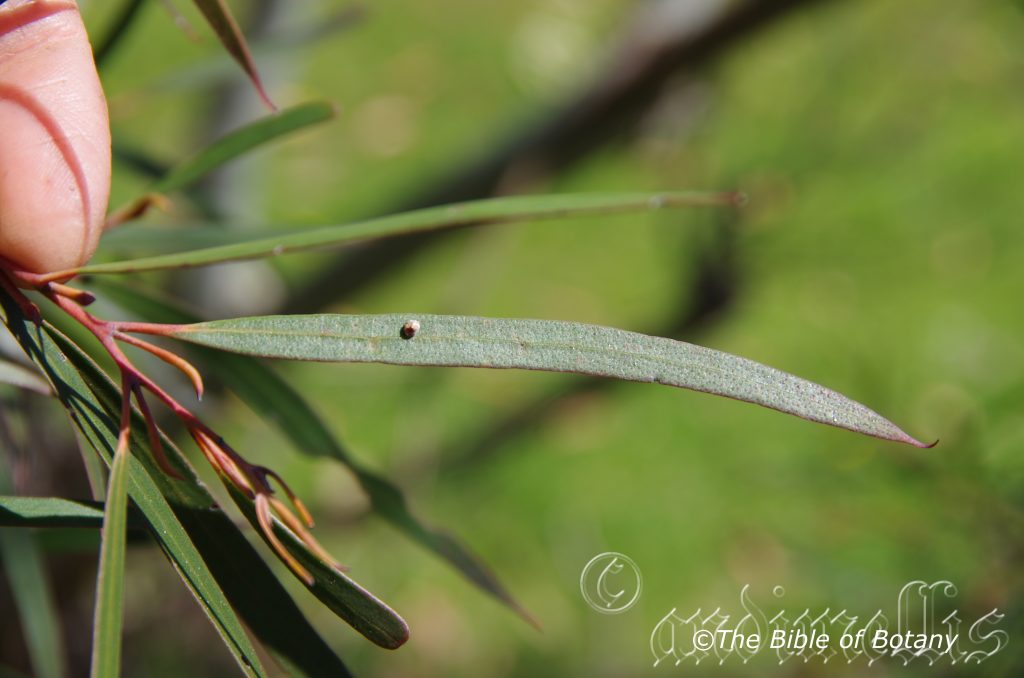
National Botanic Gardens ACT
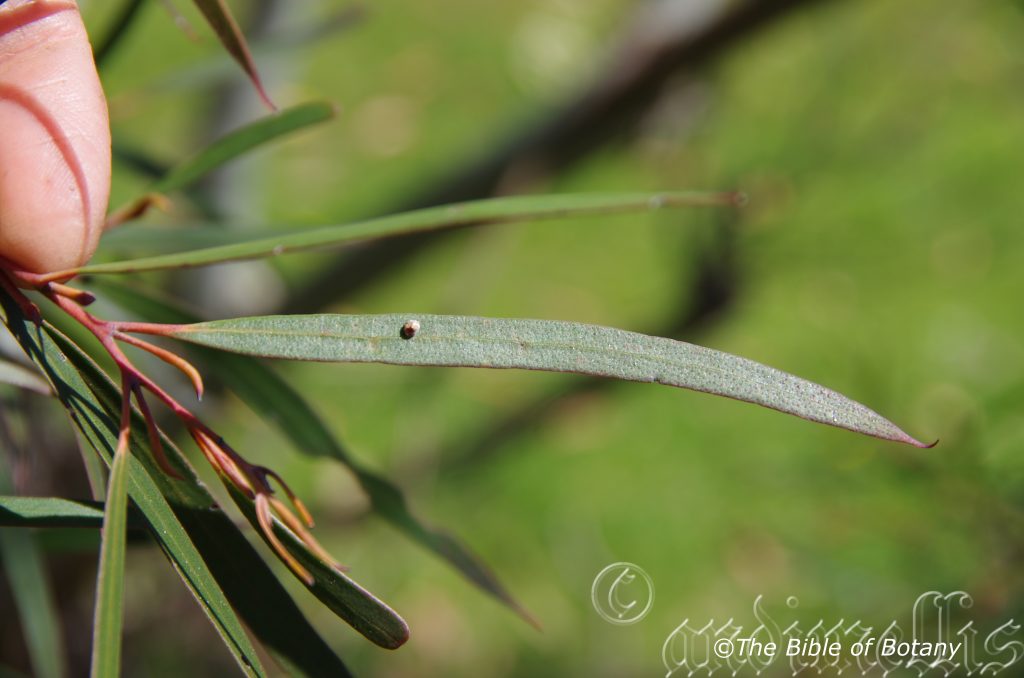
National Botanic Gardens ACT
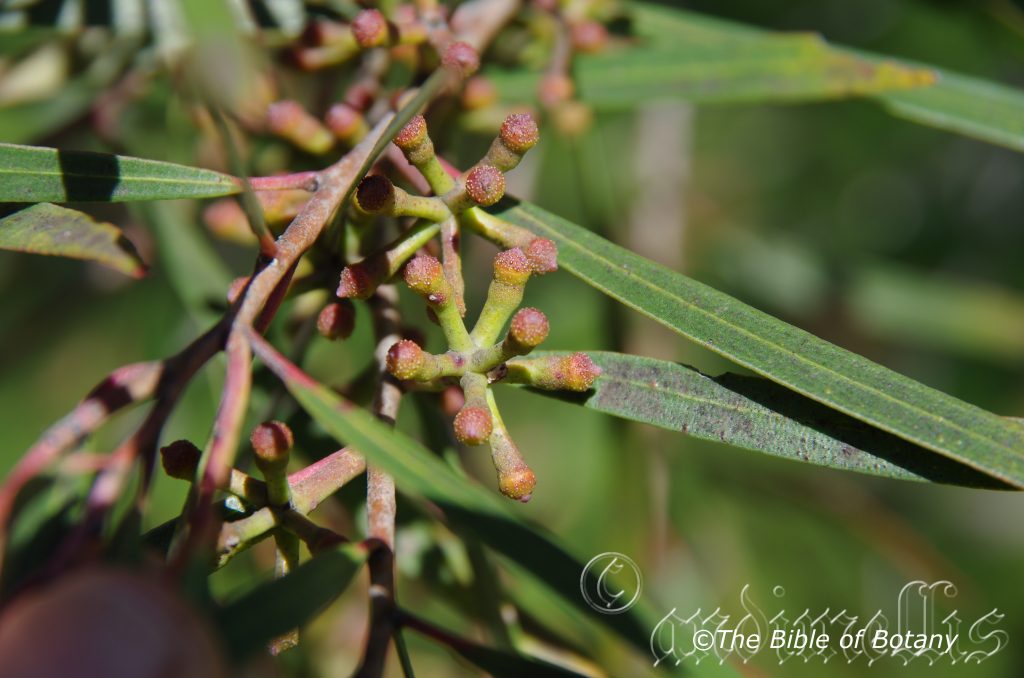
National Botanic Gardens ACT
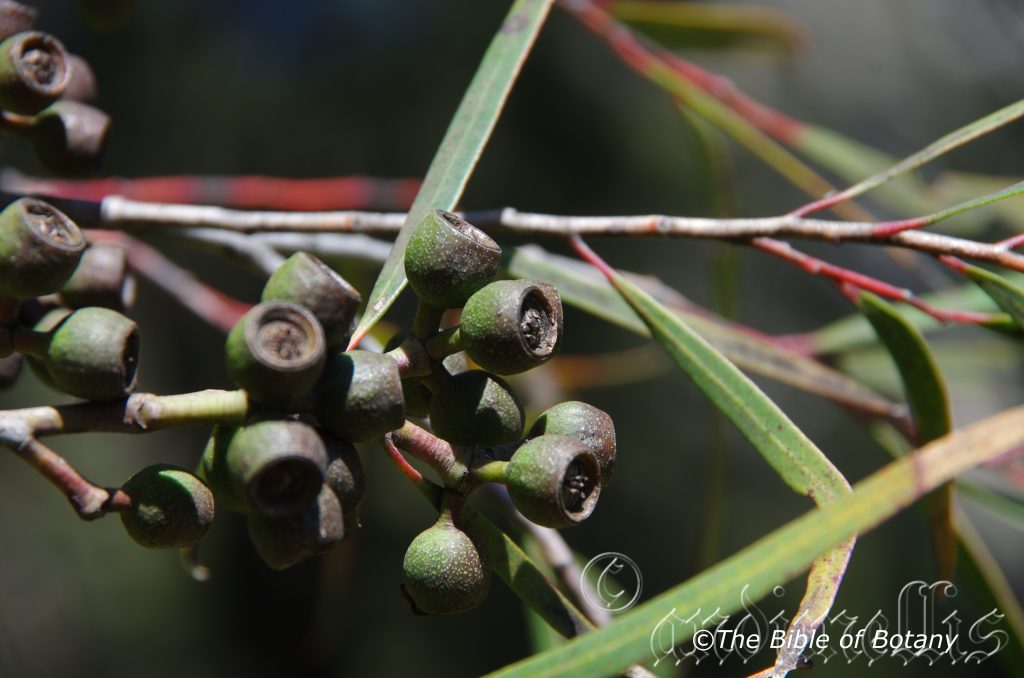
National Botanic Gardens ACT
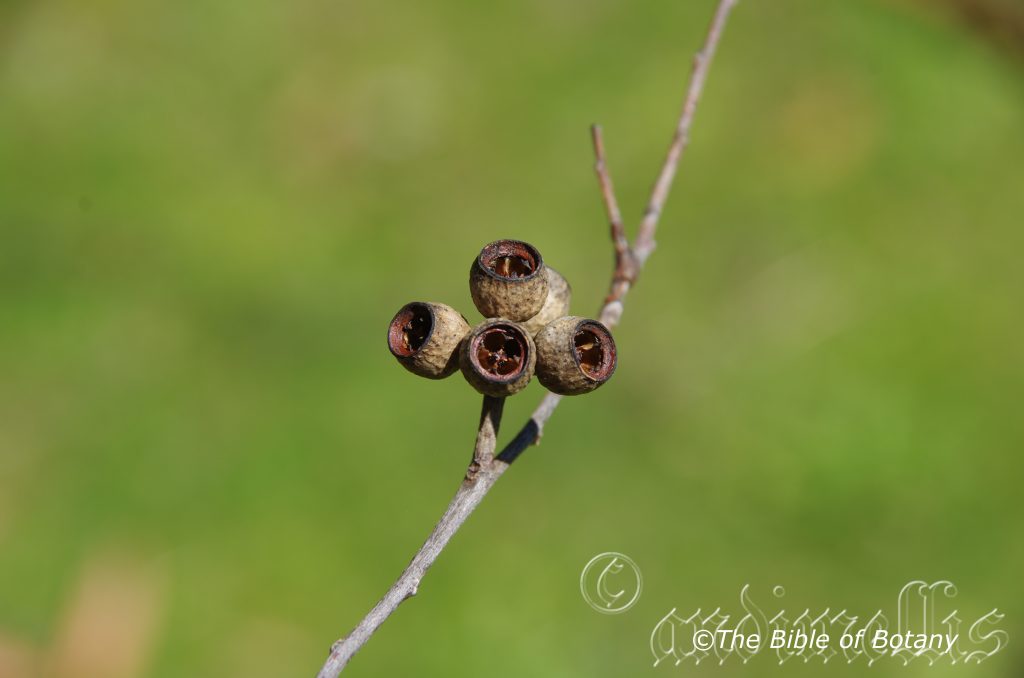
National Botanic Gardens ACT
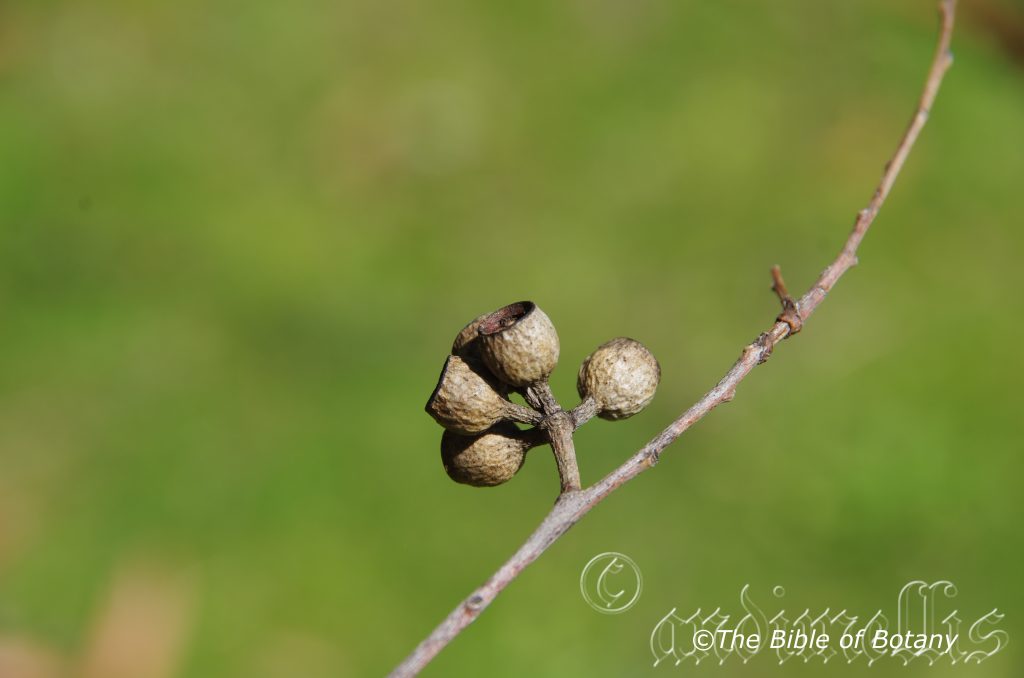
National Botanic Gardens ACT
Eucalyptus stenostoma
Classification:
Unranked: Eudicots
Clade: Rosids
Order: Myrtales
Family: Myrtaceae
Genus: From Eu, which is Greek a prefix for good or well and Kaluptos, which is Ancient Greek for to cover up. It refers to the stamens, which have a lid or cover over them in the bud stage prior to opening.
Specie: From sten’s which is Ancient Greek for narrow and Stoma, which is Ancient Greek for an opening or a mouth. It refers to one of the tiny pores in the epidermis of a leaf or juvenile stem through which gases and water vapor pass being narrower than other species in the genus.
Sub specie:
Common Name: Jillaga Ash. (Is the local aboriginal vernacular for the tree)
Distribution:
Eucalyptus stenostoma is found on the higher altitudes of the Great Dividing Range in the Tuross River and the Deua River catchmments in far south east New South Wales.
https://avh.ala.org.au/occurrences/search?taxa=Eucalyptus+stenostoma#tab_mapView
Habitat Aspect Climate:
Eucalyptus stenostoma prefers full sun to light shade. It grows in cold, dry, open Eucalyptus forests and grassy plains. The altitude ranges from 1200 meters ASL to 1600 meters ASL.
The temperatures range from minus 5 degree in July to 35 degrees in January.
The rainfalls range from lows of 800mm to an average of 1300mm annually.
Soil Requirements:
Eucalyptus stenostoma prefers shallow infertile soils on steeper slopes. The soils are usually derived from decomposed granites. The soils pH ranges from 4.5pH to 5.5pH. It does not tolerates periodic waterlogged soils or soils where high water tables exist for prolonged periods. Non saline soils to slightly saline soils are tolerated as are salt laden winds.
Height & Spread:
Wild Plants: 10m to 25m by 7m to 10m.
Characteristics:
Eucalyptus stenostoma has a long thin bole with the branches appearing at around 60mm of the trees height on mature trees. The grey-black, shortly fibrous, compact bark is persistent on the lower 2 or 3 meters of the trunk and smooth white or pale yellowish, with scribbles above decorticating in long ribbons.
Eucalyptus stellulata‘s opposite juvenile concolourous leaves are disjunct, broad-lanceolate to ovate, dull grey-green to glaucous and measure 100mm to 180mm in length by 30mm to 60mm in width.
The mature disjunct, concolorous deep green, lanceolate to falcate leaves measure 130mm to 190mm in length by 15mm to 30mm in width.
There are 11 to 19 individual flowers on an umbel. The narrowly flattened or angular peduncles measure 16mm to 28mm in length, while the terete pedicels measure 6mm to 10mm in length. The clavate or pyriform, glaucous buds measure 4mm to 6mm in length by 2mm to 3mm in diameter. The bud scar is absent. The conical to obtuse operculum is discarded prior to the inflexed stamens becoming erect. The outer stamens are infertile. The stamens measure 3mm to 4mm in length. The reniform to cordate, versatile, dorsifixed anthers dehisce along confluent slits. The short style’s stigma is blunt or tapered. The white flowers appear in September and or December.
The globose capsules measure 8mm to 10mm in length by 8mm to 10mm diameter. The white disc is depressed, while the 3 or 4 valves are enclosed.
The black, pyramidal or obliquely pyramidal seeds dorsal surface is usually glabrous and measure 1.5mm to 3mm in length. The hilum on the seeds is terminal.
The alternate, disjunct adult leaves are narrow lanceolate to ovate, slightly falcate to falcate. The leaves measure 50mm to 90mm in length by 13mm to 27mm in width. The petioles are pale green and measure 3mm to 10mm in length. The bases are asymmetrical and taper to the petiole while the apexes are narrow acute. The concolourous leaves are mid green, to mid blue-green and dull. The laminas are flat while the margins are entire. The mid vein is prominent on the both laminas near the base and flat at the apex while the usually 5 lateral veins are sub parallel with the inner ones being more prominent than the outer ones.
The inflorescences of Eucalyptus stenostoma are born as umbellasters containing 9, 11 or 13 usually 11 individual flowers born from the leaf axils. The peduncles and pedicels are yellow-green and terete. The peduncles measure 3mm to 6mm in length while the indistinguishable pedicels measure 0mm to 3mm in length.
The cupular hypanthia are yellow-green, with a few reddish-maroon raised spots and blotches. The fusiform buds measure 5mm to 6.5mm in length by 2mm to 3.5mm in diameter while the calyptras measure 5mm to 6.5mm in length by 2mm to 3.5mm in diameter. The bud scar is absent.
The white inflexed stamens measure 6mm to 10mm in length. The anthers are cream. The outer stamens are fertile. The white style measures 5mm to 6mm in length. The disc is pale green. The flowers appear from September to October.
The fruits of Eucalyptus stellulata are globose gum nuts. The gum nuts measure 3mm to 5mm in length by 3mm to 5mm in diameter at the widest point. The disc is flat or slightly depressed within the hypanthia while the 4 valves are enclosed.
Wildlife:
The flowers of Eucalyptus stenostoma are probably excellent nectar producers as it is always covered in honeyeaters and lorikeets when in flower. The Ring Tail Possum, Pseudocheirus peregrinus and have been seen on the trees in the New England area. A myriad of insect eating birds appear every year to feast on the insects which gather to feast on the pollen and nectar. These include pollen flies, native bees, and butterflies.
Cultivation:
Eucalyptus stenostoma is a medium size tree which is very suitable for gardeners looking for a medium Eucalyptus species for the garden or to create a small parkland scene with willowy foliage. It is ideal on cold winter sandy soils and sandy alluvial flats that are have good to poor drainage problems. In the garden good specimens grow from 8 meters to 15 meters in height by 8 meters to 10 meters in diameter when grown in the open.
As most gardeners shy away from tall trees, Eucalyptus stenostoma should be consider more for medium size gardens. The foliage has a slight weeping habit, similar to a weeping willow except for the height and broader leaves. The snow white trunk is a great feature of the tree which contrast with the trunks from other Eucalyptus specie and Corymbia specie when mixed planted to high light the trunks. Place it near the center of such forests as it is a little taller but maybe slower growing than most Eucalyptus specie and Corymbia specie selected for a small forest garden.
The trees would look great along long driveways where it would give the driveway a realistically longer look. Another advantage is it can be used for windbreaks along fence lines in non-productive moist areas to help drain the soils.
Like most large Eucalyptus specie leaf drop, dropping of small branches means continual lawn maintenance but then in a rainforest garden supply good quantities of leaf litter. Trees grown in the open are subject to branches breaking in strong winds and even the trees being completely uprooted. This is particularly apparent where trees are being over fertilized with high nitrogenous fertilizers which cause the trees to be top heavy when young. Older trees are far more stable even in wet sandy or light clay ground.
Propagation:
Seeds: Sow Eucalyptus stenostoma seeds into a seed raising mix. Cover the seeds with 2mm to 3mm of fine sand and place the trays in a warm sunny position. Keep moist but not wet. When the seedlings are 25mm to 50mm tall, prick them out and plant them into 50mm native tubes using a good organic mix.
Once the seedlings reach 200mm to 250mm in height plant them out into their permanent position. Mass plantings for windbreaks are best achieved by planting them at 10 meters to 20 meters apart or by planting them at 8 meter centers when a feature is required in groups of 3 to 5.
Fertilize using Seaweed, fish emulsion or organic chicken pellets soaked in water and apply the liquid on an alternate basis. Fertilize every two month until the trees are well established then every spring to ensure good growth and flowering.
Further Comments from Readers:
Hi reader, it seems you use The Bible of Botany a lot. That’s great as we have great pleasure in bringing it to you! It’s a little awkward for us to ask, but our first aim is to purchase land approximately 1,600 hectares to link several parcels of N.P. into one at The Pinnacles NSW Australia, but we need your help. We’re not salespeople. We’re amateur botanists who have dedicated over 30 years to saving the environment in a practical way. We depend on donations to reach our goal. If you donate just $5, the price of your coffee this Sunday, We can help to keep the planet alive in a real way and continue to bring you regular updates and features on Australian plants all in one Botanical Bible. Any support is greatly appreciated. Thank you.
In the spirit of reconciliation we acknowledge the Bundjalung, Gumbaynggirr and Yaegl and all aboriginal nations throughout Australia and their connections to land, sea and community. We pay our respect to their Elders past, present and future for the pleasures we have gained.
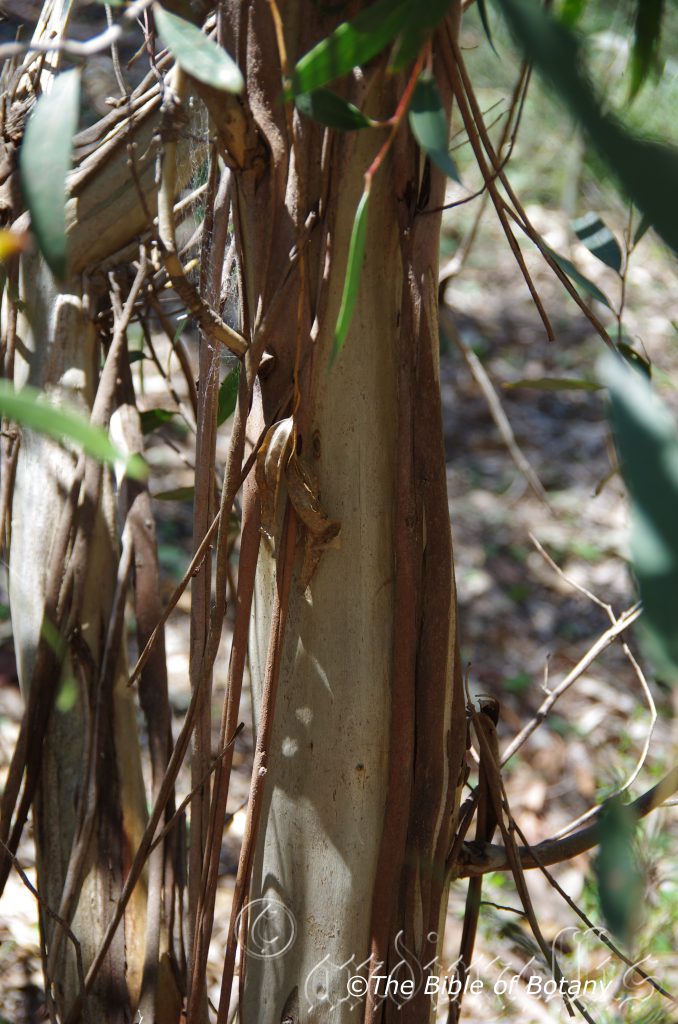
National Botanic Gardens ACT
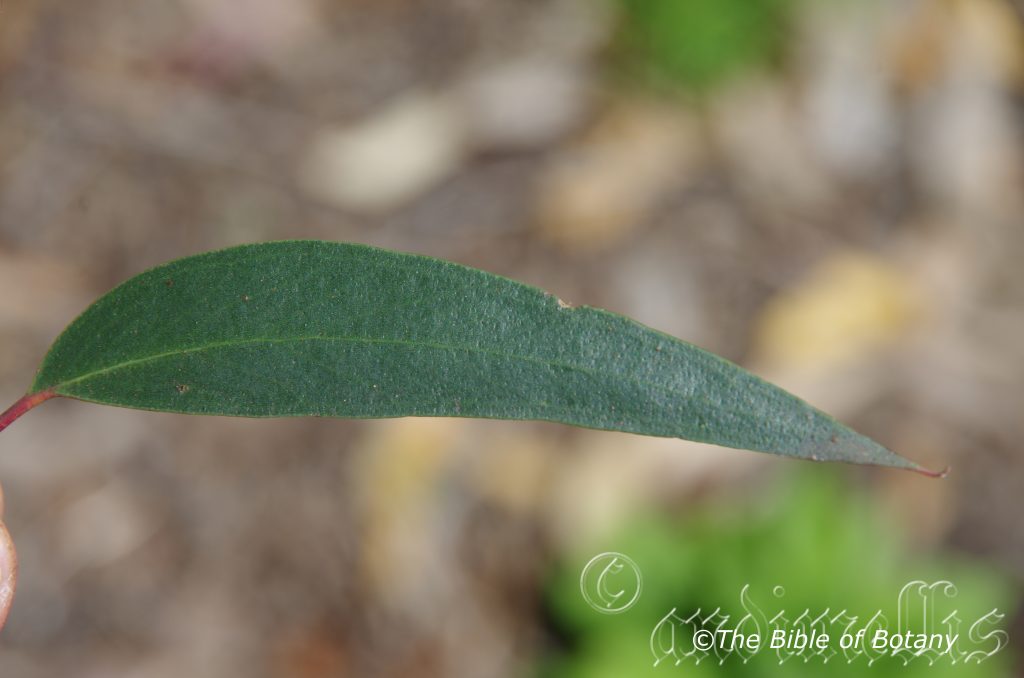
National Botanic Gardens ACT
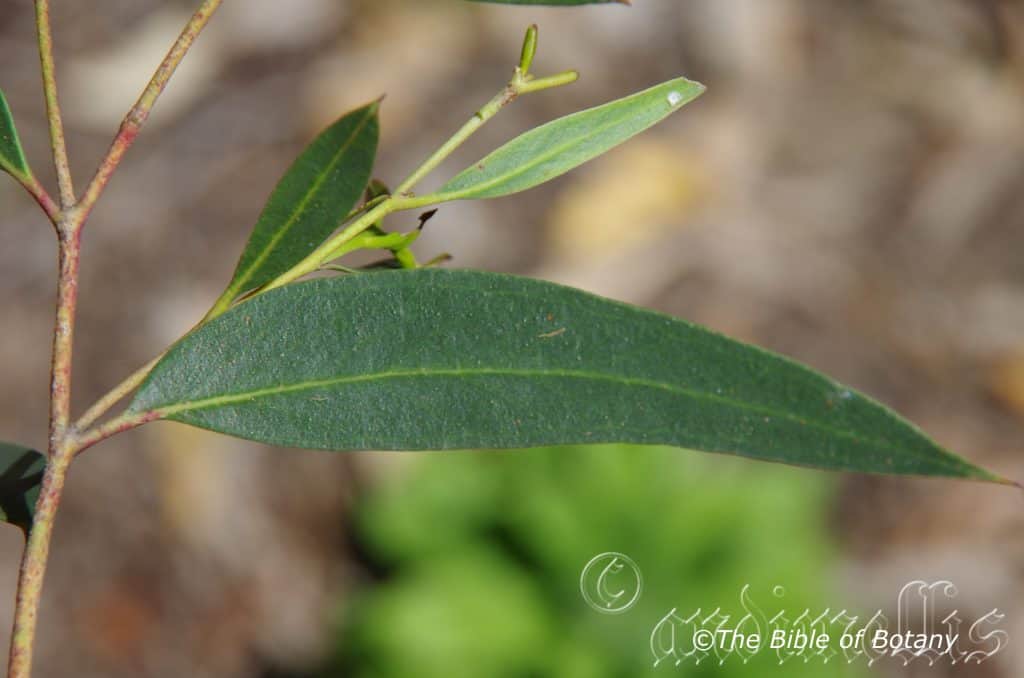
National Botanic Gardens ACT
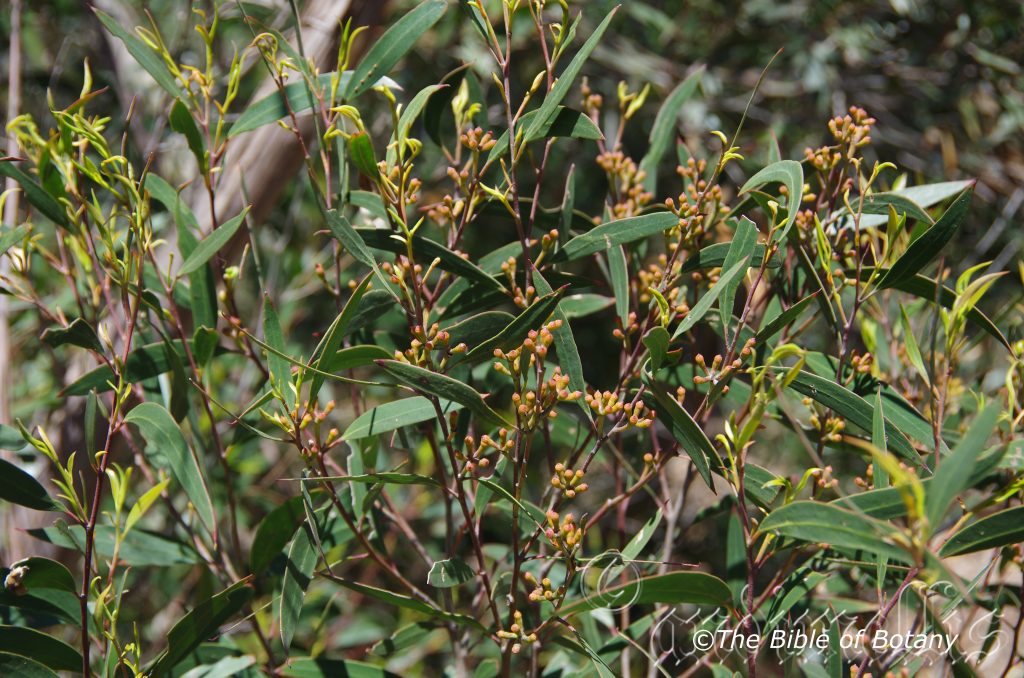
National Botanic Gardens ACT
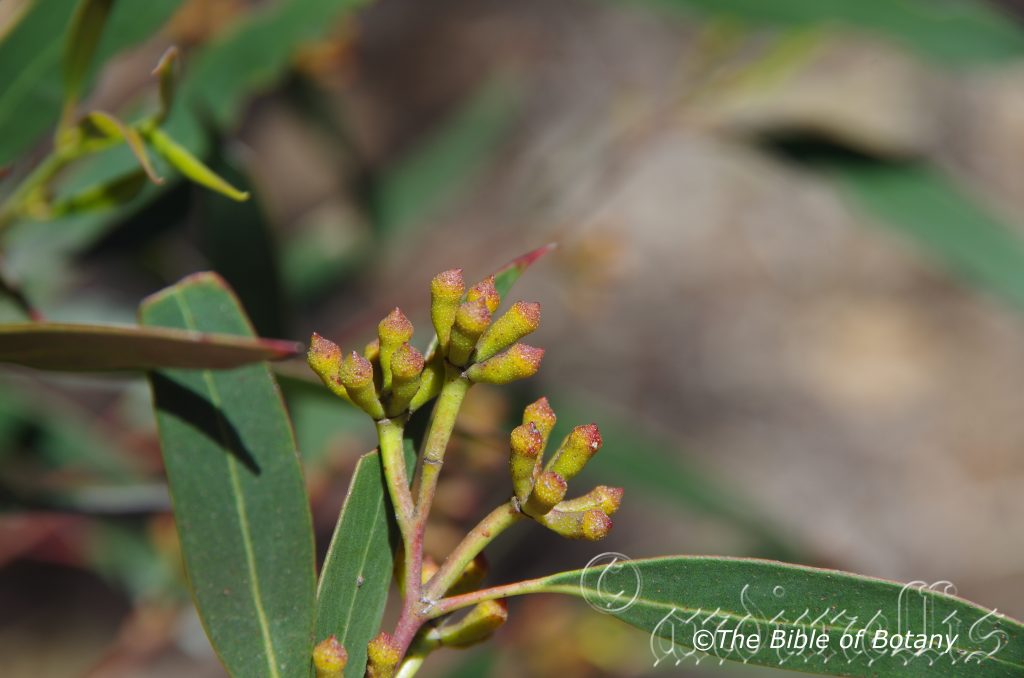
National Botanic Gardens ACT
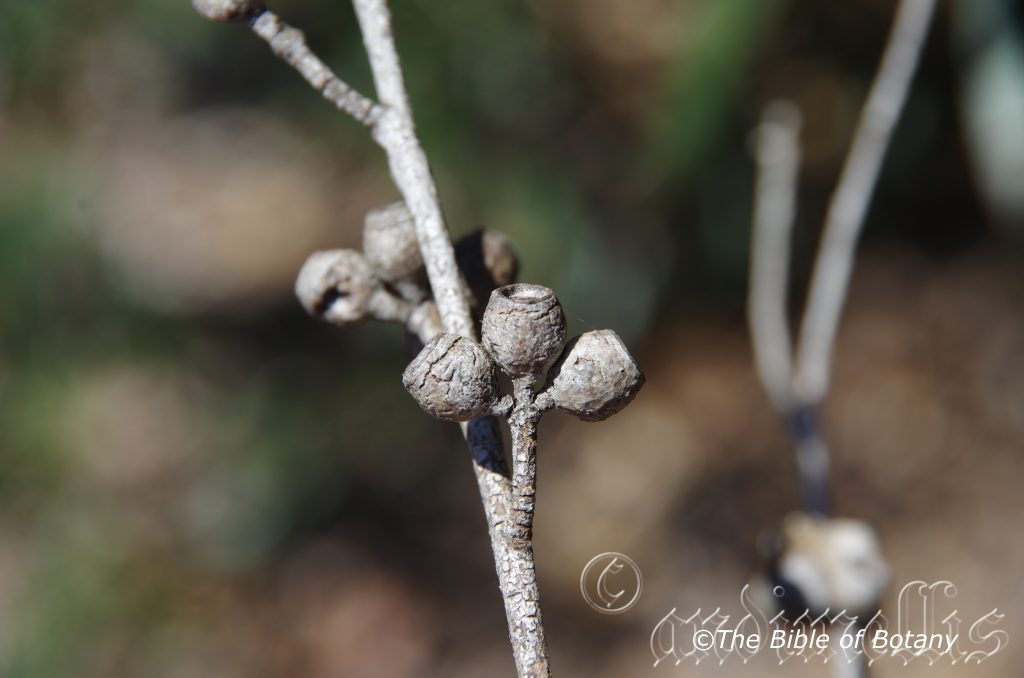
National Botanic Gardens ACT
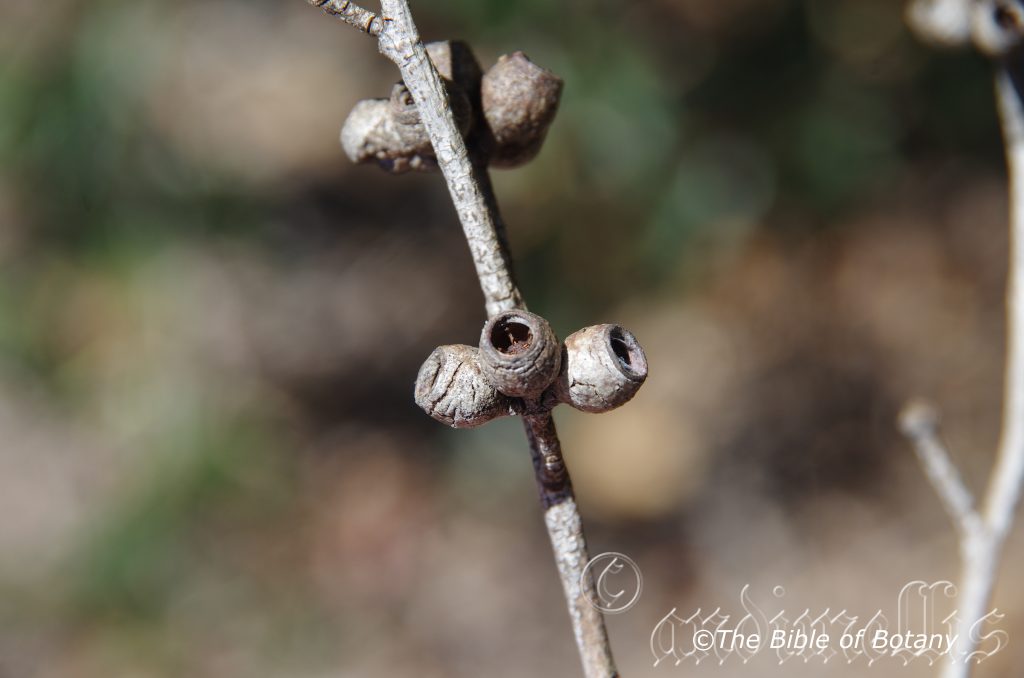
National Botanic Gardens ACT
Eucalyptus stricta
Classification:
Unranked: Eudicots
Clade: Rosids
Order: Myrtales
Family: Myrtaceae
Genus: From Eu, which is Greek a prefix for good or well and Kaluptos, which is Ancient Greek for to cover up. It refers to the stamens, which have a lid or cover over them in the bud stage prior to opening.
Specie: From Stricta, which is Latin for to tighten, compressed or having been tightened. It probably refers to the number of stems growing close together.
Sub specie: Blue Mountains Mallee Ash.
Distribution:
Eucalyptus stricta is restricted to an area from Newnes Plateau to the Budawang Range in central eastern New South Wales.
https://avh.ala.org.au/occurrences/search?taxa=Eucalyptus+stricta#tab_mapView
Habitat Aspect Climate:
Eucalyptus stricta prefers full sun to part shade or dappled sunlight. It grows as a mallee along ridges, peaks and cliff tops. The altitude ranges from 10 meters ASL to 1050 meters ASL.
The temperatures range from minus 4 degree in August to 40 degrees in January.
The rainfall ranges from lows of 700mm to an average of 970mm however orographic precipitation would decrease the evaporation rate from plants and maintain ground moisture.
Soil Requirements:
Eucalyptus stricta prefers poorly drained shallow sandy soils. The soils are usually derived from decomposed sandstone. The soil’s pH ranges from 4.5pH to 6pH. It tolerates waterlogged soils and seasonal wet periods. Non saline soils to slightly saline soils are tolerated.
Height & Spread:
Wild Plants: 5m to 7m by 3m to 5m.
Characteristics:
Eucalyptus stricta is a mallee with a whitish or fawn bark decorticating to reveal a pale or pastel green bark. The bark is shed in ribbons often adhering to the upper stems.
The disjunct, lanceolate, concolourous leaves are glossy deep green.
The disjunct, narrow lanceolate to slightly falcate leaves measure 60mm to 100mm in length by 6mm to 10mm in width. The concolourous leaves are deep glossy green.
There are 7, 9 or 11 individual flowers in an umbel. The narrowly flattened or angular peduncle measures 7mm to 13mm in length, while the terete pedicels measure 1mm to 3mm in length. The clavate to pyriform buds are finely tuberculata and measure 7mm to 8mm in length by 4mm in diameter. The bud scar is absent. The stamens are irregularly flexed, while the reniform to cordate, versatile, dorsifixed anthers dehisce along confluent slits. The long style tapers to the stigma. The flowers appear from November to December.
The globose capsules measure 8mm to 11mm length by 8mm to 11mm in diameter. The disc is depressed, while the 3 or 4 valves are enclosed.
The brown, pyramidal or obliquely pyramidal seeds have a glabrous dorsal surface and measures 1.5mm to 2mm in length. The hilum is terminal.
Confusing genre:
Eucalyptus spectatrix has mature leaves, which are slightly longer and narrower. Eucalyptus spectatrix is now being considered as a synonymy of E. stricta in the future. I have dealt with the two as separate species.
Eucalyptus stricta has mature leaves, which are slightly shorter and broader.
Wildlife:
The wildlife of Eucalyptus stricta is unknown to the author.
Cultivation:
Eucalyptus stricta is only known from one cultivation at the National Botanic gardens in Canberra. It is a beautiful small mallee which would be ideally suitable for smaller gardens where a Eucalyptus is required. It seems to be fast growing even on poor, cold soils that it is normally associated with. It would make an attractive garden specimen once established due it its beautiful blue glaucous foliage and glabrous stems. It looks great and makes a good contrast plant from an early age with its bushy foliage almost to the ground.
It could be used as a fast growing hedge. Another method is to grow two or three as small trees in a cluster and interplant with several smaller mallees that have been cut to induce the growth of several trunks. In the garden good specimens may grow from 4 meters to 5 meters in height by 3 meters to 5 meters in diameter when grown in the open.
The beauty of Eucalyptus stricta is that it branches close to the ground and accepts soils that are cold for extended periods from autumn to mid spring. Once established it looks at home in such conditions. Like all Eucalyptus spp. though some leaf drop and dropping of small branchlets may mean continual lawn maintenance but then this species is far better in garden beds surrounded by native heath gardens than in lawns. The specimen in Canberra had shown little leaf drop at the time I viewed it.
Propagation:
Seeds: Sow the seeds of Eucalyptus stricta into a seed raising mix. Cover the seeds with 2mm to 3mm of fine sand and place the trays in a warm sunny position. Keep the seeds moist but not wet. When the seedlings are 25mm to 50mm tall, prick them out and plant them into 50mm native tubes using a good organic mix.
Once the seedlings reach 200mm to 250mm in height plant them out into their permanent position. Mass plantings are best done in groups of 3 to 5 as a feature by planting them at 4 meter to 5 meter centers as a tree or 5 meters to 6 meters as a mallee.
Fertilize using Seaweed, fish emulsion or organic chicken pellets soaked in water and apply the liquid on an alternate basis. Fertilize every two month until the trees are well established then every spring to ensure good growth and flowering.
Further Comments from Readers:
Hi reader, it seems you use The Bible of Botany a lot. That’s great as we have great pleasure in bringing it to you! It’s a little awkward for us to ask, but our first aim is to purchase land approximately 1,600 hectares to link several parcels of N.P. into one at The Pinnacles NSW Australia, but we need your help. We’re not salespeople. We’re amateur botanists who have dedicated over 30 years to saving the environment in a practical way. We depend on donations to reach our goal. If you donate just $5, the price of your coffee this Sunday, We can help to keep the planet alive in a real way and continue to bring you regular updates and features on Australian plants all in one Botanical Bible. Any support is greatly appreciated. Thank you.
In the spirit of reconciliation we acknowledge the Bundjalung, Gumbaynggirr and Yaegl and all aboriginal nations throughout Australia and their connections to land, sea and community. We pay our respect to their Elders past, present and future for the pleasures we have gained.
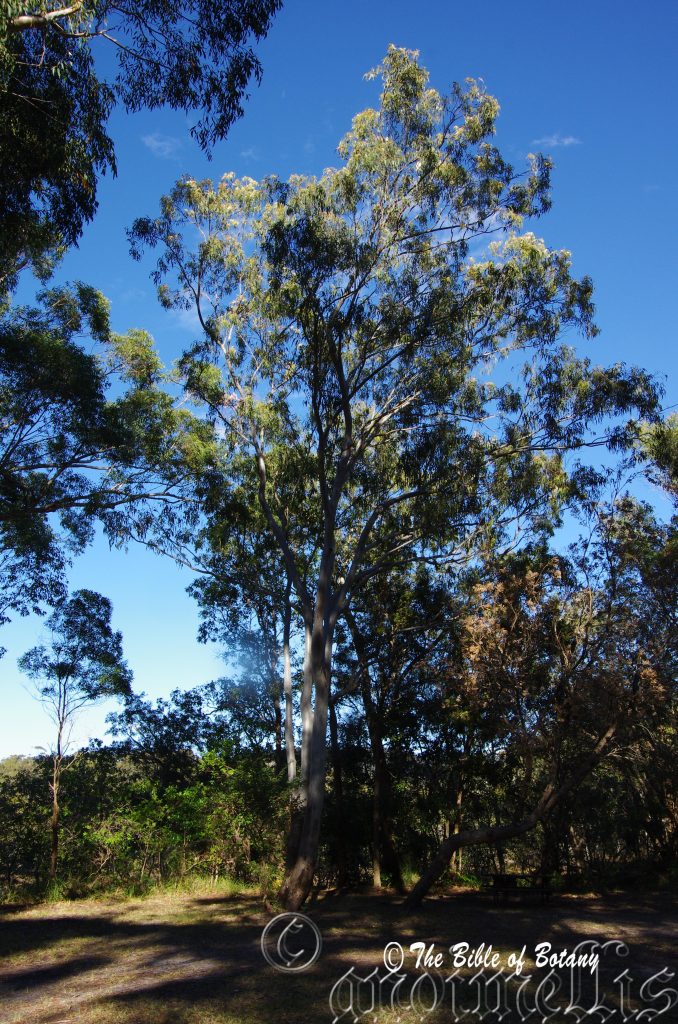
Stingray Creek Moonee Beach NSW
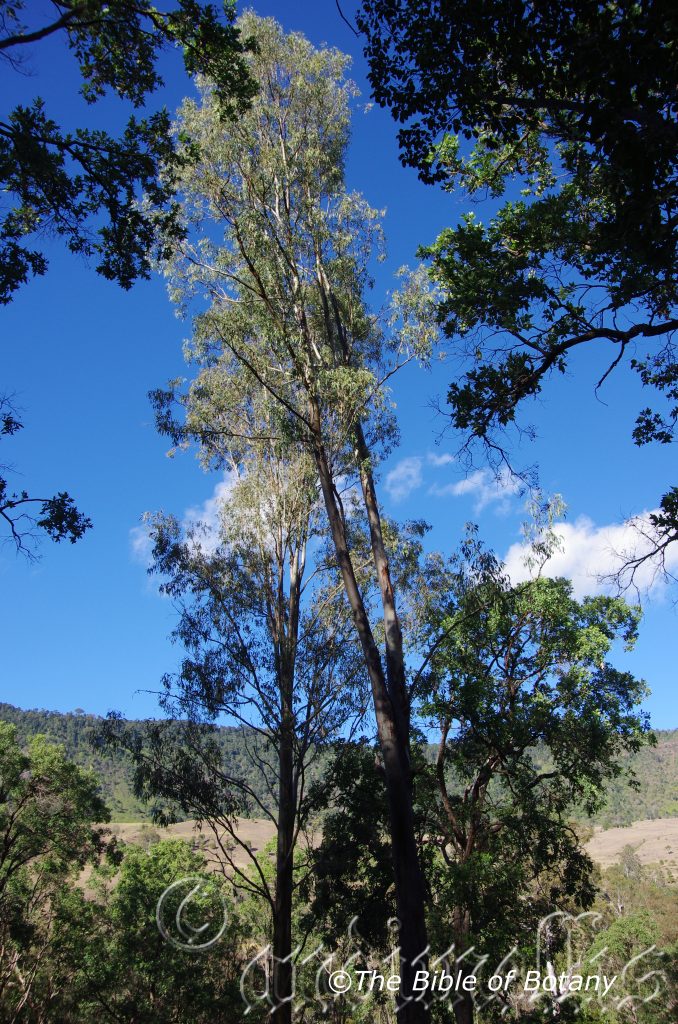
Mount Qinghee National Park Qld.
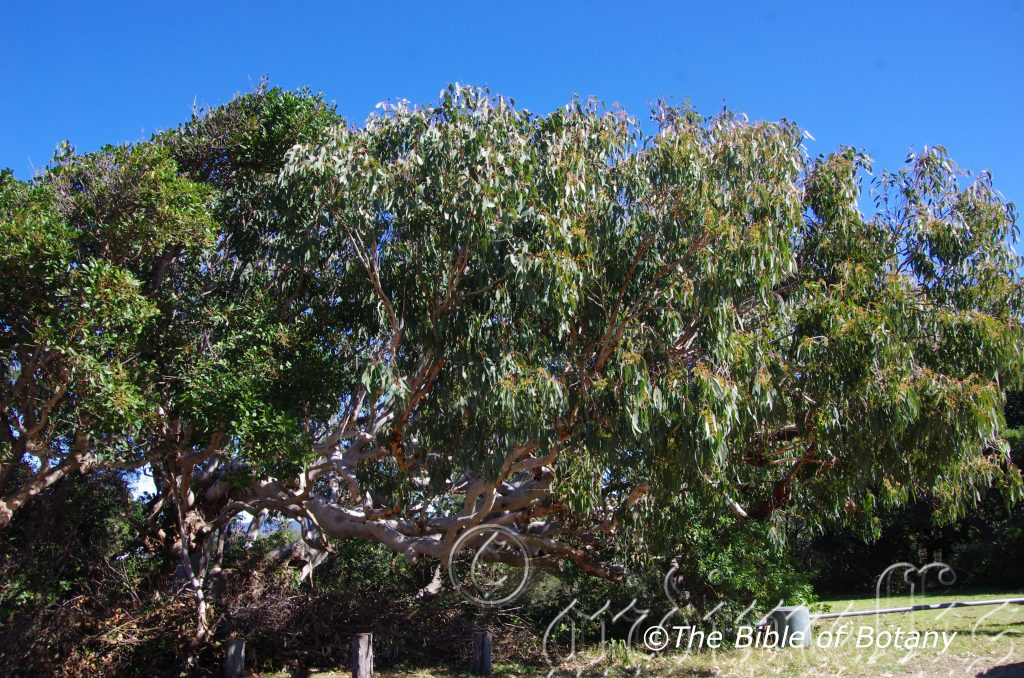
Yuraygir National Park NSW

Ross River Townsville Qld.
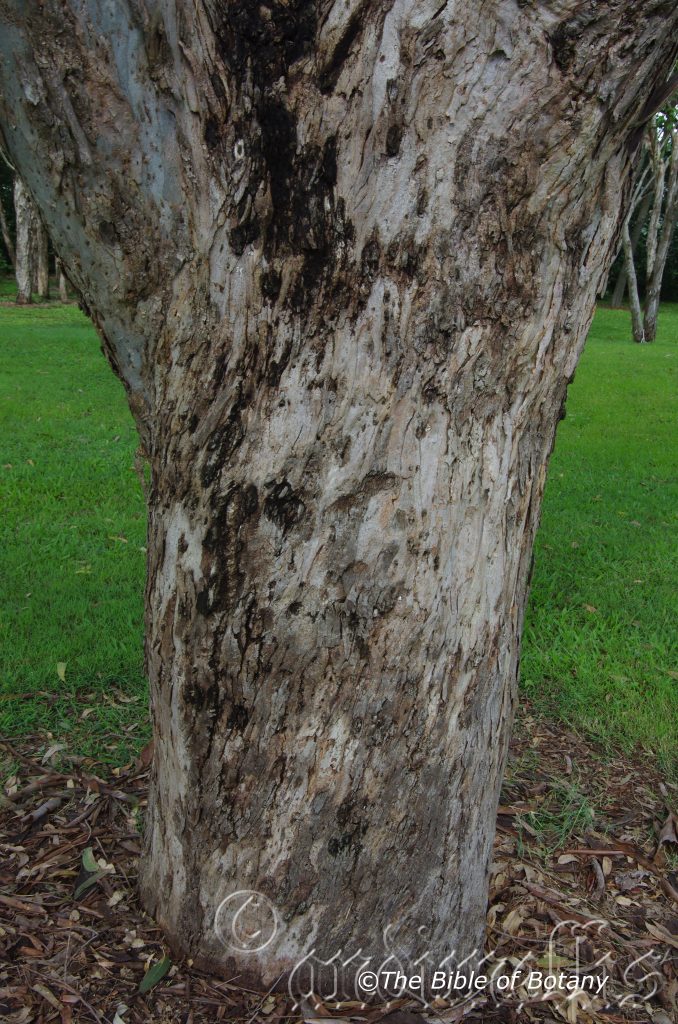
Currumbin Creek Qld.
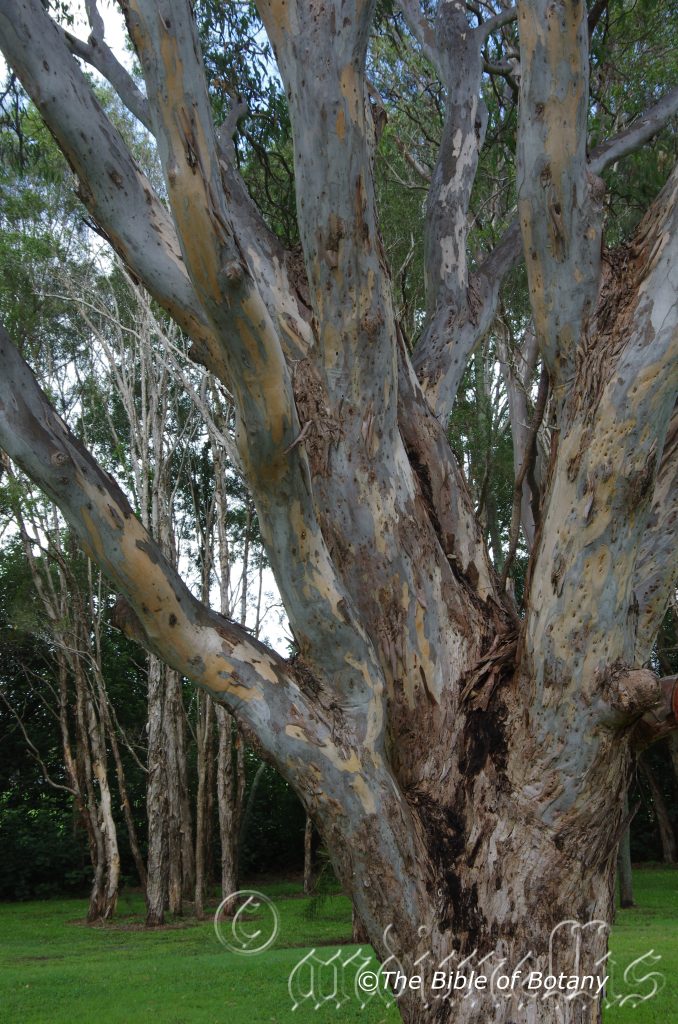
Currumbin Creek Qld.
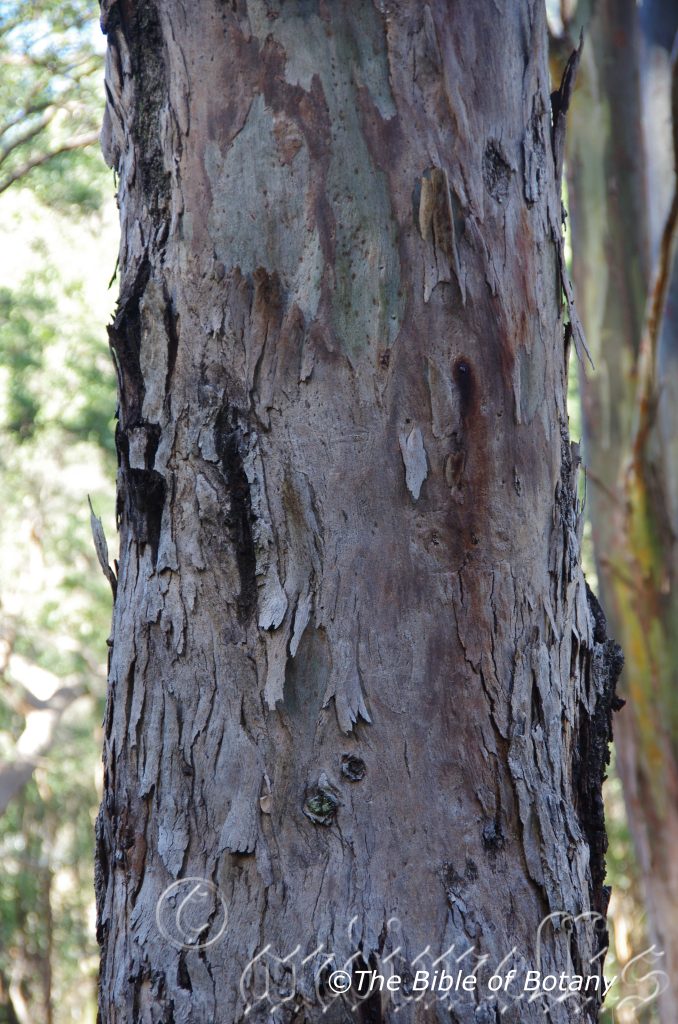
Mount Qinghee National Park Qld.
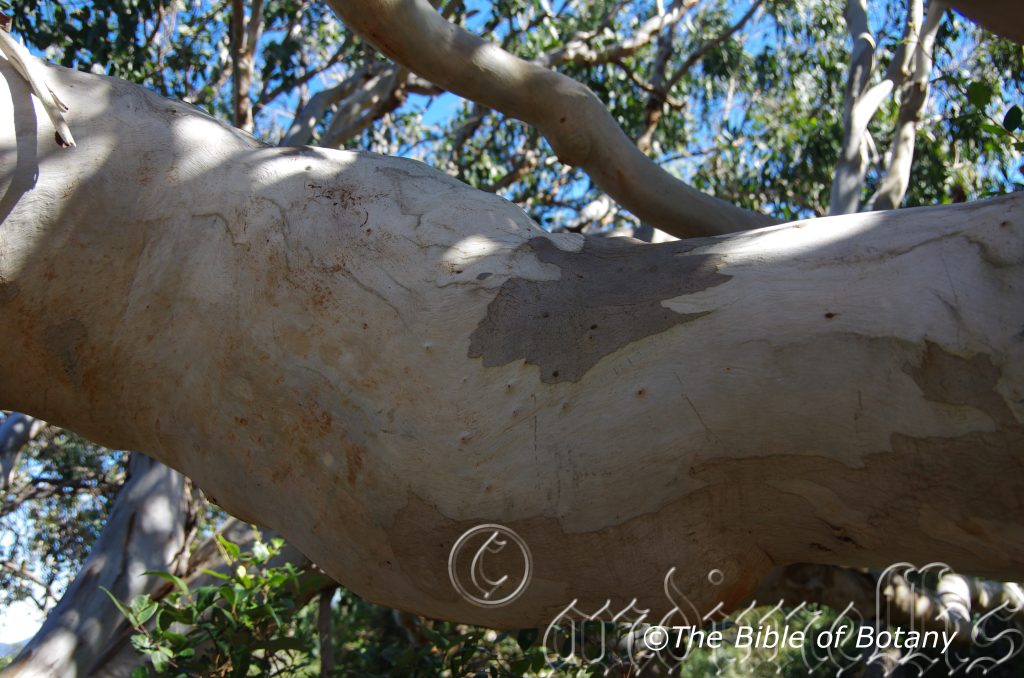
Yuraygir National Park NSW
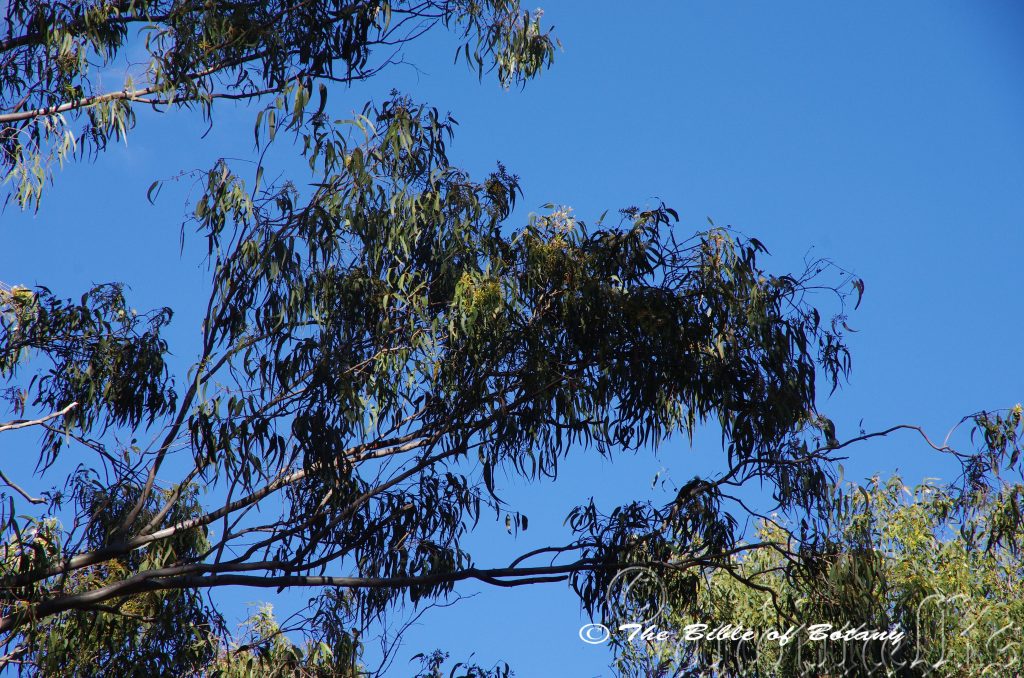
Stingray Creek Moonee Beach NSW
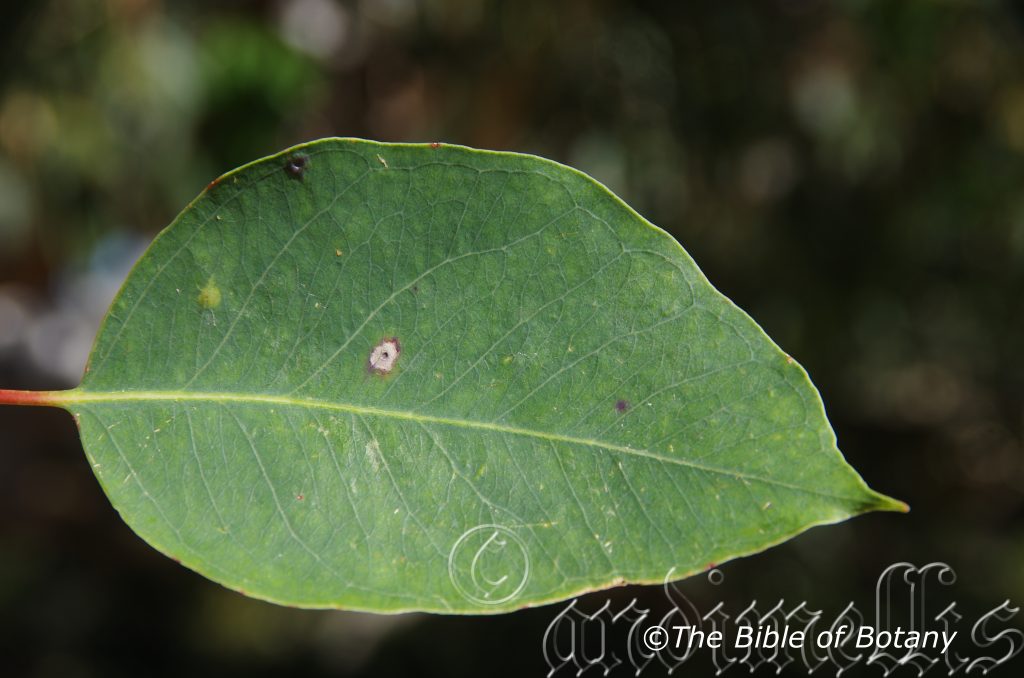
Yuraygir National Park NSW
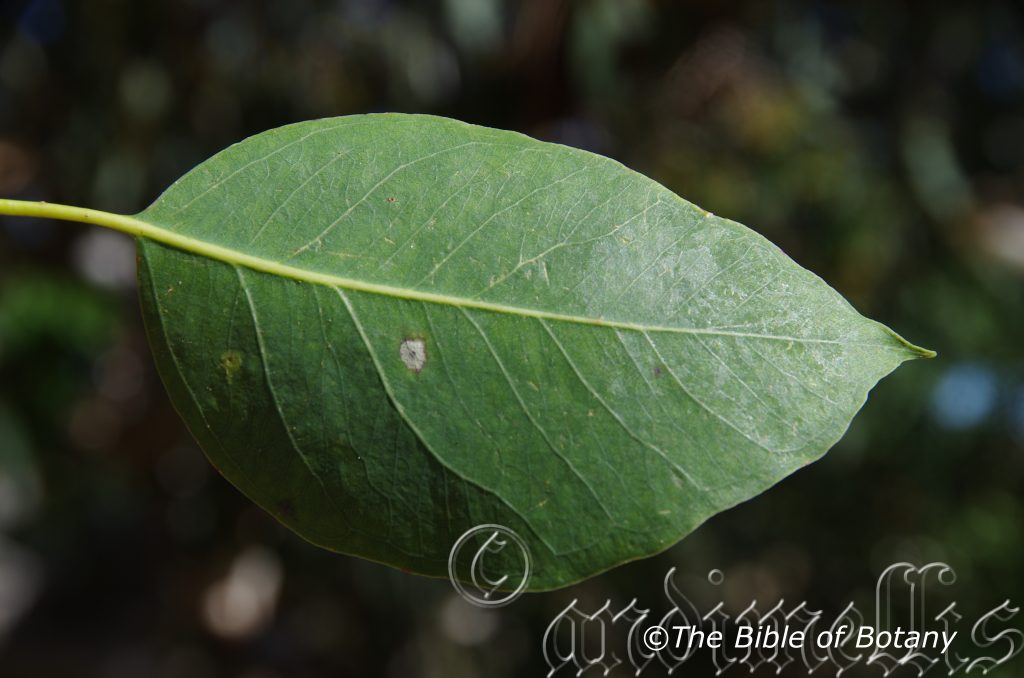
Yuraygir National Park NSW
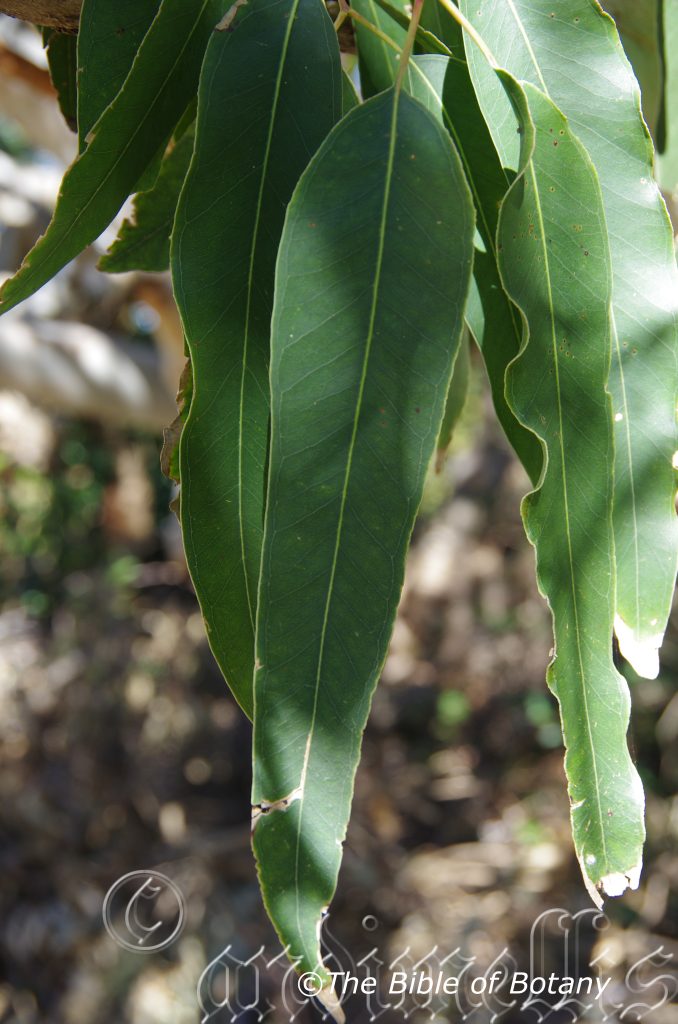
Yuraygir National Park NSW
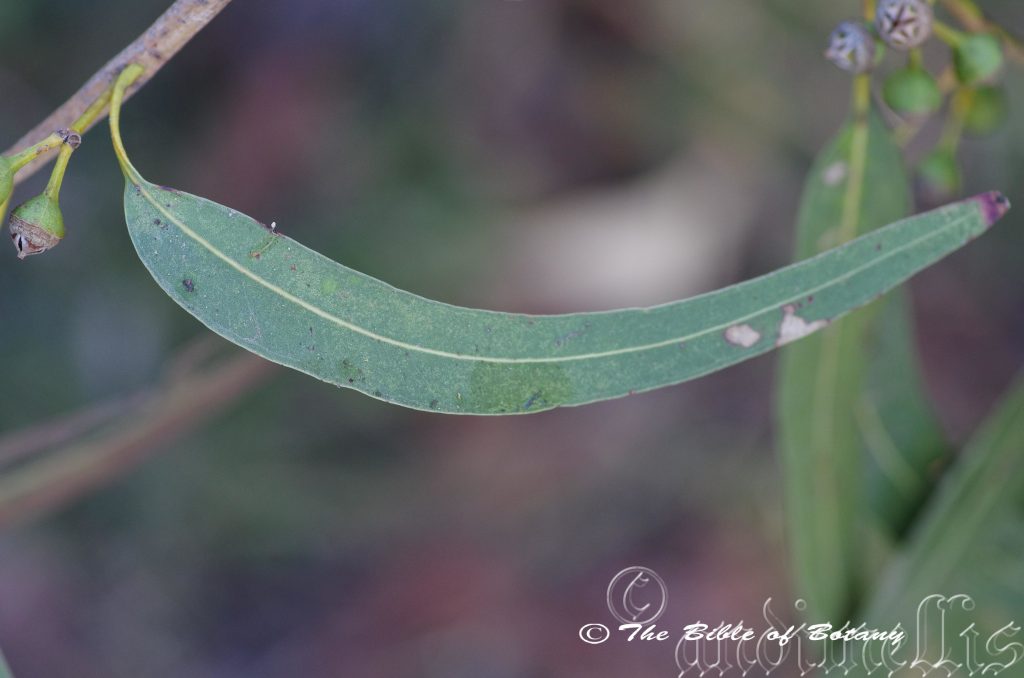
Stingray Creek Moonee Beach NSW
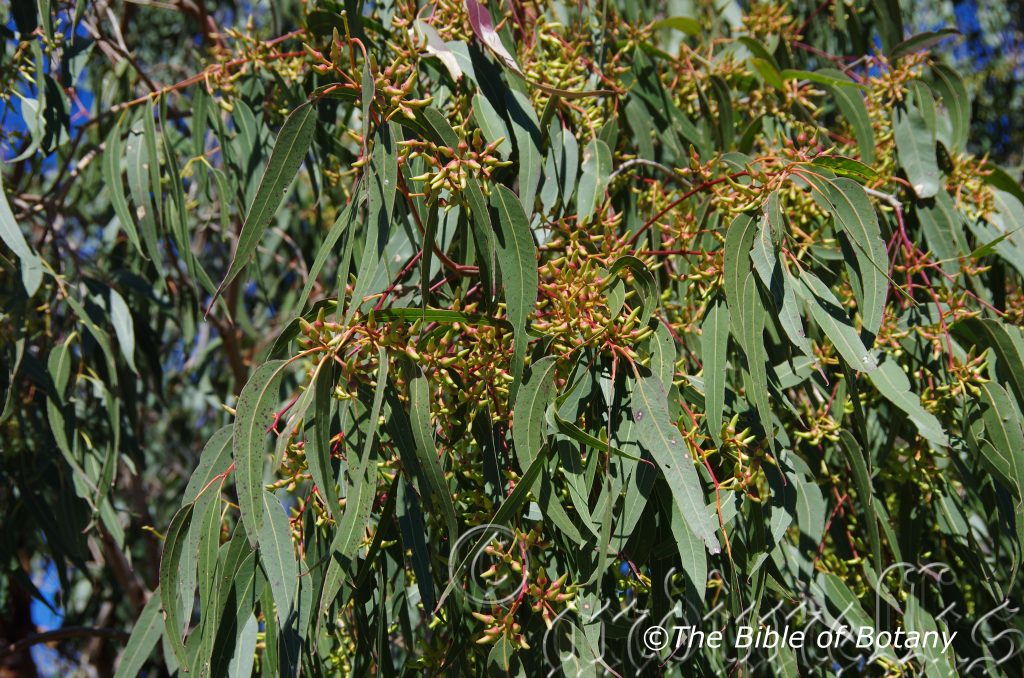
Yuraygir National Park NSW
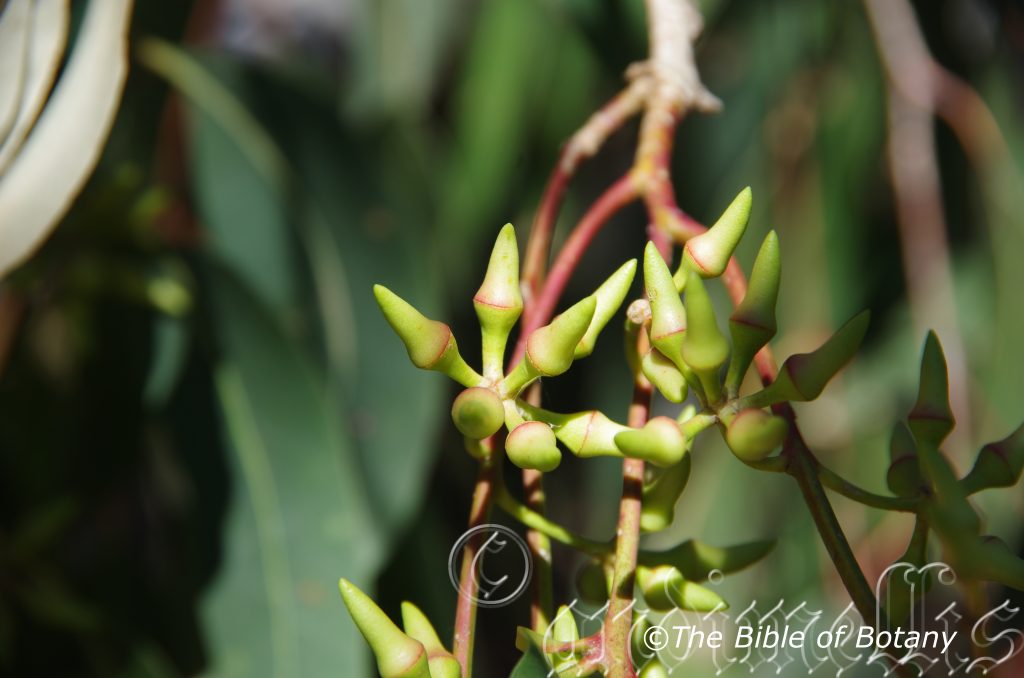
Yuraygir National Park NSW
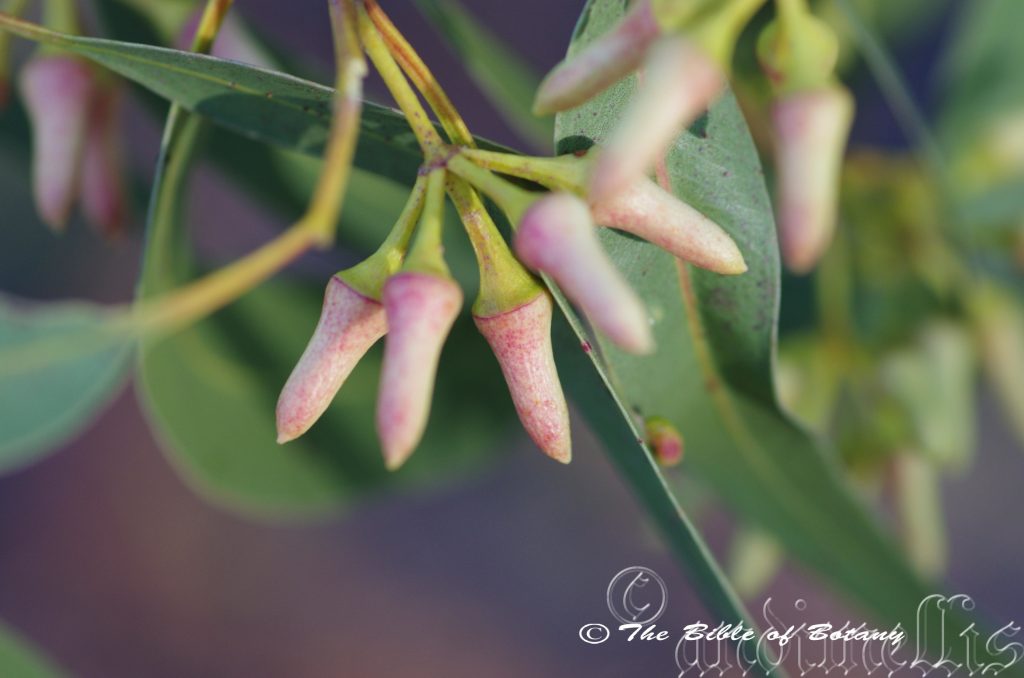
Stingray Creek Moonee Beach NSW
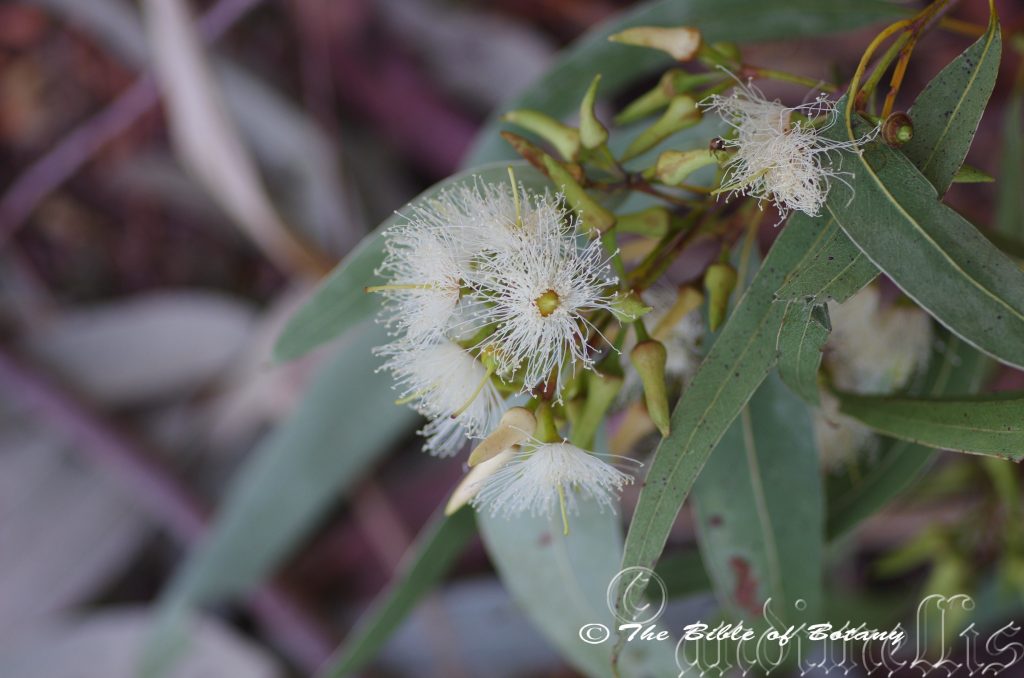
Ross River Townsville Qld.
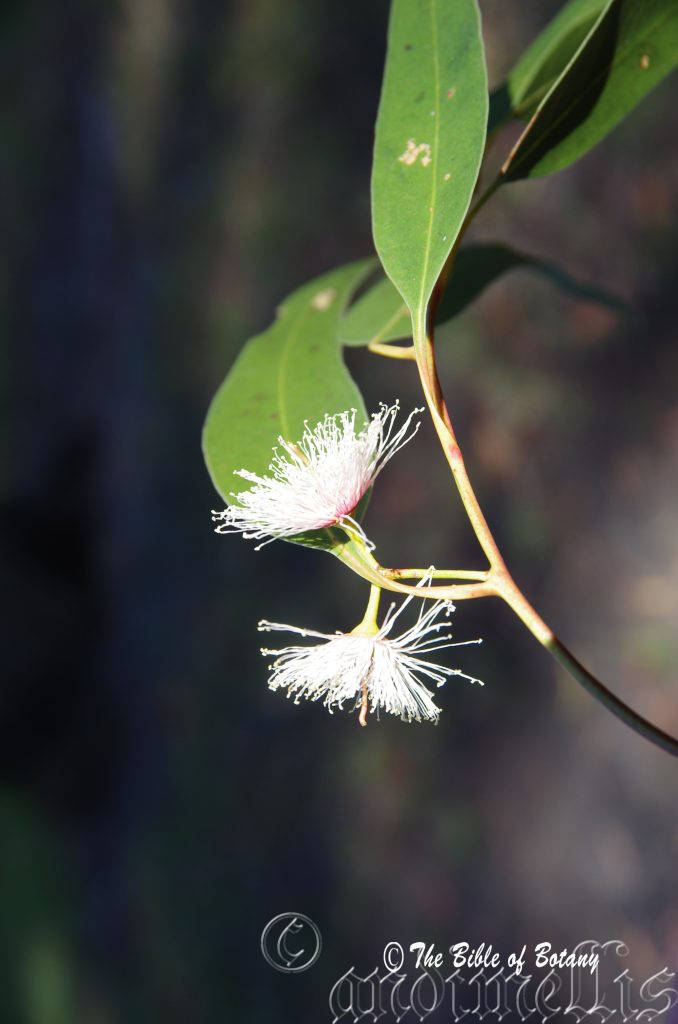
Stingray Creek Moonee Beach NSW
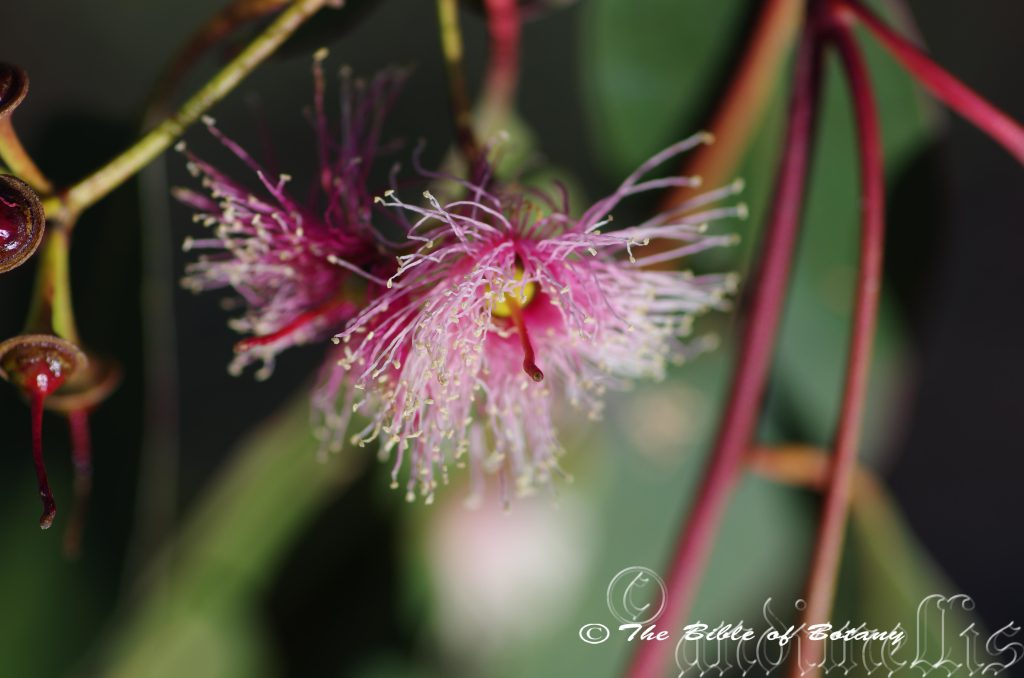
Stingray Creek Moonee Beach NSW
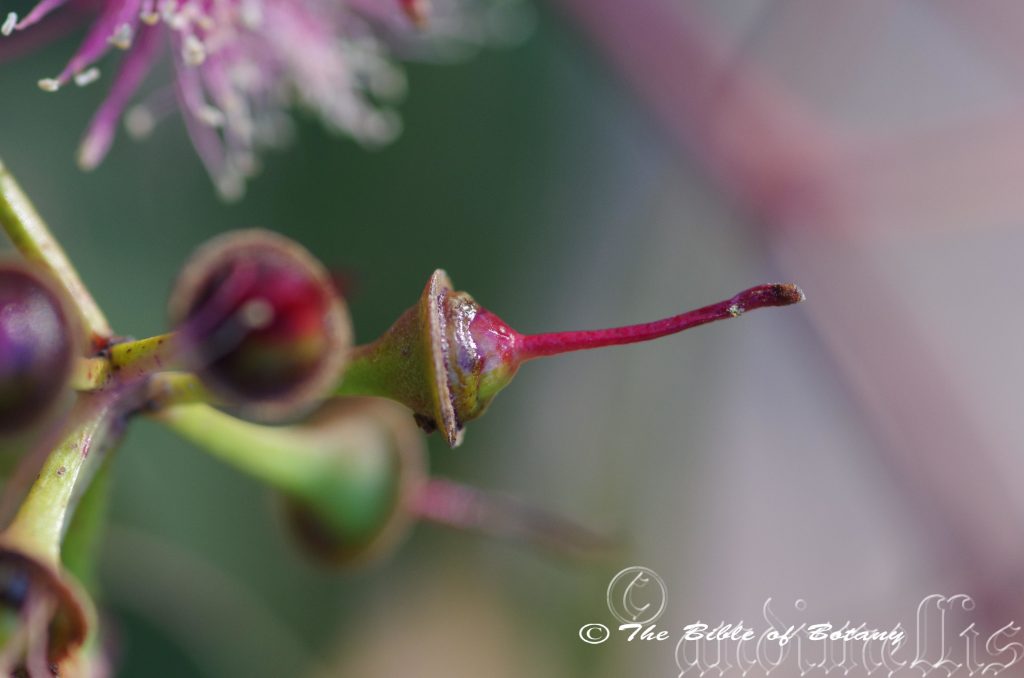
Stingray Creek Moonee Beach NSW
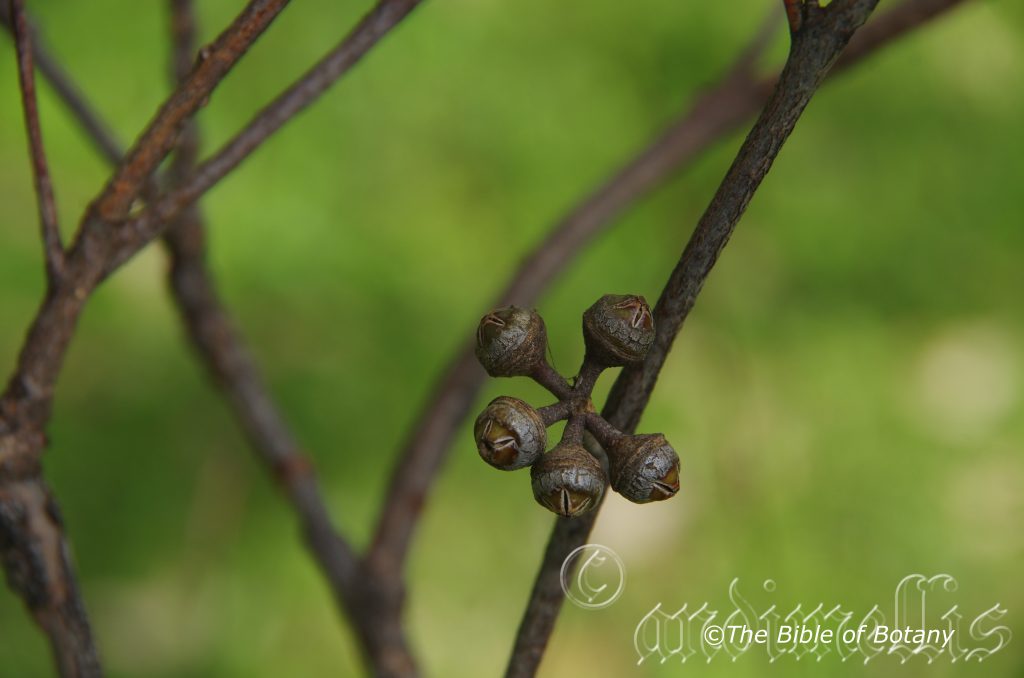
Currumbin Creek Qld.
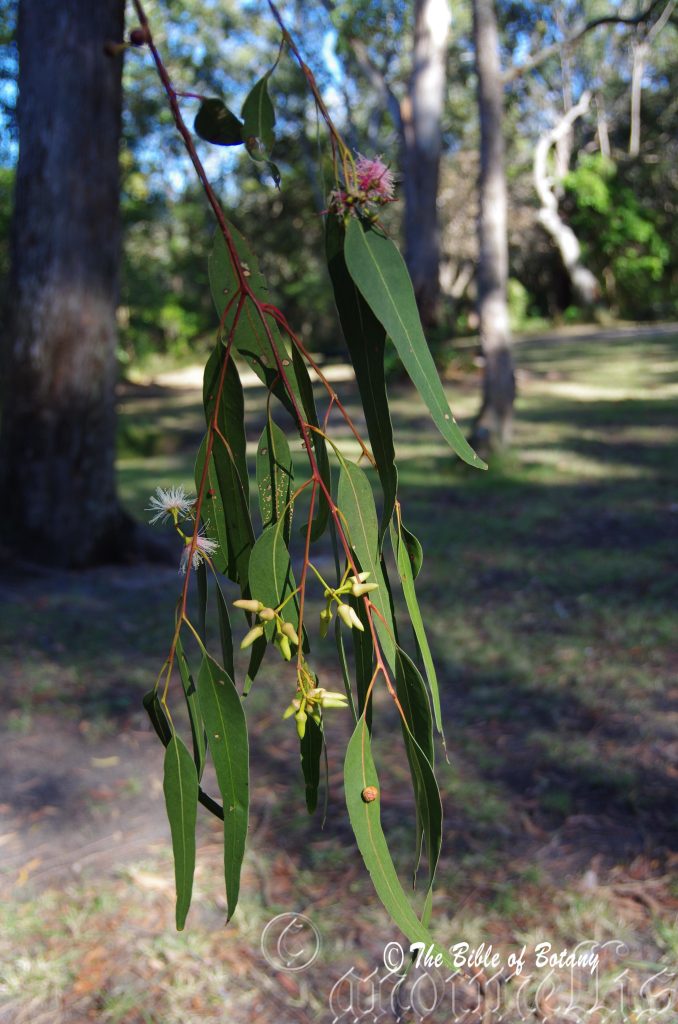
Stingray Creek Moonee Beach NSW
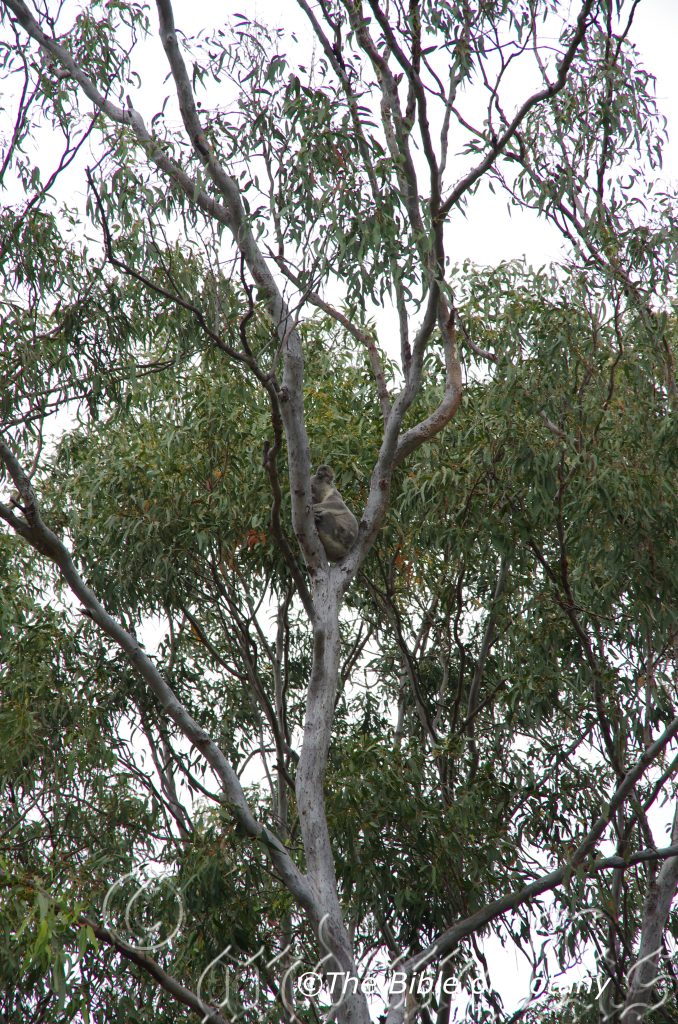
Phascolarctos cinereus Magnetic Island Qld.
Eucalyptus tereticornis
Classification:
Unranked: Eudicots
Clade: Rosids
Order: Myrtales
Family: Myrtaceae
Genus: From Eu, which is Greek a prefix for good or well and Kaluptos, which is Ancient Greek for to cover up. It refers to the stamens, which have a lid or cover over them in the bud stage prior to opening.
Specie: From Teres, which is Latin for smooth or Terer, which is Latin for to rub and make smooth hence Terete, which is Latin for an imperfectly smooth cylinder and Kaulos which is Ancient Greek or Caulus, which is Latin for a twig, stem or small branch. It refers to stems, culms or small branches which are smooth and round.
Sub specie: Eucalyptus tereticornis subsp. mediana. From Medianum, which is Latin for in the middle or average. It refers to plants, which display very average characteristics for its genus or species.
Sub specie: Eucalyptus tereticornis subsp. tereticornis. From Teres, which is Latin for smooth or Terer, which is Latin for to rub and make smooth hence Terete, which is Latin for an imperfectly smooth cylinder and Kaulos which is Ancient Greek or Caulus, which is Latin for a twig, stem or small branch. It refers to stems, culms or small branches which are smooth and round.
Common Name: Buringoa or Forest Red Gum.
Distribution:
Eucalyptus tereticornis subsp. mediana is found along the coast in east Gippsland in Victoria.
Eucalyptus tereticornis subsp. tereticornis is found south from Lake Field National Park in far north Queensland to Eden in far south eastern New South Wales. It is mainly found on the Western Slopes, on and east of the Great Dividing Range to the coast.
https://avh.ala.org.au/occurrences/search?taxa=Eucalyptus+tereticornis#tab_mapView
Habitat Aspect Climate:
Eucalyptus tereticornis prefers full sun to light shade. It grows on slopes or flats adjacent to rainforests in wet Eucalyptus forests. The altitude ranges from 5 meters ASL to 1050 meters ASL.
The temperatures range from minus 4 degrees in July to 34 degrees in January.
Eucalyptus tereticornis sub sp. mediana is found in drier areas in east Gippsland where the rainfalls range from lows of 800mm to an average of 1200mm.
The rainfalls range from lows of 1400mm to an average of 3000mm annually for Eucalyptus tereticornis sub sp. Tereticornis.
Soil Requirements:
Eucalyptus tereticornis prefers medium to high fertility sandy loams to heavy clays with a thick layer of forest litter. The soils pH ranges from 5pH to 6.5pH. It does not tolerate waterlogged soils though short periods of seasonal very wet soils soils or high water tables are tolerated. Non saline soils to very saline soils are tolerated.
Height & Spread:
Eucalyptus tereticornis sub sp. mediana grows from 20 to 30m to by 14m to 18m.
Eucalyptus tereticornis sub sp. tereticornis grows from 35m to 50m by 12m to 15m.
Characteristics:
Eucalyptus tereticornis grows as a very tall straight trunked tree with a bole over half of its total height. The white trunk has a decorticating bark which varies from white or creamy white when freshly exposed. The bark is shed in large flakes or square patches in spring. The branchlets are glabrous, yellow green, red green or green.
Juvenile leaves are disjunct broad ovate and concolourous being glossy green on both surfaces.
The disjunct alternate adult leaves of Eucalyptus tereticornis are lanceolate to narrow lanceolate slightly falcate and measure 100mm to 200mm in length by 10mm to 30mm in width. The petioles measure 18mm to 35mm in length. The bases are broadly cuneate to broad tapering and oblique while the apexes are narrowly acute. The concolourous laminas are dull blue green when mature and bright glossy green when first emerging. The mid vein is slightly prominent on both laminas. The lateral veins are penniveined and are at about 45 degrees to the main vein. The upper lamina is round to flat while the lower lamina is round to triangular near the base becoming less prominent towards the apex. The laminas are flat while the margins are entire.
The inflorescences of Eucalyptus tereticornis are umbellasters containing 7 flowers rarely 9 or 11 from near the terminal leaf axis. The slightly flattened peduncle measures 8mm to 25mm in length while the terete pedicles measure 3mm to 10mm in length.
The buds are cylindrical to fusiform, glaucous and measure 10mm to 20mm in length by 4mm to 8mm in diameter. The long conical to long acute calyptra has a rostrate apex measures 7.5mm to 15mm in length. The bud scar is present.
The stamens are white with cream anthers. The stamens measure 8mm to 12mm in length.
Eucalyptus tereticornis sub sp. mediana flowers appear from and November to January.
Eucalyptus tereticornis sub sp. tereticornis flowers appear from mid-June to the end of November.
The fruits are globose to ovoid gum nuts. The gum nuts measure 4mm to 6mm long by 4mm to 8mm in diameter. The disc is raised revealing 4 or 5 exserted valves.
Wildlife:
The flowers of Eucalyptus tereticornis are medium nectar producer and are very attractive to most honeyeaters, lorikeets, flying foxes, possums and many insects. The leaves a favourite feed tree for Koalas while the flowers are eaten by the Grey headed Flying fox. (Pteropus poliocephalus) Bellbirds and other small birds can always be seen on the trees so they must support a large variety of thrips, lerps and other sap sucking insects especially when in flower.
Cultivation:
Eucalyptus tereticornis is a large tree for large gardens and very useful for that parkland scene or starting a forest garden. It is ideal on heavier moisture retentive soils and alluvial flats. It is fast growing so give good effects at an early age. As it is moderately salt resistant they can be used close to the coast where salt laden winds and the occasional tidal inundation occur. It is make good wind breaks in coastal areas subject to salt laden winds especially the sub specie mediana as it is more salt tolerant than the northern form.
Like most large Eucalyptus specie leaf drop, dropping of small branches means continual lawn maintenance but then in a rainforest garden supply good quantities of leaf litter. Trees grown in the open are subject to branches breaking in strong winds and even the trees being completely uprooted. This is particularly apparent where trees are being fertilized and are top heavy.
Propagation:
Seeds: Sow the seeds of Eucalyptus tereticornis into a seed raising mix. Place the seed tray where daily temperatures are in excess of 25 degrees for more even and rapid germination. When the seedlings are 25mm to 50mm tall, prick them out and plant them into 50mm native tubes using a good organic mix.
Once the seedlings reach 200 to 250mm in height plant them out into their permanent position.
Fertilize using seaweed, fish emulsion or organic chicken pellets soaked in water on an alternate basis. Fertilize every two months until the plants are established then twice annually in early September or March to maintain health, vitality and better flowering.
Further Comments from Readers:
Hi reader, it seems you use The Bible of Botany a lot. That’s great as we have great pleasure in bringing it to you! It’s a little awkward for us to ask, but our first aim is to purchase land approximately 1,600 hectares to link several parcels of N.P. into one at The Pinnacles NSW Australia, but we need your help. We’re not salespeople. We’re amateur botanists who have dedicated over 30 years to saving the environment in a practical way. We depend on donations to reach our goal. If you donate just $5, the price of your coffee this Sunday, We can help to keep the planet alive in a real way and continue to bring you regular updates and features on Australian plants all in one Botanical Bible. Any support is greatly appreciated. Thank you.
In the spirit of reconciliation we acknowledge the Bundjalung, Gumbaynggirr and Yaegl and all aboriginal nations throughout Australia and their connections to land, sea and community. We pay our respect to their Elders past, present and future for the pleasures we have gained.
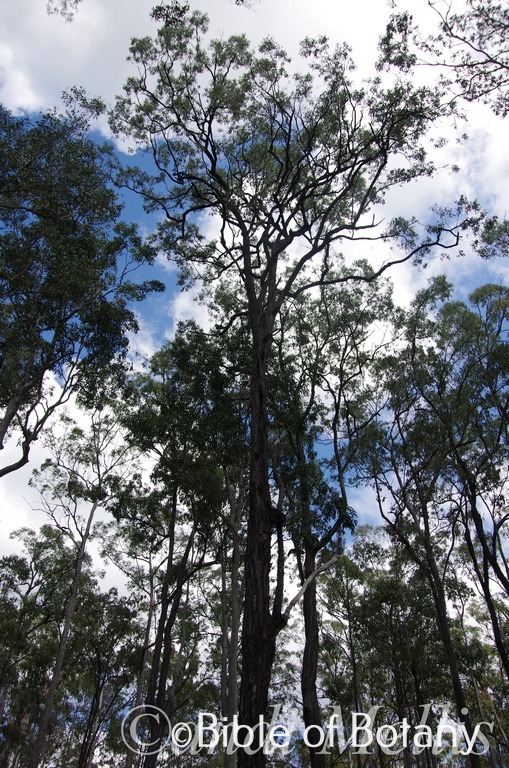
Ramournie National Park NSW
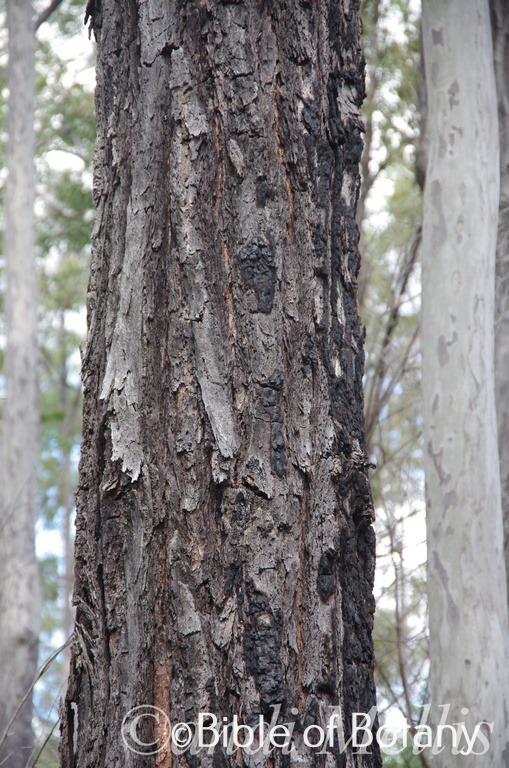
Ramournie National Park NSW
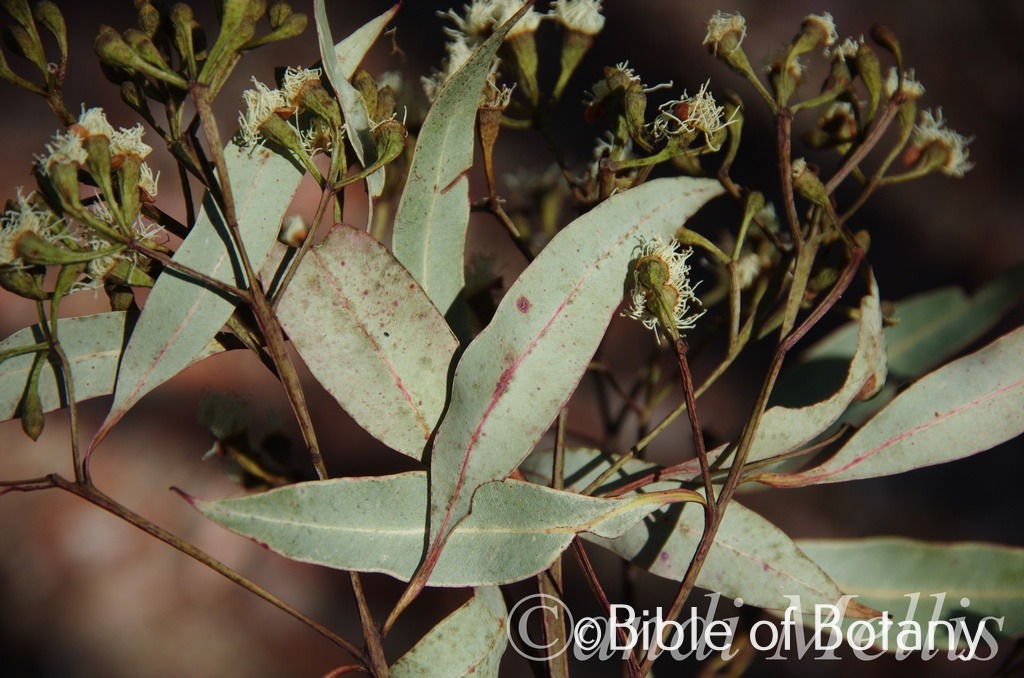
Fortis Creek National Park NSW
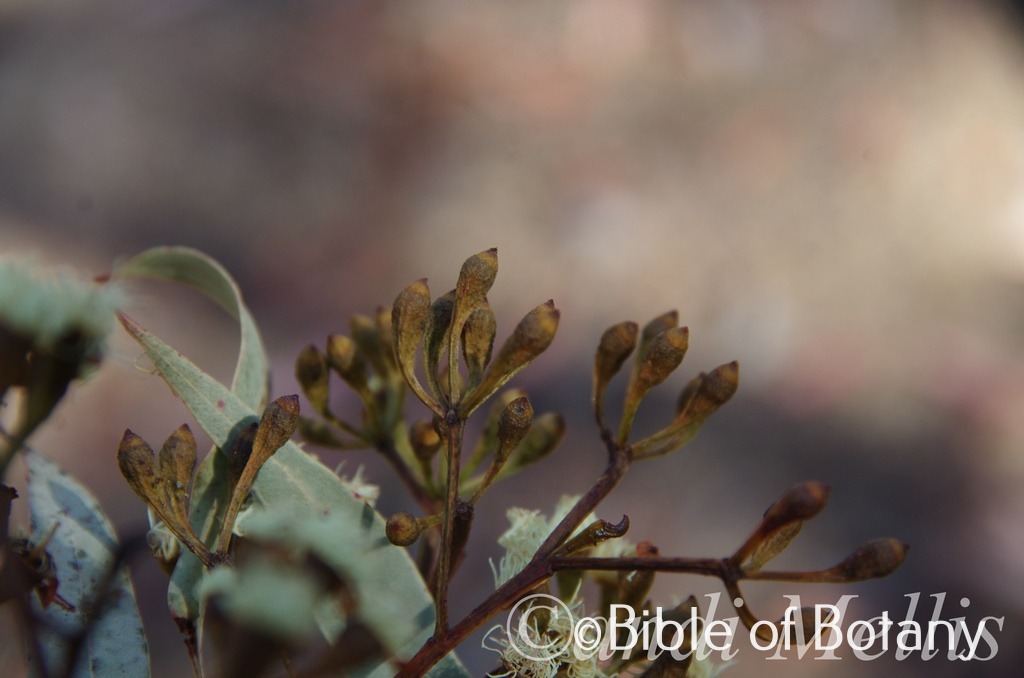
Fortis Creek National Park NSW
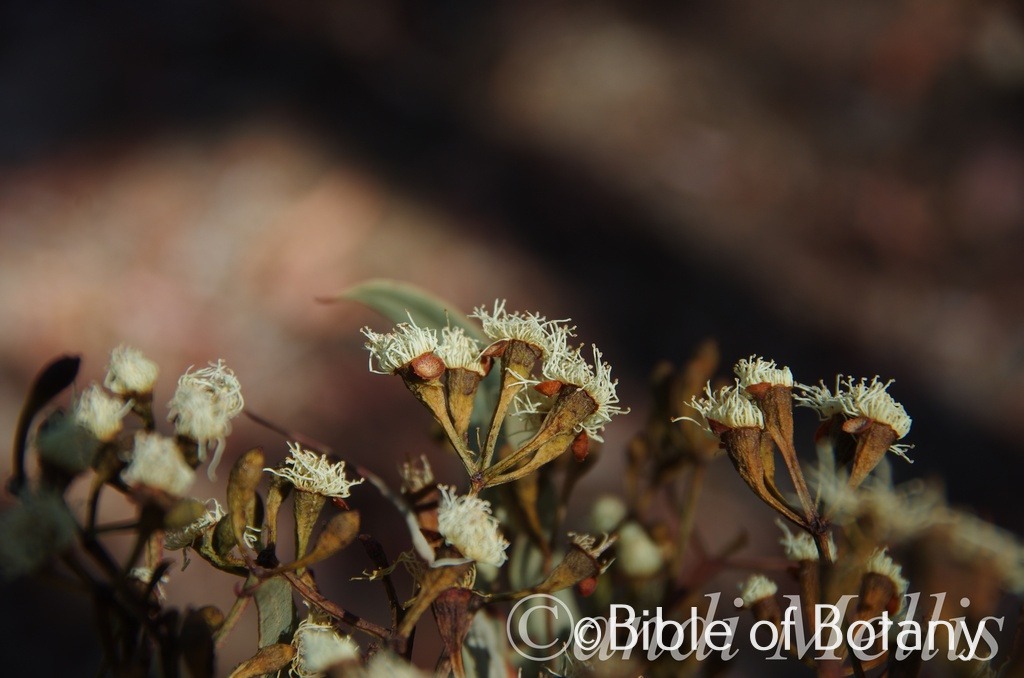
Fortis Creek National Park NSW
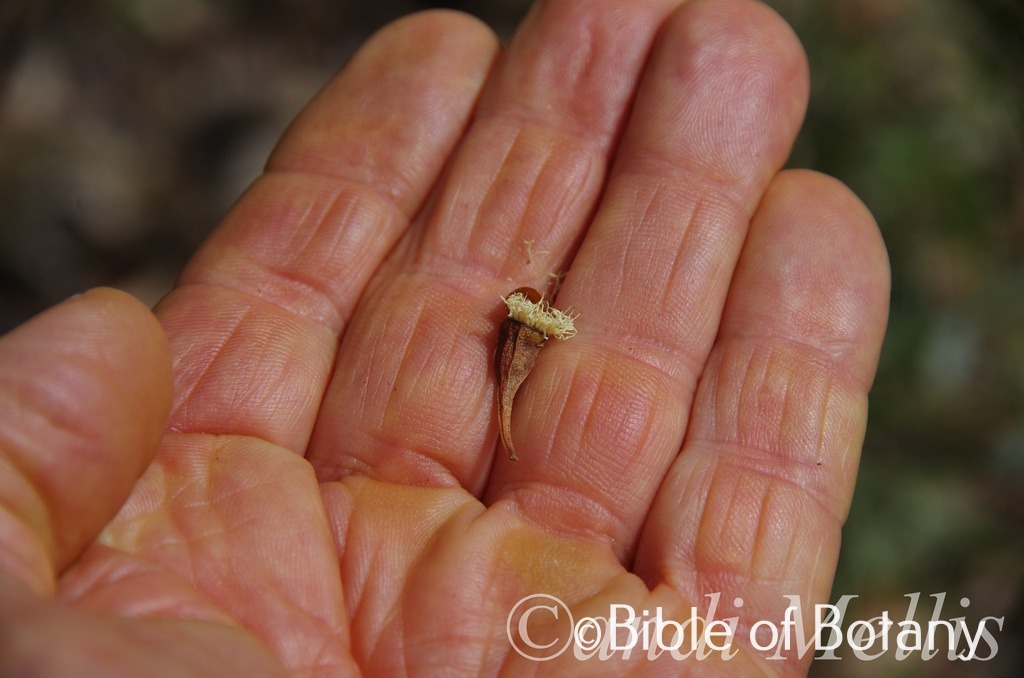
Ramournie National Park NSW
Eucalyptus tetrapleura
Classification:
Unranked: Eudicots
Clade: Rosids
Order: Myrtales
Family: Myrtaceae
Genus: From Eu, which is Greek a prefix for good or well and Kaluptos, which is Ancient Greek for to cover up. It refers to the stamens, which have a lid or cover over them in the bud stage prior to opening.
Specie: From Tetra, which is Ancient Greek for four and Pleura, which is Ancient Greek for a side or rib/s. It refers to the hypanthium, which has four longitudinal ribs on the seed capsules.
Sub specie:
Common Name: Square Fruited Ironbark.
Distribution:
Eucalyptus tetrapleura is restricted to a small area south from Camira Creek north of Grafton to near Glenreagh and west to the Gibraltar Range National Park in coastal northern New South Wales.
https://avh.ala.org.au/occurrences/search?taxa=Eucalyptus+tetrapleura#tab_mapView
Habitat Aspect Climate:
Eucalyptus tetrapleura prefers full sun light to light dappled shade. It grows in moist open Eucalyptus forests on flats or in shallow depressions. The altitude ranges from 20 meters ASL to 80 meters ASL.
The temperatures range from minus 2 degrees in July to 40 degrees in January.
The rainfalls range from lows of 800mm to an average of 1400mm annually.
Soil Requirements:
Eucalyptus tetrapleura prefers deep sandy loams over clay to medium clays which are usually podosols in form. The soils are usually derived from decomposed sandstones, brown basalts or shale laid down as alluvial deposits on flood plains. The soils pH ranges from 4.5pH to 5.5pH. It tolerates seasonal surface waterlogged soils for prolonged periods. Non saline soils to moderately saline soils are tolerated.
Height & Spread:
Wild Plants: 20m to 30m by 12m to 15m.
Characteristics:
Eucalyptus tetrapleura is an iron bark with a long tapering bole with the branches appearing at around 60mm of the trees height on mature trees. The rough bark is deep grey to almost black or deep grey-brown from the base to the smaller branches. The smaller branchlets are usually mid green tending to mid olive-green on the lower surface while the upper surface is maroon-red or crimson-red and glabrous. The bark is persistent throughout however is more flaky and softer than all the other iron barks.
Eucalyptus tetrapleura‘s disjunct, juvenile leaves are alternate and broad lanceolate to ovate. The concolourous leaves are grey-green to blue-green and dull. They measure 100mm to 150mm in length by 30mm to 50mm in width.
The alternate adult leaves are lanceolate to broad lanceolate, slightly falcate to falcate leaves measure 120mm to 200mm in length by 16mm to 32mm in width. The petioles are pale yellow on the lower surface and reddish on the upper surface and measure 14mm to 17mm in length. The bases are oblique, asymmetrical and cuneate while the apexes are tapering acute. The concolourous laminas are mid blue-green and dull. The laminas are flat while the margins are entire and very slightly thickened. The mid vein is pale creamy yellow and strongly prominent on the lower lamina near the base and only slightly prominent at the apex while the upper lamina’s mid vein is pale red to crimson-red and only slightly prominent near the base and is not prominent at the apex. The lateral veins are penniveined and are at about 60 to 62 degrees to the main vein, are not reticulate and faintly visible. The intramarginal veins are parallel to the margin and are in close proximity to the margin.
The inflorescences of Eucalyptus tetrapleura are compound umbellasters containing 7 individual flowers born from the leaf axils. The peduncles are yellow-green, tinged red or crimson, flattened or angular and glabrous while the pedicels are yellow-green, tinged red or crimson, angular and glabrous. The peduncles measure 15mm to 30mm in length while the pedicels measure 8mm to 12mm in length.
The conical to cylindrical 4 sided hypanthia are yellow-green and glabrous while the conical calyptras are yellow-green, glabrous and with a small rostrate tip. The hypanthium measure 7mm to 9mm in length by 4mm to 5mm in diameter while the calyptras measure 3.5mm to 4.5mm in length. The bud scar is present.
The white inflexed stamens measure 5mm to 8.5mm in length. The white to creamy fawn anthers are cuboidal. The outer stamens are infertile. The white style measures 4mm to 6mm in length. The disc is yellow-green. The flowers appear from early April to June.
The fruits of Eucalyptus tetrapleura are 4 angled conical to pyriform gum nuts. The gum nuts measure 8mm to 10mm in length by 6mm to 8mm in diameter. The disc is flat and enclosed within the hypanthia as are the 4 or 5 valves. The capsules are sparsely covered in small tuberculate lumps.
The brown, flattened-ovoid seeds have a glabrous or shallowly pitted dorsal measure 1mm 2mm in length. The hilum is located ventrally.
Wildlife:
The flowers of Eucalyptus tetrapleura are excellent nectar producers and are always covered in honeyeaters and lorikeets when in flower. I would suspect that the Ring Tail Possum (Pseudocheirus peregrinus) and Brush Tail Possum (Trichosurus vulpecula) would be regular visitors to flowering trees as are the myriad of insect eating birds there to feast on the pollen flies, native bees, and butterflies.
Cultivation:
Eucalyptus tetrapleura is a tall straight bole tree which is very suitable for gardeners looking for a tall Eucalyptus for the garden or to create a parkland scene with willowy foliage. It is ideal on sandy soils and sandy alluvial flats that are have drainage problems. It is relatively fast growing so will give a good effect at an early age. In the garden good specimens will probably grow around 20 meters to 25 meters in height by 12 meters to 15 meters in diameter when grown in the open. As the trees are rare and seed has not been available so the trees have not been introduced into cultivation and consequently how they react on heavier clay soils is unknown.
Like most large Eucalyptus specie leaf drop, dropping of small branches means continual lawn maintenance but then in a rainforest garden supply good quantities of leaf litter. Trees grown in the open are subject to branches breaking in strong winds and even the trees being completely uprooted. This is particularly apparent where trees are being over fertilized with high nitrogenous fertilizers which cause the trees to be top heavy when young. Older trees are far more stable even on moist sandy ground.
Propagation:
Seeds: Eucalyptus tetrapleura seed may be very difficult to acquire for some years to come but should be treated like most other Eucalyptus specie when it comes to growing. Sow Eucalyptus tetrapleura seeds into a seed raising mix. Cover the seeds with 2mm to 3mm of fine sand and place the trays in a warm sunny position. Keep moist but not wet. When the seedlings are 25mm to 50mm tall, prick them out and plant them into 50mm native tubes using a good organic mix.
Once the seedlings reach 200mm to 250mm in height plant them out into their permanent position. Mass plantings for windbreaks are best achieved by planting them at 15 meters to 20 meters apart or by planting them at 8 meter centers when a feature is required in groups of 3 to 5.
Fertilize using Seaweed, fish emulsion or organic chicken pellets soaked in water and apply the liquid on an alternate basis. Fertilize every two month until the trees are well established then every spring to ensure good growth and flowering.
Further Comments from Readers:
Hi reader, it seems you use The Bible of Botany a lot. That’s great as we have great pleasure in bringing it to you! It’s a little awkward for us to ask, but our first aim is to purchase land approximately 1,600 hectares to link several parcels of N.P. into one at The Pinnacles NSW Australia, but we need your help. We’re not salespeople. We’re amateur botanists who have dedicated over 30 years to saving the environment in a practical way. We depend on donations to reach our goal. If you donate just $5, the price of your coffee this Sunday, We can help to keep the planet alive in a real way and continue to bring you regular updates and features on Australian plants all in one Botanical Bible. Any support is greatly appreciated. Thank you.
In the spirit of reconciliation we acknowledge the Bundjalung, Gumbaynggirr and Yaegl and all aboriginal nations throughout Australia and their connections to land, sea and community. We pay our respect to their Elders past, present and future for the pleasures we have gained.
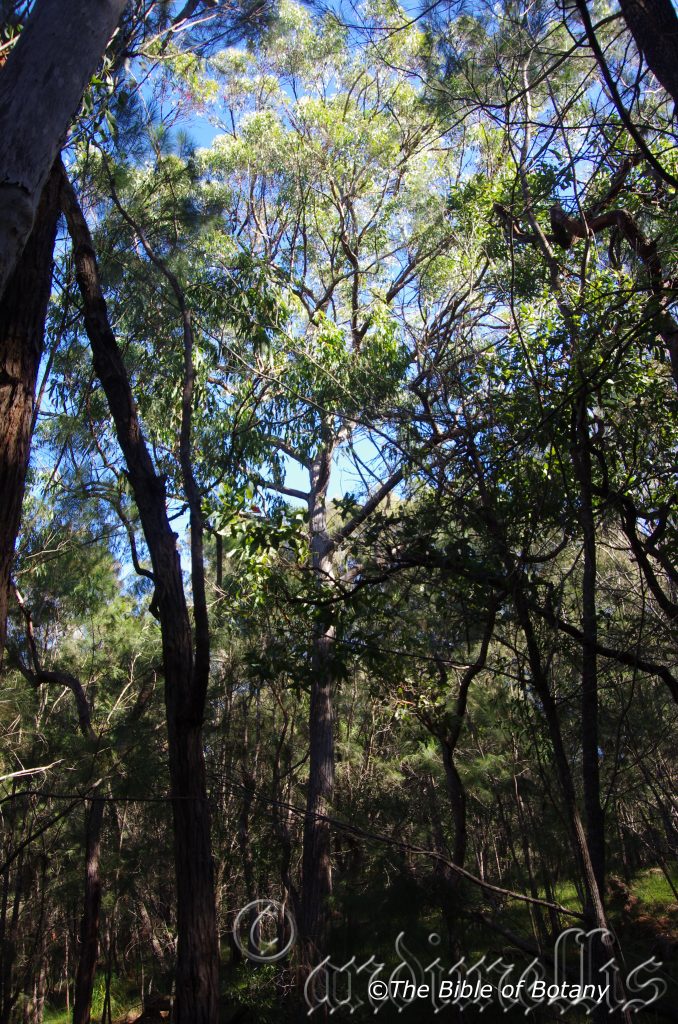
The Pinnacles NSW
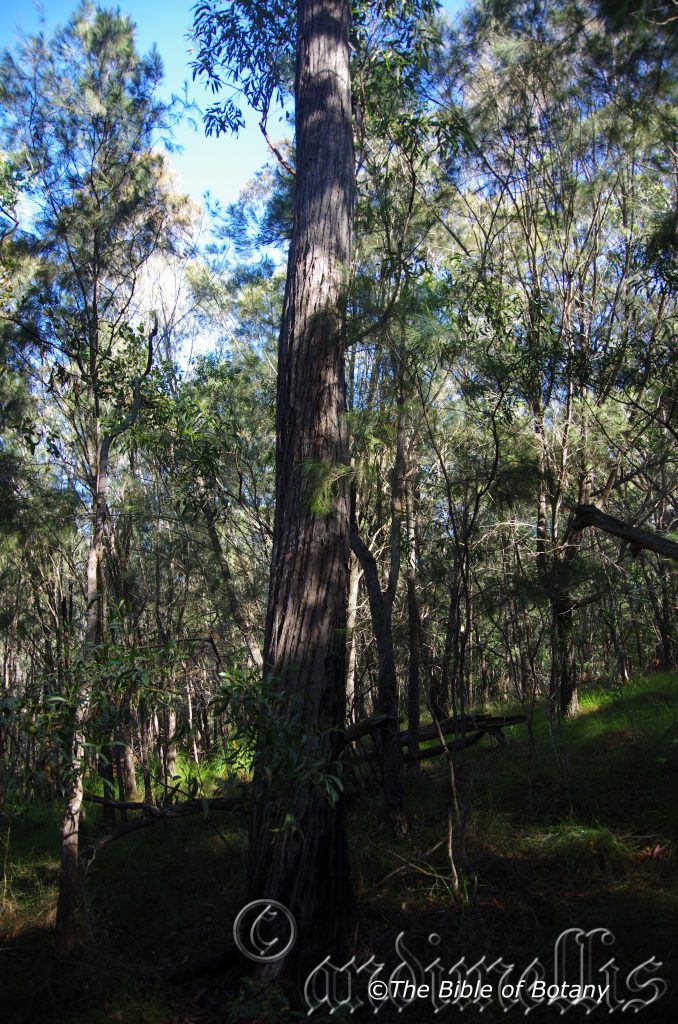
The Pinnacles NSW
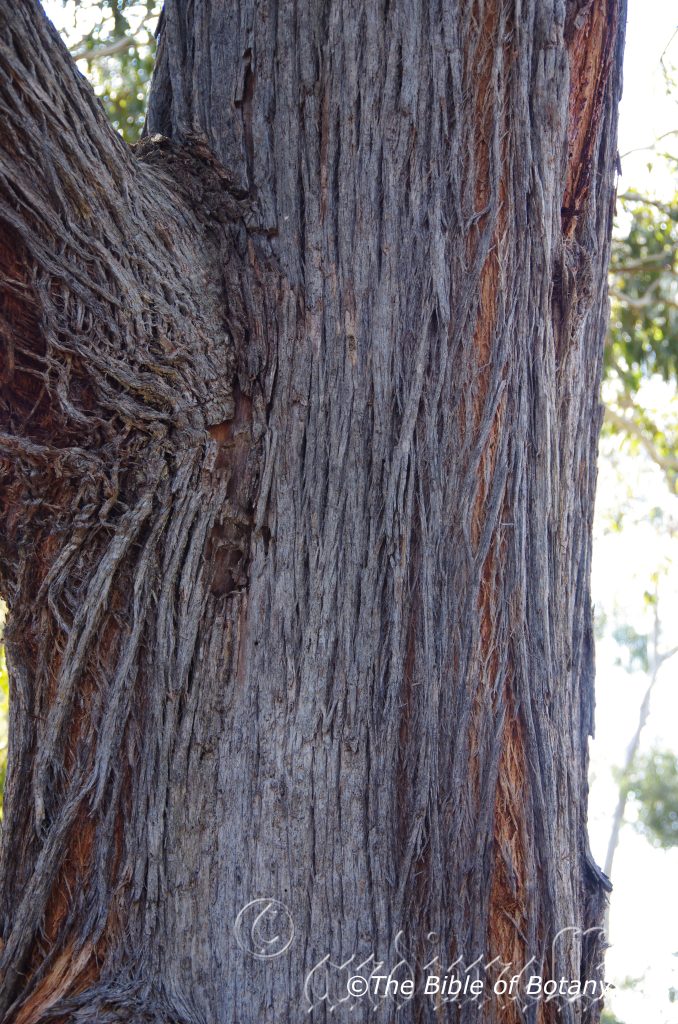
National Botanic Gardens ACT
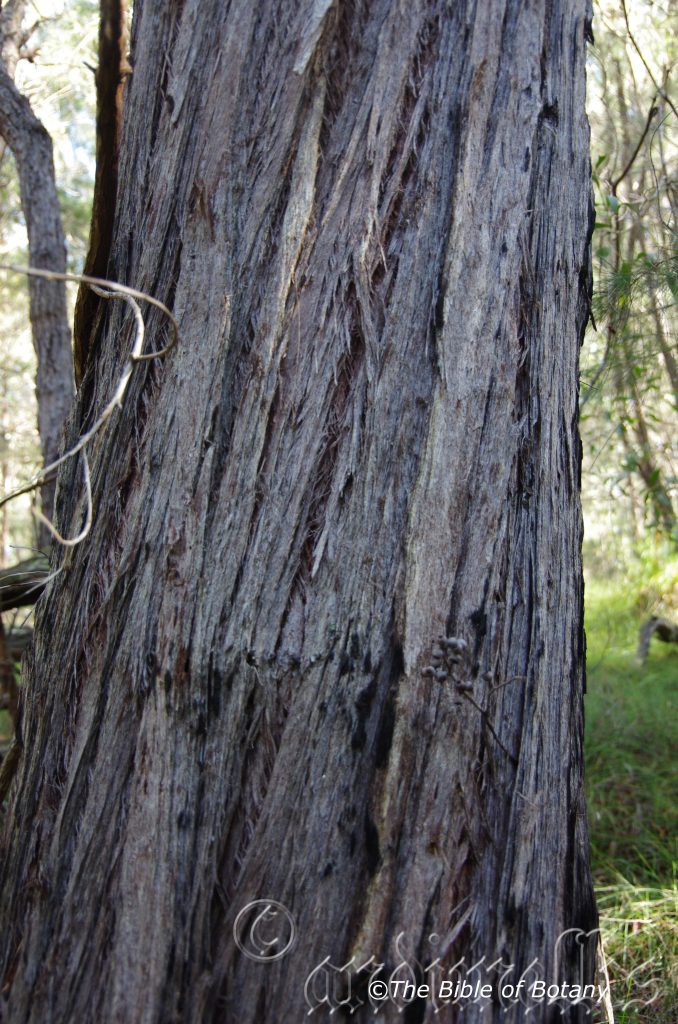
The Pinnacles NSW
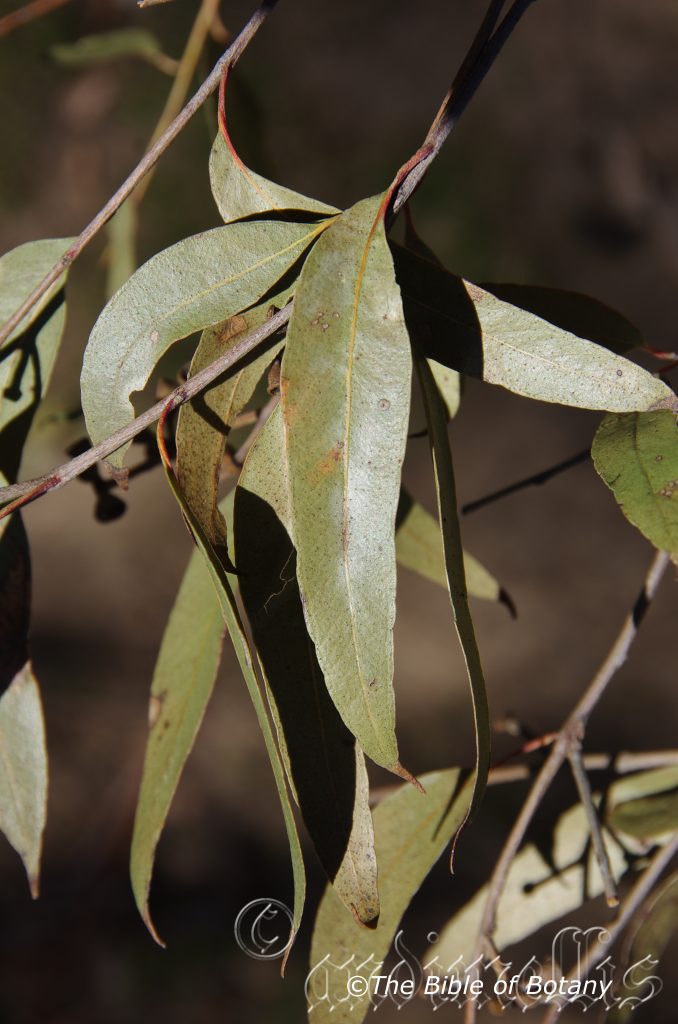
National Botanic Gardens ACT
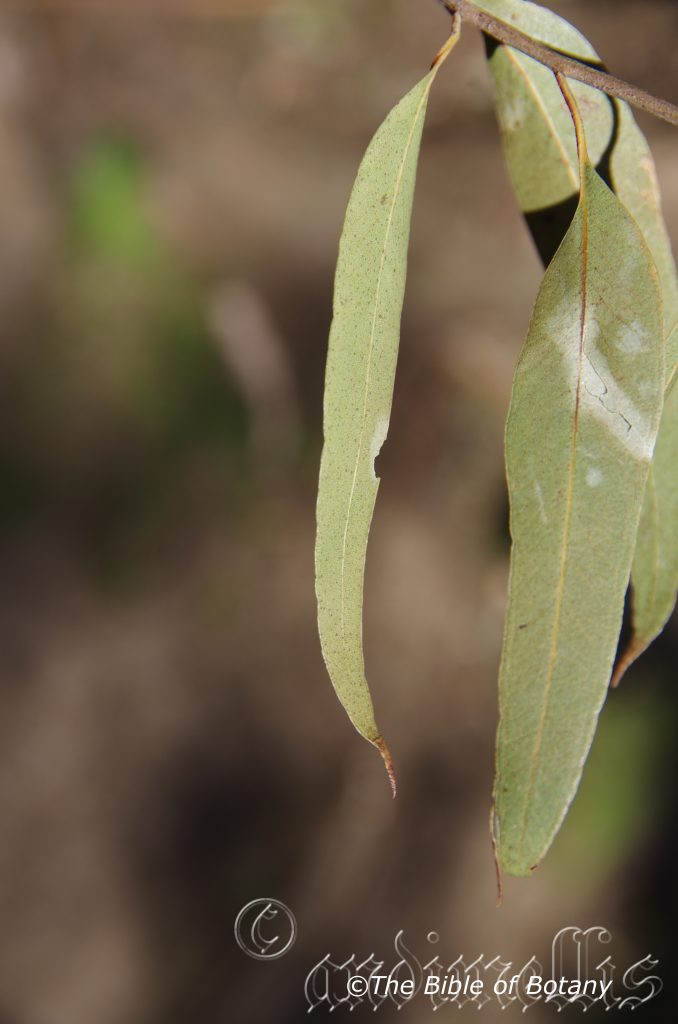
National Botanic Gardens ACT
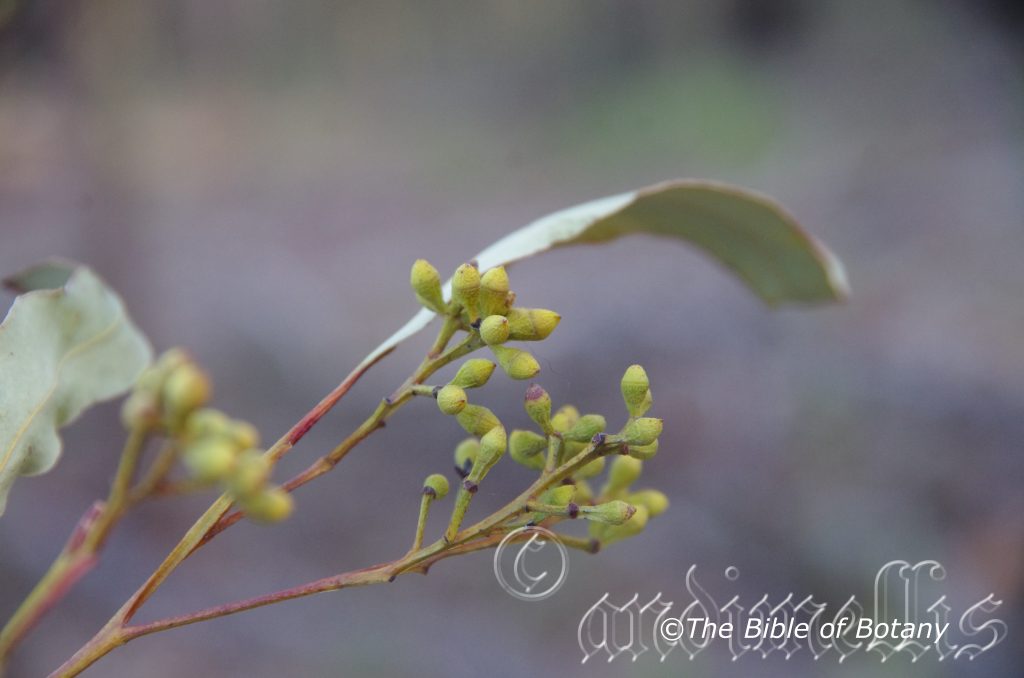
Toohey Forest Qld.
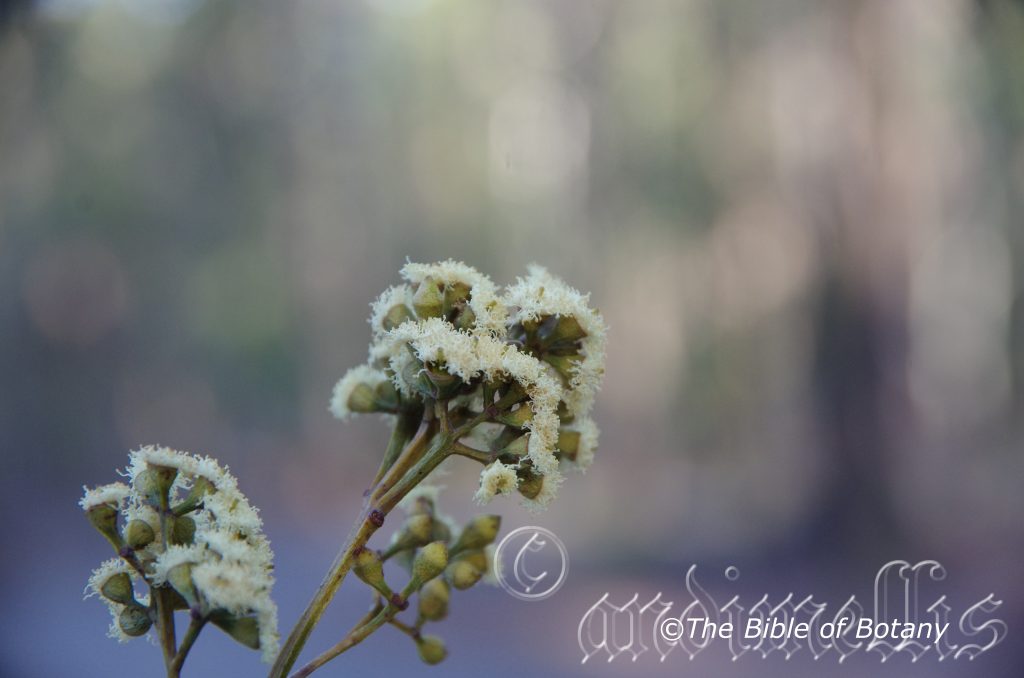
Toohey Forest Qld.
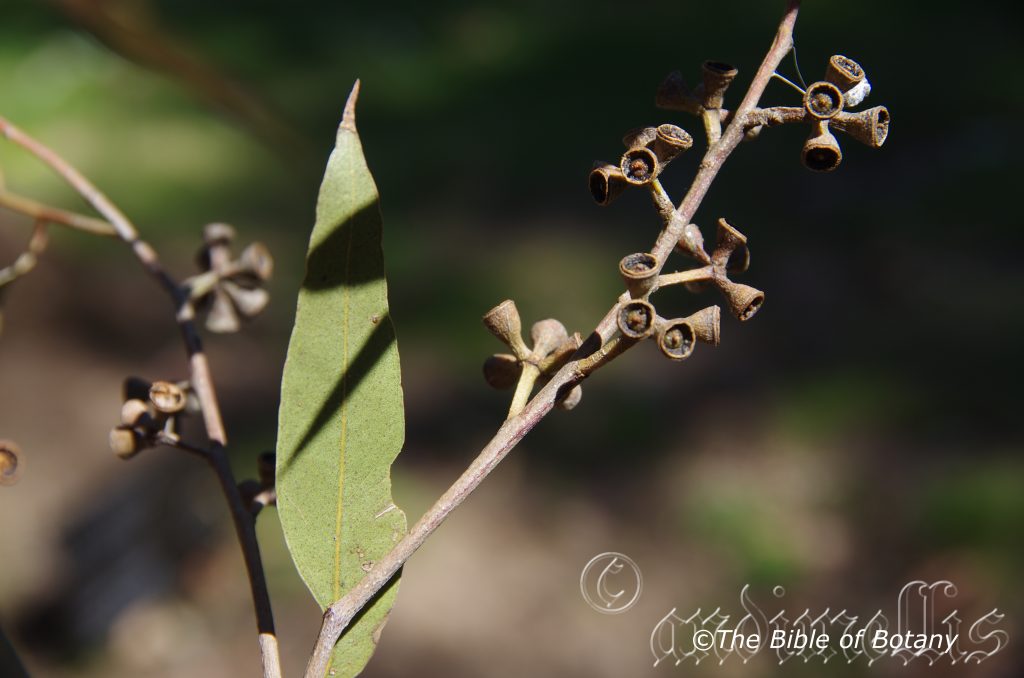
National Botanic Gardens ACT
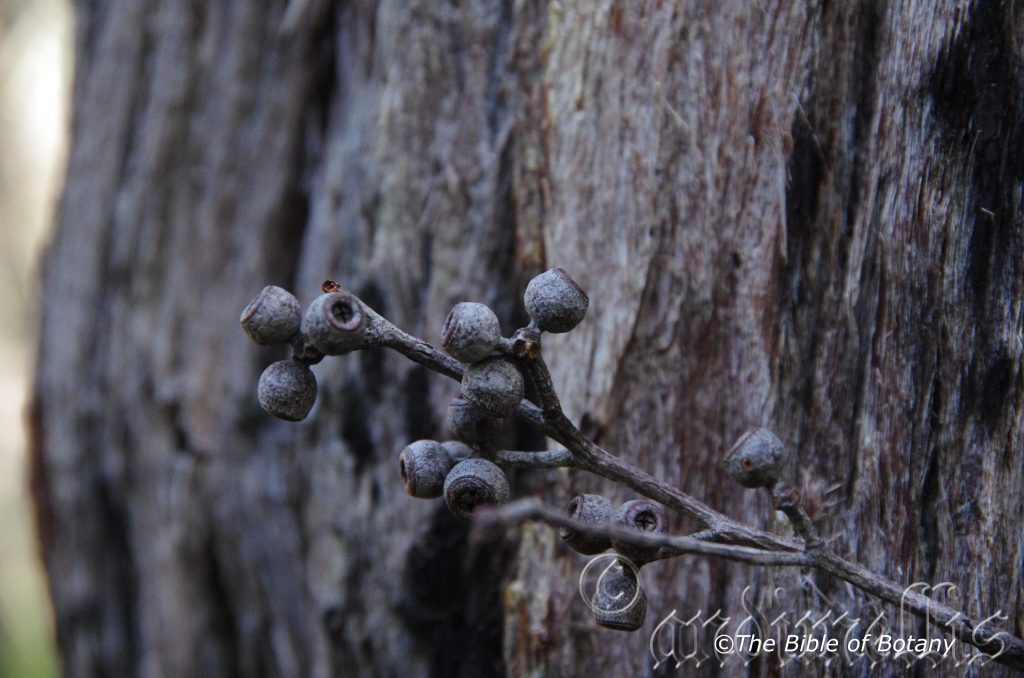
The Pinnacles NSW
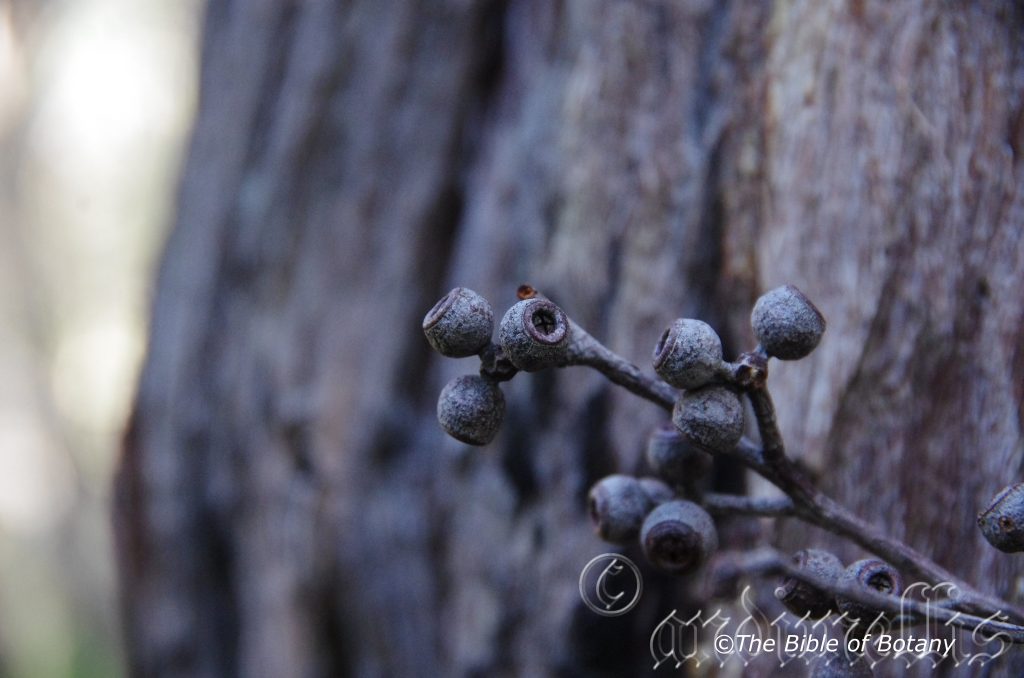
The Pinnacles NSW
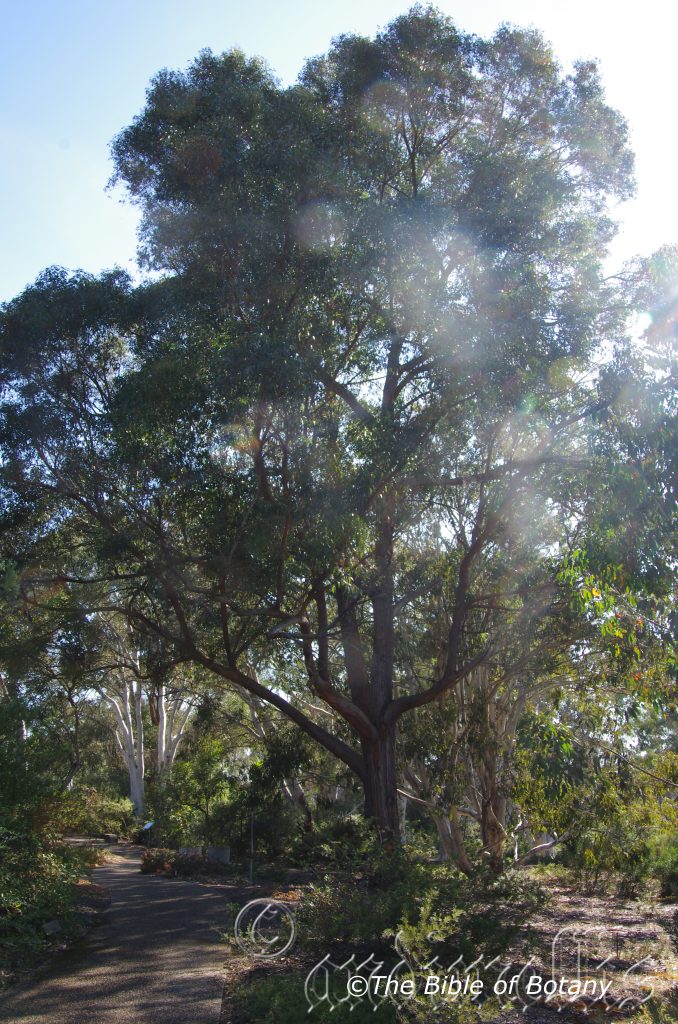
National Botanic Gardens ACT
Eucalyptus tindaliae
Classification:
Unranked: Eudicots
Clade: Rosids
Order: Myrtales
Family: Myrtaceae
Genus: From Eu, which is Greek a prefix for good or well and Kaluptos, which is Ancient Greek for to cover up. It refers to the stamens, which have a lid or cover over them in the bud stage prior to opening.
Specie: Is named in honour of Mary Douglas Tindale; 1920-2011, who was an Australian botanist who studied ferns had a strong passion for Pteriphytes and the Acacia genus.
Sub specie:
Common Name: Stringy Bark.
Distribution:
Eucalyptus tindaliae is found in 2 disjunct populations mainly on and east of the Great Dividing Range. It grows south from Cooktown to the Hidden valley in the Paluma National Park near Townsville in far north Queensland and from Maryborough to the Enfield Range in central coastal New South Wales. There is an isolated population in the Carnarvon National Park.
https://avh.ala.org.au/occurrences/search?taxa=Eucalyptus+tindaliae#tab_mapView
Habitat Aspect Climate:
Eucalyptus tindaliae prefers full sun to light dappled shade. It grows on slopes or flats adjacent to rainforests in moist Eucalyptus forests and dry Eucalyptus forests. The altitude ranges from 5 meters ASL to 1200 meters ASL.
The temperatures range from 2 degrees in July to 38 degrees in January.
The rainfalls range from lows of 1100mm to an average of 2800mm.
Soil Requirements:
Eucalyptus tindaliae prefers fertile sandy loams light gritty clays or medium clays. The soils are usually derived from decomposed brown basalts, black basalts, granites, metamorphic rocks, shales or at times accumulated peaty beach sands or decomposed sandstones. The soils pH ranges from 4.5pH to 6pH. It tolerates periodic waterlogged conditions on an annual basis. Non saline to moderately saline soils are tolerated.
Height & Spread:
Wild Plants: 20m to 30m by 12m to 15m.
Characteristics:
Eucalyptus tindaliae is a very tall straight trunked tree which has a bole to 60mm of its mature height. The grey to pale reddish-brown bark is rough, fibrous and stringy forming irregular longitudinal patches and furrows. The bark is persistent. The branchlets are yellow green, red green or green.
The juvenile, disjunct leaves of Eucalyptus tindaliae are broad lanceolate and measure 45mm to 80mm in length by 30mm to 50mm in width. The concolourous leaves are glossy mid green and covered in reddish hispid hairs.
The disjunct, alternate adult leaves are lanceolate slightly falcate to falcate and measure 70mm to 130mm in length by 13mm to 40mm in width. The moderately strongly compressed petioles measure 12mm to 20mm in length. The bases are asymmetrical, oblique and cuneate while the apexes are acute. The concolourous laminas are mid green to mid grey-green and semi glossy to glossy. The lamina is flat while the margins are entire. The mid vein is slightly prominent on both laminas while the lateral penniveins are at 35 degrees to the main vein. The intramarginal vein is close to the margins.
The inflorescences of Eucalyptus tindaliae are born as umbellasters containing 9, 11, 12 or 13 from upper leaf axils. The peduncles and pedicels are mid green terete or angular and glabrous. The peduncles measures 4mm to 14mm in length while the pedicles measure 0mm to 2.5mm in length.
The bud’s hypanthia are cylindrical and glabrous while the calyptras are long and conical. The hypanthia measure 2mm to 3mm in length by 2mm to 3mm in diameter while the calyptras measure 2mm to 3mm in length. The bud scar is absent.
The stamens are white with cream anthers. The stamens measure 3.5mm to 5mm in length. The flowers appear from May to July.
The fruits of Eucalyptus tindaliae are hemispherical to flattened globose gum nuts. The gum nuts measure 4mm to 8mm in length by 6mm to 11mm in diameter. The disc is raised revealing 4 or 5 valves which are enclosed or level with the rim.
The brown to blackish, pyramidal or obliquely pyramidal seeds have a glabrous dorsal surface and measure 1mm to 3mm in length. The hilum is terminal.
Wildlife:
The flowers of Eucalyptus tindaliae are medium nectar producer and are very attractive to most honeyeaters, lorikeets, flying foxes, possums and many insects. The flowers are eaten by the Grey headed Flying fox. (Pteropus poliocephalus.) Bellbirds and other small birds can always be seen on the trees so they must support a large variety of thrips, lerps and other sap sucking insects especially when in flower.
Cultivation:
Eucalyptus tindaliae is a medium size tree which is very suitable for gardeners looking for a medium Eucalyptus specie for the garden or to create a small parkland scene with willowy foliage. It is ideal on sandy soils and sandy alluvial flats that are have drainage problems. It is fast growing so give good effects at an early age. In the garden good specimens grow from 20 meters to 25 meters in height by 12 meters to 15 meters in diameter when grown in the open.
Eucalyptus tindaliae should be used more in larger gardeners as most gardeners tend to shy away from tall Eucalyptus trees. The branches have a beautiful semi gnarled look and can add character to a garden. The branches are easy to work giving the gardener an opportunity to create a more gnarled appearance when setting up a feature tree.
The reddish-brown flaky to stringy bark also contrasts well with other Eucalyptus specie and Corymbia specie when mixed planted to highlight the trunks. It is best placed near smooth white barked trees for best results. It is too often planted singularly with gardeners not prepared to experiment and mix them together with trees of different barks.
The trees look great along long driveways where they make the driveway look long and broader with their branches overhanging the driveway. Another advantage is they can be used for windbreaks along fence lines in non-productive moist cluggy areas to help drain the soils and break them up.
Like most large Eucalyptus specie leaf drop, dropping of small branches means continual lawn maintenance but then in a rainforest garden supply good quantities of leaf litter. Trees grown in the open are subject to branches breaking in strong winds and even the trees being completely uprooted. This is particularly apparent where trees are being over fertilized with high nitrogenous fertilizers which cause the trees to be top heavy when young. Older trees are far more stable even in wet sandy or light clay ground.
Propagation:
Seeds: Sow into a seed raising mix. Place the seed tray where daily temperatures are in excess of 25 degrees for more even and rapid germination. When the seedlings are 25mm to 50mm tall, prick them out and plant them into 50mm native tubes using a good organic mix.
Once the seedlings reach 200mm to 250mm in height plant them out into their permanent position.
Fertilize using seaweed, fish emulsion or organic chicken pellets soaked in water on an alternate basis. Fertilize every two months until the plants are established then twice annually in early September or March to maintain health, vitality and better flowering.
Further Comments from Readers:
Hi reader, it seems you use The Bible of Botany a lot. That’s great as we have great pleasure in bringing it to you! It’s a little awkward for us to ask, but our first aim is to purchase land approximately 1,600 hectares to link several parcels of N.P. into one at The Pinnacles NSW Australia, but we need your help. We’re not salespeople. We’re amateur botanists who have dedicated over 30 years to saving the environment in a practical way. We depend on donations to reach our goal. If you donate just $5, the price of your coffee this Sunday, We can help to keep the planet alive in a real way and continue to bring you regular updates and features on Australian plants all in one Botanical Bible. Any support is greatly appreciated. Thank you.
In the spirit of reconciliation we acknowledge the Bundjalung, Gumbaynggirr and Yaegl and all aboriginal nations throughout Australia and their connections to land, sea and community. We pay our respect to their Elders past, present and future for the pleasures we have gained.
Eucalyptus torquata
Classification:
Unranked: Eudicots
Clade: Rosids
Order: Myrtales
Family: Myrtaceae
Genus: From Eu, which is Greek a prefix for good or well and Kaluptos, which is Ancient Greek for to cover up. It refers to the stamens, which have a lid or cover over them in the bud stage prior to opening.
Specie: From Torquatus, which is Latin for an adorned or twisted necklace or collar. It refers to the base of hypanthia, on the flower buds which have a collar of rather spectacular or ornate markings.
Sub specie:
Common Name: Buringoa or Forest Red Gum.
Distribution:
Eucalyptus torquata is restricted to an area in the south western corner of Western Australia around Coolgardie.
https://avh.ala.org.au/occurrences/search?taxa=Eucalyptus+torquata#tab_mapView
Habitat:
Aspect / Climate:
Eucalyptus torquata prefers full sun to light dappled shade. It grows on gentle slopes to hill sides in dry schlerophyll forests. The altitude ranges from 400 meters ASL to 480 meters ASL.
The temperatures range from 2 degrees in August to 37 degrees in February.
The rainfalls range from lows of 140mm to an average of 300mm annually.
Soil Requirements:
Eucalyptus torquata prefers reddish sands to reddish sandy loams, light gravelly clays or soils with a high stone content. The soils are usually derived from decomposed granitic quartz or decomposed sandstones. The soils range from a PH of 5 to 6.5.It does not tolerate waterlogged soils. Non saline soils to moderately saline soils are tolerated.
Height & Spread:
Wild Plants: 4m to 10m by 5m to 12m.
Characteristics:
Eucalyptus torquata has a long thick bole with the branches appearing 30mm of the trees height on mature trees. The bark is thick, corky and furrowed or thick corky and sub tessellated and is grey to pale reddish-brown from the base to smaller branches. The smaller branches and branchlets are usually orange to reddish often tinged red or purple and glabrous. The bark is persistent throughout.
Eucalyptus torquata‘s disjunct, juvenile leaves are ovate. The concolourous leaves are glossy green. They measure 30mm to 40mm in length by 20mm to 35mm in width.
The alternate, disjunct adult leaves are lanceolate to broad lanceolate, slightly falcate to falcate or curved near the apex. The leaves measure 90mm to 120mm in length by 15mm to 20mm in width. The greenish tinged red or orange petioles measure 16mm to 22mm in length. The bases are slightly oblique and cuneate while the apexes are tapering acute. The coriaceous, concolourous leaves are mid grey to grey-green and dull. The laminas are flat while the margins are entire. The mid vein is prominent on the lower lamina and slightly prominent on the upper lamina. The lateral veins are penniveined and are at 55 degrees to the main vein while the intramarginal veins are parallel to the margin and close to the margin.
The inflorescences of Eucalyptus torquata are umbellasters containing 5 individual flowers are born from the leaf axils. The terete peduncles are orange to reddish-orange or pale green tinged orange or red, and glabrous while the terete pedicels are orange to reddish-orange or pale green tinged orange or red and glabrous. The peduncles measure 50mm to 65mm in length while the pedicels measure 25mm to 30mm in length.
The bud'[s hypanthia are mid green tinged orange or red or orange to orange-red, glossy and glabrous while the calyptras are mid green tinged orange or red or orange to orange-red, glossy and glabrous. The hypanthia are cylindrical with 8 to 14 well developed longitudinal ribs near the base and faint corrugations extending to the apex while the flattened hemispherical calyptras have 8 to 14 well developed longitudinal ribs near the base before extending to a long narrow conical rostrate beak. The hypanthium measure 19mm to 23mm in length by 13mm to 16mm in diameter at the base across the corrugations and at apex while the calyptras measure 6mm to 8mm in length not including the rostrate beak by 19mm to 23mm in diameter across the corrugations. The rostrate beak measures 19mm to 23mm in length by 6mm to 8mm in diameter near the base. The glossy, glabrous disc is yellow to orange. The bud scar is present.
The filaments are usually coral pink however white, red orange or deep pinks are not uncommon. The inflexed stamens are measure 13mm to 16mm in length. The cream anthers are cuboidal. The outer stamens are infertile. The white style measures 17mm to 21mm in length. The disc is yellow-green. The flowers appear in mid-August to December.
The fruits of Eucalyptus torquata are broad cylindrical fusiform gum nuts with well-developed longitudinal ribs near the base and faint corrugations extending to the apex. The gum nuts measure 21mm to 25mm in length by 14mm to 17mm in diameter at the widest point. The disc is flat or raised and deeply while the 4 valves are enclosed or level with the hypanthium. The gum nuts turn grey when ripe. The style or broken style is persistent.
The brown to blackish, ovoid or flattened-ovoid seeds have a honeycombed dorsal surface with moderately deep to shallow pits and measure 1.8mm to 3mm in length. The hilum is positioned ventrally.
Wildlife:
The flowers of Eucalyptus torquata are good nectar producers and are very attractive to most honeyeaters and lorikeets and are probably visited by the pygmy gliders of the west.
Cultivation:
Eucalyptus torquata is a small tree for small gardens and very useful for that parkland scene or starting an arid woodland garden. It is ideal on lighter soils and dry alluvial flats or slopes. It is fast growing so give good effects at an early age. As it is moderately salt resistant they can be used close to the coast where salt laden winds occur.
This is one Eucalyptus specie that should be persevered with in marginal areas away from Western Australia in inland semi-arid to arid zones and even as far east as Adelaide and Melbourne. I would be very tempted to try the trees further north at least as far as Emerald or Barcaldine in Queensland west of the Great Dividing Range. The trees have been known to flower from the second year from seed however consistently good blooms are produced from the 4th or 5th year. Seed production is not true to type so variable flower colour will be attained even if seed was collected from the same tree.
It is only suitable for areas that suffer from light frost. Trees in cultivation will grow from 6 meters to 9 meters in height by 7 meters to 11 meters in diameter as a single trunk tree thus making them an ideal small shade tree.
The flowering is the greatest feature of this tree and it is really worth persevering with it in marginal locations. In fact the whole tree can be smothered in flowers in cultivation but unfortunately are quickly devoured by sugar gliders and possums in the evenings and lorikeets and honeyeaters during the day.
Scatter plant them in small groups of 3 or 4 plants in large gardens and parks is something to behold. It is an attractive tree even when not in flower. Used in this manner nothing else is needed to enhance the garden so let them stand alone. Another method for their use would be to surround them with smaller mallee type plants that flower at different times of the year or mass plant the ground with ground covers which have white or yellow flowers or bright green foliages.
Another method is to plant two rows well-spaced apart with mixed mallees like Eucalyptus curtisii which would contrast beautifully.
This is one tree that I am persevering with at The Pinnacles on sandstone.
Like most large Eucalyptus specie leaf drop, dropping of small branches means continual lawn maintenance but then in a rainforest garden supply good quantities of leaf litter. Trees grown in the open are subject to branches breaking in strong winds and even the trees being completely uprooted. This is particularly apparent where trees are being fertilized and are top heavy.
Propagation:
Seeds: Sow into a seed raising mix. Place the seed tray where daily temperatures are in excess of 25 degrees for more even and rapid germination. When the seedlings are 25 to 50 mm tall, prick them out and plant them into 50mm native tubes using a good organic mix.
Once the seedlings reach 200 to 250mm in height plant them out into their permanent position.
Fertilize using seaweed, fish emulsion or organic chicken pellets soaked in water on an alternate basis. Fertilize every two months until the plants are established then twice annually in early September or March to maintain health, vitality and better flowering.
Further Comments from Readers:
Hi reader, it seems you use The Bible of Botany a lot. That’s great as we have great pleasure in bringing it to you! It’s a little awkward for us to ask, but our first aim is to purchase land approximately 1,600 hectares to link several parcels of N.P. into one at The Pinnacles NSW Australia, but we need your help. We’re not salespeople. We’re amateur botanists who have dedicated over 30 years to saving the environment in a practical way. We depend on donations to reach our goal. If you donate just $5, the price of your coffee this Sunday, We can help to keep the planet alive in a real way and continue to bring you regular updates and features on Australian plants all in one Botanical Bible. Any support is greatly appreciated. Thank you.
In the spirit of reconciliation we acknowledge the Bundjalung, Gumbaynggirr and Yaegl and all aboriginal nations throughout Australia and their connections to land, sea and community. We pay our respect to their Elders past, present and future for the pleasures we have gained.
Eucalyptus umbra
Classification:
Unranked: Eudicots
Clade: Rosids
Order: Myrtales
Family: Myrtaceae
Genus: From Eu, which is Greek a prefix for good or well and Kaluptos, which is Ancient Greek for to cover up. It refers to the stamens, which have a lid or cover over them in the bud stage prior to opening.
Specie: From Umbella/Umbra, which is Latin for shade or shadow. It refers to trees, which have a dense canopy thus casting a noticeable umbra or shadow beneath.
Sub specie:
Common Name: Broad Leave White Mahogany.
Distribution:
Eucalyptus umbra is mainly found on and east of the Great Dividing Range in 3 distinct disjunct populations. It is found south from Mount Janet to Hervey Range in Girringun National Park in the north, the Blackdown Tablelands National Park to the Byfield National Park in central Queensland and from the Burrum Coast National Park in southern coastal Queensland to Southerland in coastal central New South Wales.
https://avh.ala.org.au/occurrences/search?taxa=Eucalyptus+umbra#tab_mapView
Habitat Aspect Climate:
Eucalyptus umbra prefers full sun to light dappled shade. It grows in dry open Eucalyptus forests, moist open Eucalyptus forest behind the coastal dunes and open woodlands. The range of topography is as wide as the habitat which includes coastal flats, coastal headlands, steep slopes, sandstone escarpments, granitic ridges and adjacent to wallums on short spurs. The altitude ranges from 50 meters ASL to 780 meters ASL.
The temperatures range from minus 5 degree in July to 38 degrees in January.
The rainfalls range from lows of 800mm to an average of 2000mm annually.
Soil Requirements:
Eucalyptus umbra prefers light sandy loams, deep sandy loams to medium clays and podzolic soils. The soils are usually derived from decomposed sandstones, granites, shale, metashales, brown basalts and black basalts or accumulated peaty beach sands. The soils pH ranges from 4.5pH to 6pH. It does not tolerate waterlogged soils. Non saline soils to very saline soils are tolerated as are salt laden winds.
Height & Spread:
Wild Plants: 12m to 25m by 6m to 15m.
Characteristics:
Eucalyptus umbra has a long thick bole with the branches appearing 20mm to 60mm of the trees height on mature trees or spreading branches from close to the ground. The stringy, spongy bark is pale grey to pale reddish-brown to branches. The smaller branches are mid grey with the branchlets being green tinged red and glabrous. The bark is persistent throughout.
Eucalyptus umbra‘s disjunct, juvenile leaves are broad lanceolate and sessile. The concolourous leaves are glossy green. They measure 60mm to 100mm in length by 20mm to 20mm in width.
The alternate, disjunct adult leaves are lanceolate to broad lanceolate, slightly falcate to falcate and measure 100mm to 140mm in length by 25mm to 35mm in width. The greenish-red, compressed petioles measure 16mm to 22mm in length. The bases are non-oblique to slightly oblique, asymmetrical and cuneate while the apexes are tapering acute to acute. The coriaceous, concolourous leaves are mid green, to mid blue-green and semi glossy to dull. The laminas are flat while the margins are entire. The mid vein is strongly prominent on the lower lamina and slightly prominent on the upper lamina. The lateral veins are penniveined are at 75 to 80 degrees to the main vein while the intramarginal veins are parallel to the margin and close to the margin.
The inflorescences of Eucalyptus umbra are umbellasters containing 7 to 11 individual flowers are born from the leaf axils. The flattened or angular peduncles are yellow-green to khaki, terete and glabrous while the terete pedicels are yellow-green to khaki, terete and glabrous. The peduncles measure 12mm to 22mm in length while the pedicels measure 5mm to 8mm in length.
The ovoidal, fusiform hypanthia are yellow-green to mid green and glabrous while the hemispherical calyptras are yellow-green to mid green, have a long rostrate tip and are glabrous. The hypanthium measure 4.5mm to 6mm in length by 3mm to 4mm in diameter while the calyptras measure 3mm to 3.5mm in length. The bud scar is absent.
The white inflexed stamens are measure 5mm to 6mm in length. The cream anthers are cuboidal. The outer stamens are infertile. The white style measures 2mm to 3mm in length. The disc is yellow-green. The flowers appear in mid-July to September.
The fruits of Eucalyptus umbra are broad cupular to hemispherical gum nuts. The fusiform gum nuts measure 6mm to 8mm in length by 7mm to 9mm in diameter at the widest point. The disc is flat or raised and enclosed while the 3 to 5 valves are enclosed or level with the hypanthium. The yellow-green gum nuts turn grey when ripe.
Wildlife:
The flowers of Eucalyptus umbra are excellent nectar producers and are always covered in honeyeaters and lorikeets when in flower. The Ring Tail Possum (Pseudocheirus peregrinus) and Brush Tail Possum (Trichosurus vulpecula) are regular visitors to flowering trees as are the myriad of insect eating birds there to feast on the pollen flies, native bees, and butterflies.
Cultivation:
Eucalyptus umbra is a medium size mallee which is very suitable for gardeners looking for a tall Eucalyptus specie for the garden or to create a small parkland scene with willowy foliage. It is ideal on sandy soils and sandy alluvial flats that are have drainage problems but not waterlogged. It is fast growing so give good effects at an early age. In the garden plants can be grown as multi trunk small trees with crooked stems or as a single trunk tree with semi gnarled twisted branches. Multi trunk trees will grow from 6 meters to 10 meters in height by 6 meters to 8meters in diameter when grown in the open or single trunk trees will grow from 16 meters to 20 meters in height by 8 meters to 10 meters in diameter when grown in the open.
Eucalyptus umbra should be used more in small to medium garden as focal points as they have character which many trees do not have. The trees look good either as single specimens or group planted.
The tight grey to pale reddish-brown stringy bark contrasts well with other Eucalyptus specie and Corymbia specie when mixed planted to high light the trunks. Place them near the edge if taller trees are used so that they lead you into the forest or park. Plant them near the center or in the background if mallees are the predominant trees in the garden as this will give height and depth. It is too often planted singularly with gardeners not prepared to experiment and mix them together with trees of different barks.
The trees look great along smaller driveways where they make the driveway look longer and wider than what is reality. Another advantage is they can be used for windbreaks along fence lines in non-productive areas to help break up the soils.
Like most Eucalyptus specie leaf drop, dropping of small branches means continual lawn maintenance but then in a rainforest garden supply good quantities of leaf litter. Trees grown in the open are subject to branches breaking in strong winds and even the trees being completely uprooted. This is particularly apparent where trees are being over fertilized with high nitrogenous fertilizers which cause the trees to be top heavy when young. Older trees are far more stable even in wet sandy or light clay ground.
Propagation:
Seeds: Sow Eucalyptus umbra seeds into a seed raising mix. Cover the seeds with 2mm to 3mm of fine sand and place the trays in a warm sunny position. Keep moist but not wet. When the seedlings are 25mm to 50mm tall, prick them out and plant them into 50mm native tubes using a good organic mix.
Once the seedlings reach 200mm to 250mm in height plant them out into their permanent position. Mass plantings for windbreaks are best achieved by planting them at 10 meters to 20 meters apart or by planting them at 8 meter centers when a feature is required in groups of 3 to 5.
Fertilize using Seaweed, fish emulsion or organic chicken pellets soaked in water and apply the liquid on an alternate basis. Fertilize every two month until the trees are well established then every spring to ensure good growth and flowering.
Further Comments from Readers:
Hi reader, it seems you use The Bible of Botany a lot. That’s great as we have great pleasure in bringing it to you! It’s a little awkward for us to ask, but our first aim is to purchase land approximately 1,600 hectares to link several parcels of N.P. into one at The Pinnacles NSW Australia, but we need your help. We’re not salespeople. We’re amateur botanists who have dedicated over 30 years to saving the environment in a practical way. We depend on donations to reach our goal. If you donate just $5, the price of your coffee this Sunday, We can help to keep the planet alive in a real way and continue to bring you regular updates and features on Australian plants all in one Botanical Bible. Any support is greatly appreciated. Thank you.
In the spirit of reconciliation we acknowledge the Bundjalung, Gumbaynggirr and Yaegl and all aboriginal nations throughout Australia and their connections to land, sea and community. We pay our respect to their Elders past, present and future for the pleasures we have gained.
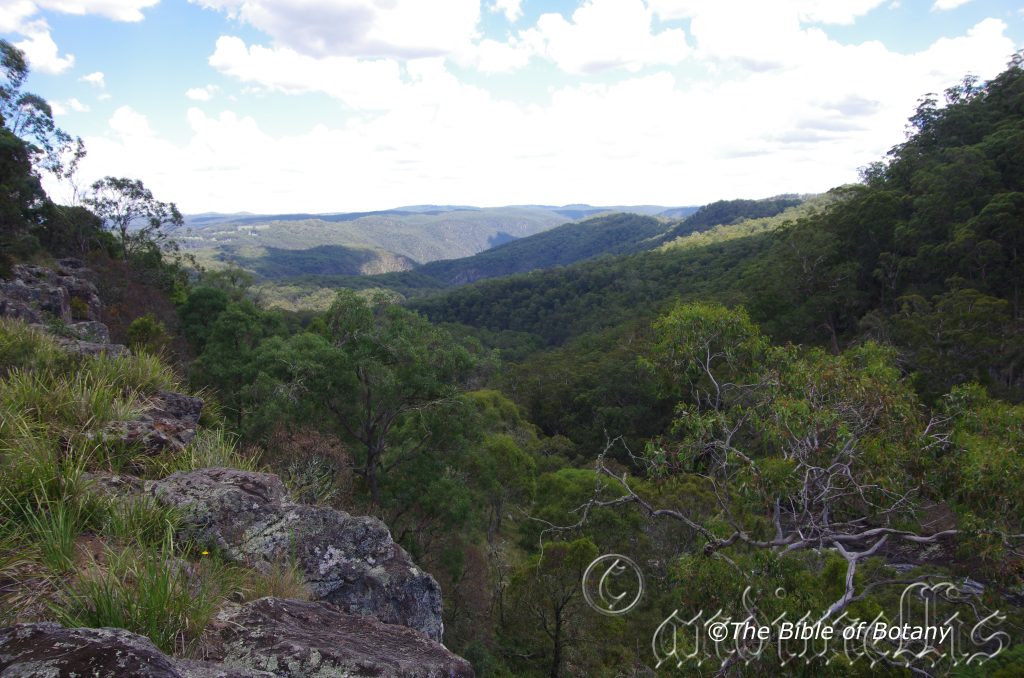
Ebor Falls National Park Ebor NSW
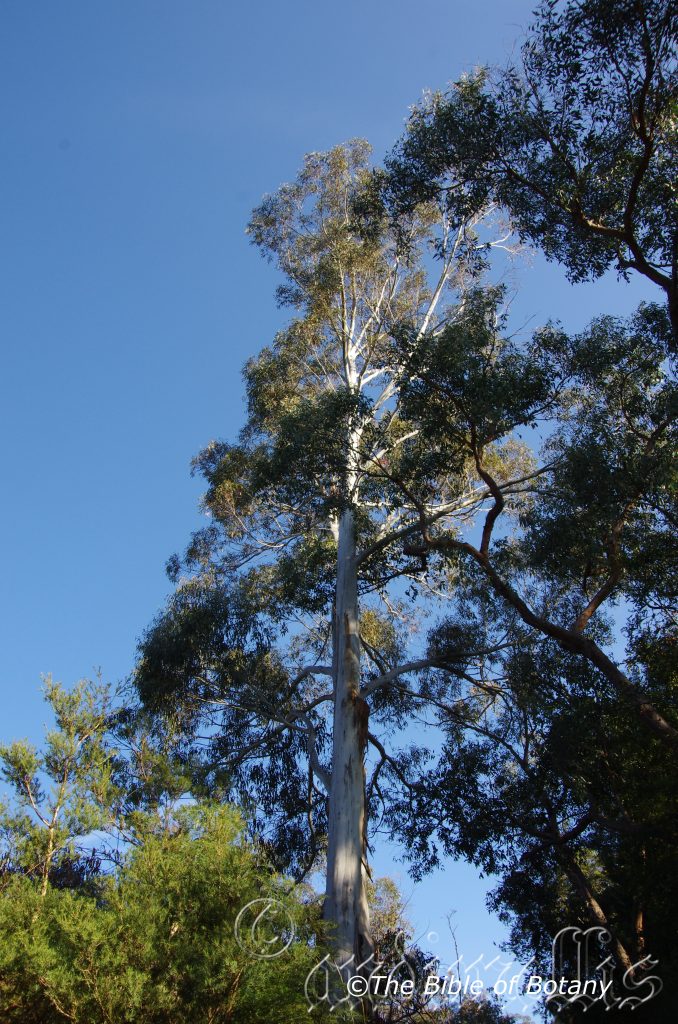
National Botanic Gardens ACT
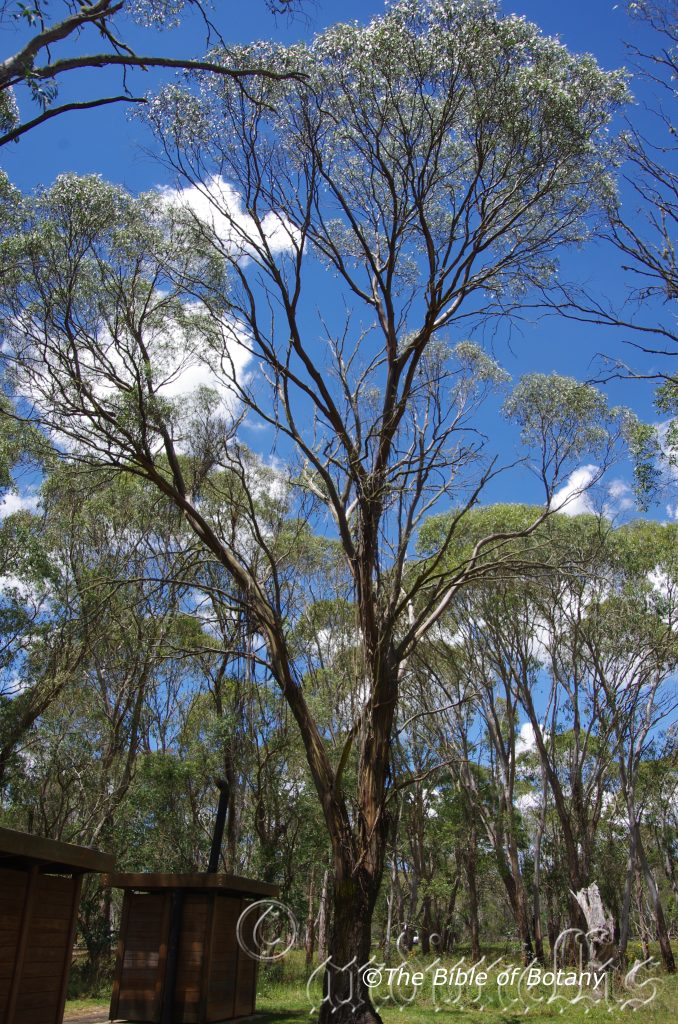
Ebor Falls National Park Ebor NSW
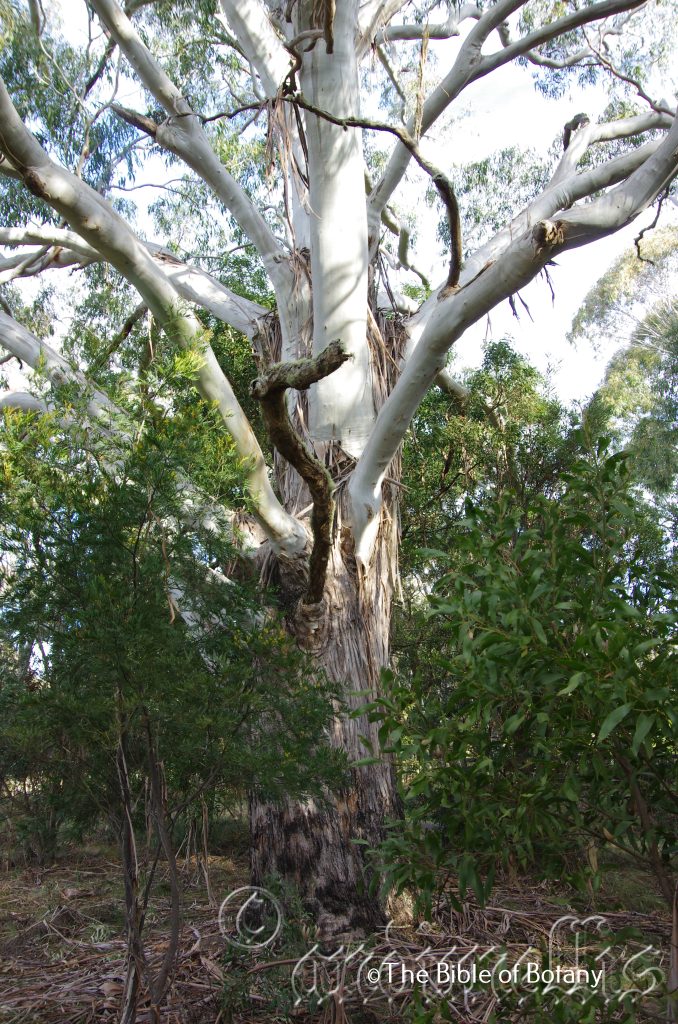
Ebor Falls National Park Ebor NSW
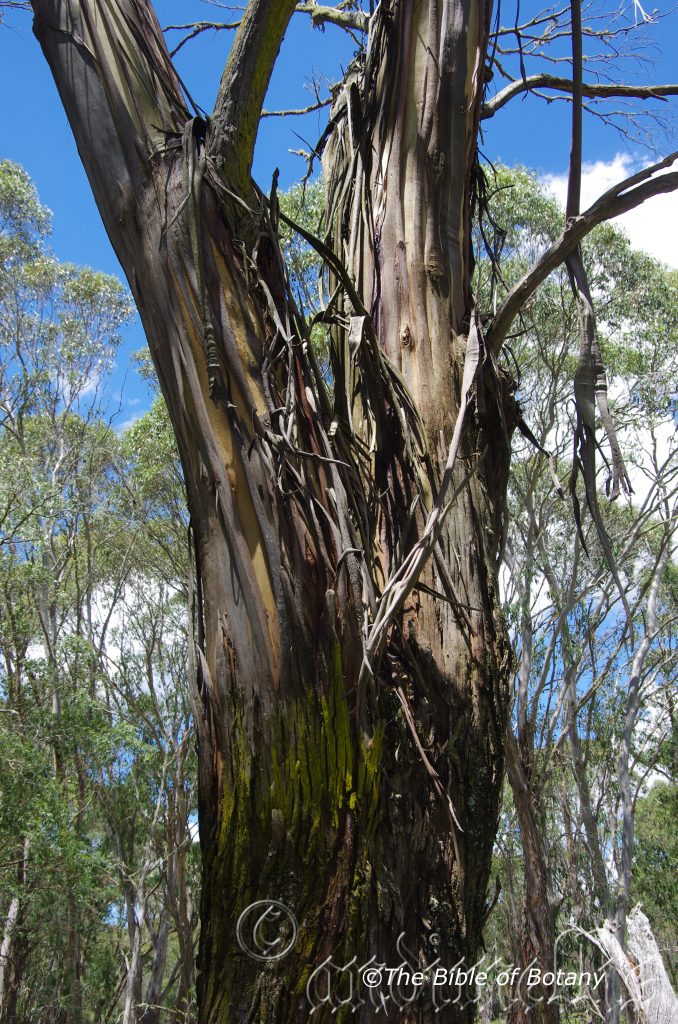
Ebor Falls National Park Ebor NSW
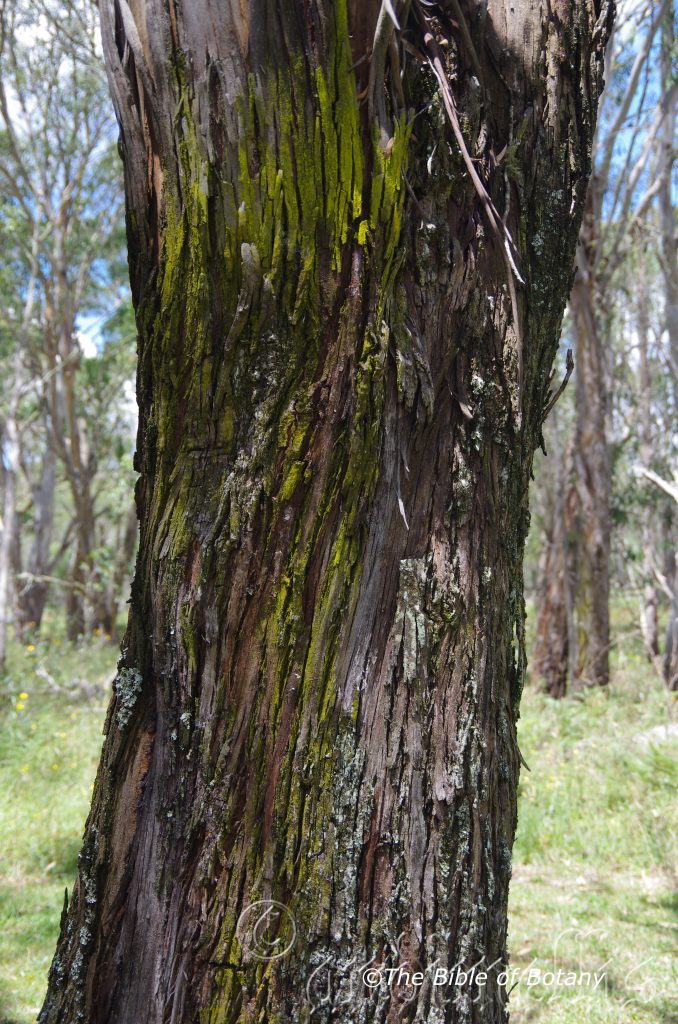
Ebor Falls National Park Ebor NSW
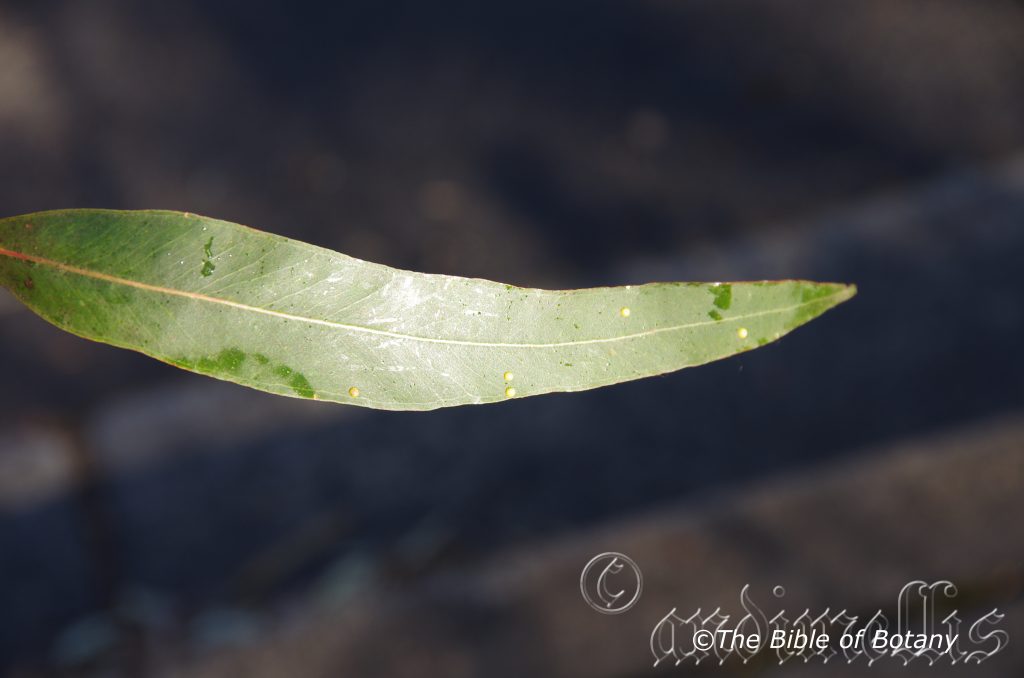
National Botanic Gardens ACT
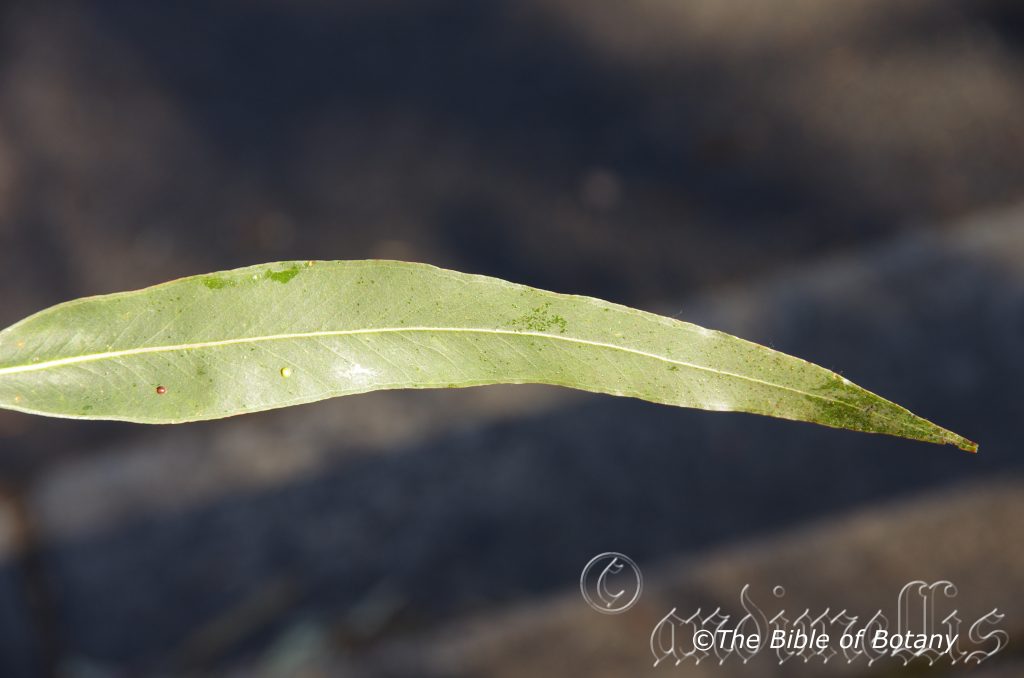
National Botanic Gardens ACT
Eucalyptus viminalis
Classification:
Unranked: Eudicots
Clade: Rosids
Order: Myrtales
Family: Myrtaceae
Genus: From Eu, which is Greek a prefix for good or well and Kaluptos, which is Ancient Greek for to cover up. It refers to the stamens, which have a lid or cover over them in the bud stage prior to opening.
Specie: From Viminale, which is Latin for long, slender, flexible stems. It refers to stems which somewhat wispy resembling those of the weeping willow.
Sub specie: Manna Gum, Ribbon Gum, White Gum.
Distribution:
Eucalyptus viminalis is restricted to a few fragmented populations due to excessive clearing from near the Victorian, New South Wales border to east of the Dandenong Range. It is found from Davies Plain south-west to Omeo, Dargo High Plains and the upper reaches of Jamieson River in the high country. It is also found at lower elevation on the Buckland River with an isolated population near Lismore in central western Victoria.
https://avh.ala.org.au/occurrences/search?taxa=Eucalyptus+viminalis#tab_mapView
Habitat Aspect Climate:
Eucalyptus viminalis prefers full sun to part shade or dappled sunlight. It grows as an understorey tree along river flats and along gullies in the high country. The altitude ranges from 700 meters ASL to 1300 meters ASL except for the population at Lismore which is around 200 meters to 300 meters ASL.
The temperatures range from minus 6 degree in August to 30 degrees in January.
The rainfall ranges from lows of 800mm to an average of 1600mm however orographic precipitation would decrease the evaporation rate from plants and maintain ground moisture.
Soil Requirements:
Eucalyptus viminalis prefers deep fertile soils of course silts to fine silts, light fatty clays and gravelly sands overlying dolerite. The soils are usually derived from decomposed granites, metagranites laid down in alluvial deposits. The soil'[s pH ranges from 4pH to 5.5pH. It tolerates waterlogged soils and seasonal wet periods.Non saline soils to moderately saline soils are tolerated.
Height & Spread:
Wild Plants: 5m to 7m by 3m to 5m.
Characteristics:
Eucalyptus viminalis is a small tree which branches freely from the near the ground. The typically box bark is rough and persistent on the trunk and major stems. The glabrous branches and branchlets are pale grey to greenish-grey. The bark is shed in small patches. The new growth is purplish-green. The tree’s canopy comprises of mature leaves, juvenile leaves and intermediate leaves.
Eucalyptus viminalis’s juvenile and coppice stems are terete, glaucous and glabrous. The sessile opposite disjunct leaves are ovate to broad elliptical with a rounded base and an obtuse apex which has a short apiculate tip. The concolourous laminas are dull bluish-grey to blue-green or dull bluish-green, glaucous and glabrous. The leaves measure 40mm to 110mm in length by 30mm to 70mm in width. The margins are entire.
The alternate, disjunct, lanceolate to falcate leaves of Eucalyptus viminalis measure 85mm to 230mm in length by 8mm to 30mm in width. The terete petioles are yellowish or purplish-pink and measure 0mm to 13mm in length. The bases taper to the petiole, while the apexes are narrow acute. The concolourous laminas are dull grey-green, bluish-green to deep green and glabrous. The margins are entire while the mid vein is strongly prominent on both laminas on the basal half. The lateral penniveins are faintly visible on the both laminas while the intramarginal veins are close to the margin. The reticulation is dense, with numerous, large, island and intersectional oil glands.
The inflorescences of Eucalyptus viminalisare unbranched umbellasters born auxiliary along the stems from the leaf axils. There are 3 individual buds to an umbellaster. The new growth bearing the umbellasters is generally glaucous grey-green or at times glaucous reddish-brown. The thick, glabrous, terete peduncles are glaucous, measure 4mm to 8mm in length, while terete pedicels measure 0mm to 3 mm in length. The ovoid buds measure 5mm to 8mm in length by 3mm to 5mm in diameter. The flattened, hemispherical, brown calyptra imperfectly dehisces and is at least as long as or longer than the hypanthium. The bud scar is present.
The white, irregularly flexed stamens measure 4mm to 5mm in length. The creamy, cuneate anthers are dorsifixed and are all fertile. The pale creamy-green style measures 1.5mm to 2mm in length. The disc is pale creamy-green. The flowers appear from November to May.
The cylindrical, globose or ovoid capsules measure 4mm to 8mm in length by 4mm to 9mm in diameter. The disc is raised, while the 4 valves are exserted.
The black, brown or grey, ovoid or flattened-ovoidal seeds are often pointed at one end, lacunose on the dorsal surface or shallowly pitted and measure 1.2mm to 3mm in length. The hilum is positioned ventrally.
Wildlife:
The wildlife of Eucalyptus viminalis is unknown to the author.
Cultivation:
Eucalyptus viminalis is a beautiful small to medium tree which is ideally suitable for smaller gardens where a Eucalyptus is required. It is fast growing even on poor, cold soils that it is normally associated with. It makes an attractive garden specimen once established due it its beautiful blue glaucous foliage and stems. It looks great and makes a good contrast plant from an early age. It looks very affective when planted with other mallees or small Eucalyptus trees with contrasting glossy green foliages and growth habits. Another method is to grow one or two as trees and interplant with several smaller mallees that have been cut to induce the growth of several trunks. In the garden good specimens may grow from 12 meters to 15 meters in height by 4 meters to 6 meters in diameter when grown in the open as a single trunk tree or 3 meters to 5 meters in height by 4 meters to 5 meters in diameter as a multi trunk tree when grown in the open.
The beauty of Eucalyptus viminalis is that it ranches close to the ground and accepts soils that are cold for extended periods from autumn to mid spring. Once established it looks at home in such conditions. Like all Eucalyptus sp. though some leaf drop and dropping of small branchlets means continual lawn maintenance but then this species is far better in garden beds and native heath gardens than in lawns.
Propagation:
Seeds: Sow the seeds of Eucalyptus viminalisinto a seed raising mix. Cover the seeds with 2mm to 3mm of fine sand and place the trays in a warm sunny position. Keep the seeds moist but not wet. When the seedlings are 25mm to 50mm tall, prick them out and plant them into 50mm native tubes using a good organic mix.
Once the seedlings reach 200mm to 250mm in height plant them out into their permanent position. Mass plantings are best done in groups of 3 to 5 as a feature by planting them at 4 meter to 5 meter centers as a tree or 5 meters to 6 meters as a mallee.
Fertilize using Seaweed, fish emulsion or organic chicken pellets soaked in water and apply the liquid on an alternate basis. Fertilize every two month until the trees are well established then every spring to ensure good growth and flowering.
Further Comments from Readers:
Hi reader, it seems you use The Bible of Botany a lot. That’s great as we have great pleasure in bringing it to you! It’s a little awkward for us to ask, but our first aim is to purchase land approximately 1,600 hectares to link several parcels of N.P. into one at The Pinnacles NSW Australia, but we need your help. We’re not salespeople. We’re amateur botanists who have dedicated over 30 years to saving the environment in a practical way. We depend on donations to reach our goal. If you donate just $5, the price of your coffee this Sunday, We can help to keep the planet alive in a real way and continue to bring you regular updates and features on Australian plants all in one Botanical Bible. Any support is greatly appreciated. Thank you.
In the spirit of reconciliation we acknowledge the Bundjalung, Gumbaynggirr and Yaegl and all aboriginal nations throughout Australia and their connections to land, sea and community. We pay our respect to their Elders past, present and future for the pleasures we have gained.
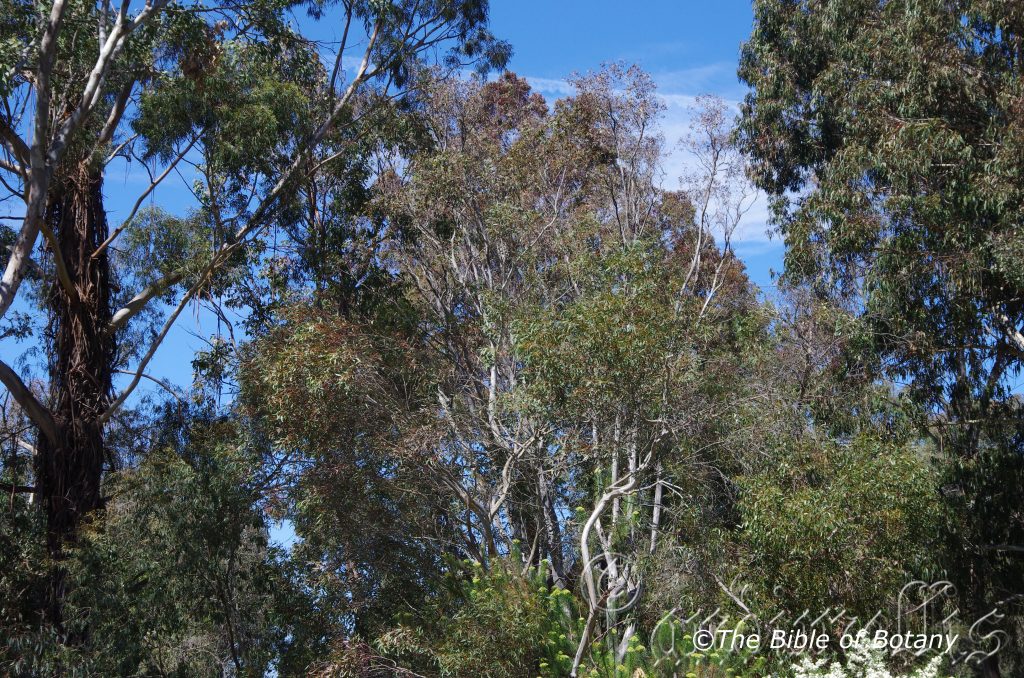
National Botanic Gardens ACT
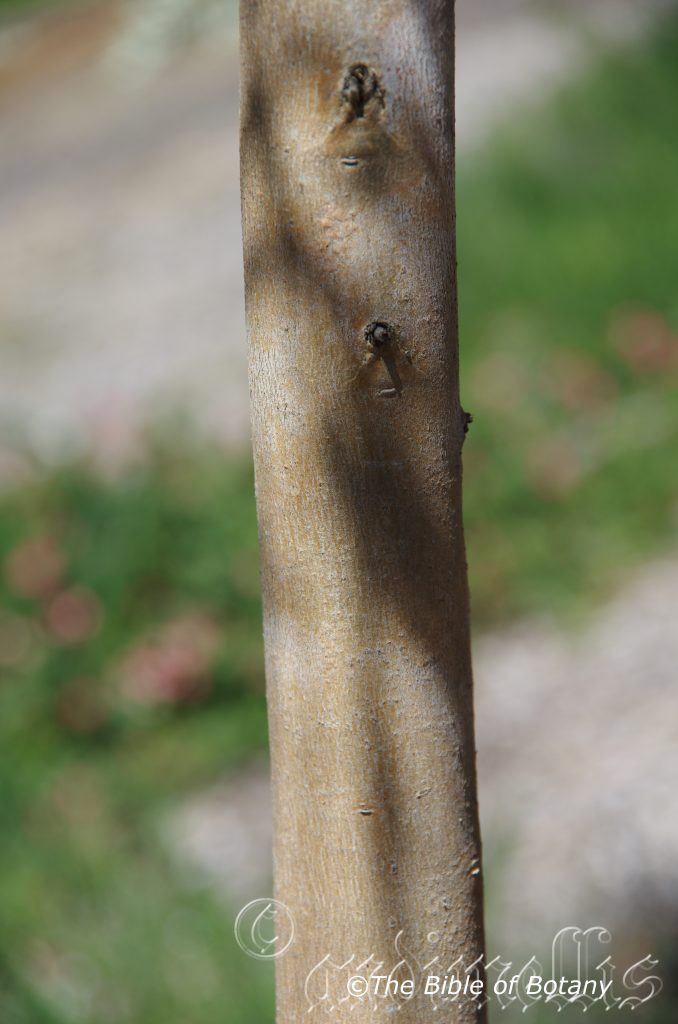
National Botanic Gardens ACT
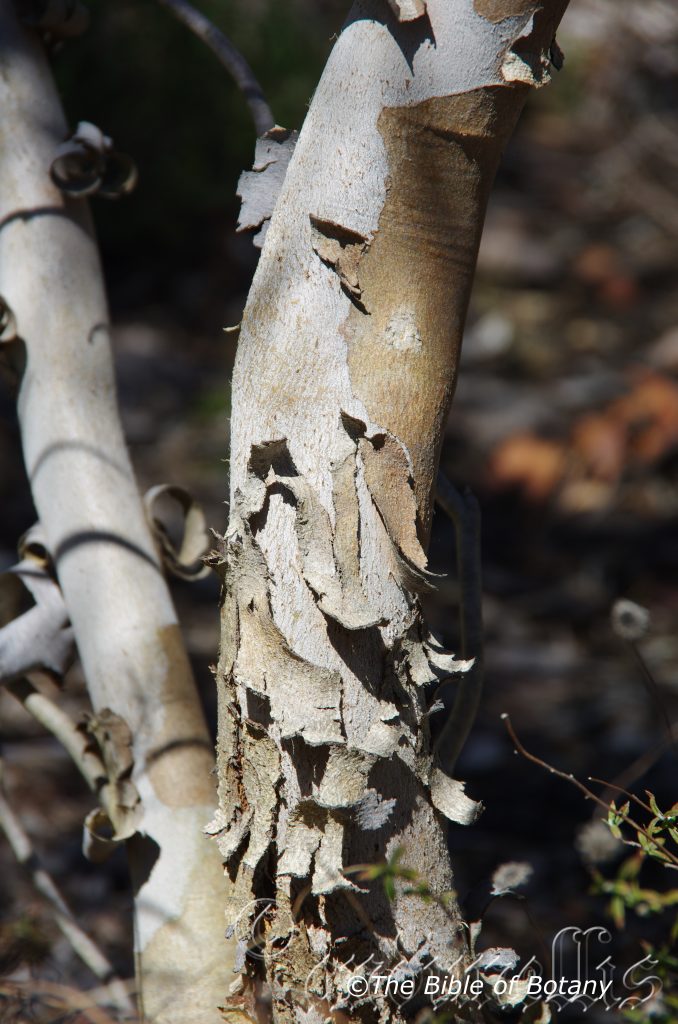
National Botanic Gardens ACT
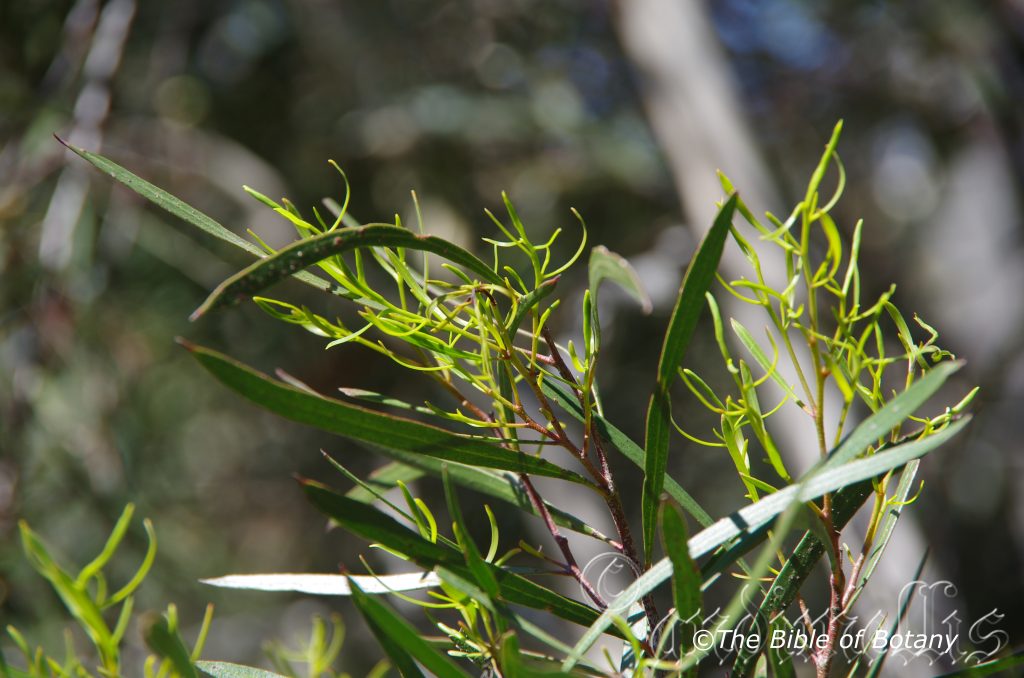
National Botanic Gardens ACT
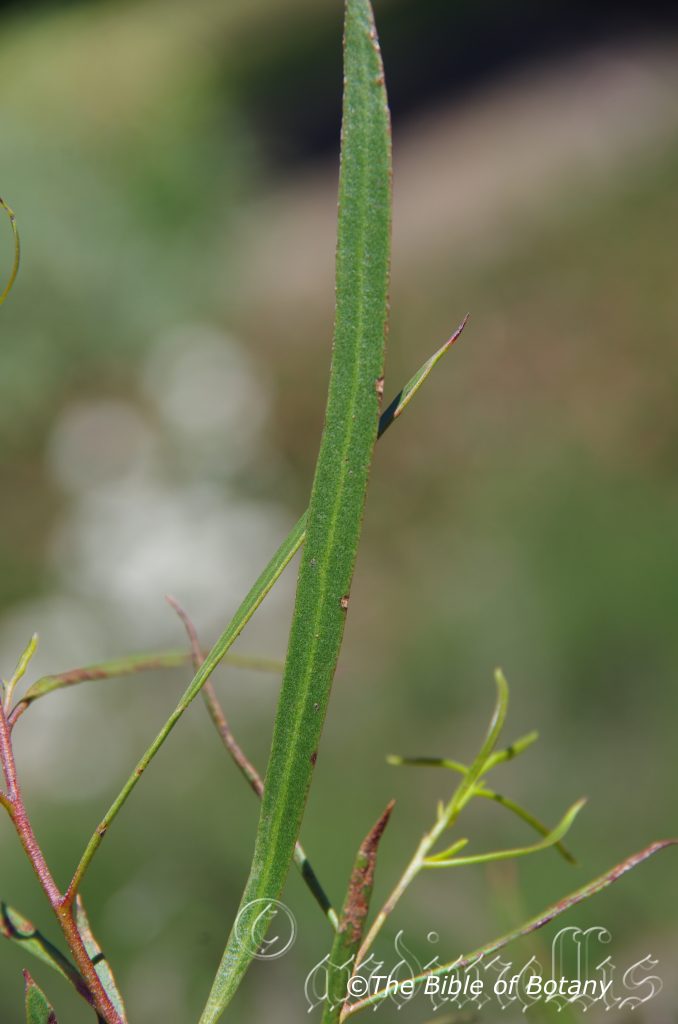
National Botanic Gardens ACT
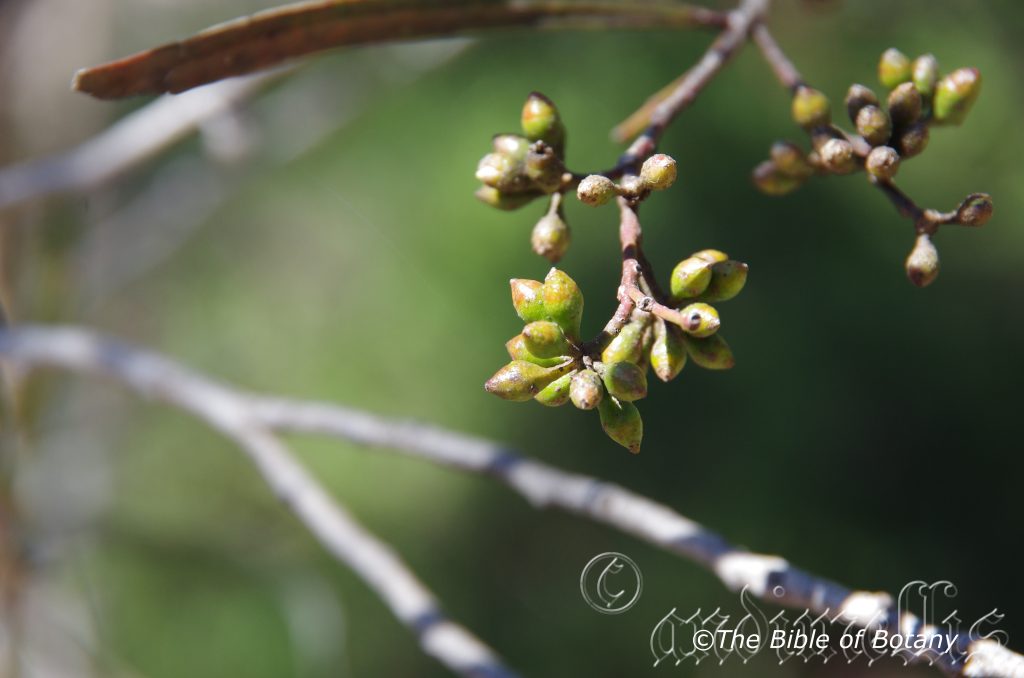
National Botanic Gardens ACT
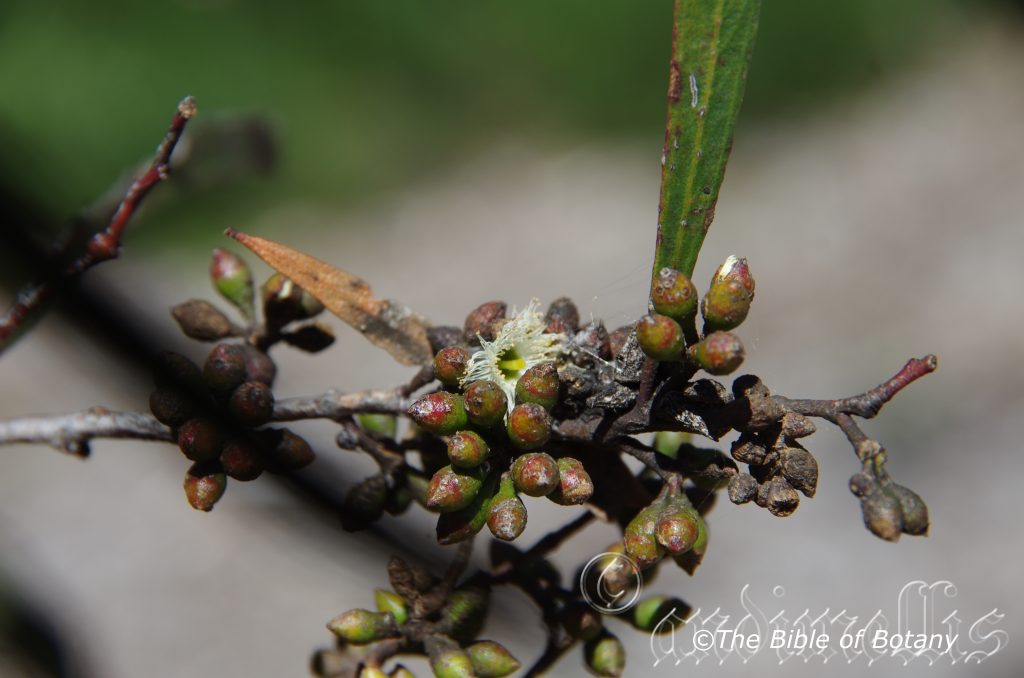
National Botanic Gardens ACT
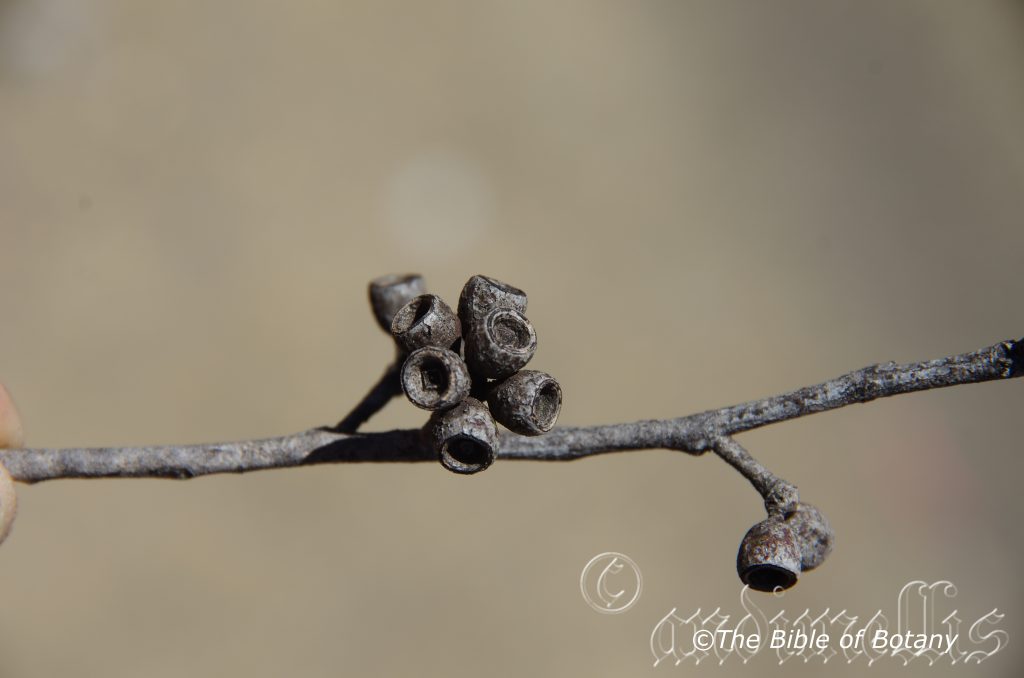
National Botanic Gardens ACT
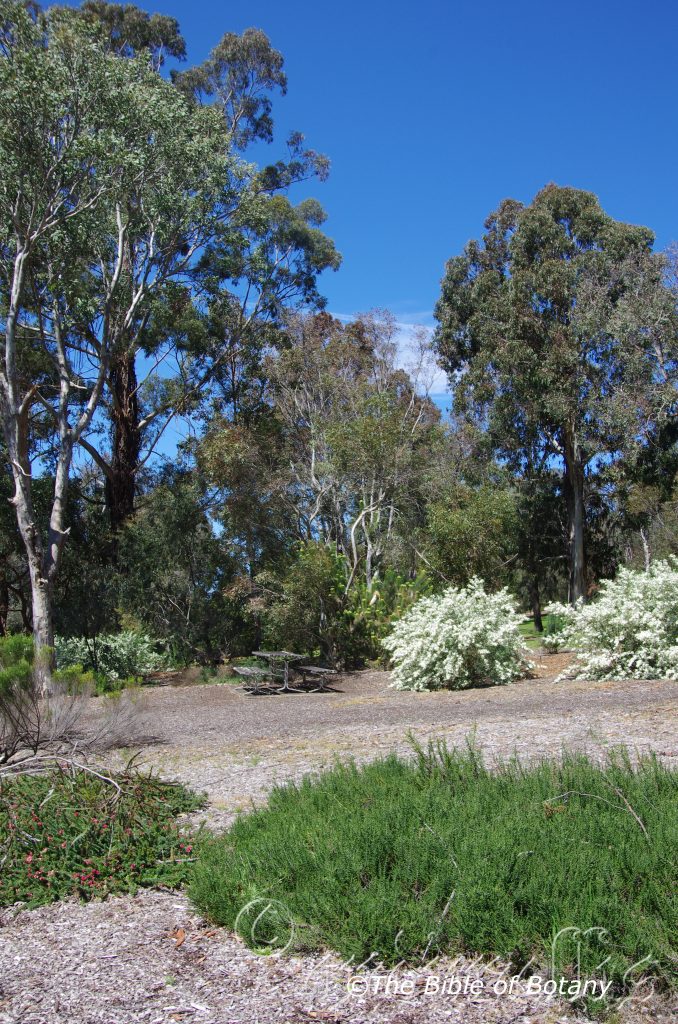
National Botanic Gardens ACT
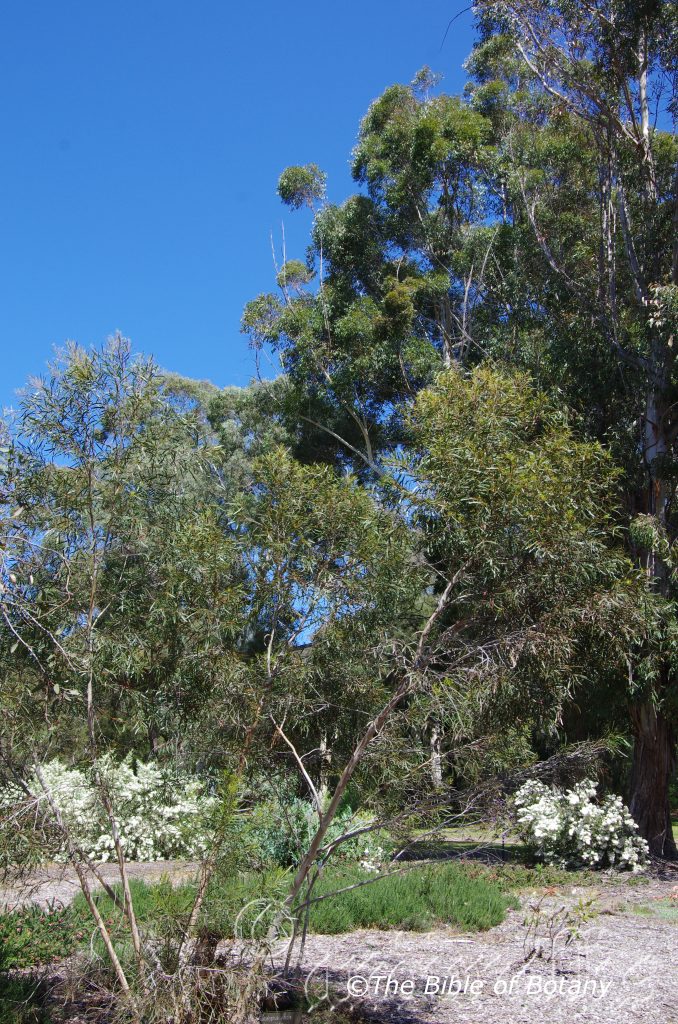
National Botanic Gardens ACT
Eucalyptus viridis
Classification
Unranked: Eudicots
Clade: Rosids
Order: Myrtales
Family: Myrtaceae
Genus: From Eu, which is Greek a prefix for good or well and Kaluptos, which is Ancient Greek for to cover up. It refers to the stamens, which have a lid or cover over them in the bud stage prior to opening.
Specie: From Viridis, which is Latin for bright green, verdant or young and fresh. It usually refers to leaves, which are bright green.
Sub specie: Green Mallee.
Distribution:
Eucalyptus viridis is a widespread species on the western side of the Great Dividing Range south from Banana in southern Queensland, through New South Wales central and western Victoria to Emu Plains in southern South Australia then north in a narrow belt to the summit of the Yankaninna Range.
https://avh.ala.org.au/occurrences/search?taxa=Eucalyptus+viridis#tab_mapView
Habitat Aspect Climate:
Eucalyptus viridis prefers full sun to part shade or dappled sunlight. It grows in low shrub land, undulating hills and shallow depressions. The altitude ranges from 10 meters ASL to 350 meters ASL.
The temperatures range from minus 3 degree in August to 40 degrees in January.
The rainfall ranges from lows of 250mm to an average of 600mm.
Soil Requirements:
Eucalyptus viridis prefers shallow light soils on rocky rises. The soils are usually derived from decomposed sandstone. The soil’s pH ranges from 4.5pH to 7.5pH. It does not tolerate waterlogged soils however seasonal wet periods of inundation is tolerated for short periods.Non saline soils to moderately saline soils are tolerated.
Height & Spread:
Wild Plants: 5m to 8m by 3m to 5m.
Characteristics:
Eucalyptus viridis is a small tree which branches freely from the near the ground. The typically box bark is rough, fibrous, flaky and persistent on the lower trunk for 1 or 2 meters. The glabrous, white, pale grey or pale grey-brown branches and branchlets are smooth and glabrous. The bark is shed in short ribbons. The new growth is purplish-green to purplish-yellow. The tree’s canopy comprises of mature leaves, juvenile leaves and intermediate leaves.
Eucalyptus viridis juvenile and coppice stems are terete, glaucous and glabrous. The disjunct, concolourous, dull grey-green leaves are linear with a rounded base with an acute apex. The concolourous laminas are dull bluish-grey to blue-green or dull bluish-green, glaucous and glabrous. The leaves measure 45mm to 90mm in length by 2mm to 11mm in width. The margins are entire.
The alternate, disjunct, linear leaves of Eucalyptus viridis measure 60mm to 100mm in length by 4mm to 9mm in width. The terete yellowish or purplish-pink petioles measure 2mm to 8mm in length. The bases taper to the petioles, while narrow acute to acuminate. The concolourous laminas are semi glossy, grey-green, bluish-green to and glabrous. The margins are entire while the mid vein is weakly prominent on the basal half. The lateral veins and reticulation are faintly visible on the both laminas or absent, while the intramarginal veins are close to the margin. The oil glands are mostly islands very irregular or obscure.
The terete peduncle measures 5mm to 8mm in length, while the terete pedicels measure 2mm to 4mm in length. The bud scar is absent. There are 7 individual, ovoid to shortly fusiform buds measure 4mm to 5mm in length by 2mm to 3mm in diameter. The mature green to yellow buds are broadly ovoid to rhomboidal and measure 4mm to 8mm in length by 2mm to 4mm in diameter. The conical, operculum is discarded prior to the inflexed, or irregularly flexed, stamens emerging. The adnate, cuboid to globoid anthers dehisce through a small lateral or subterminal pore. The short style ends in a blunt or pin-head shaped stigma. The flowers appear from February to June and August to December
The cylindrical or ovoid capsules measure 2mm to 4mm in length by 2mm to 4mm in diameter. The disc is depressed, while the 3 or 4 valves are enclosed.
The brown, ovoid or flattened ovoid seeds have a shallowly reticulate, or at times lacunose dorsal surface and measure 0.7mm to 2mm in length. The hilum is positioned ventrally.
Wildlife:
The wildlife of Eucalyptus viridis is unknown to the author.
Cultivation:
Eucalyptus viridis is a beautiful small to medium tree which is ideally suitable for smaller gardens where a Eucalyptus is required. It is fast growing even on poor, cold soils that it is normally associated with. It makes an attractive garden specimen once established due it its beautiful blue glaucous foliage and stems. It looks great and makes a good contrast plant from an early age. It looks very affective when planted with other mallees or small Eucalyptus trees with contrasting glossy green foliage and growth habits. Another method is to grow one or two as trees and interplant with several smaller mallees that have been cut to induce the growth of several trunks. In the garden good specimens may grow from 5 meters to 8 meters in height by 4 meters to 7 meters in diameter when grown in the open as a single trunk tree or 3 meters to 5 meters in height by 4 meters to 5 meters in diameter as a multi trunk tree when grown in the open.
The beauty of Eucalyptus viridis is that it branches close to the ground and accepts soils that are cold for extended periods from autumn to mid Spring. It also very drought resistant once established. Once established it looks at home in such conditions. Like all Eucalyptus spp. though some leaf drop and dropping of small branchlets means continual lawn maintenance but then this species is far better in garden beds and native heath gardens than in lawns.
Propagation:
Seeds: Sow the seeds of Eucalyptus viridis into a seed raising mix. Cover the seeds with 2mm to 3mm of fine sand and place the trays in a warm sunny position. Keep the seeds moist but not wet. When the seedlings are 25mm to 50mm tall, prick them out and plant them into 50mm native tubes using a good organic mix.
Once the seedlings reach 200mm to 250mm in height plant them out into their permanent position. Mass plantings are best done in groups of 3 to 5 as a feature by planting them at 4 meter to 5 meter centers as a tree or 5 meters to 6 meters as a mallee.
Fertilize using Seaweed, fish emulsion or organic chicken pellets soaked in water and apply the liquid on an alternate basis. Fertilize every two month until the trees are well established then every spring to ensure good growth and flowering.
Further Comments from Readers:
Hi reader, it seems you use The Bible of Botany a lot. That’s great as we have great pleasure in bringing it to you! It’s a little awkward for us to ask, but our first aim is to purchase land approximately 1,600 hectares to link several parcels of N.P. into one at The Pinnacles NSW Australia, but we need your help. We’re not salespeople. We’re amateur botanists who have dedicated over 30 years to saving the environment in a practical way. We depend on donations to reach our goal. If you donate just $5, the price of your coffee this Sunday, We can help to keep the planet alive in a real way and continue to bring you regular updates and features on Australian plants all in one Botanical Bible. Any support is greatly appreciated. Thank you.
In the spirit of reconciliation we acknowledge the Bundjalung, Gumbaynggirr and Yaegl and all aboriginal nations throughout Australia and their connections to land, sea and community. We pay our respect to their Elders past, present and future for the pleasures we have gained.
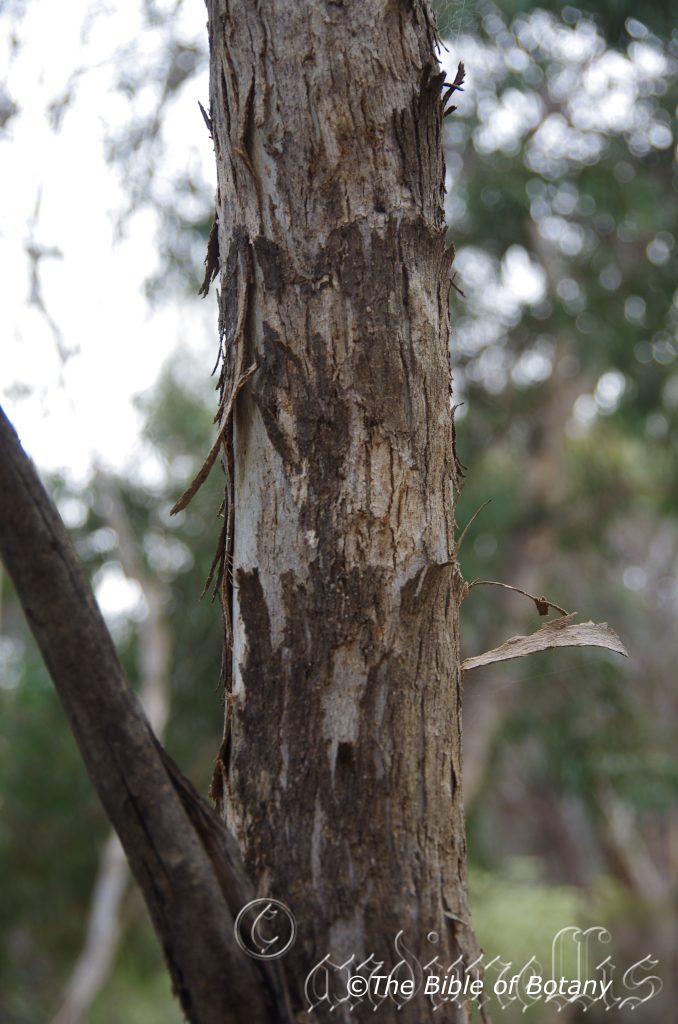
National Botanic Gardens ACT
Eucalyptus wandoo
Classification
Unranked: Eudicots
Clade: Rosids
Order: Myrtales
Family: Myrtaceae
Genus: From Eu, which is Greek a prefix for good or well and Kaluptos, which is Ancient Greek for to cover up. It refers to the stamens, which have a lid or cover over them in the bud stage prior to opening.
Specie: From Wandoo, which is Latinised from the aboriginal vernacular for the name of the tree.
Sub specie: Eucalyptus wandoo subsp. wandoo From Wandoo, which is Latinised from the aboriginal vernacular for the name of the tree.
Eucalyptus wandoo subsp. pulverea From Palala which is Ancient Greek or Pulveris, which is Latin for powdery. It refers to the trunk or branches, which are rather powdery to touch.
Common Name: Wandoo.
Distribution:
Eucalyptus wandoo is restricted to an area south and west of a line from Three Springs in the north to Phillips River near Ravensthorpe in the far south west corner of Western Australia.
https://avh.ala.org.au/occurrences/search?taxa=Eucalyptus+wandoo#tab_mapView
Habitat Aspect Climate:
Eucalyptus wandoo prefers full sun to part shade or dappled sunlight. It grows on flat plains or on gentle slope. The altitude ranges from 10 meters ASL to 400 meters ASL.
The temperatures range from minus 2 degrees in August to 36 degrees in January.
The rainfall ranges from lows of 200mm to an average of 700mm per annum.
Soil Requirements:
Eucalyptus wandoo prefers deep or shallow fertile soils of course silts to fine silts, light fatty clays and gravelly sands, at times overlying dolerite. The soils are usually derived from decomposed sandstone. The soil'[s pH ranges from 4pH to 5.5pH. It tolerates waterlogged soils and seasonal wet periods.Non saline soils to moderately saline soils are tolerated.
Height & Spread:
Wild Plants: 12m to 18m by 6m to 18m.
Characteristics:
Eucalyptus wandoo subsp. wandoo is a small to medium tree which has the branches starting at 50mm of its height. The bark white to mottled white and pale grey-brown over cream or pale yellow is smooth throughout, often with scattered tardily deciduous flakes of deep tan-brown. Juvenile saplings have a fibrous bark on the stems soon becoming smooth as size increases. The terete or square in cross-section juvenile stems are glabrous and often glaucous.
Eucalyptus wandoo subsp. pulverea is a small to medium tree which branches freely from the near the ground. The bark is smooth throughout and powdery, while the new bark following decortication is pale to mid orange ageing to cream, white or pale grey. Juvenile saplings have a fibrous bark on the stems soon becoming smooth as size increases. The terete or square in cross-section juvenile stems are glabrous and often glaucous.
Eucalyptus wandoo subsp. wandoo has juvenile leaves that are always petiolate, opposite for 2 to 4 nodes then becoming alternate. The ovate, broadly lanceolate or deltoid leaves measure 45mm to 150mm in length by 25mm to 75mm in width The juvenile leaves of always petiolate, opposite for 2-4 nodes then alternate, The bases taper to the petiole or are obtuse to truncate, while the apexes are broad acute. The margins are entire.
Eucalyptus wandoo subsp. pulverea has juvenile leaves that are always petiolate to slightly falcate opposite for 2 to 4 nodes then becoming alternate. The ovate, broad lanceolate or deltoid, glaucous leaves measure 45mm to 130mm in length by 25mm to 100mm in width The juvenile leaves of always petiolate, opposite for 2-4 nodes then alternate, The bases taper to the petiole or are obtuse to truncate, while the apexes are broad acute. The margins are entire.
Eucalyptus wandoo has petioles, which measure 10mm to 20mm in length. The alternate lanceolate to falcate leaves measure 75 to 125mm in length by 10mm to 28mm in width. Long. The bases usually taper to the petiole but at times can be obtuse to truncate, while the apexes are broad acute. The concolorous, dull, grey-green to blue-grey or rarely, glossy and green have margins that are entire. The mid vein is prominent on both laminas for most of their length, while the lateral veins are greater than 45 to the midrib, reticulation is moderate to dense. The intramarginal vein is distant from the margin. The oil glands are mostly intersectional.
The inflorescence axillary of Eucalyptus wandoo subsp. wandoo are unbranched, peduncles widening apically and measure 8mm to 20mm in length, while the pedicels measure 3mm to 5mm in length.
The inflorescence axillary of Eucalyptus wandoo subsp. pulverea are unbranched, peduncles widening apically and measure 8mm to 20mm in length, while the pedicels measure 2mm to 4mm in length.
There are 9 to 17 individual flowers on an umbel. The curved fusiform mature buds measure 8mm to 14mm in length by 2mm to 4mm in diameter. The bud scar is present. The conical operculum is up to twice as long as hypanthium and equal to it at the join and is discarded prior to the stamens expanding. A few of the outer stamens are erect, while most of the stamens are variably deflexed. The oblong, dorsifixed anthers dehisce along longitudinal slits. The long style is erect with a blunt or obtuse stigma. The white flowers appear in March.
The capsules of Eucalyptus wandoo subsp. wandoo pedicels measure 1mm to 4mm in length. The long obconical to cylindrical capsules measure 6mm to 9mm in length by 4mm to 6mm in diameter. The disc is descending or usually vertically, while the usually 3 or at times 4 valves are at rim level or enclosed.
The capsules of Eucalyptus wandoo subsp. pulverea pedicels measure 2mm to 3mm in length. The long obconical to cylindrical capsules measure 6mm to 10mm in length by 5mm to 6mm in diameter. The disc is descending or usually vertically, while the usually 3 or at times 4 valves are at rim level or enclosed.
The pale to mid-brown or straw-coloured seeds are cuboidal to sub-spherical, have a smooth surface and measure 0.7mm to 1.3mm in length. The hilum is positioned ventrally or terminally.
Wildlife:
The wildlife of Eucalyptus wandoo is unknown to the author.
Cultivation:
Eucalyptus wandoo is a beautiful small to medium tree which is ideally suitable for smaller gardens where a Eucalyptus is required. It is fast growing even on poor, cold soils that it is normally associated with. It makes an attractive garden specimen once established due it its beautiful blue glaucous foliage and stems. It looks great and makes a good contrast plant from an early age. It looks very affective when planted with other mallees or small Eucalyptus trees with contrasting glossy green foliages and growth habits. Another method is to grow one or two as trees and interplant with several smaller mallees that have been cut to induce the growth of several trunks. In the garden good specimens may grow from 12 meters to 15 meters in height by 9 meters to 12 meters in diameter when grown in the open as a single trunk tree when grown in the open.
The beauty of Eucalyptus wandoo is that it ranches close to the ground and accepts soils that are cold for extended periods from autumn to mid spring. Once established it is very drought resistant. Like all Eucalyptus spp. though some leaf drop and dropping of small branchlets means continual lawn maintenance but then this species is far better in garden beds and native heath gardens than in lawns.
Propagation:
Seeds: Sow the seeds of Eucalyptus wandoo into a seed raising mix. Cover the seeds with 2mm to 3mm of fine sand and place the trays in a warm sunny position. Keep the seeds moist but not wet. When the seedlings are 25mm to 50mm tall, prick them out and plant them into 50mm native tubes using a good organic mix.
Once the seedlings reach 200mm to 250mm in height plant them out into their permanent position. Mass plantings are best done in groups of 3 to 5 as a feature by planting them at 4 meter to 5 meter centers as a tree or 5 meters to 6 meters as a mallee.
Fertilize using Seaweed, fish emulsion or organic chicken pellets soaked in water and apply the liquid on an alternate basis. Fertilize every two month until the trees are well established then every spring to ensure good growth and flowering.
Further Comments from Readers:
Hi reader, it seems you use The Bible of Botany a lot. That’s great as we have great pleasure in bringing it to you! It’s a little awkward for us to ask, but our first aim is to purchase land approximately 1,600 hectares to link several parcels of N.P. into one at The Pinnacles NSW Australia, but we need your help. We’re not salespeople. We’re amateur botanists who have dedicated over 30 years to saving the environment in a practical way. We depend on donations to reach our goal. If you donate just $5, the price of your coffee this Sunday, We can help to keep the planet alive in a real way and continue to bring you regular updates and features on Australian plants all in one Botanical Bible. Any support is greatly appreciated. Thank you.
In the spirit of reconciliation we acknowledge the Bundjalung, Gumbaynggirr and Yaegl and all aboriginal nations throughout Australia and their connections to land, sea and community. We pay our respect to their Elders past, present and future for the pleasures we have gained.
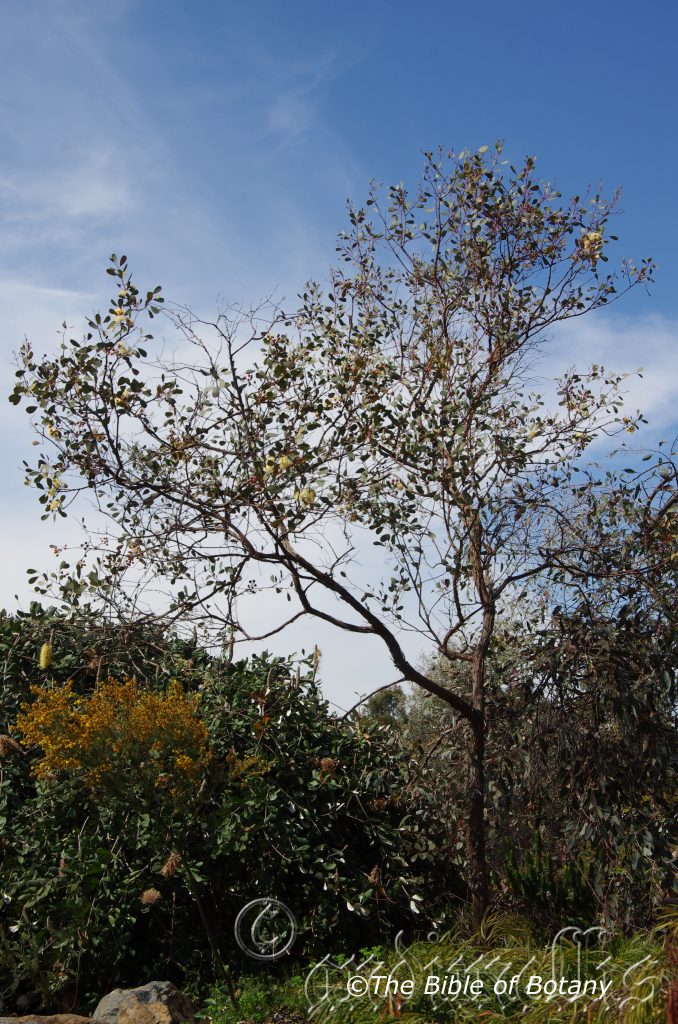
National Botanic Gardens ACT
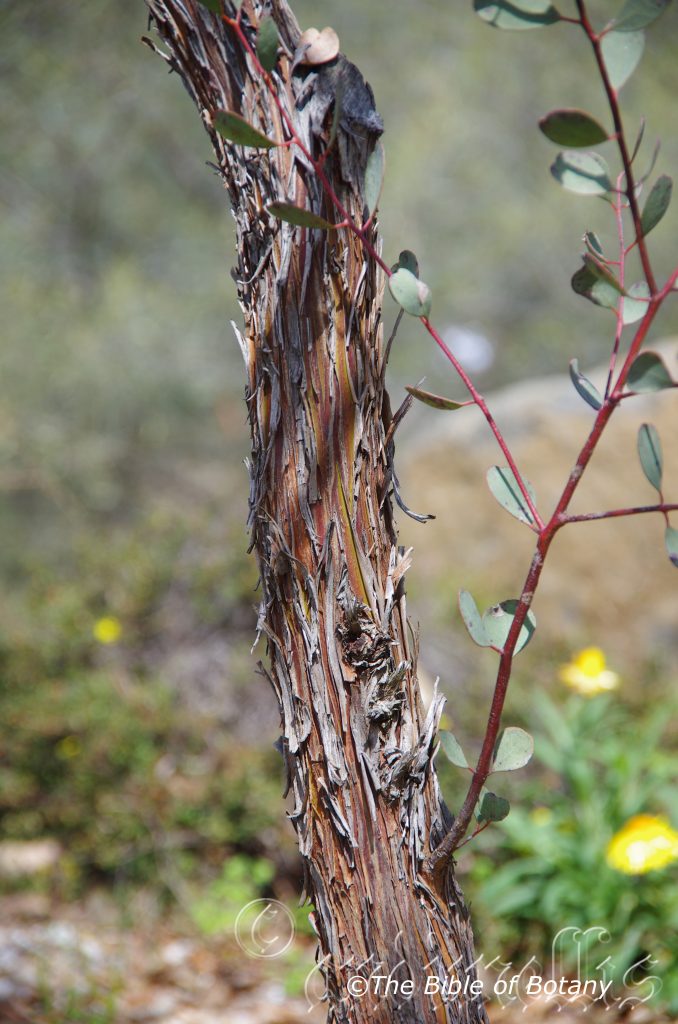
National Botanic Gardens ACT
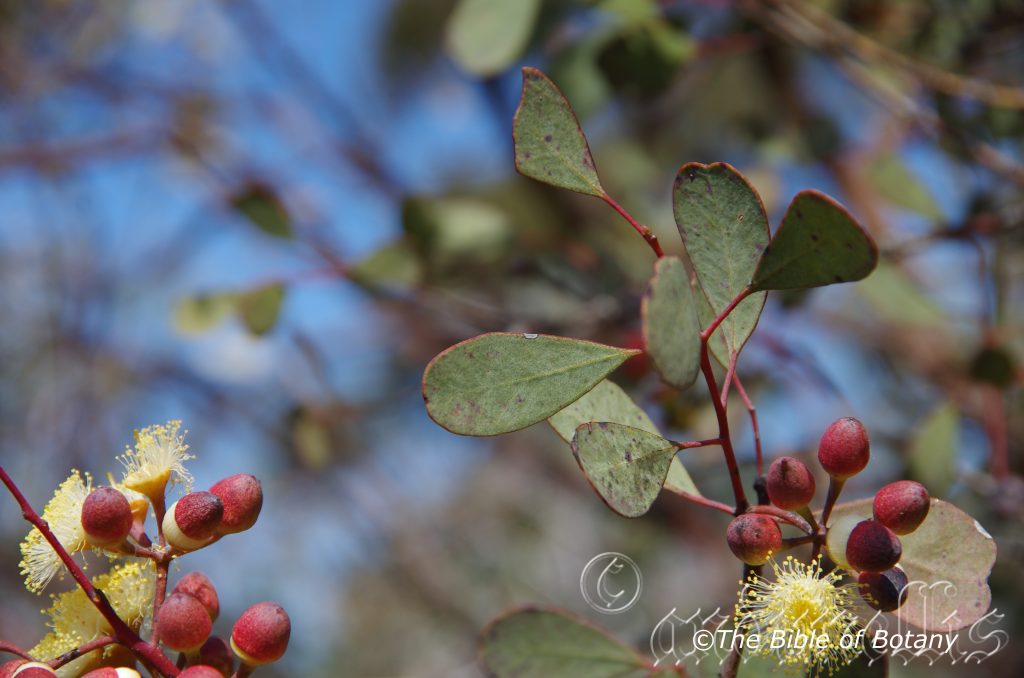
National Botanic Gardens ACT
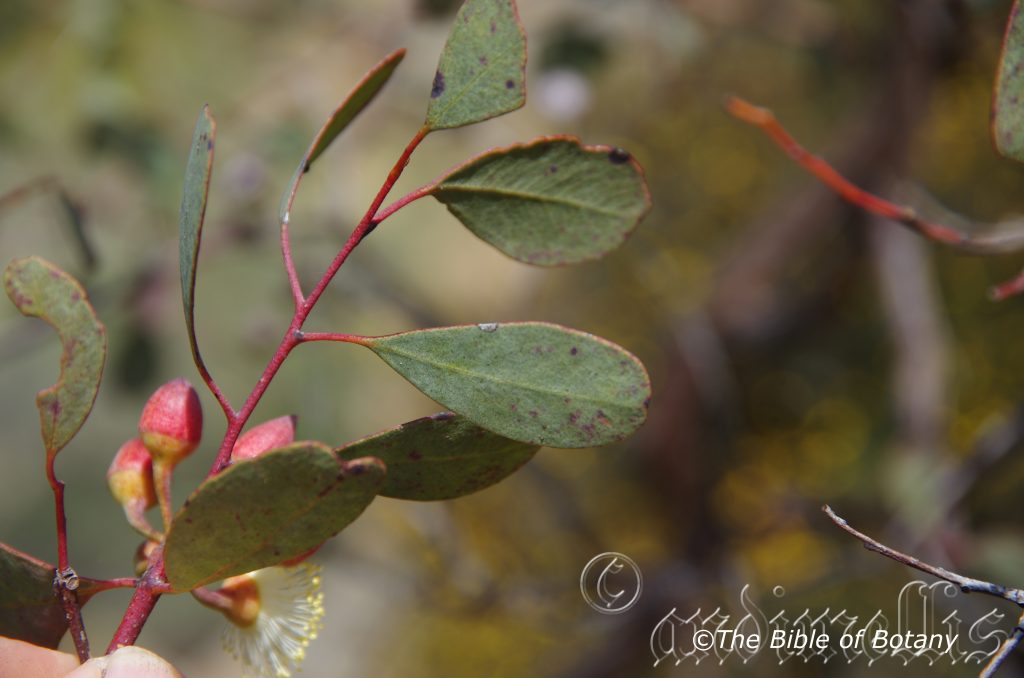
National Botanic Gardens ACT
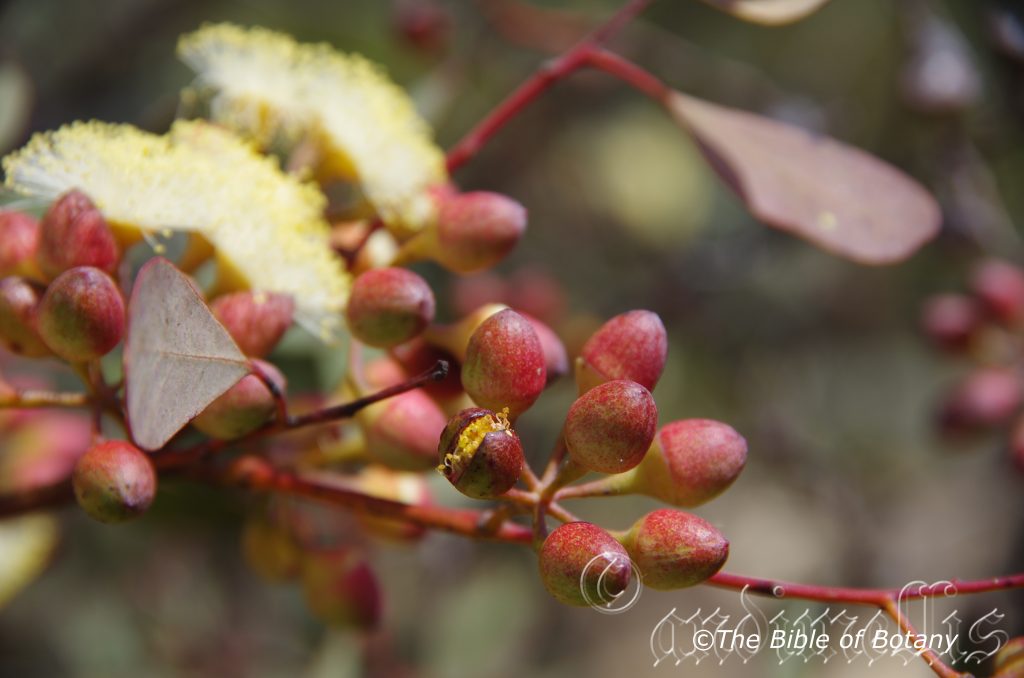
National Botanic Gardens ACT
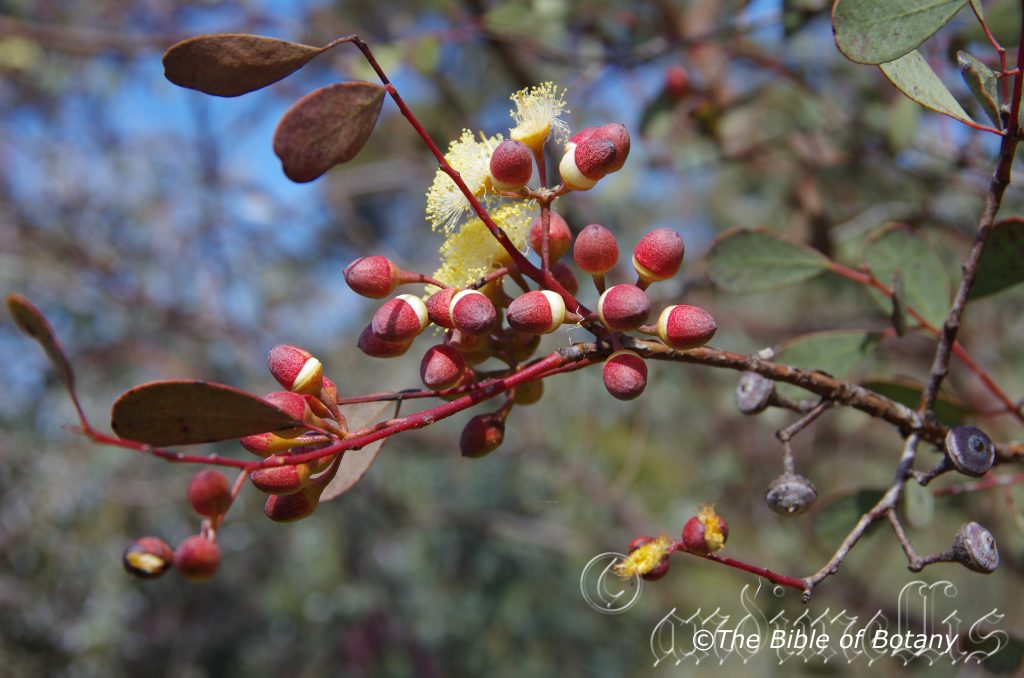
National Botanic Gardens ACT
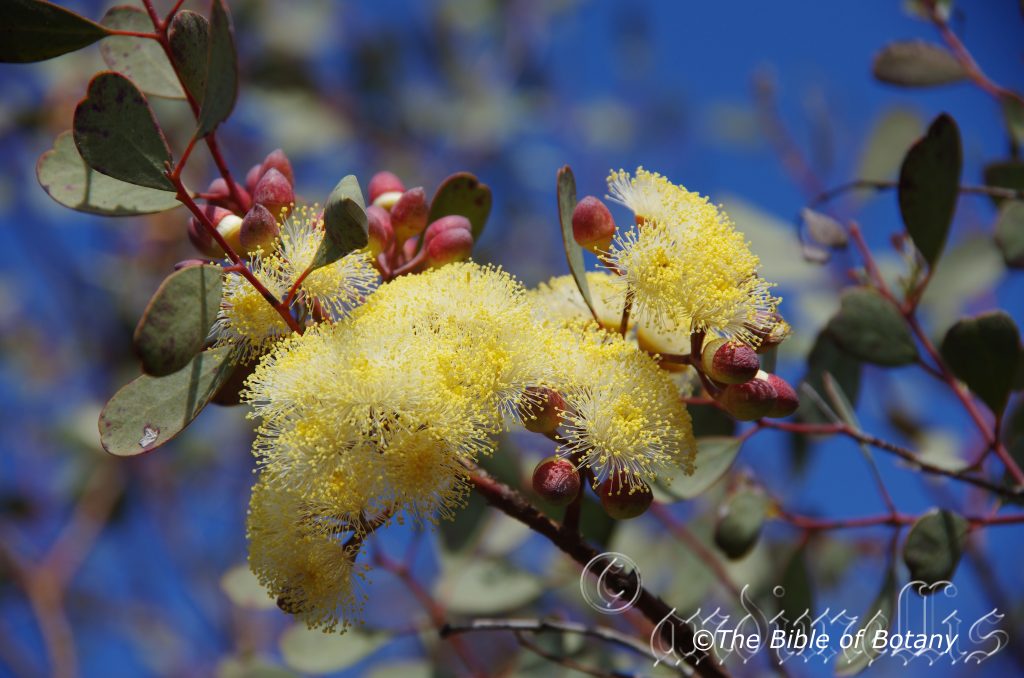
National Botanic Gardens ACT
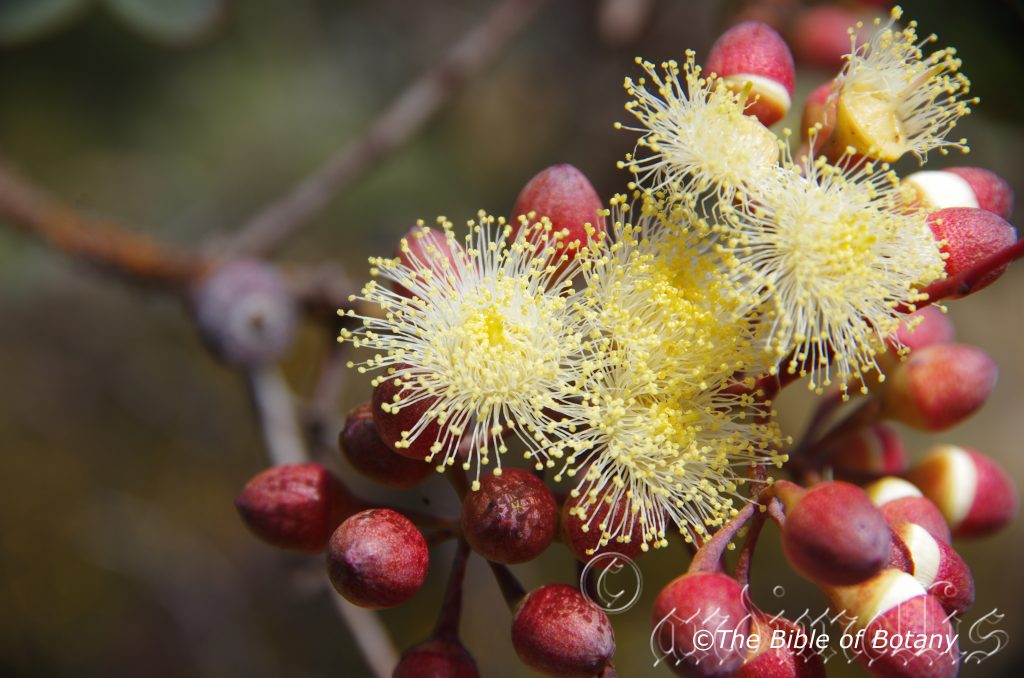
National Botanic Gardens ACT
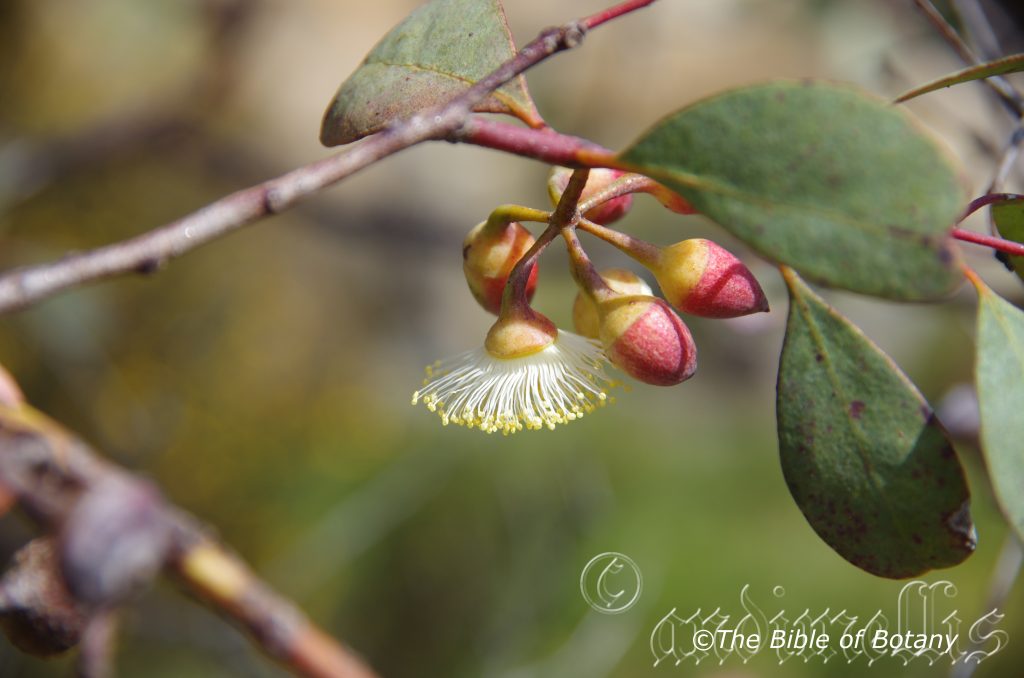
National Botanic Gardens ACT
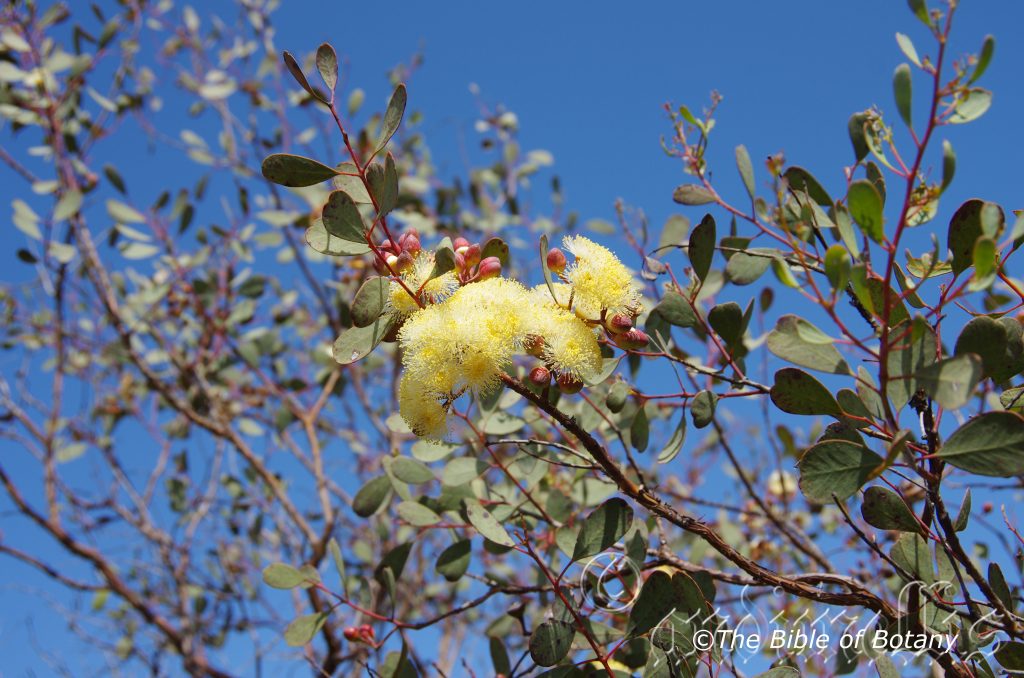
National Botanic Gardens ACT
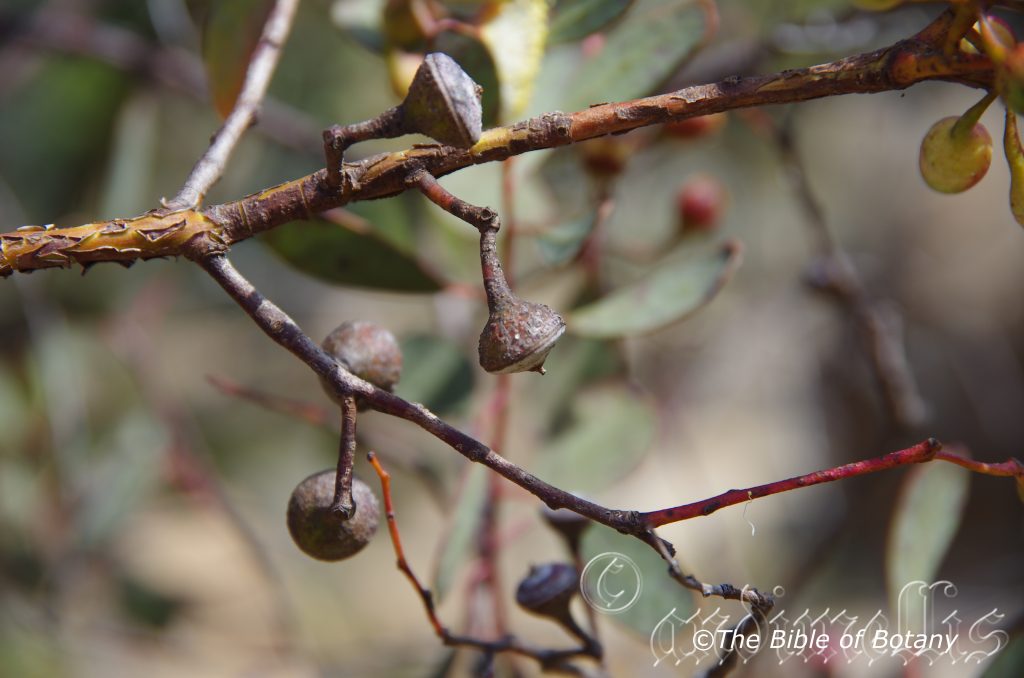
National Botanic Gardens ACT
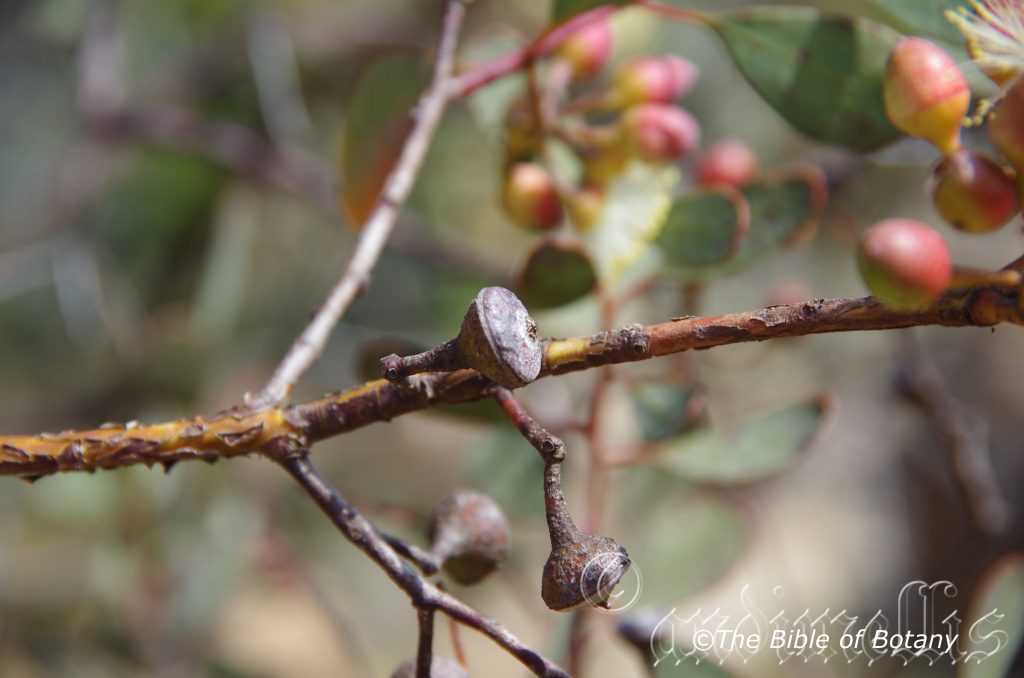
National Botanic Gardens ACT
Eucalyptus websteriana
Classification
Unranked: Eudicots
Clade: Rosids
Order: Myrtales
Family: Myrtaceae
Genus: From Eu, which is Greek a prefix for good or well and Kaluptos, which is Ancient Greek for to cover up. It refers to the stamens, which have a lid or cover over them in the bud stage prior to opening.
Specie: Is named in honour of Leonard Clarke Webster; 1870-1942, who was a pharmacist and later a medical practitioner, who, whilst living in the Kalgoorlie Western Australia, collected and sold botanical specimens to the British Museum of Natural History. He collected the type specimen for this species.
Sub specie: Webster’s Mallee.
Distribution:
Eucalyptus websteriana is a widespread species in Western Australia bounded by Laverton in the north west south to Norseman west to Coolgardie and north to Menzies.
There is an isolated population on Mount Sonder in the MacDonald ranges in southern central Northern Territory.
https://avh.ala.org.au/occurrences/search?taxa=Eucalyptus+websteriana#tab_mapView
Habitat Aspect Climate:
Eucalyptus websteriana prefers full sun. It grows in low open shrub land on undulating hills and shallow depressions. The altitude ranges from 250 meters ASL to 450 meters ASL. The Mount Sonder plants are at an elevation of up to around 1,300 meters ASL.
The temperatures range from minus 2 degree in August to 44 degrees in January.
The rainfall ranges from lows of 200mm to an average of 400mm.
Soil Requirements:
Eucalyptus websteriana prefers shallow light soils on rocky rises. The soils are derived from decomposed sandstone. The soil’s pH ranges from 4.5pH to 6.5pH. It does not tolerate waterlogged soils however seasonal wet periods of inundation is tolerated for short periods.Non saline soils to moderately saline soils are tolerated.
Height & Spread:
Wild Plants: 4m to 5m by 6m to 8m.
Characteristics:
Eucalyptus websteriana is a small tree which sends out new stems freely from near the ground. The red to red-brown, minnirichi bark is on the trunk and larger branches. The branchlets are usually deep red or at times glaucous.
The pale blue-green juvenile leaves are orbicular to obcordate and measure 25mm to 50mm in length by 25mm to 50mm in width. The petioles measure 4mm to 6mm in length.
The adult usually alternate to sub-opposite leaves’ petioles measure 5mm to 17mm in length. The obovate to obcordate leaves measure 18mm to 45mm in length by 9mm to 30mm in width. The bases taper to the petiole, while the apexes are obtuse or emarginate. The concolourous leaves are grey-green, blue-green or greyish or even glaucous as they emerge. The mid vein is very slightly prominent on the basal half of both laminas, while the almost indistinguishable lateral veins are greater than 45 to midrib, reticulation very dense. The intramarginal vein is well away from the margin. The oil glands are stellate. The terete peduncles measure 9mm to 12mm in length, while the terete pedicels measure 3mm to 7mm in length. There are 7 on each umbel. The yellowish rarely glaucous mature buds are globular and measure 5mm to 10mm in length by 5mm to 8mm in diameter. The bud scar is present. The obtuse, apiculate operculum is tuberculate and measures 4mm to 7mm in length. The stamens are oblique or obliquely erect. The cuboidal, versatile, basifixed anthers dehisce along longitudinal slits. The long style is straight or bent in the apical third and has a blunt stigma. The cream to pale lemon-yellow flowers appear from July to September.
The capsules’ pedicels measure 4mm to 6mm in length. The hemispherical or less commonly broadly obconical yellowish or rarely glaucous capsules measure 3mm to 6mm in length by 7mm to 12mm in diameter. The disc is somewhat ascending to more or less flat, while the 4 or at times 5 valves are prominently exserted.
The mid-brown, cuboidal to angularly ovoid seeds have a shallowly reticulate dorsal surface and measure 1 to 2mm in length. The hilum is positioned ventrally or terminally.
Wildlife:
The wildlife of Eucalyptus websteriana is unknown to the author.
Cultivation:
Eucalyptus websteriana is a beautiful small mallee which is ideally suitable for smaller gardens in outback towns in arid to semi-arid areas. It is relatively fast growing even on poor, hot dry soils that it is normally associated with. It makes an attractive garden specimen once established due its unusually, beautiful blue-green foliage and red stems. It looks great and makes a good contrast plant from an early age.
It looks very affective when planted with other mallees or small Eucalyptus trees with contrasting glossy green or blue foliage and white trunks. Another method is to grow one or two as trees and interplant with several other mallees that have been cut to induce the growth of several trunks. In the garden good specimens may grow from 4 meters to 5 meters in height by 4 meters to 7 meters in diameter when grown in the open as a mallee or 5 meters to 6 meters in height by 3 meters to 4 meters in diameter as a single trunk tree when grown in the open.
The beauty of Eucalyptus viridis is further enhanced when in flower as it will display its beautiful cream to yellow flowers against the deep red operculums.
It is also very drought resistant once established which is great for those on tank water or where water is scarce. Once established it would look great if it has other small arid plants planted out below like some of the prostrate Grevilles. Grevillea thelemanniana or Grevillea excelsior for something a little taller. Our little pig face Carpobrotus edulis, Rhodanthe chlorocephala and Xerochrysum bracteatum are 3 more worthy plants for growing beneath this Eucalyptus.
Like all Eucalyptus spp. though some leaf drop and dropping of small branchlets means continual lawn maintenance but then this species is far better in garden beds and native heath gardens than in lawns.
Propagation:
Seeds: Sow the seeds of Eucalyptus websteriana into a seed raising mix. Cover the seeds with 2mm to 3mm of fine sand and place the trays in a warm sunny position. Keep the seeds moist but not wet. When the seedlings are 25mm to 50mm tall, prick them out and plant them into 50mm native tubes using a good organic mix.
Once the seedlings reach 200mm to 250mm in height plant them out into their permanent position. Mass plantings are best done in groups of 3 to 5 as a feature by planting them at 4 meter to 5 meter centers as a tree or 5 meters to 6 meters as a mallee.
Fertilize using Seaweed, fish emulsion or organic chicken pellets soaked in water and apply the liquid on an alternate basis. Fertilize every two month until the trees are well established then every spring to ensure good growth and flowering.
Further Comments from Readers:
Hi reader, it seems you use The Bible of Botany a lot. That’s great as we have great pleasure in bringing it to you! It’s a little awkward for us to ask, but our first aim is to purchase land approximately 1,600 hectares to link several parcels of N.P. into one at The Pinnacles NSW Australia, but we need your help. We’re not salespeople. We’re amateur botanists who have dedicated over 30 years to saving the environment in a practical way. We depend on donations to reach our goal. If you donate just $5, the price of your coffee this Sunday, We can help to keep the planet alive in a real way and continue to bring you regular updates and features on Australian plants all in one Botanical Bible. Any support is greatly appreciated. Thank you.
In the spirit of reconciliation we acknowledge the Bundjalung, Gumbaynggirr and Yaegl and all aboriginal nations throughout Australia and their connections to land, sea and community. We pay our respect to their Elders past, present and future for the pleasures we have gained.
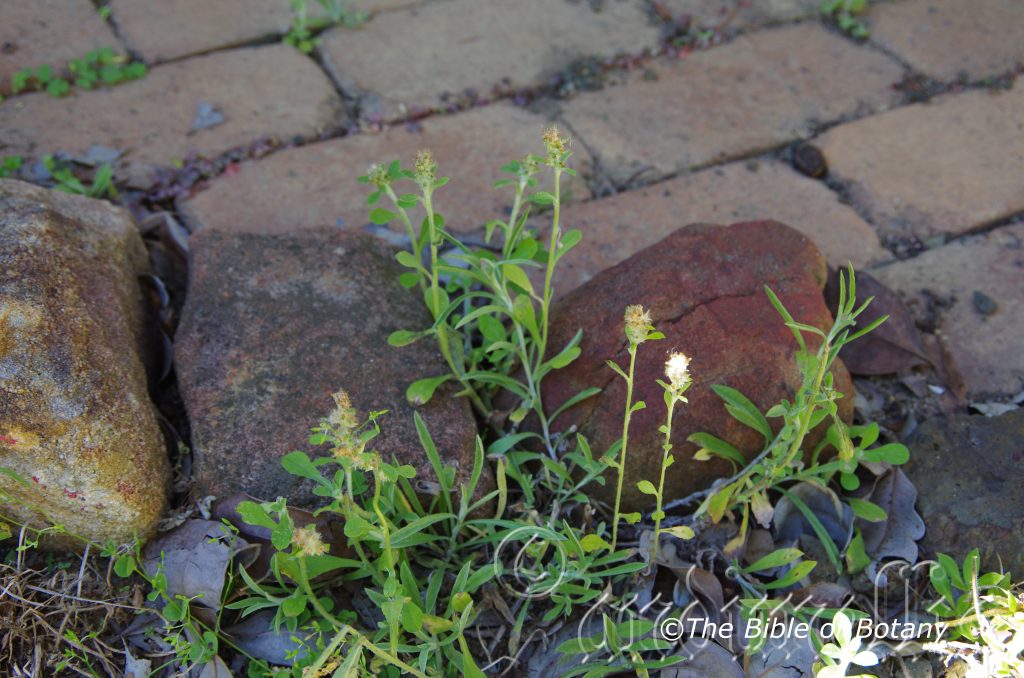
Author’s Garden The Pinnacles NSW
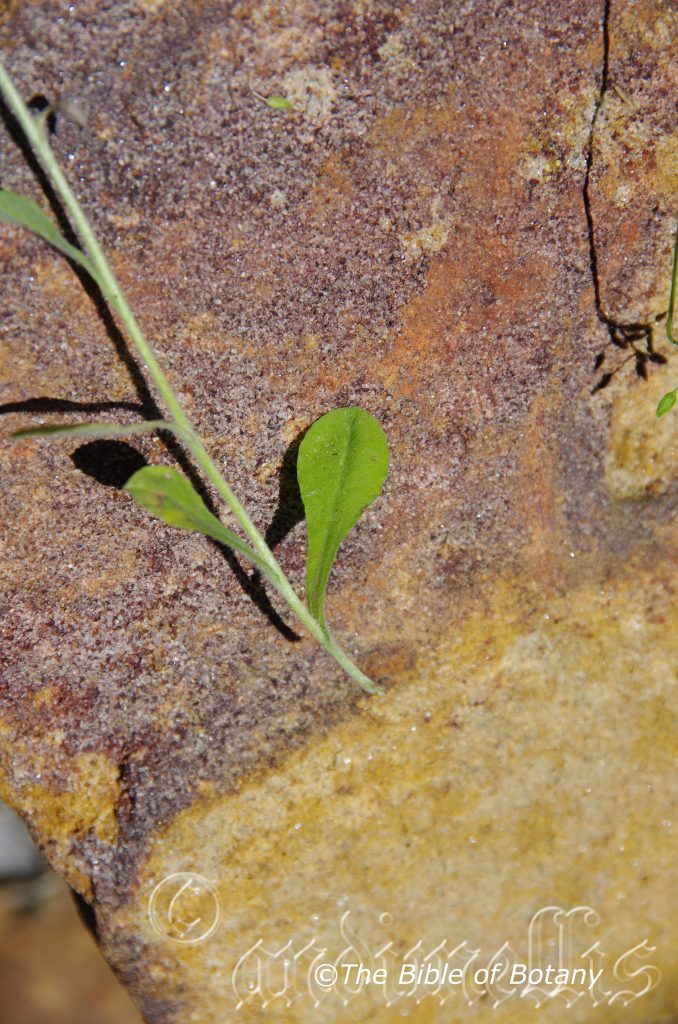
Author’s Garden The Pinnacles NSW
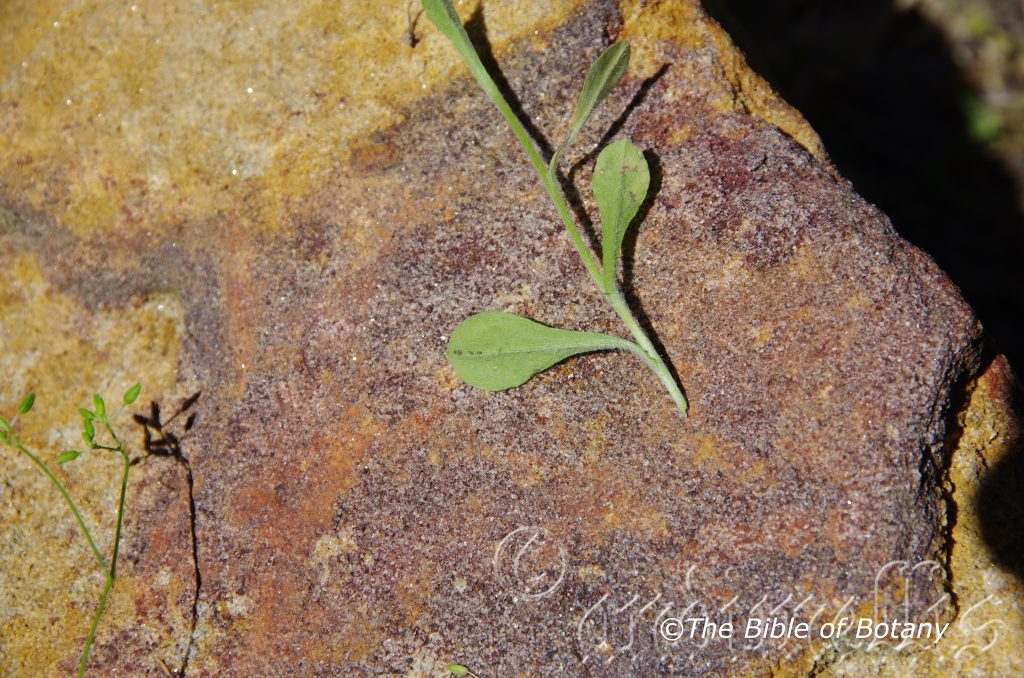
Author’s Garden The Pinnacles NSW
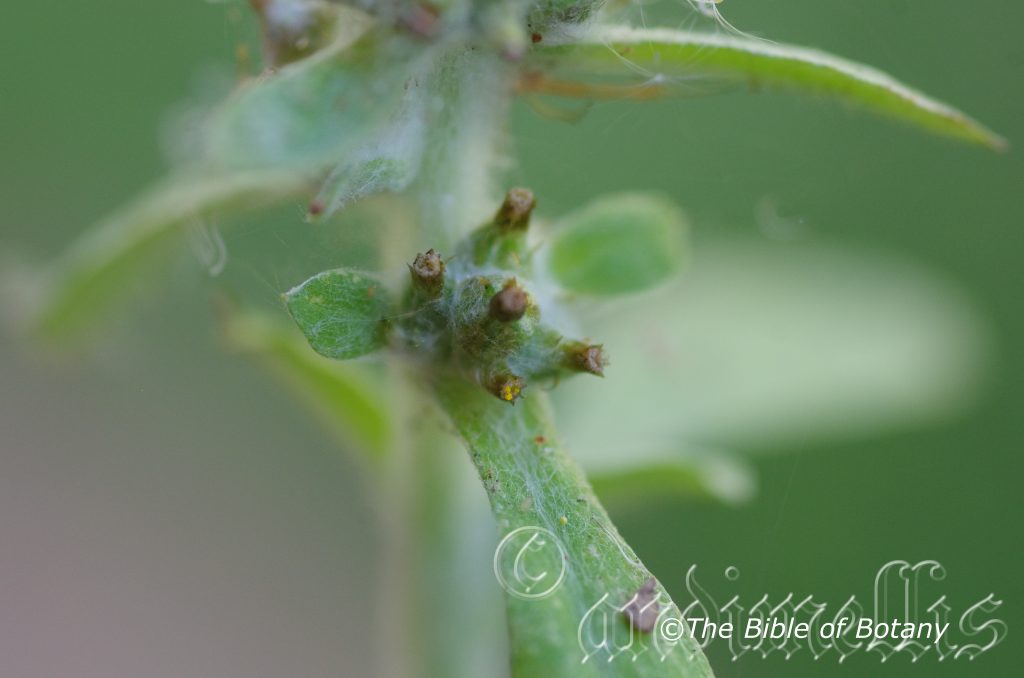
Author’s Garden The Pinnacles NSW
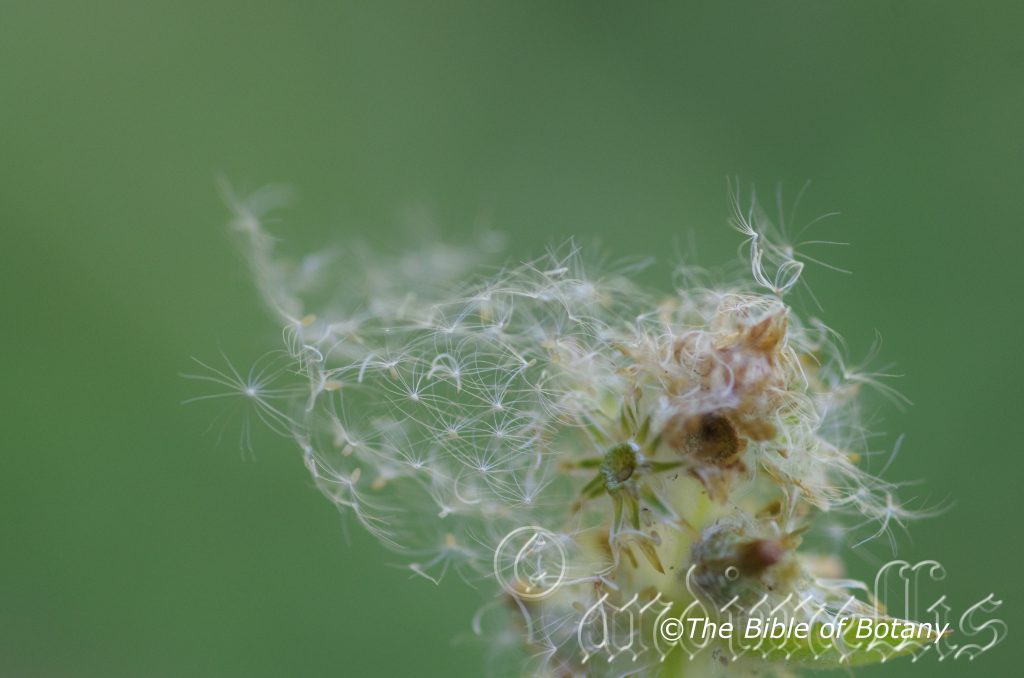
Author’s Garden The Pinnacles NSW
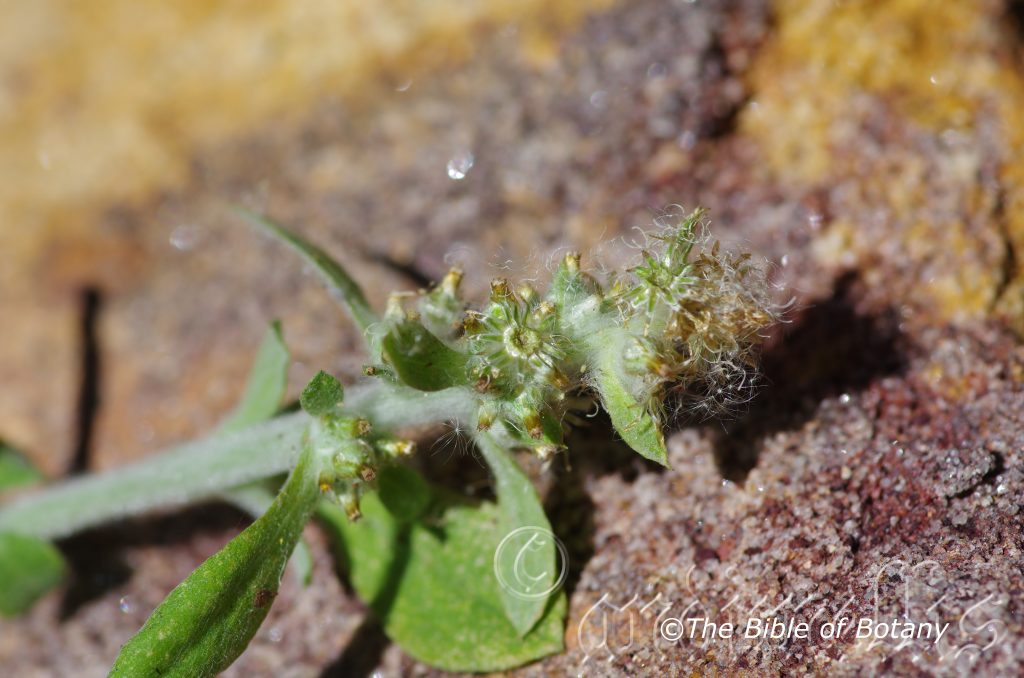
Author’s Garden The Pinnacles NSW
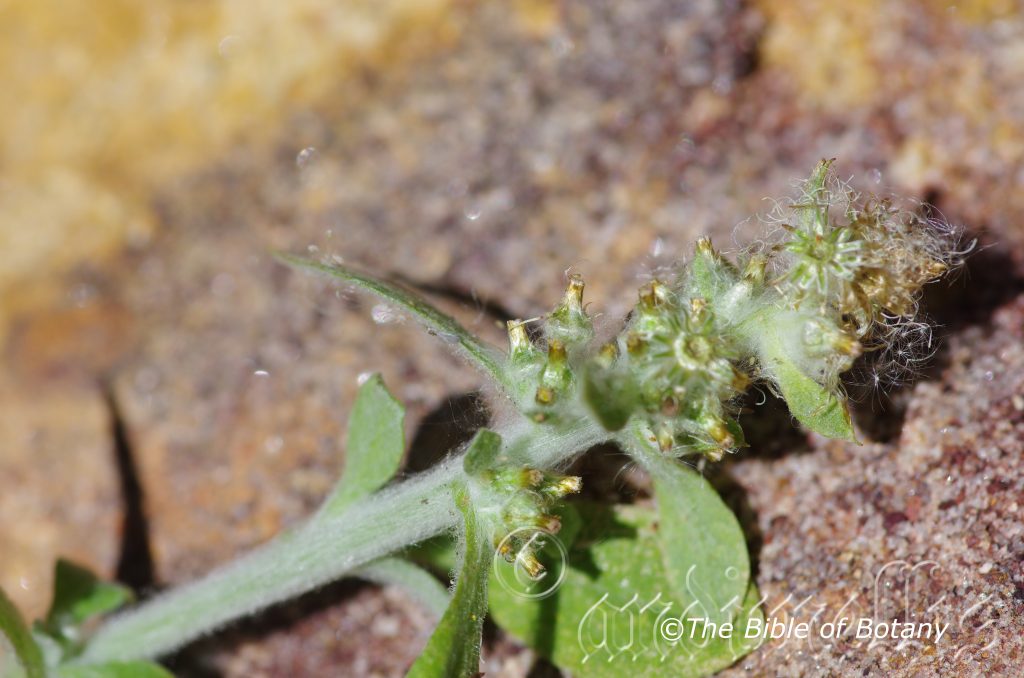
Author’s Garden The Pinnacles NSW
Euchiton sphaericus
Unranked: Eudicots
Classification:
Unranked: Asterids
Order: Asterales
Family: Asteraceae
Genus: From Eu, which is Greek a prefix for wrapped up or well covered and Khiton, which is Ancient Greek for a tunic. It refers to flowers, which are surrounded by bracteoles that resemble a tunic.
Specie: From Sphaero/Sphaera, which is Ancient Greek for round to globular. It refers to three dimensional organs, which resemble a Sphere, orb or round as in an old type of light globe.
Sub specie:
Common Name: Cud Weed.
Distribution:
Euchiton sphaericus is found in 3 disjunct populations in Australia. In Western Australia it grows south and west of a line from Sharks Bay to Cocklebiddy.
It also grows in a large area in central Australia bound by Sandford Cliffs, Gill Pinnacle, Mount Moulden, Poondinna Mountain, Everard Range and the Dulcie Ranges National Park in the southern section of the Northern territory and northern western South Australia.
In the east it is found in a line east and south from Tinaroo falls in far north eastern Queensland to Streaky Bay in southern South Australia.
It is not found in the true deserts or above the alpine zones in the high country.
It is also found on King Island and the Flinders Island group of islands in Bass Strait and most of mainland Tasmania except for the high country in the center.
https://avh.ala.org.au/occurrences/search?taxa=Euchiton+sphaericus#tab_mapView
Habitat Aspect Climate:
Euchiton sphaericus prefers full sun to dappled light. It grows in littoral forests, moist Eucalyptus forests, dry schlerophyll forests open woodlands, grasslands and riparian zones. In central Australia it is common along riparian zones where some moisture is found most of the year. The altitude ranges from 5 meters ASL to 1560 meters ASL.
The temperatures range from minus 4 degrees in July to 42 degrees in January.
The rainfalls range from lows of 660mm to an average of 3000mm annually.
Soil Requirements:
Euchiton sphaericus prefers skeletal to deep sandy loams to heavy clays. The soils are usually derived from most types of parent rock. The soils pH ranges from 4.5PH to 8PH. It does not tolerate waterlogged soils however many of the soils have high water tables which would keep the upper soil moist through capillary action and flood on an annual basis. Non saline soils to very saline soils are tolerated as are salt laden winds.
Height & Spread:
Wild Plants: 0.05m to 0.5m by 0.05m to 0.1m.
Characteristics:
Euchiton sphaericus‘s is usually an erect annual or rarely biannual herb. The 4 to 12 terete stems are blue-green and densely covered in white floccose wool or long thick tomentose hairs. The stems are usually simple branches from bases or are rarely branched from the leaf axils.
Euchiton sphaericus‘s obovate basal leaves are obovate and soon wither as the erect floral stems develop. The basal leaves bases are cuneate while the apexes are obtuse. The oblanceolate to spathulate or narrow elliptic leaves measure 10mm to 70mm in length by 3mm to 15mm in width. The petioles are attenuate to the cauline bases. The bases are cuneate while the apexes are acute or mucronate. The discolourous laminas are lime-green, sea-green to mid blue-green and glabrous to moderately covered in white floccose wool on the upper laminas while the lower laminas are densely covered in white floccose wool or long thick tomentose hairs. The laminas are flat or slightly recurve upwards from the mid vein to the margins or are slightly undulating near the margins. The margins are entire or finely and sparsely toothed. The midvein is glabrous to sparsely covered in long white tomentose hairs and is prominent on the lower lamina and is visible as a furrow on the upper lamina.
The inflorescences of Euchiton sphaericus are dense globular clusters born from the terminals or at times there are smaller clusters from the upper leaf axils. The clustered heads measure 10mm to 15mm in diameter. The persistent bracts are covered in white pulverulent hairs. There is 5 to 10 long, linear, leaf like subtended bracts. The variable bracts measure 8mm to 40mm in length by 2mm to 3.5mm in width.
The usually 8 dimorphic, involucral bracts are elliptic to linear with acute apexes. The olive-green bracts are straw-coloured near the base and scarious above or at times tinged purple. The involucral bracts measure 1mm to 1.8mm in length by 0.5mm to 0.8mm in width. The purplish corolla tubes measure 2.5mm to 4mm in length by 0.6mm to 1mm in diameter. The lobes are absent.
The numerous white to cream stamens are exserted and form a ring around the apex of the corolla tube. The style is bright yellow to orange-yellow and measures about 0.2mm to 0.3mm longer than the stamens. The flowers usually appear from September to December; but can appear throughout the year, depending to some extent dependent on local weather conditions.
Euchiton sphaericus fruits are linear, fusiform achenes. The pale brown achenes measure 0.7mm to 0.9mm in length. The 5 to 8 apiculate, barbellate, pappus bristles are cohering at base and measure 1.8mm to 2mm in length. They will be discarded in groups after the achenes have ripened and dislodged from the clusters.
Wildlife:
Euchiton sphaericus wildlife is unknown to the author however cattle and sheep will eat the plants under drought conditions or where paddocks have been overgrazed when little other more palatable herbage feed is not available.
Cultivation:
Euchiton sphaericus is very adaptable under cultivation and is considered a weed amongst gardeners and farmers alike. While it may have a weed category when the seeds are being dispersed it has great potential for the photographer.
Propagation:
Seeds: Euchiton sphaericus seeds can be sown directly into a seed raising mix. Cover the achenes with 2mm of fine sand. Place the trays in a sunny warm position and keep moist. When the seedlings are 40mm to 60mm tall plant them into their permanent positions.
For mass plantings plant them out at 0.2 meter to 0.4 meter centers.
Fertilize using seaweed, fish emulsion or organic chicken pellets soaked in water on an alternate basis. Fertilize every two months until the plants are established then twice annually in early September or March to maintain health, vitality and better flowering.
Further Comments from Readers:
Hi reader, it seems you use The Bible of Botany a lot. That’s great as we have great pleasure in bringing it to you! It’s a little awkward for us to ask, but our first aim is to purchase land approximately 1,600 hectares to link several parcels of N.P. into one at The Pinnacles NSW Australia, but we need your help. We’re not salespeople. We’re amateur botanists who have dedicated over 30 years to saving the environment in a practical way. We depend on donations to reach our goal. If you donate just $5, the price of your coffee this Sunday, We can help to keep the planet alive in a real way and continue to bring you regular updates and features on Australian plants all in one Botanical Bible. Any support is greatly appreciated. Thank you.
In the spirit of reconciliation we acknowledge the Bundjalung, Gumbaynggirr and Yaegl and all aboriginal nations throughout Australia and their connections to land, sea and community. We pay our respect to their Elders past, present and future for the pleasures we have gained.
Eugenia reinwardtiana
Classification:
Unranked: Magnoliophyta
Unranked: Magnoliopsida
Order: Myrtales
Family: Myrtaceae
Genus: Is named in honour of Prince Francois Eugene de Savoi-Carigan; 1663-1736, who developed a Botanical Garden near Venice and was a patron of biology.
Specie: Is named in honour of Caspar Georg Carl Reinwardt; 1773-1854, who was Prussian born Dutch botanist who is considered to be the founding father of the famous Bogor Botanical Garden in Indonesia.
Sub specie:
Common Name: Bush Cherry or Beach Cherry.
Distribution:
Eugenia reinwardtiana is found south from the tip of Cape York Peninsula to Bundaberg in the south eastern Queensland. It is found on and east of the Great Dividing Range to the coast and off shore islands.
There are no confirmed sightings in the Northern Territory while there is an outlying population on the Kimberley coast in north western, Western Australia.
https://avh.ala.org.au/occurrences/search?taxa=Eugenia+reinwardtiana#tab_mapView
Habitat Aspect Climate:
Eugenia reinwardtiana prefers full sun to dappled light. It grows in monsoonal forests, adjacent to tropical rainforests, wet Eucalyptus forests, moist littoral rainforests, gallery rainforests or riparian rainforests. The altitude ranges from 2 meters ASL to 60 meters ASL.
The temperatures range from 4 degrees in July to 38 degrees in January.
The rainfalls range from lows of 660mm to an average of 3000mm annually.
Soil Requirements:
Eugenia reinwardtiana prefers deep sandy loams to medium clays. The soils are usually derived from decomposed sandstones, granites, pumice stone, black basalts, and brown basalts, accumulated peaty beach sands or accumulated coral sands. The soils pH varies from 4.5PH to 8PH. It does not tolerate waterlogged soils however many of the soils have high seasonal water tables which would keep the upper soil moist through capillary. Non saline soils to very saline soils are tolerated as are salt laden winds.
Height & Spread:
Wild Plants: 2m to 20m by 2m to 8m.
Characteristics:
Eugenia reinwardtiana‘s trunk is red-brown and flaky. The branches are red-brown and slightly scabrous. The branchlets are square with flaky wings extending to near the apex. The buds are covered in short pale grey sericeous hairs.
Eugenia reinwardtiana‘s simple, elliptical to ovate leaves are thick coriaceous and measure 20mm to 90mm in length by 10mm to 50mm wide. The terete petioles measure 1mm to 6mm in length. The bases are rounded while the apexes are obtuse. The margins are entire flat or curve slightly upwards from the midvein. The midvein is prominent on the lower lamina and is visible on the upper lamina. The discolourous laminas are dull deep sea green on the upper lamina and dull and much pale green on the lower lamina.
The inflorescences of Eugenia reinwardtiana are singularly born from the leaf axils. The persistent bracts are covered in white pulverulent hairs. The ovate bracts measure 1.2mm to 1.7mm in length by 0.6mm to 0.9mm in width. The hypanthium is covered in short white pulverulent hairs and measure 2mm to 4mm in length by and 2mm to 4mm in diameter at the rim. The concaved adaxially calyxes are sparsely covered in white pulverulent hairs. They measure 2mm to 3mm in length. The bracts and calyxes are persistent until anthesis. The white orbicular petals measures 3mm to 3.5mm in length by 3.5mm to 4mm in width. The margins are entire and are sparsely covered in white ciliate hairs.
The 30 to 70 white stamens measure 3.5mm to 5mm in length and have white or cream anthers. The style is white and measures 3.5mm to 5mm in length on a raised disc. The pedicel is long and wiry and measures 13mm to 23mm in length. The flowers appear twice a year in the north from early September to early February and a lighter flowering from April to July. Southern plants often only have a spattering of flowers over the winter months.
Eugenia reinwardtiana fruits are ovoid to globular or ovoid berries. The berries measure 15mm to 20mm in length by 12mm to 23mm in diameter. The calyx lobes are persistent at the apex of the ripe fruit and swell to 2.2mm to 2.6mm in length and width.
The single or rarely 2 seeds to 10 seeds are cream glabrous and measure 7mm to 12mm in length by 7mm to 12mm in diameter.
Wildlife:
Most fruit eating birds will eat the fruits of Eugenia reinwardtiana. These include Leather Heads, Philemon corniculatus, Lorikeets, Trichoglossus moluccanus and larger Honeyeaters.
Cultivation:
Eugenia reinwardtiana is a very adaptable under cultivation and it is surprising that the plant has not been more widely grown for its fruit. It is moderately fast growing and produce fruit from the second or third year from seed. It responds positive to pruning watering and fertilizing.
It can be grown as small rainforest trees or large shrubs. The fruit has a pleasant flavour reminiscent of cherries but stronger in flavour and not as sweet. The fruits grown in cultivation can measure 15mm to 25mm in length by 15mm to 28mm in diameter.
Good quality fruit is produced when heavily mulched with an annual fertilizing regime. Trees should be selected on their fruiting capacity, size, flavour and if possible a lack of seeds. These vary considerably and I believe the trees grow fairly true from seed. If not then grafting onto their root stock may be the only other way to produce the desired plant.
North Coast Botanic Gardens at Coffs Harbour have a hedge grown from this Eugenia and the fruit is a good size and taste but the plants do not yield commercial quantities which are a shame but it is good for the home gardener. Seeds from these plants did grow true to form of the parents.
Propagation:
Seeds: Eugenia reinwardtiana seeds can be sown directly into a seed raising mix. Cover the seeds with 5mm of fine sand or the mix. Place the trays in a sunny warm position and keep moist. When the seedlings are 40 to 60 mm tall, prick them out and plant them into 50mm native tubes using a good organic mix.
Once the seedlings reach 200 to 250mm in height prick the growing tips out and plant them out into their permanent position. For mass plantings plant them at 3 meter to 4 meter centers for hedges or screens and at 5 meters to 6 meters apart in an orchard situation so you can work easily around the plants. Trees grown in a rainforest should be spaced at around 8 meters to 9 meters apart.
Fertilize using seaweed, fish emulsion or organic chicken pellets soaked in water on an alternate basis. Fertilize every two months until the plants are established then twice annually in early September or March to maintain health, vitality and better flowering.
Further Comments from Readers:
Hi reader, it seems you use The Bible of Botany a lot. That’s great as we have great pleasure in bringing it to you! It’s a little awkward for us to ask, but our first aim is to purchase land approximately 1,600 hectares to link several parcels of N.P. into one at The Pinnacles NSW Australia, but we need your help. We’re not salespeople. We’re amateur botanists who have dedicated over 30 years to saving the environment in a practical way. We depend on donations to reach our goal. If you donate just $5, the price of your coffee this Sunday, We can help to keep the planet alive in a real way and continue to bring you regular updates and features on Australian plants all in one Botanical Bible. Any support is greatly appreciated. Thank you.
In the spirit of reconciliation we acknowledge the Bundjalung, Gumbaynggirr and Yaegl and all aboriginal nations throughout Australia and their connections to land, sea and community. We pay our respect to their Elders past, present and future for the pleasures we have gained.
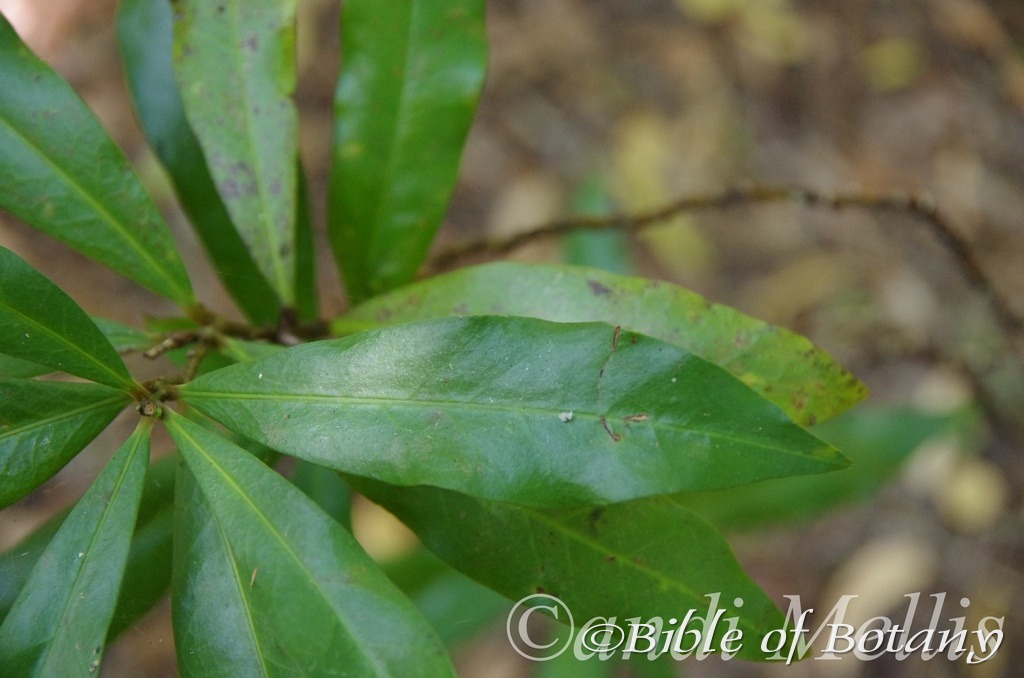
Nana Glen NSW
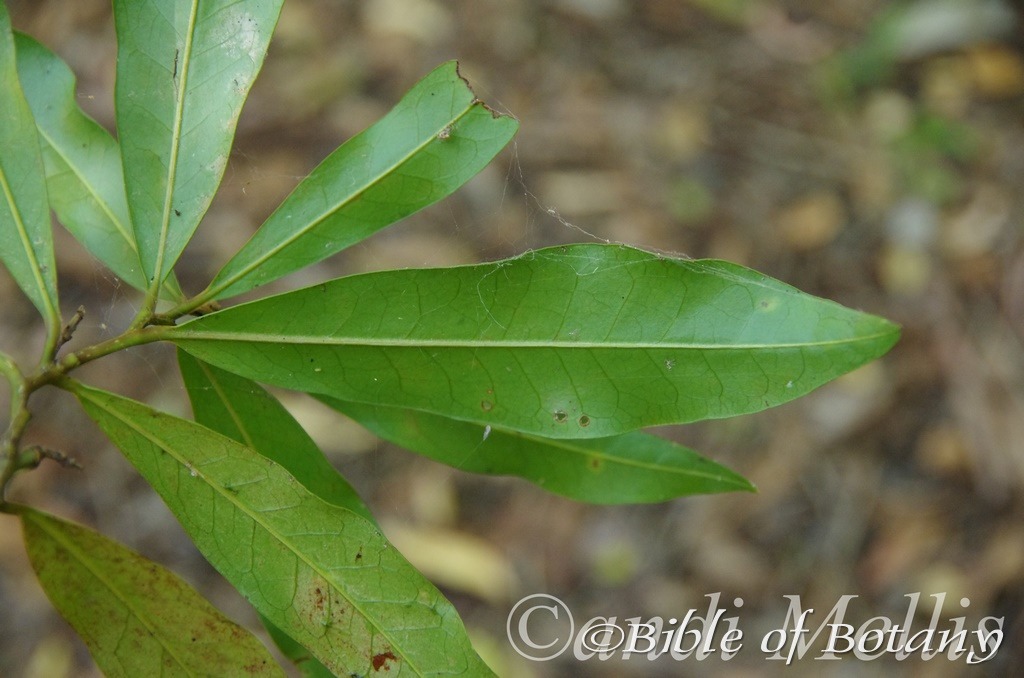
Nana Glen NSW
Eupomatia bennettii
Classification:
Class: Angiosperms
Order: Rosids
Family: Eupomatiaceae
Genus: From Eu, which is Greek a prefix for good or well and Pomation, which is Ancient Greek for a small cap. It refers to the flower buds having a small cap.
Specie: Is named in honour of George Bennett; 1804-1893, who was an English born Australian botanist.
Sub specie:
Common Name: Small Bolwarra. (This is the Aboriginal name for the Native Guavas)
Distribution:
Eupomatia bennettii is found east of the Great Dividing Range south from Maryborough and southern Fraser Island in southern Queensland to the Nambucca River in north eastern New South Wales. There is also an outlying population south of Cairns in far north Queensland.
https://avh.ala.org.au/occurrences/search?taxa=Eupomatia+bennettii#tab_mapView
Habitat Aspect Climate:
Eupomatia bennettii prefers light shade to heavy shade. Eupomatia bennetti grows in wet Eucalyptus forests adjacent to rainforests in riverine rainforests or transitional zones between the two. The altitude ranges from 30 meters ASL to 1000 meters ASL.
The temperatures range from 2 degrees in July to 34 degrees in January.
The rainfalls range from lows of averages 900mm to 2400mm annually.
Soil Requirements:
Eupomatia bennettii prefers rich sandy loams, clay loams, and light clays to heavy clays. The soils are derived from decomposed brown basalts, black basalts or better quality metamorphic rocks. The soils pH ranges from 6PH to 6.5 PH. It does not tolerate waterlogged soils however most soils retain some moisture throughout the year. Non saline soils to moderately saline soils are tolerated as are salt laden winds.
Height & Spread:
Wild Plants: 500mm to 900mm by 50mm to 100mm.
Characteristics:
Eupomatia bennettii is a small shrub with a tuberous root system. The single or sometimes two or three stems are deep green, slightly tuberculate and flexible.
The leaves are decurrent. The lamina is oblanceolate to oblong-elliptical and measure 80mm to 200mm in length by 30mm to 50mm in width. The concolourous laminas are glossy, deep sea green. The leaf margin is entire and flat or undulating. The leaf bases are attenuate, tapering and oblique while the apexes are narrow acute.
The inflorescence of Eupomatia bennettii is born terminally. The pedicel measures 5mm to 7mm in length.
The staminodes are the most attractive part of the flower and resemble petals. The outer staminodes are cream to pale yellow and measure 8mm to 12mm in length. The inner staminodes are shorter and are pink, red or maroon. The 8 to 12 fertile stamens are concealed beneath the outer staminodes. The flowers appear from late August to early December.
Fruits are a conical to urceolate fleshy berry. The berries have a flat pitted or tuberculate disc at the apex. The disc has a raised rim and measures 17mm long by 27mm in diameter. The berries measure 20mm to 30mm in length by 20mm to 30mm in diameter. The berries turn soft and a yellow-green when ripe.
Wildlife:
Eupomatia bennettii attracts native beetles when in flower and needs the beetles for fertilization. Fruits are eaten by native mice and possums including both the common Ringtail possum, Pseudocheirus peregrinus and the Brushtail Possum, Trichosurus vulpecula.
The fruits have a distinct guava taste and are very pleasant to the palate.
Cultivation:
Eupomatia bennettii is a beautiful small shrub for small areas, court yards and rainforest gardens where there is light to dense shade. Because the shrubs are usually single stemmed it is best mass planted to appreciate their perfume or beauty within the primitive flowers. In cultivation they will grow from 0.6 meters to 1 meter by 0.5 meters.
Eupomatia bennettii is an ancient plant family Eupomatiaceae, suitable for subtropical rainforest gardens. It responds to mulch and annual fertilizing with gentle native organic fertilizers.
It is most suitable for use around shaded swimming pools, courtyards, besides pathways, small shady rockeries, along sandy clay banks, along drive ways or adjacent to natural rain forest gardens. Mass plantings of 5 or more plants even in small areas; really do the plants justification especially when it is in flower. Medium fish or frog ponds will benefit from Eupomatia bennettii, especially where a dwarf rainforest is to be created.
When mass planting the perfume from the flowers is delicate but strong enough to linger or waft through the house.
If it is placed around a pool, courtyards or other confined spaces in the shade then plant them in small groups or scatter plant them in clumps of 3 to 5 plants for a more natural look against walls to help soften them. Using rocks and small boulders can make the pool or any water feature appear like an oasis. The leaves and flowers can make a great start for the small heath setting. When making a heath scene using Eupomatia bennetti use medium rocks so that they do not over power the plants. Be careful not to over plant the area with other tall growing single stem or multi stem plants as they too will grab the attention. The large leaves and flowers really do need to be seen to be fully appreciated.
If companion plants are sought then the choice of plants to use either side is limited by size of the area to be landscaped and the size of the other plants should be no more than 250mm in height to emphasize the Eupomatia bennettii.
While I would like to recommend this plant as a horticultural fruit it does not produce sufficient quantities of fruit to justify its growing commercially.
Propagation:
Seeds: Sow fresh Eupomatia bennettii seeds into a seed raising mix. Keep the trays moist not wet and place them in a warm semi shaded place. When the seedlings are 30mm to 50mm tall, prick them out and plant them into 50mm native tubes using a good organic mix.
Fertilize using Seaweed, fish emulsion or organic chicken pellets soaked in water and apply the liquid on an alternate basis. Fertilize every two months. Once the seedlings reach 150mm to 250mm in height plant them out into their permanent position. For mass plantings plant them at 200mm centers.
Further Comments from Readers:
Hi reader, it seems you use The Bible of Botany a lot. That’s great as we have great pleasure in bringing it to you! It’s a little awkward for us to ask, but our first aim is to purchase land approximately 1,600 hectares to link several parcels of N.P. into one at The Pinnacles NSW Australia, but we need your help. We’re not salespeople. We’re amateur botanists who have dedicated over 30 years to saving the environment in a practical way. We depend on donations to reach our goal. If you donate just $5, the price of your coffee this Sunday, We can help to keep the planet alive in a real way and continue to bring you regular updates and features on Australian plants all in one Botanical Bible. Any support is greatly appreciated. Thank you.
In the spirit of reconciliation we acknowledge the Bundjalung, Gumbaynggirr and Yaegl and all aboriginal nations throughout Australia and their connections to land, sea and community. We pay our respect to their Elders past, present and future for the pleasures we have gained.
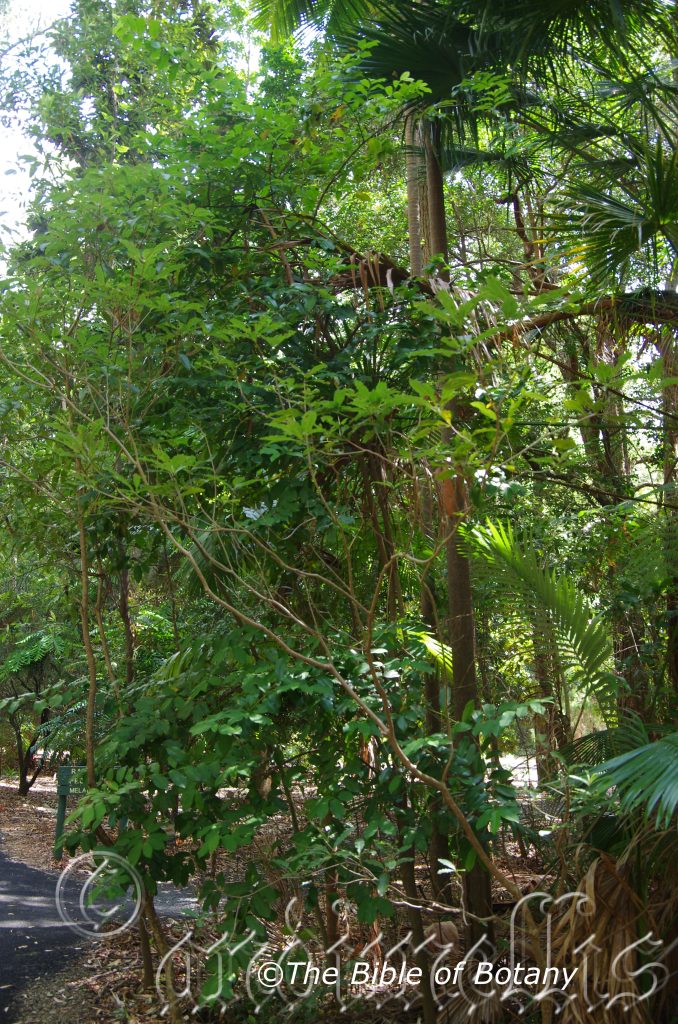
NCBG Coffs Harbour NSW
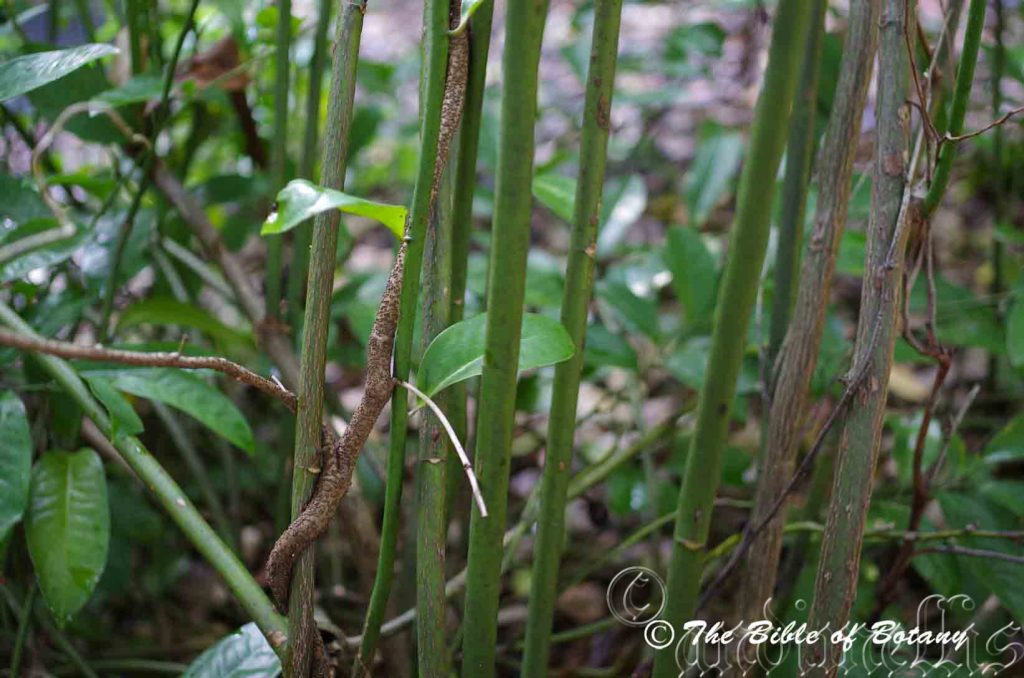
Mount Cootha Botanic Gardens Qld.
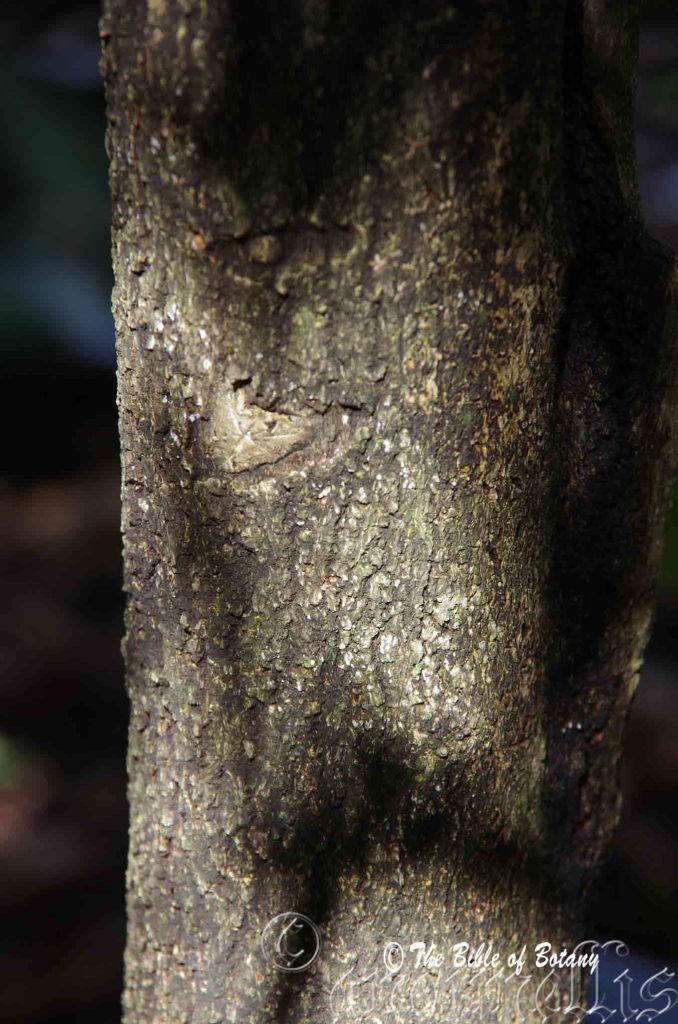
Glenreagh NSW
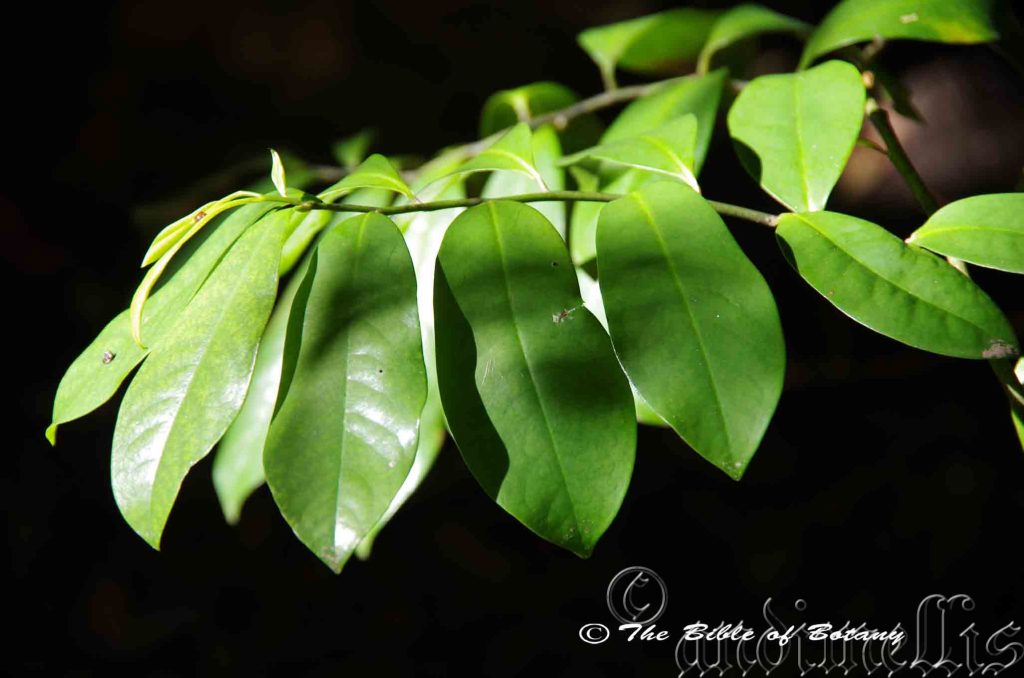
Glenreagh NSW
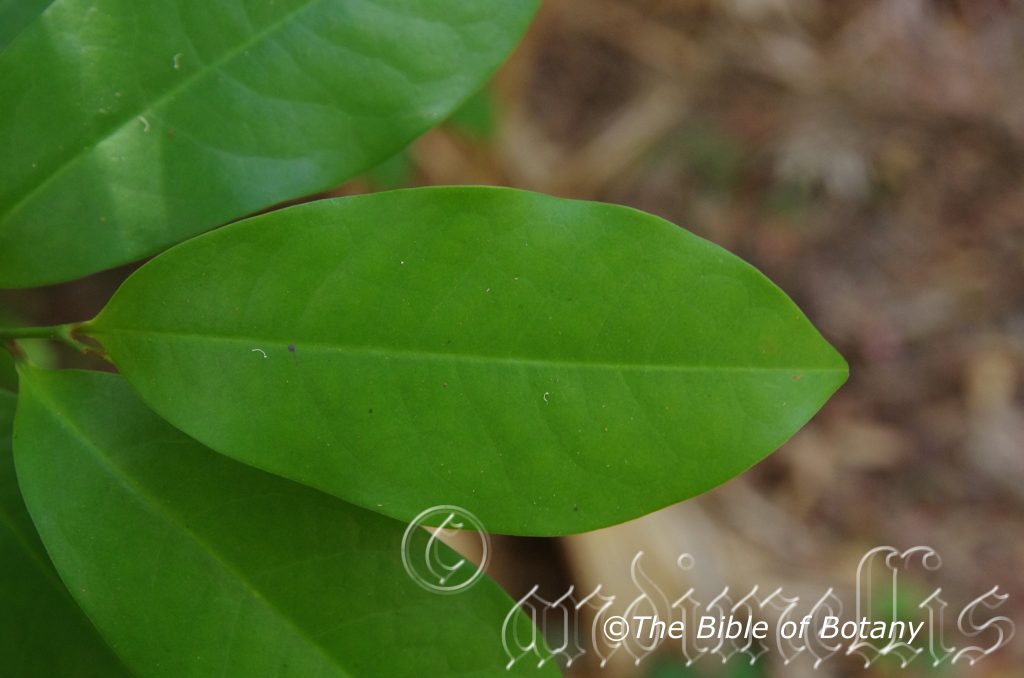
NCBG Coffs Harbour NSW
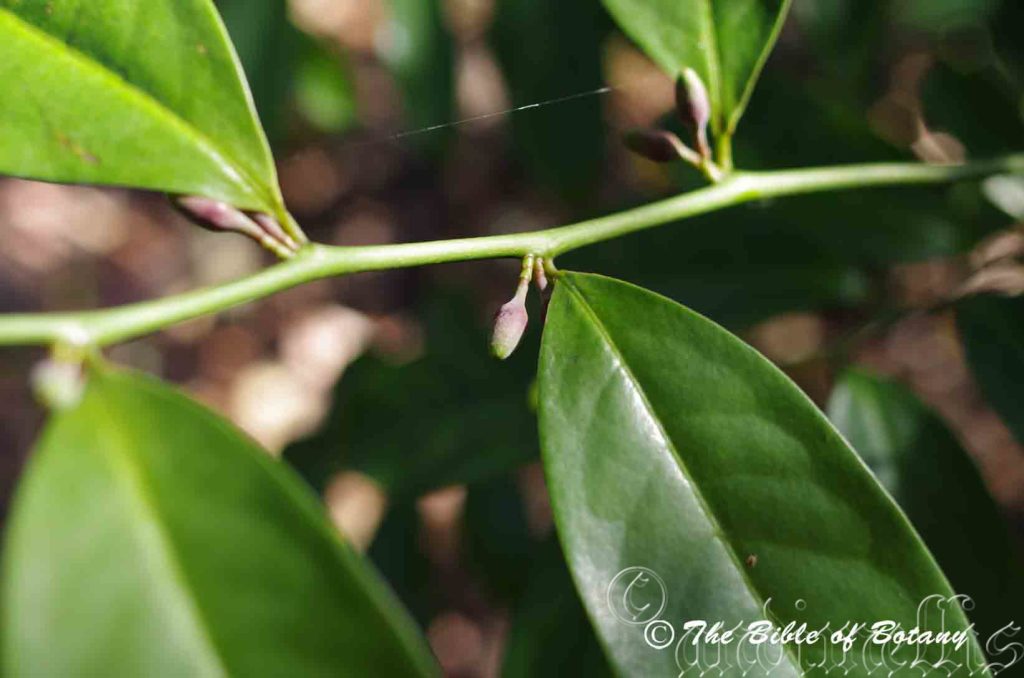
Mount Cootha Botanic Gardens Qld.
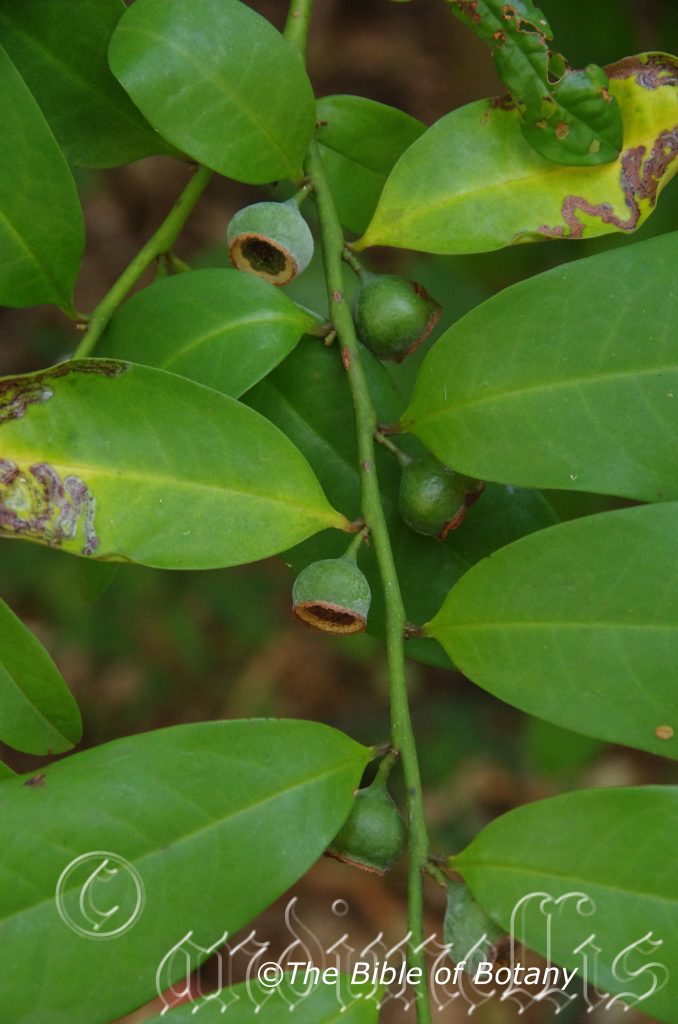
NCBG Coffs Harbour NSW
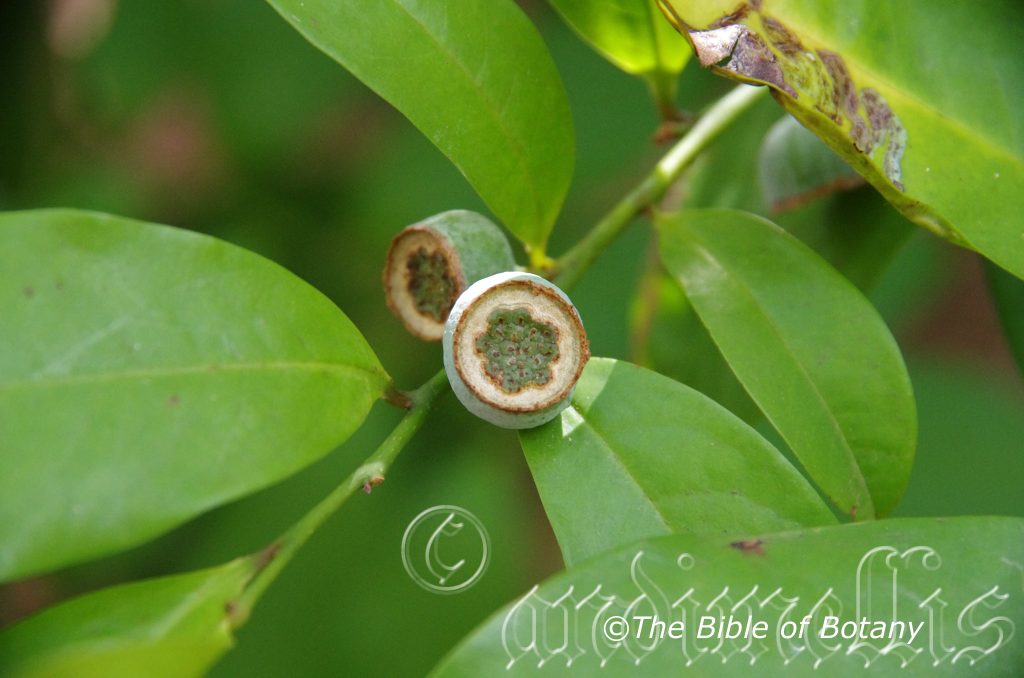
NCBG Coffs Harbour NSW
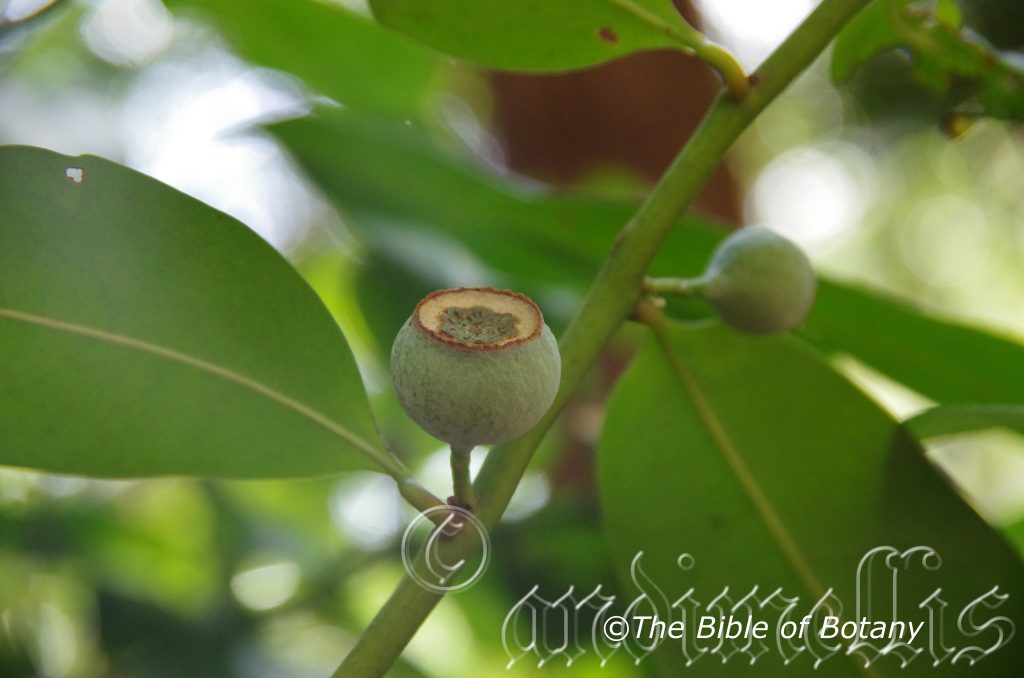
NCBG Coffs Harbour NSW
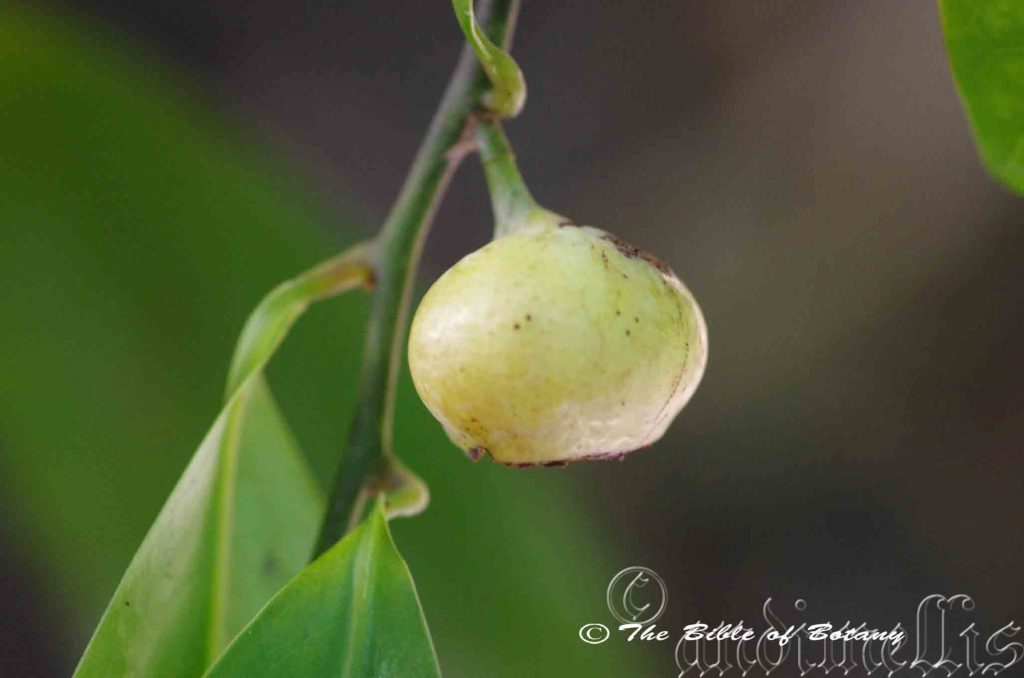
Glenreagh NSW
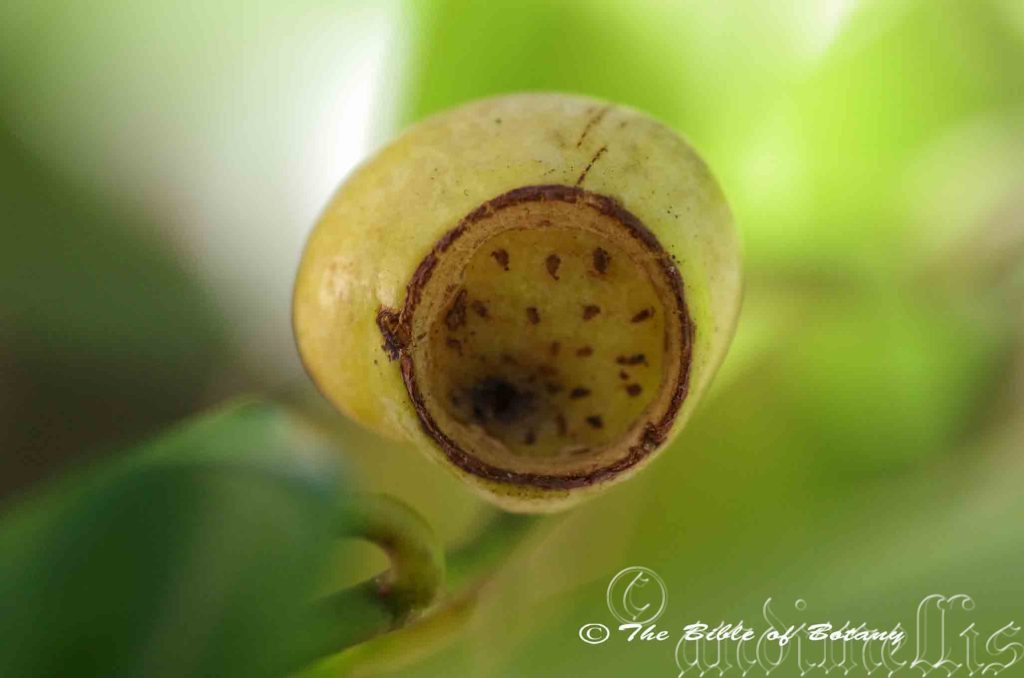
Glenreagh NSW
Eupomatia laurina
Classification:
Class: Angiosperms
Order: Rosids
Family: Eupomatiaceae
Genus: From Eu, which is Greek a prefix for good or well and Pomation, which is Ancient Greek for a small cap. It refers to the flower buds having a small cap.
Specie: From Laurus, which is Latin for praise or commendation thus praise for the Laurel or Bay tree or a small crown or wreath made from Laurel leaves. It refers to leaves, which resemble those of the bay tree.
Sub specie:
Common Name: Bolwarra or Copper Laurel or Native Guava. (Bolwarra is the Aboriginal name for the Native Guavas)
Distribution:
Eupomatia laurina is found on and east of the Great Dividing Range in two disjunct populations. The northern population is found from Cape York Peninsula in far north Queensland south to Ingham. The southern population is found south from Bundaberg and Fraser Island in south eastern coastal Queensland to Gookebong in north eastern coastal Victoria to near Orbost.
https://avh.ala.org.au/occurrences/search?taxa=Eupomatia+laurina#tab_mapView
Habitat Aspect Climate:
Eupomatia laurina prefers light shade to dappled light. It grows in wet Eucalyptus forests, moist rainforest margins and in littoral rainforests close to the coast. The altitude ranges from 30 meters ASL to 1000 meters ASL.
The temperatures range from 0 degrees in July to 34 degrees in January.
The rainfalls range from lows of 700mm to an average of 3200mm annually.
Soil Requirements:
Eupomatia laurina prefers rich sandy loams, clay loams, and light clays to heavy clays. The soils are derived from decomposed brown basalts, black basalts or better quality metamorphic rocks. The soils pH ranges from 6pH to 6.5pH. It does not tolerate waterlogged soils however most soils retain some moisture throughout the year. Non saline soils to moderately saline soils are tolerated as are salt laden winds.
Height & Spread:
Wild Plants: 4m to 5m by 4m to 6m.
Characteristics:
Eupomatia laurina is a medium size shrub with arching, pendant or erect stems. The grey brown trunk has a greenish sheen to it. It is rough with fine longitudinal fissures to the larger branches where it becomes less fissured. Branches are glabrous and dark green while the branchlets are zig zag, dark green to black with or without some finely resinous markings.
The oblong to elliptical leaves measure 65mm to 120mm in length by 20mm to 50mm in width. The petiole measures 2mm to 5mm in length. The bases are broad cuneate to rounded and slightly oblique while the apexes are acute. The discolourous laminas are glabrous, glossy deep sea green on the upper lamina and paler on the lower lamina. The mid vein is prominent on the lower lamina as are the lateral veins and is visible on the upper lamina.
The inflorescence of Eupomatia laurina is born singularly or in pairs from the terminals or on short special terminal shoots from the leaf axils.
The semi erect to erect staminodes is the most attractive part of the flower and resembles petals. The cream outer staminodes are cream to white and measure 6mm to 8mm in length. The cream inner staminodes are shorter more spreading and are tipped pink, red or deep purple on some individuals. The fertile stamens measure 8mm to 10mm in length. The pedicels measure 6mm to 14 mm in length. Flowering starts in some areas and in some individuals in late October while other districts and individuals are flowering as late as February.
The fruits are urceolate fleshy berry. The berries have a flat apex which is coarsely but sparsely tuberculate or pitted. The disc has a raised rim and measures 15mm to 20mm in diameter while the rim stands erect to 1mm in height. The berries are 15mm to 20mm in length by 18mm to 22mm in diameter. The berries turn yellow-green when ripe.
Wildlife:
Eupomatia bennettii attracts native beetles when in flower and needs the beetles for fertilization. Fruits are eaten by native mice and possums including both the common Ringtail possum, Pseudocheirus peregrinus and the Brushtail Possum, Trichosurus vulpecula.
The fruits have a distinct guava taste and are very pleasant to the palate.
Cultivation:
Eupomatia laurina is a beautiful large shrub for the garden. It is fast growing so are suitable for animal shelters. It can give a rainforest effect very quickly due to the large deep sea glossy green leaves which always retain that fresh look.
Once established it is drought resistant and frost resistant at least to minus 5 without leaf drop or leaf burning though some discolouration may occur.
Six or more scattered along dry creek banks or streams beneath a rain forest will become a very strong focal point when in flower gain a lot of attention whether you are coming or going because of the fresh clean look of the foliage even in the driest of times. It can be regularly tip pruned if a smaller shrub is required. It responds well to pruning recovering quickly and often increasing the number of flowers in the following season. Ensure that the whole plant or at least most of it is on display from most sections of the garden as the flowers are a real bonus.
Place them in the background with other large leaf ground covers and very small shrubs in the foreground offers the chance to add colour with a glossy backdrop. To the rear, use large leaf taller plants if you want to blend a bush scene into a rainforest. Plants with white, deep red or deep purple flowers can be used in both the midground and background. Avoid flowers that have a strong scent in the vicinity as the delicate perfume from the flowers will be lost amongst stronger perfumed flowers.
Given shade plenty of mulch and regular applications of our fertilizing regime the plants will flower over a longer period. It will also supply larger fruit to 25mm in diameter and give greater quantities. This was very evident on a plant in Nana Glen where quantities always exceeded wild plants. The plants appear to be bi annual producers. That is it produces a heavy crop one year and a smaller crop the next. Whether this is caused by genetics or environment is not known.
Propagation:
Seeds: Sow fresh Eupomatia laurina seeds into a seed raising mix. When the seedlings are 30mm to 50mm tall, prick them out and plant them into 50mm native tubes using a good organic mix.
Once the seedlings reach 200 to 250mm in height plant them out into their permanent position. For mass plantings plant them at 200mm centers.
Fertilize using seaweed, fish emulsion or organic chicken pellets soaked in water on an alternate basis. Fertilize every two months until the plants are established then twice annually in early September or March to maintain health, vitality and better flowering.
Further Comments from Readers:
Hi reader, it seems you use The Bible of Botany a lot. That’s great as we have great pleasure in bringing it to you! It’s a little awkward for us to ask, but our first aim is to purchase land approximately 1,600 hectares to link several parcels of N.P. into one at The Pinnacles NSW Australia, but we need your help. We’re not salespeople. We’re amateur botanists who have dedicated over 30 years to saving the environment in a practical way. We depend on donations to reach our goal. If you donate just $5, the price of your coffee this Sunday, We can help to keep the planet alive in a real way and continue to bring you regular updates and features on Australian plants all in one Botanical Bible. Any support is greatly appreciated. Thank you.
In the spirit of reconciliation we acknowledge the Bundjalung, Gumbaynggirr and Yaegl and all aboriginal nations throughout Australia and their connections to land, sea and community. We pay our respect to their Elders past, present and future for the pleasures we have gained.
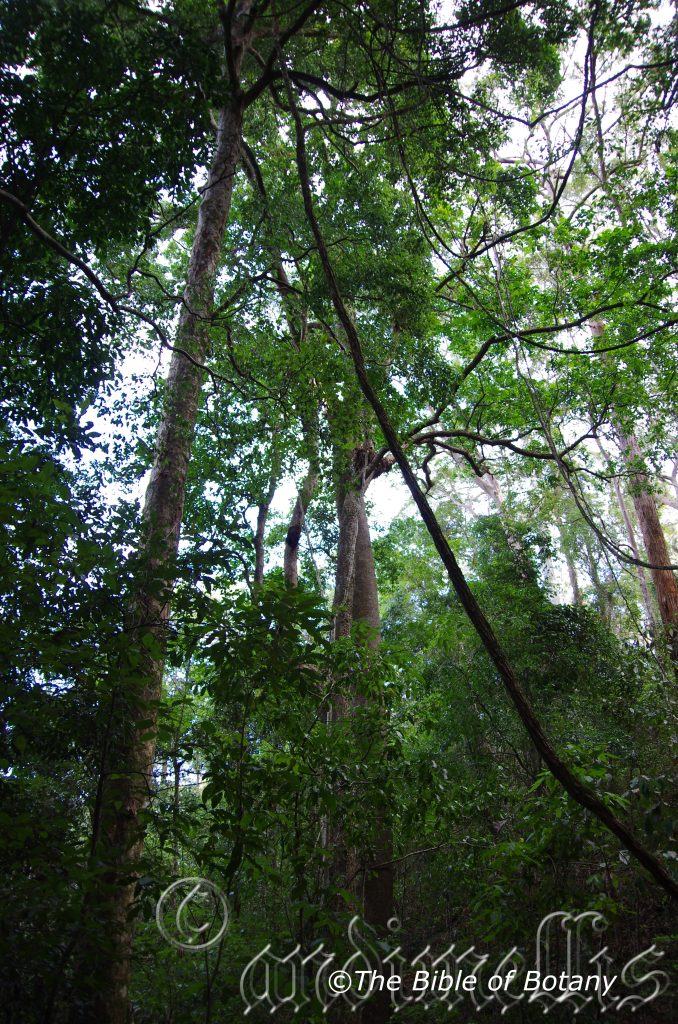
Border Ranges National Park Qld,
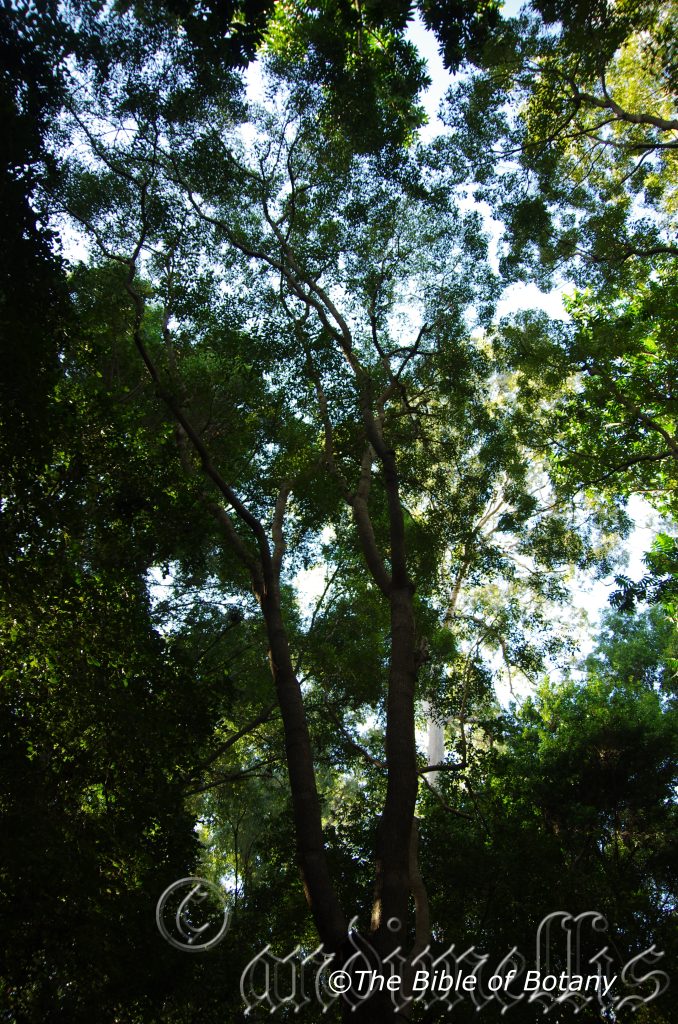
Border Ranges National Park Qld,
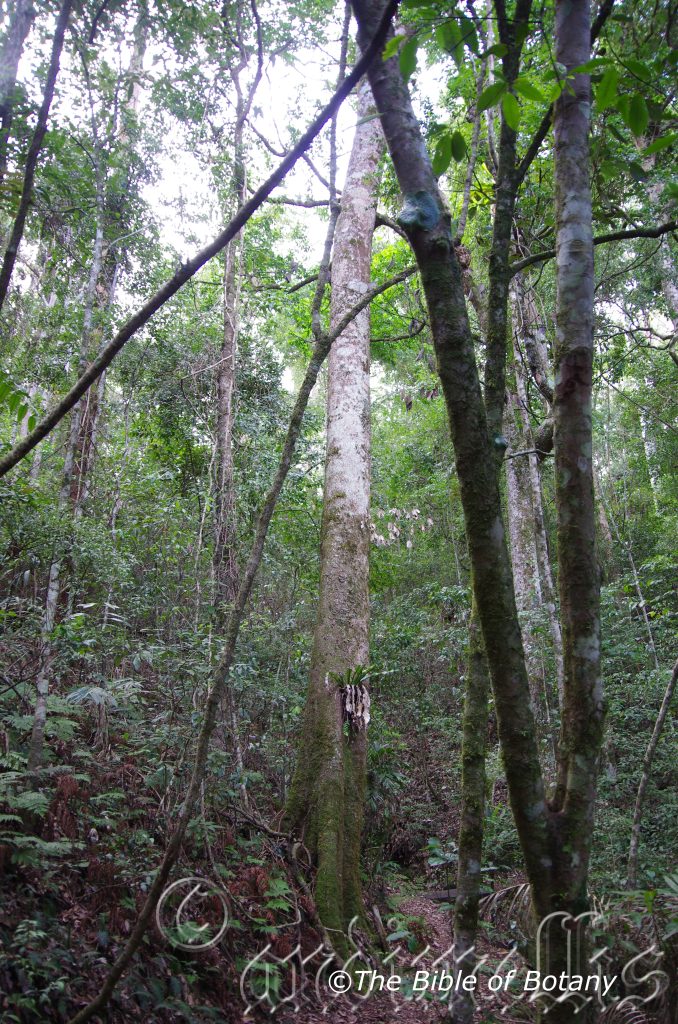
Border Ranges National Park Qld,
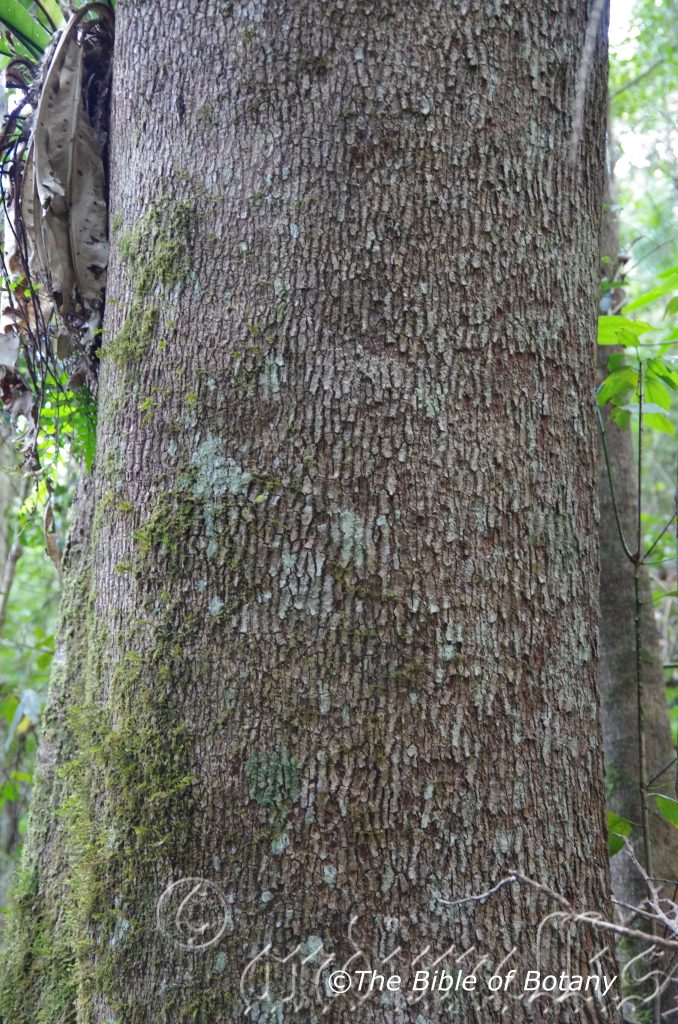
Border Ranges National Park Qld,
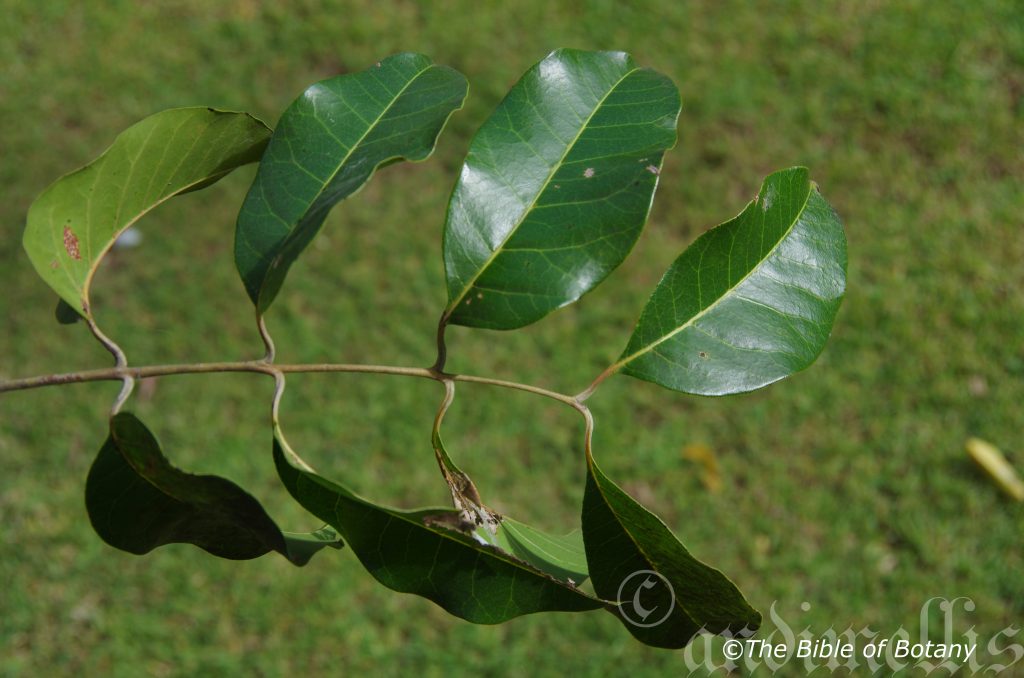
Rosser Gardens Benowa Qld.
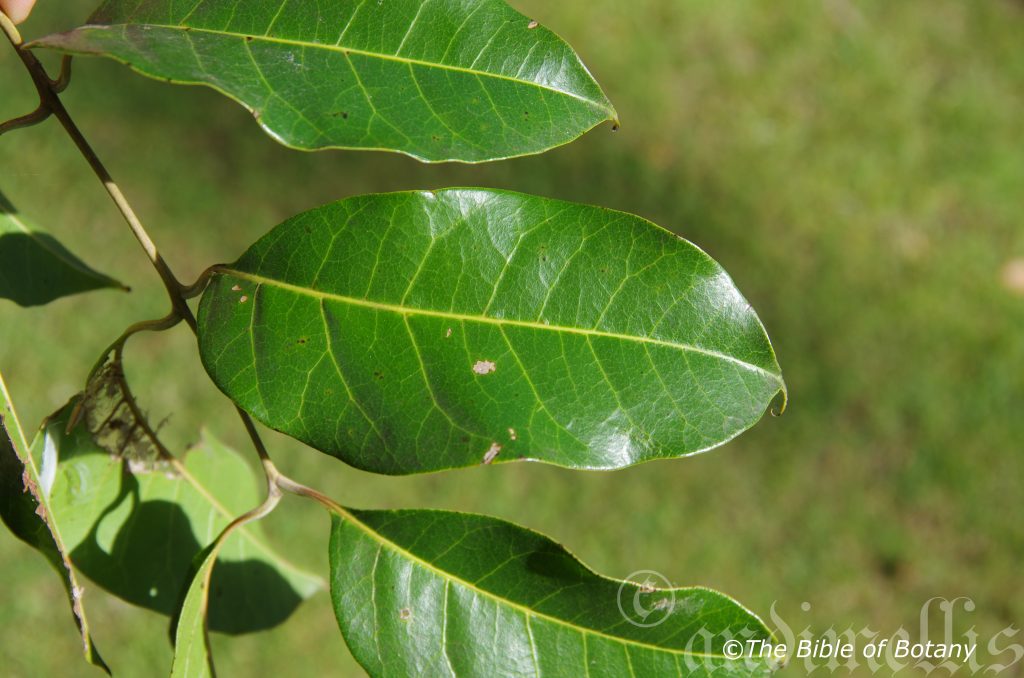
Rosser Gardens Benowa Qld.
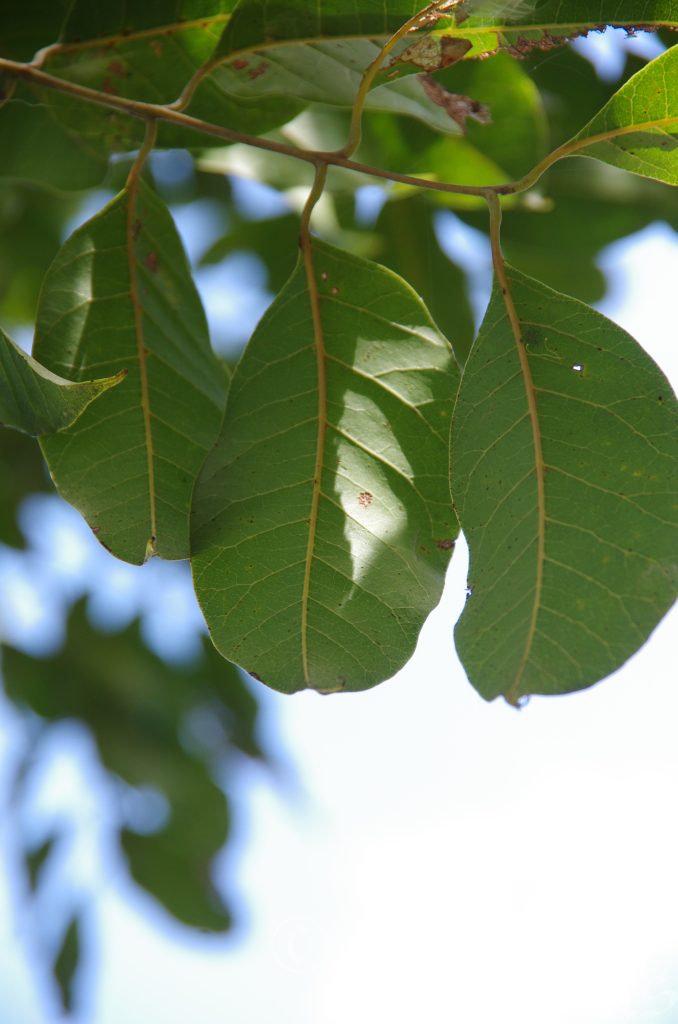
Rosser Gardens Benowa Qld.
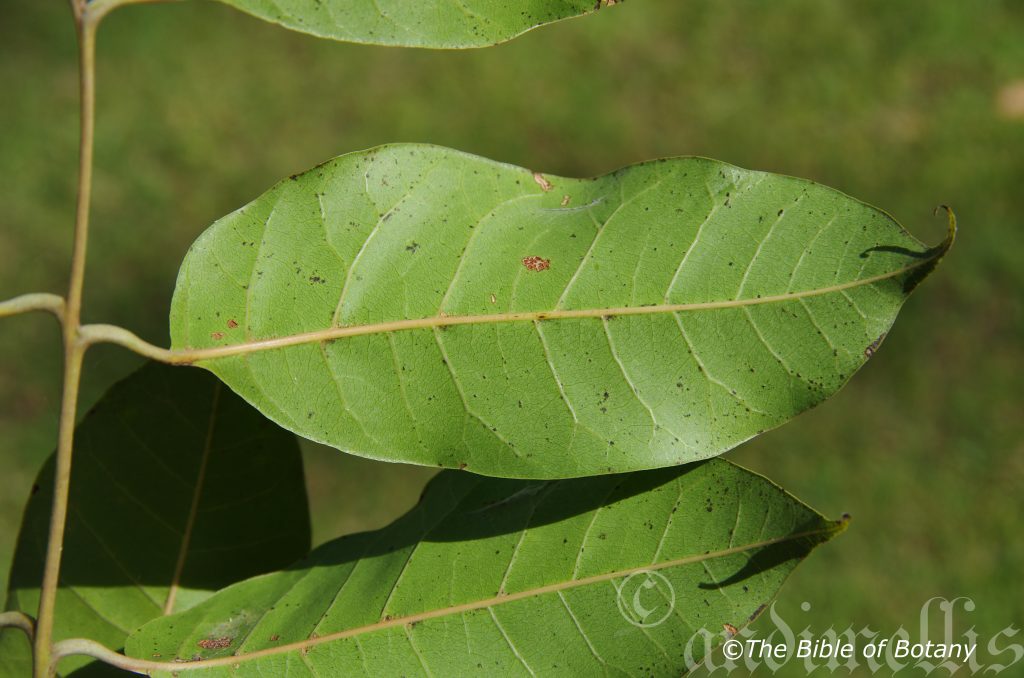
Rosser Gardens Benowa Qld.
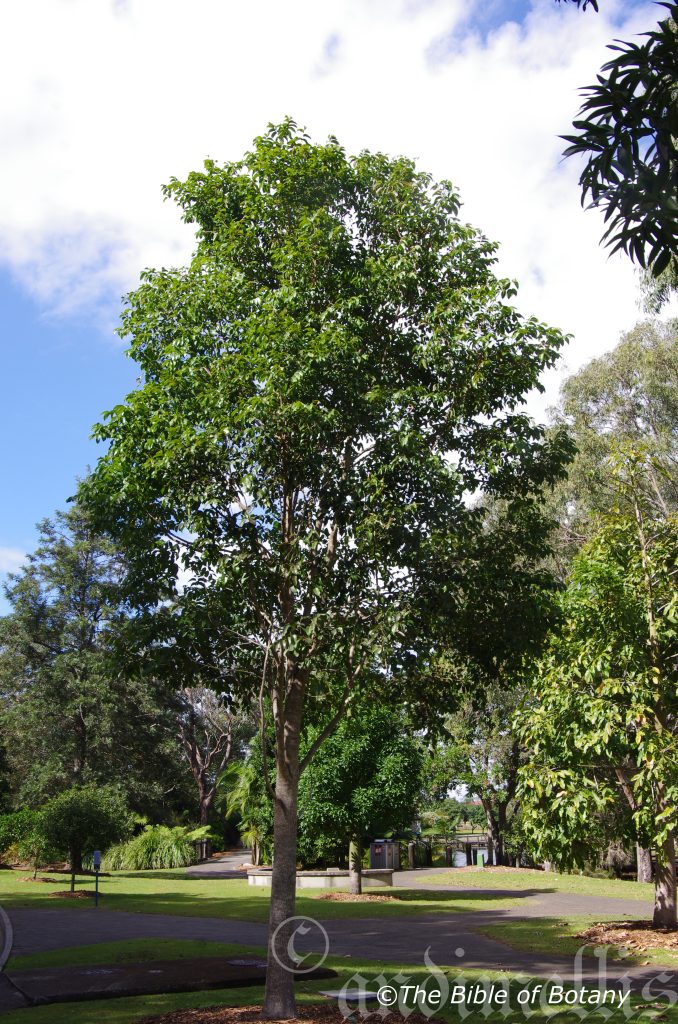
Rosser Gardens Benowa Qld.
Euroschinus falcata
Classification:
Class: Equisetopsida
Subclass: Magnoliidae
Super Order: Rosanae
Order: Sapindales
Family: Anacardiaceae
Genus: From Euros, which is Ancient Greek for south eastern and Schinus, which is Ancient Greek for the Pistachio nut. It refers to trees, which resemble the Pistachio trees.
Specie: From Falcatus, which is Latin for a scythe or sickle shape. It refers to leaves, which have a distinct falcate shape like a scythe.
Sub specie:
Common Name: Ribbonwood, Blush Cudgerie, Chinaman’s Cedar or Pink Poplar.
Distribution:
Euroschinus falcatus is found south from Forbs Island in far north Queensland to Comerong Island near Shoal Haven River in southern New South Wales. It is mainly found on and east of the Great Dividing Range and off shore Islands and only extends inland in the northern parts of its range.
https://avh.ala.org.au/occurrences/search?taxa=Euroschinus+falcatus#tab_mapView
Habitat Aspect Climate:
Euroschinus falcata prefers light shade to dappled sunlight. It grows in littoral rainforests or moist Eucalyptus forests along the coast or moist well developed rainforest margins further inland. The altitude ranges from 5 meters ASL level to 980 meters ASL.
The temperatures range from minus 3 degrees in July to 37 degrees in January.
The rainfalls range from lows of 600mm to an average of 3400mm annually.
Soil Requirements:
Euroschinus falcata prefers sandy loams, clay loams, and light clays to medium clays. The soils are derived from decomposed brown basalts, black basalts, better quality metamorphic rocks, sandstone or accumulated peaty beach sands or accumulated coral sands. The soils pH ranges from 4.5pH to 8pH. It does not tolerate waterlogged soils. Non saline soils to very saline soils are tolerated as are salt laden winds.
Height & Spread:
Wild Plants: 34m to 45m by 10m to 16m.
Characteristics:
Euroschinus falcata is a medium size tree with spreading branches. The pale brown to grey-brown trunk is often marked with lichens. It is rough with fine, oblong, longitudinally tessellated patches extending to the smaller branches. The branchlets are sparsely covered in small pin head size lenticels, are mid green and glabrous to covered in fawn puberulent hairs. Freshly broken branchlets have a mandarin-mango odour.
The even pinnate, sub opposite to alternate leaves of Eurochinus falcata measure 120mm to 300mm in length by 50mm to 130mm in width.
The 4 to 10 opposite, sub opposite or alternate leaflets are asymmetrical, broad elliptical to ovate and measure 40mm to 130mm in length by 15mm to 65mm in width. The petioles measure 30mm to 55mm in length while the rachises measure 0mm to 100mm and the petiolules measure 5mm to 12mm in length. The slightly oblique to strongly oblique bases are broad cuneate to rounded while the apexes are acuminate. The discolourous laminas are mid green to sea-green glabrous and glossy on the upper laminas while the lower laminas are paler glabrous and dull. The laminas are flat to slightly recurved upwards from the main vein to the margins and are convex on the upper laminas between the lateral veins. The margins are entire. The mid vein and lateral veins are strongly prominent on the lower laminas and are clearly visible on the upper laminas. The minute domatia are on the lower laminas and are covered in hairs. The petiole, rachis and petiolules are mid green and glabrous to covered in fawn puberulent hairs.
The inflorescence of Euroschinus falcata are born in dense panicles from the terminal shoots. The panicles measure 50mm to 150mm in length by 60mm to 100mm in diameter. The peduncle, rachises, peduncules and pedicels are covered in fawn puberulent hairs. The pedicels measure 3mm to 3.5mm in length.
The individual flowers measure 5.5mm to 7mm in diameter. The triangular sepals are covered in fawn puberulent hairs externally and measure 1mm in length by 1mm in width. The white, cream or pale pink petals measure 3mm to 3.5mm in length by1.5mm to 2mm in width.
The 10 filaments are inserted below the margin of the yellow-orange disc and measure 1.2mm to 1.6mm in length. The oblong, cream to khaki anthers measure 1mm in length. The trilobed stigma is white or cream. The flowers appear from October to early December.
The fruits of Euroschinus falcata are oblique, ellipsoidal to ovoidal drupes. The drupes measure 6mm to 10mm in length by 5mm to 8.5mm in diameter. The flattened seeds measure 5mm to 7mm in length by 4mm to 6mm in width. The mid green, semi glossy drupes turn deep purple when ripe while the sepals are persistent at the base and the style is persistent at the apex. The pericarp has large visible glands when viewed in the transverse position. The ripe fruits appear from December to early January.
Wildlife:
Euroschinus falcata attracts native beetles and pollen flies when in flower. The fruits are edible but personally are strictly for those birds that rely on them as a food source. The drupes are eaten by the Satin Bower Bird, Ptilonorhynchus violaceus and Lewins Honey eater, Meliphaga lewinii and probably most other medium to large honey eaters.
Cultivation:
Euroschinus falcatua is a beautiful small to medium spreading tree for the garden. It is fast growing so are suitable for animal shelters and shade trees. They give a rainforest effect very quickly due to the large deep sea glossy green leaves which always retain that fresh look. Cultivated trees make excellent garden subjects and will usually grow 16 meters to 20 meters by 16 meters to 20 meters when grown in the open.
Once established it is drought resistant and frost resistant at least to minus 3 degrees without leaf drop or leaf burning though some discolouration may occur.
It is best used as a small park tree, placed in the background or planted centrally as a small feature tree in smaller gardens. Placed at the rear of a bush garden their striking display of flowers and deep green leaves will draw your attention so that you will want to investigate further.
The trees would make very good accent trees in front of low set school classrooms, commercial buildings or industrial sheds where they will break up hard rigid architectural lines and give warmth and breadth to a building.
Try using them in very large court yards where the only other feature is a large rock, stump or formal or informal frog or fish pond. Next to such features their leaves, small flowers and fruit are never overpowering but certainly noticed.
Given shade plenty of mulch and regular applications of our fertilizing regime the plants will produce larger quantities of fruit and attract native birds to the garden.
Propagation:
Seeds: Sow fresh Euroschinus falcata seeds into a seed raising mix. When the seedlings are 30 to 50 mm tall, prick them out and plant them into 50mm native tubes using a good organic mix.
Once the seedlings reach 200 to 250mm in height plant them out into their permanent position. For mass plantings plant them at 200mm centers.
Fertilize using seaweed, fish emulsion or organic chicken pellets soaked in water on an alternate basis. Fertilize every two months until the plants are established then twice annually in early September or March to maintain health, vitality and better flowering.
Further Comments from Readers:
Hi reader, it seems you use The Bible of Botany a lot. That’s great as we have great pleasure in bringing it to you! It’s a little awkward for us to ask, but our first aim is to purchase land approximately 1,600 hectares to link several parcels of N.P. into one at The Pinnacles NSW Australia, but we need your help. We’re not salespeople. We’re amateur botanists who have dedicated over 30 years to saving the environment in a practical way. We depend on donations to reach our goal. If you donate just $5, the price of your coffee this Sunday, We can help to keep the planet alive in a real way and continue to bring you regular updates and features on Australian plants all in one Botanical Bible. Any support is greatly appreciated. Thank you.
In the spirit of reconciliation we acknowledge the Bundjalung, Gumbaynggirr and Yaegl and all aboriginal nations throughout Australia and their connections to land, sea and community. We pay our respect to their Elders past, present and future for the pleasures we have gained.
Eurychorda complanata
Classification:
Unranked: Monocots
Unranked: Commelinids
Order: Poales
Family: Restionaceae
Genus: From Eurys, which is Ancient Greek for broad and Khord, which is Ancient Greek for a cord. It refers to seeds, which hang by a broad or thickened thread when ripe and ready for dispersal.
Specie: From Complanata, which is Latin for flat or to make level. It usually refers to plants, which have flattened stems.
Sub species:
Common Name: Flat Cord Rush.
Distribution:
Eurychorda complanata is mainly found along the coastal strip, south from Maryborough in central coastal Queensland to Mount Gambier in south eastern South Australia. It also grows on Kangaroo Island and around Streaky Bay in South Australia.
In Victoria it also grows further north on the Grampians.
In Tasmania it is found on Flinders Island while it not only circumnavigates Tasmania it is found over most of the Island state except the central eastern highlands.
https://avh.ala.org.au/occurrences/search?taxa=Eurychorda+complanata#tab_mapView
Habitat Aspect Climate:
Eurychorda complanata prefers full sun to light dappled shade. It grows on the margins of moist poorly drained heaths, adjacent to wallums, open woodlands on flat plains, and slight depressions which are subject to seasonal flooding. Except for Tasmania and the Grampians it is found close to the coast behind the frontal dunes and sandstone basins while the southern populations are found in swampy heath marshes to 650 meters ASL
The temperatures range from minus 5 degrees in August to 46 degrees in January.
The rainfall ranges from lows of 150mm to 3200mm average per annum.
Soil Requirements:
Eurychorda complanata prefers peaty sands to light gritty fatty clays. The soils are usually derived from decomposed granite, sandstone or accumulated beach sands. The soils pH ranges from 5.5pH to 7pH. It tolerates waterlogged soils growing best on seasonally inundated flats or where high water tables are present for many months each year. Non saline soils to very saline or even extremely saline soils are tolerated.
Height & Spread:
Wild Plants: 0.4m to 0.6m by 0.5m to 1.2m
Characteristics:
Eurychorda complanata are tufted perennial herb with short creeping branched rhizomes. The flattened culms are erect and measure 200mm to 1200mm in height by 1mm to 3.5mm in width. The mid green to deep green culms are glabrous. The sheaths are pale green to yellow-green and measure 10mm to 28mm in length. The apexes are acute.
Eurychorda complanata‘s leaves are absent.
The dioecious inflorescences of Eurychorda complanata are narrow panicles. Both the male and female panicles measure 30mm to 120mm in length by 8mm to 12mm in diameter. The spikes have 5 to 20 spikelets on filiform pedicels that measure 10mm to 30mm in length.
The globose male spikelets measure 6mm to 10mm in length by 4mm to 7mm in diameter. The pale rusty-red glumes have a finely mucronate apex and measure 2mm to 3.3mm in length by 0.8mm to 1mm in width.
The ellipsoidal female spikelets measure 6.5mm to 9mm in length 2.5 to 3.5mm in diameter. The pale rusty-red glumes have an obtuse apex and measure 2.2mm to 3.5mm in length by 0.9mm to 1.2mm in width.
There are 4 tepals and 2 stamens. The filiform filaments are white and measure 2mm to 3mm in length while the fawn, linear anthers are versatile and dehisce longitudinally. The anthers measure 1.5mm to 2mm in length.
The bright pink styles are feathery and measure 3.3mm to 5mm in length. The flowers appear from October to December.
The fruits of Eurychorda complanata are small nuts. The green nuts turn rusty-brown when ripe.
Wildlife:
Eurychorda complanata wildlife is unknown to the author.
Cultivation:
Eurychorda complanata is considered to be a weed by gardeners when it appears without notice in their gardens. In fact it has good potential as a landscaping rush in wet rockeries around medium to large water features and near swimming pools.
In cultivation it can be grown on most types of light sandy loams to light clays and medium silt. It requires full sun for best results to sustain best colour and vigour.
Cultivated plants will break up hard backdrops and are well suited to being placed between small shrubs as fill in plants or placed beneath the odd tree to give a more expansive look especially when mass planted. In this scenario a single tree with a dozen or more Eurychorda complanata widely spaced with small herbaceous ground covers or annuals filling in the spaces between would give colour balance, depth with vertical and horizontal configurations and patterns.
It would be worthwhile trying as an aquarium plant placed in a corner.
Propagation:
Seeds: Eurychorda complanata fresh seeds can be sown directly into a seed raising mix and covered with 4mm of fine sand. Place the seed trays in a sunny position and keep moist at all times. When the seedlings are 30mm to 40mm tall, prick them out and plant them into 50mm native tubes using a good organic mix.
Once the seedlings reach 100mm to 200mm in height plant them out into their permanent position. Mass plantings best achieved by planting them at 1.5 meters to 4 meter centers.
Fertilize using seaweed, fish emulsion or organic chicken pellets soaked in water on an alternate basis. Fertilize every two months until the plants are established then twice annually in early September or March to maintain health, vitality and better flowering.
Further Comments from Readers:
Hi reader, it seems you use The Bible of Botany a lot. That’s great as we have great pleasure in bringing it to you! It’s a little awkward for us to ask, but our first aim is to purchase land approximately 1,600 hectares to link several parcels of N.P. into one at The Pinnacles NSW Australia, but we need your help. We’re not salespeople. We’re amateur botanists who have dedicated over 30 years to saving the environment in a practical way. We depend on donations to reach our goal. If you donate just $5, the price of your coffee this Sunday, We can help to keep the planet alive in a real way and continue to bring you regular updates and features on Australian plants all in one Botanical Bible. Any support is greatly appreciated. Thank you.
In the spirit of reconciliation we acknowledge the Bundjalung, Gumbaynggirr and Yaegl and all aboriginal nations throughout Australia and their connections to land, sea and community. We pay our respect to their Elders past, present and future for the pleasures we have gained.
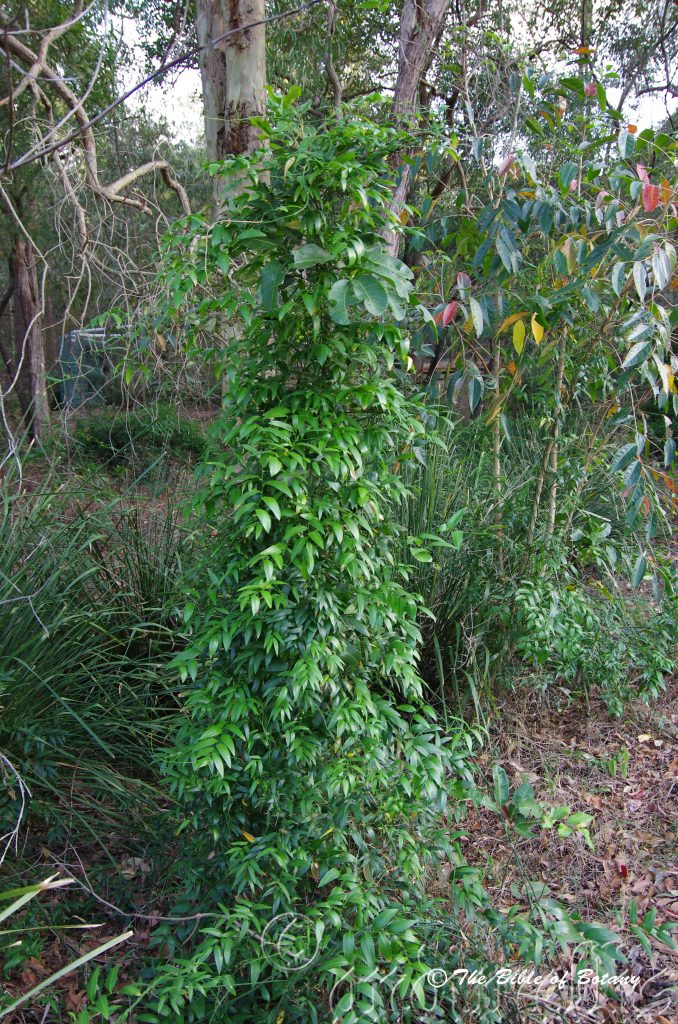
Greening Australia Norman Park Qld.
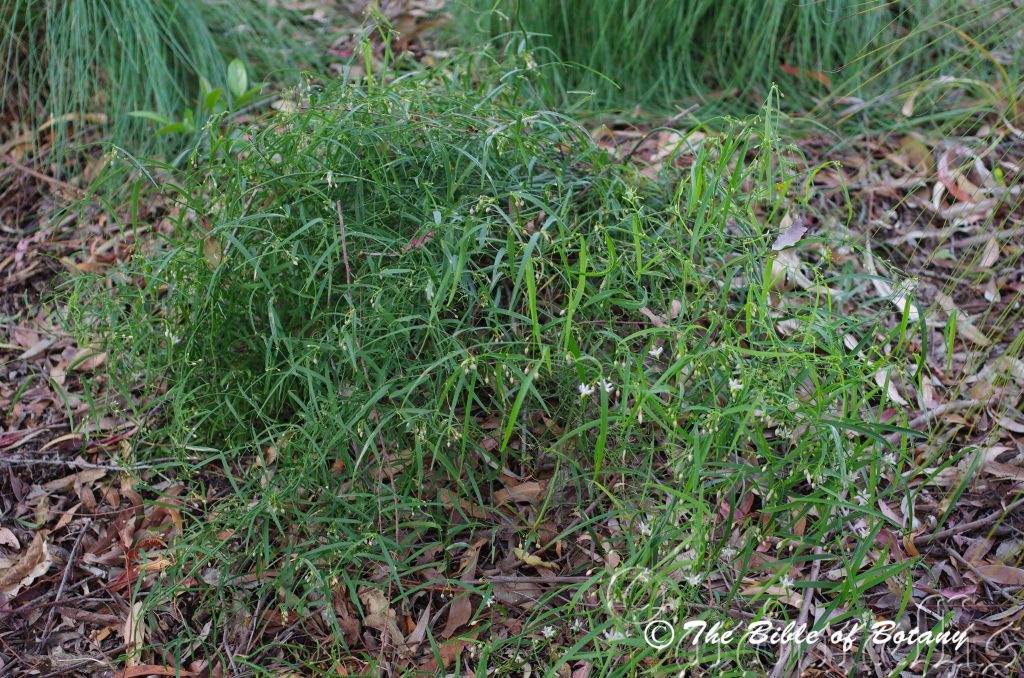
Mount Cootha Botanic Gardens Qld.
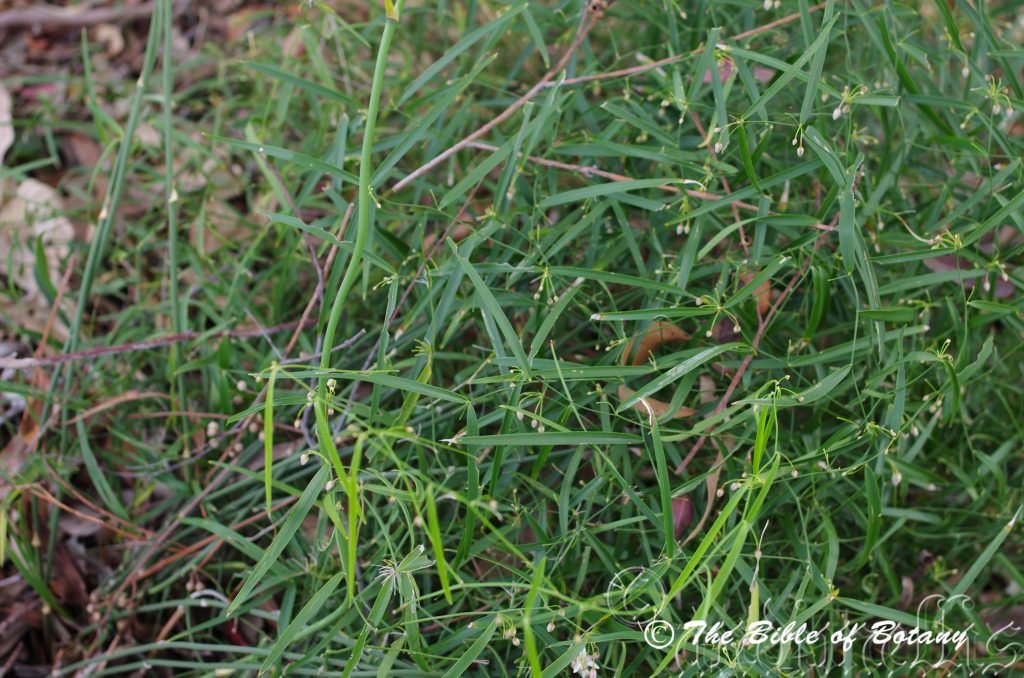
Mount Cootha Botanic Gardens Qld.
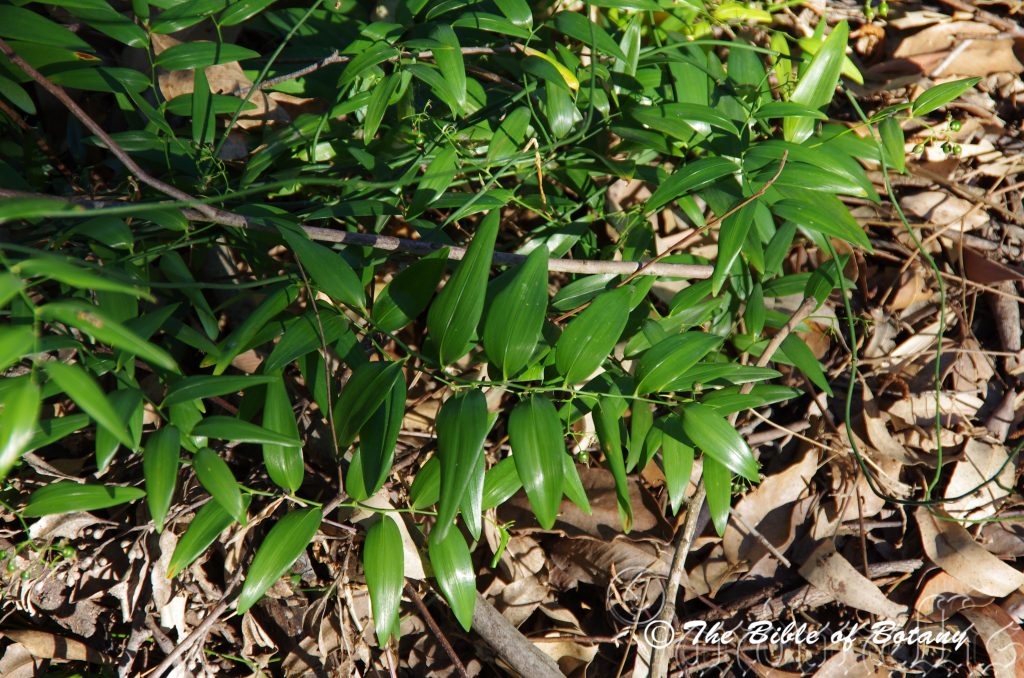
Greening Australia Norman Park Qld.
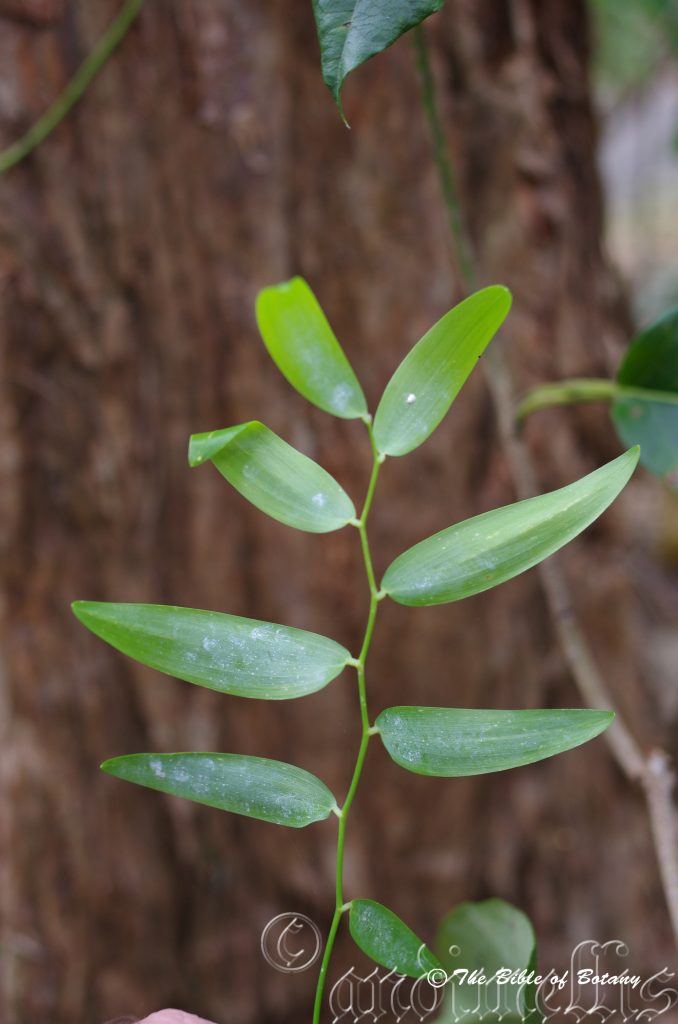
Toohey Forest Qld.
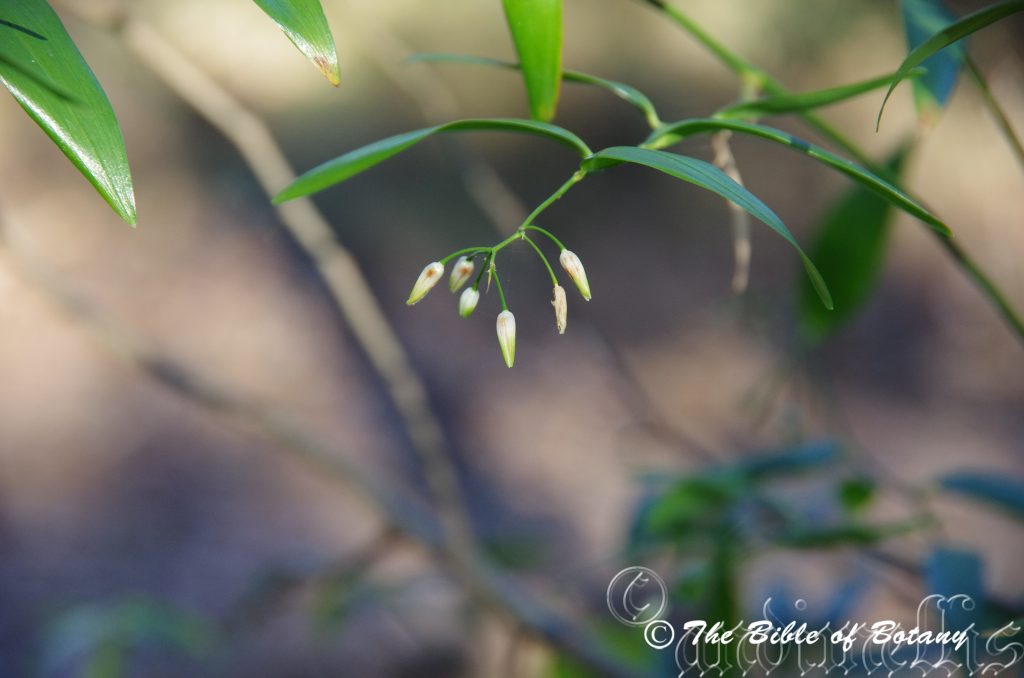
Greening Australia Norman Park Qld.
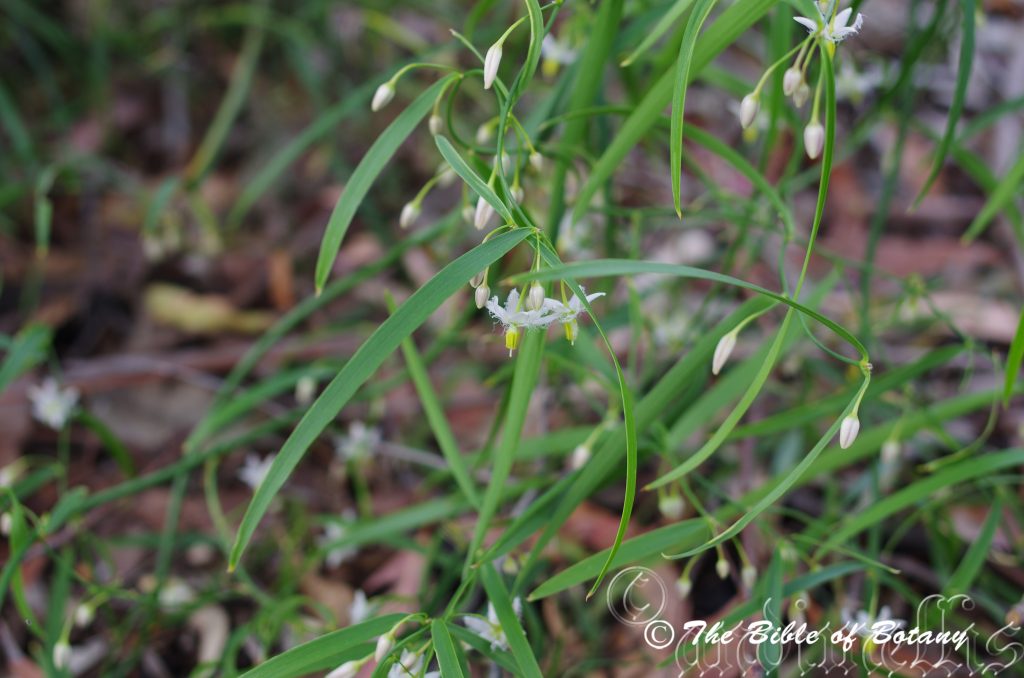
Mount Cootha Botanic Gardens Qld.
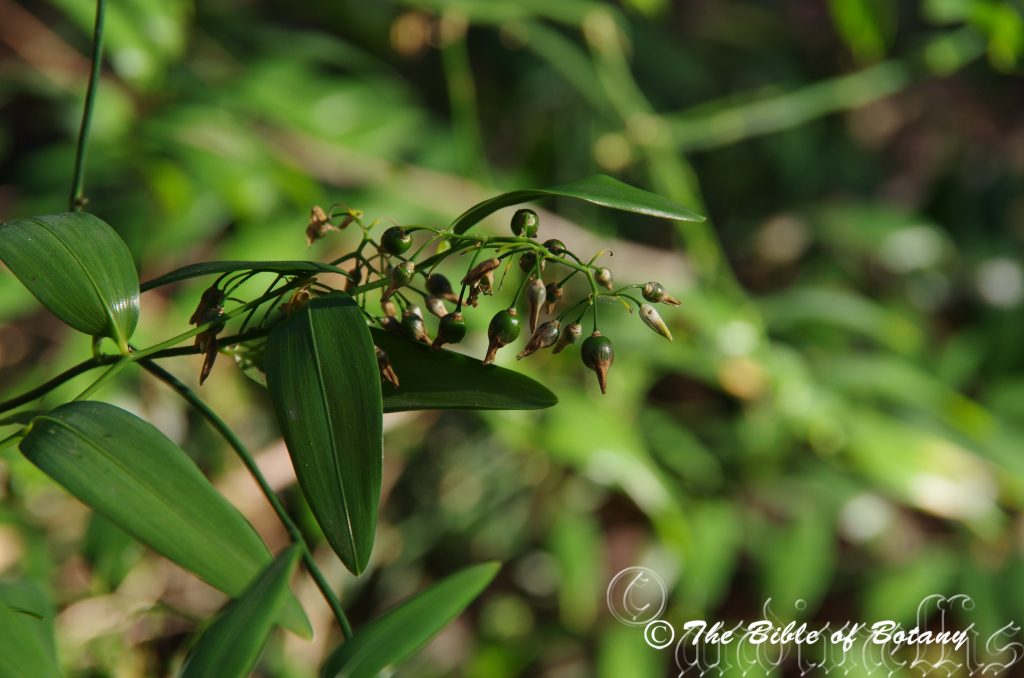
Greening Australia Norman Park Qld.
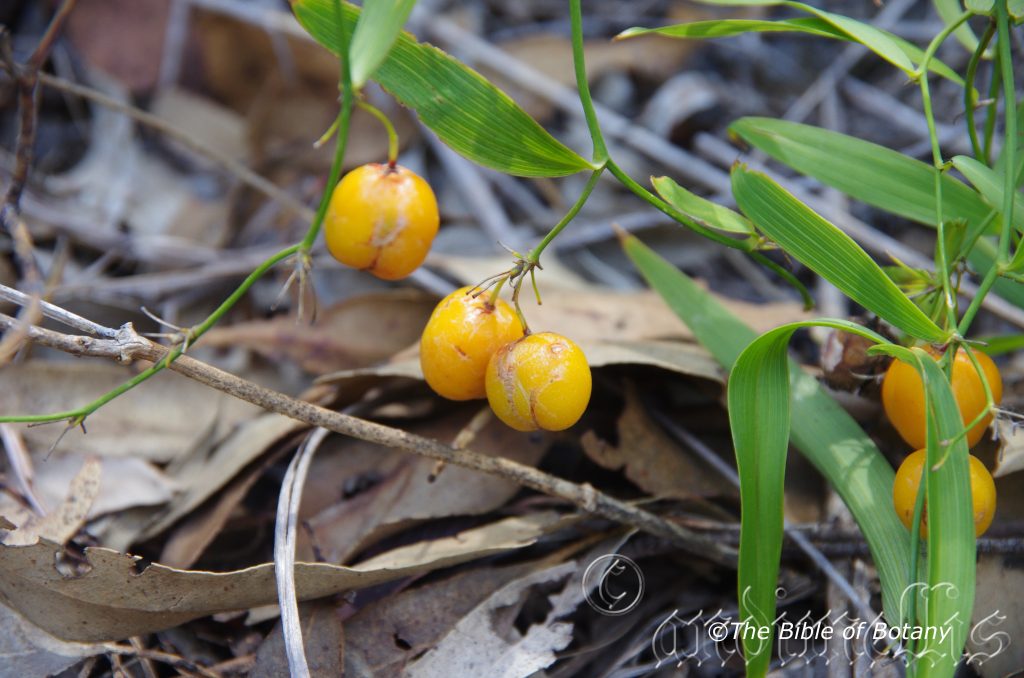
Woodenbong NSW.
Eustrephus latifolius
Classification:
Class: Monocots.
Order: Asparagales.
Family: Lamanniaceae.
Genus: From Eu, which is Ancient Greek for a prefix for wrapped up or well covered and Strepho, which is Ancient Greek for to twist. It refers to the plants twisting around everything.
Species: From Eu, which is Ancient Greek for a prefix for wrapped up or well covered and Strepho, which is Ancient Greek for to twist. It refers to plants, which have a strong climbing habit twisting around everything.
Species: Eustrephus latifolius subsp. angustifolius. From Angusta, which is Latin for narrow and Folium, which is Latin for foliage. It refers to leaves, which are rather narrow but not linear.
Species: Eustrephus latifolius subsp. latifolius. From Eu, which is Ancient Greek for a prefix for wrapped up or well covered and Strepho, which is Ancient Greek for to twist. It refers to plants, which have a strong climbing habit twisting around everything.
Common Name: Wombat Berry.
In the Gumbaynggirr Aboriginal language it is known as Jugiil.
Distribution:
Eustrephus latifolius is found on and east of the Great Dividing Range to the coast. It is found south from the Torres Strait Islands and Cape York Peninsula in far north Queensland to Gookebong near Orbost in north eastern Victoria.
The two sub species overlap in most parts of the range.
https://avh.ala.org.au/occurrences/search?taxa=Eustrephus+latifolius#tab_mapView
Habitat Aspect Climate:
Eustrephus latifolius prefers full sun to medium shade. It grows in open forests, open woodlands, vine forests, monsoonal coastal forests and riparian zones. It prefers gentle slopes to flat terrain. The Altitude ranges from 5 Meters ASL to 750 meters ASL.
Temperatures range from minus 2 degrees in July to 38 degrees in January.
Rainfall ranges from lows of 850mm to an average of 2500mm annually.
Soil Requirements:
Eustrephus latifolius prefers better quality fertile sandy loams, clay loams, and light clays to heavy clays. The soils are derived from decomposed sandstones, granites, metamorphic rocks, brown basalt, black basalts or alluvial deposits. The soils pH ranges from 5.5pH to 7pH. It does not tolerate waterlogged soils however it can handle periodic flooding for short periods. Non saline soils to moderately saline soils are tolerated.
Height & Spread:
Wild Plants: 3m to 6m by 2m to 3m.
Characteristics:
Eustrephus latifolius is a strong wiry climber which twines around anything it comes in contact with. Stems are green, glabrous, wiry and very strong almost impossible to break with bare hands. The stems branch from the leaf nodes or from ground level where it forms a medium size white lignotuber.
The leaves are variable in shape with Eustrephus latifolius sub sp. angustifolius having linear to lanceolate leaves 60mm to 100mm in length by 3mm to 15mm in width.
Eustrephus latifolius sub sp. latifolius has elliptical to ovate leaves which measure 30mm to 80mm in length by 15mm to 35mm in width. The leaves are a light green, glabrous and glossy when young becoming dull with age.
The discolourous lamina is semi glossy to dull grass green on the upper lamina while the lower lamina is paler grass green. The petioles measure 0.5mm to 1mm in length. The bases are cuneate to rounded while the apexes are broadly acute to narrow acute or tapering. The margins are entire.
Eustrephus latifolius inflorescence are singularly pedicelled in clusters from the leaf axis. The pedicels measure 8mm to 15mm in length. The 6 tepals are oblong with a broadly acuminate apex. Margins are entire on the sepals or back 3 tepals while the petals or front tepals are fimbriate. They measure 5mm to 8mm in length.
The 6 stamens are erect and form a tube which surrounds the ovary. The anthers are greenish yellow on white flowers or bright yellow on the pink to lilac coloured flowers. The stamens measure 1 to 1.5mm in length while the anthers measure 4mm to 5mm in length. The style is white with a yellow stigma and measures 8mm to 10mm long. The flowers occur from late spring though to mid-summer.
Fruits of Eustrephus latifolius are a globose fleshy capsule. Tepals are persistent on the ripe fruit which turns yellow to deep yellow-orange before splitting into 3 valves. There are several black glabrous shiny seeds which have a white aril. The capsules measure 10mm to 20mm in length by10mm to 20mm in diameter.
Wildlife:
Eustrephus latifolius attracts native bees and insects when in flower. The fruits are not popular with birds and remain on the plants for extended periods.
While the tubers are edible with a mild sweet earthy flavour the quality or toxicity of the fruits are unknown. I can confirm though the fruits have a rather unpleasant pungent flavour.
Cultivation:
Eustrephus latifolius is a very beautiful small native scrambler or decumbent ground cover which is suitable for very small gardens to the largest garden. It is an excellent colourful addition for sub-tropical or semi-arid zones. As garden subjects they will grow to 2 meters to 3 meters high by 2 meters to 3 meters wide as a trellis plant or 1.5 meters to 2 meters in diameter as a ground cover. It can be lightly tip pruned to enhance bushiness and better flowering. It is fast growing, drought tolerant once established and is cold tolerant to temperatures at least as low as minus 6 degrees once established. I would be tempted to grow this plant further south to at least Melbourne and Adelaide.
Eustrephus latifolius is a beautiful small creeper for fences but looks at its best when allowed to scramble over objects on the ground and where it receives some shade or dappled light during the day. It can be used successfully around pools and ponds because of its size. The attractive foliage and wiry stems are self-cleaning and maintenance is minimal. Hard pruning of large plants to within a couple of centimetres of the ground will rejuvenate them to vigorously return to their former best. After pruning water with a deep watering and use a double dose of one of our fertilizer recommendations. Plants recover quickly and send out new shoots within a week.
Purchasing old woody or lanky plants from a nursery is not a problem as they always look poor specimens in pots, just cut all the growth off a centimetre or two from the ground after planting and give a good soaking with our recommended double strength fertilizer.
When it is weed free and partake in a regular fertilizer regime they respond magnificently rewarding the owner with a long flowering season and larger fruit with better deeper colour. these plants will catch your attention and the viewer will be transfixed on the display and will investigated the plants further especially when grown at the base of a large tree or amongst rocks or stumps in a rockery.
Fruits and roots are edible though I have never eaten the roots the fruits are something for the starving soles. The white aril attaching the seeds to the ovary is sweet and worthwhile persevering with even if it’s just for the pleasure of the inner self, being at one with nature. Tip pruning is also beneficial to ensure the plants remain dense.
Propagation:
Seeds: Sow the fresh seeds of Eustrephus latifolius into a seed raising mix. When the seedlings are 30mm to 50 mm tall, prick them out and plant them into 50mm native tubes using a good organic mix.
Once the seedlings reach 200mm to 250mm in height plant them out into their permanent position. Prior to planting cut the plants back to within a couple of centimetres from the ground. They will recover very quickly with many new stems at the same time. Mass plantings best achieved by planting them at 1.5 meters to 2 meter centers.
Fertilize using seaweed, fish emulsion or organic chicken pellets soaked in water on an alternate basis. Fertilize every two months until the plants are established then twice annually in early September or March to maintain health, vitality and better flowering.
Further Comments from Readers:
Hi reader, it seems you use The Bible of Botany a lot. That’s great as we have great pleasure in bringing it to you! It’s a little awkward for us to ask, but our first aim is to purchase land approximately 1,600 hectares to link several parcels of N.P. into one at The Pinnacles NSW Australia, but we need your help. We’re not salespeople. We’re amateur botanists who have dedicated over 30 years to saving the environment in a practical way. We depend on donations to reach our goal. If you donate just $5, the price of your coffee this Sunday, We can help to keep the planet alive in a real way and continue to bring you regular updates and features on Australian plants all in one Botanical Bible. Any support is greatly appreciated. Thank you.
In the spirit of reconciliation we acknowledge the Bundjalung, Gumbaynggirr and Yaegl and all aboriginal nations throughout Australia and their connections to land, sea and community. We pay our respect to their Elders past, present and future for the pleasures we have gained.
Everistia vacciniifolia
Classification:
Unranked: Eudicots
Class: Asterids
Order: Gentianales
Family: Rubiaceae
Subfamily: Ixoroideae
Tribe: Vanguerieae
Genus: From Vestitus, which is Ancient Greek for dressed or clothed. It refers to plants, which are well endowed in foliage.
Specie: From Vaccinium, which is Latin for a blueberry and Folium, which is Latin for foliage. It refers to leaves, which resemble the horticulturally important Blueberry bushes.
Sub species:
Common Name: Small Leaf Canthium.
Distribution:
Everistia vacciniifolia is found south from the Torres Strait Islands in far north Queensland to Wauchope and Kendal in central eastern New South Wales. In Queensland it is found on the Western Slopes to the coast while in southern Queensland and New South Wales it is only found on, and east of the Great Dividing Range to the coast.
https://avh.ala.org.au/occurrences/search?taxa=Everistia+vacciniifolia#tab_mapView
Habitat Aspect Climate:
Everistia vacciniifolia prefer full sun to dappled sunlight. It grows in drier monsoonal forests, vine thickets, brigalow country, dry open forests, woodlands or dry rainforests. The altitude ranges from 5 meters ASL to 760 meters ASL.
The temperatures range from minus 2 degrees in August to 39 degrees in January.
The rainfall ranges from lows of 500mm to an average of 2600mm annually.
Soil Requirements:
Everistia vacciniifolia prefers deep better quality sandy loams to medium clays. The soils are derived from sandstone, brown basalt, black basalt, shale and metamorphic rocks. The soils pH ranges from 5pH to 6.5pH. It does not tolerate waterlogged soils though the soils usually have a good water holding capacity and remain moist for long periods. Non saline soils to moderately saline soils are tolerated.
Height & Spread:
Wild Plants: 4m to 8m by 4m to 6m.
Characteristics:
Everistia vacciniifolia is a small to medium size tree or large multitrunked shrub which often has a twisting look on the trunk. The mid brown, pale grey to grey-brown bark is slightly rough, faintly longitudinally grooved and twists in a clockwise direction on the trunk. The branches are pale grey and faintly grooved longitudinally becoming mid green, glabrous, smooth and semi glossy as the approach the apexes. The mid green branchlets are smooth, glabrous, and semi glossy. The green sections of the branches and branchlets have a distinct zigzag growth pattern. The branches are spreading and layered while the branchlets are in the same plane as the main branches or occasionally sub erect and divaricate.
The alternate to opposite leaves of Everistia vacciniifolia are ovate to orbicular and measure 5mm to 12mm in length by 5mm to 10mm in width. The disjunct leaves are glabrous, coriaceous yet thin. The caduceous stipules are broadly triangular with a median spur-like projection. The terete petioles measure 1mm to 1.5mm in length. The bases are broad cuneate to rounded while the apexes are obtuse. The concolourous laminas are mid green to deep green and semi glossy on the upper lamina while the lower lamina is dull. The mid vein and the 2 lateral veins are slightly to very slightly prominent on the lower laminas and are distinctly visible from the upper lamina with the midvein forming a rounded furrow. The laminas decurve downwards slightly from the bases to the apexes while the margins are entire.
The inflorescences of Everistia vacciniifolia is a simple cyme born auxiliary with 2 to 4 individual flowers. The filiform peduncle and pedicels are mid green to deep green. The peduncles measure 3.5mm to 4.5mm in length while the measures pedicels 3.5mm to 4.5mm.
The mid green cupular calyx lobes are minute while the calyxes measure 1.5mm to 1.8mm in length by 1.6mm by 1.8mm in diameter. The flower buds are fragile and measure 7.5mm to 9.0mm in length by 2mm to 3mm in diameter. The slender corolla tubes are greenish-yellow at the base turn pale yellow to white at the mouth while the 4 or 5 linear lobes are pale yellow to white with an acuminate apex. The corolla tubes are glabrous and semi glossy externally while the internal surface of the corolla tubes are covered in a ring of downward pointing, white, hairs just below where the staminal filaments are attached to the corolla. The corolla tubes measure 3.5mm to 5.0mm in length while the lobes measure 3mm to 4mm in length.
The 4 or 5 white, exserted, filiform filaments on the stamens measure 2.5mm to 3mm in length while the white to pale khaki-yellow dorsifixed anthers dehisce longitudinally. The oblong anthers measure 1mm to 2mm in length by 0.4mm to 0.6mm in width. The bilobed style measures 2.7mm to 3.2mm in length. The flowers usually appear from February to April or at time as early as mid-January.
The fruits of Everistia vacciniifolia are orbicular drupes. The drupes measure 3.5mm to 4.7mm in length by 4mm to 4.7mm in diameter. The green drupes turn deep navy blue to black and are semi glossy and glabrous when ripe. The calyx is persistent on the ripe fruits. The seeds are flattened, ovoid, black and faintly transversely ridged.
Wildlife:
Everistia vacciniifolia drupes are eaten by the Satin Bower bird, Ptilonorhynchus violaceus.
Cultivation:
Everistia vacciniifolia is a medium to small size tree for small semi shaded gardens and very useful for an accent plant in tropical areas. It is ideal on better quality loams to medium clays where ground water can be maintained throughout the year. It is slow growing so patient is required to get the desired affect needed.
In cultivation it will grow three meters to four meters in height by three meters to four meters in diameter when grown in the open. It is suitable for a small rainforest tree, feature tree in a sheltered rockery or understory shrub in a rainforest garden. As a feature tree it can be used in small to medium courtyards. The new growth is particularly attractive as the plants that hold the older leaves will display the deep green of older leaves and the glossy lime-green leaves of the new growth for many weeks.
This feature alone makes them excellent specimens for large fancy clay pots indoors or on the verandas. The fact that it is not densely foliaged nor are the leaves large and watering requirements are less than most plants means that salt build up in the pots is greatly reduced as a problem.
Everistia vacciniifolia would make excellent bonsai plants for the beginner as it is easy to work, grow, is hardy and long lived.
Propagation:
Seeds: Fresh seed must be used as seed viability is short. The seeds are best treated by removing them from the pulp.
www.brisrain.org.au – Reports that the drupes are not edible however I have eaten small quantities of the fruits with no apparent ill affects though the taste is one that only a Bower bird or other frugivores could devour. Consequently I believe their report is based on the taste not a toxicity factor.
Soak in fresh water for 24 hours prior to for best results. Sow the freshly treated seeds into a seed raising mix. When the seedlings are 25mm to 50mm tall, prick them out and plant them into 50mm native tubes using a good organic mix.
Cuttings have been reported as successful with low percentage strikes from the hardened current season’s growth. I have not tried to grow the plants from cutting but would assume normal methods with a strong cutting hormone should be used. Expect strike rates of well below 100mm.
Once the seedlings reach 200mm to 250mm in height plant them out into their permanent position.
Fertilize using seaweed, fish emulsion or organic chicken pellets soaked in water on an alternate basis. Fertilize every two months until the plants are established then twice annually in early September or March to maintain health, vitality and better flowering.
Further Comments from Readers:
Hi reader, it seems you use The Bible of Botany a lot. That’s great as we have great pleasure in bringing it to you! It’s a little awkward for us to ask, but our first aim is to purchase land approximately 1,600 hectares to link several parcels of N.P. into one at The Pinnacles NSW Australia, but we need your help. We’re not salespeople. We’re amateur botanists who have dedicated over 30 years to saving the environment in a practical way. We depend on donations to reach our goal. If you donate just $5, the price of your coffee this Sunday, We can help to keep the planet alive in a real way and continue to bring you regular updates and features on Australian plants all in one Botanical Bible. Any support is greatly appreciated. Thank you.
In the spirit of reconciliation we acknowledge the Bundjalung, Gumbaynggirr and Yaegl and all aboriginal nations throughout Australia and their connections to land, sea and community. We pay our respect to their Elders past, present and future for the pleasures we have gained.
Evolvulus alsinoides
Classification:
Unranked: Magnoliophyta
Unranked: Asterids
Order: Solanales
Family: Convolvulaceae
Genus: From Evolvus, which is a Latin prefix for not twinning. It refers to creepers or vines which do not have the characteristic twining habit.
Specie: From Alsona which is Ancient Greek for an unknown plant probably the chickweeds and Eidos/Oides, which is Ancient Greek for alike or similar to. It refers to plants especially the leaves, which somewhat resemble the European chickweeds.
Sub specie: Evolvulus alsinoides subsp. alsinoides. From Alsona which is Ancient Greek for an unknown plant probably the chickweeds and Eidos/Oides, which is Ancient Greek for alike or similar to. It refers to plants especially the leaves, which somewhat resemble the European chickweeds.
Sub specie: Evolvulus alsinoides subsp. argenteus. From Aárgillos, which is Greek and later Latin for silver. It refers to structures or organs, which is silvery in colour.
Sub specie: volvulus alsinoides subsp. decumbens. From Decumbent, which is Latin for to lie down. It refers to the growth habit of plants whose stems or branches tend to lie or trail across the ground with just the apexes tending to rise a little.
Sub specie: Evolvulus alsinoides subsp. linifolius. From Linum, which is Latin for flax and Folia which is Latin for foliage. It refers to leaves, which resemble the leaves of the flax or Linum genus.
Sub specie: Evolvulus alsinoides subsp. sericeus. From Seres, which is Ancient Greek or Sericum, which is Old Latin for silky and derived from the Ancient Chinese word Si/Sere or the modern script for Si/Sere for silk. Seres also has the meaning from the Ancient Greek for the land of the Chinese referring to China as the land of silk. It refers to structures or organs, which are covered in soft, fine, silky hairs. To have silky hairs.
Sub specie: Evolvulus alsinoides subsp. typicus. From Typikus, which is the Ancient Greek, Typicalis, which is Ancient Latin or later Typicus, which is Modern Latin for typical or normal. It refers to characteristics of species, which are very typical of the genus or a subspecies or variety that is typical of the species.
Common Name:
Distribution:
Evolvulus alsinoides is found in a line north from Exmouth and Meekathara in Western Australia to Permano Hill, Echo Hill and Old Boolcoomata in South Australia, to Ardlethan, before heading north to Coonamble and south to the upper Lachlan River then to the coast skirting the high alpine regions in New South Wales.
There are a few plants further south of this line near Winbring Rocks Water Hole and Mount Eba in South Australia and Mildura and Galore Hill Reserve in Victoria.
All the varieties overlap each other some areas of their distribution.
https://avh.ala.org.au/occurrences/search?taxa=Evolvulus+alsinoides#tab_mapView
Habitat Aspect Climate:
Evolvulus alsinoides prefers full sun. It is grows amid open woodlands, vine forests, dry monsoonal forests, brigalow scrublands, in Acacia savannah woodlands or Casuarina savannah woodlands in arid areas. It is particularly common in mallee woodlands and Acacia woodlands along drainage lines on clay pans or dunes. The altitude ranges from 5 meters ASL to 1100 meters ASL.
The temperature range from minus 3 degrees in August to 44 degrees in January.
The rainfall ranges from lows of 100mm to an average of 3200mm annually.
Soil Requirements:
Evolvulus alsinoides prefers skeletal to shallow sandy loams to light fatty sandy clays on rocky terrain. The soils are usually derived from decomposed sandstones or granites but most light loam based soils are acceptable. The soils pH ranges from 5pH to 7pH. It does not tolerate waterlogged soils. Non saline soils to very saline soils are tolerated.
Height & Spread:
Wild Plants: 0.3m to 0.5m by 0.6m to 1m.
Characteristics:
Evolvulus alsinoides grows as a perennial sub shrub with erect or ascending stems. The stems are mid grey-green and densely covered in long white, appressed and erect pilose or hirsute hairs. The stems measure 300mm to 400mm in length.
The alternate, disjunct leaves of Evolvulus alsinoides are usually oblong to lanceolate or at times broad linear. The leaves measure 3mm to 30mm in length by 2mm to 5mm in width. The petiole is covered in long, white, appressed hispid hairs and measures 0.7mm to 1mm in length. The bases are cuneate while the apexes are usually acute or rarely obtuse. The discolourous, dull leaves are mid green to mid grey-green and are covered in long, white, appressed hispid hairs. The lamina recurves slightly upwards from the mid vein to the margins and decurve downwards near the apexes. The margins are entire. The mid vein is strongly prominent on the lower lamina clearly visible as a furrow on the upper lamina.
The inflorescences of Evolvulus alsinoides subsp. decumbens are born singularly or in small cymes containing 1 to 5 individual flowers from the leaf axils. The white, purple to deep blue, flowers measure 7mm to 10mm in diameter. The linear to subulate bracteoles are densely covered in white appressed or erect hirsute hairs and measure 2mm to 4mm in length. The grey-green sepals are covered in white appressed or erect hirsute hairs and measure 2mm to 4mm in length.
The peduncles and pedicels are densely covered in white long, appressed or erect hirsute hairs. The peduncles measure 10mm to 35mm in length while the terete pedicels measure 3mm to 15mm in length.
The inflorescences of Evolvulus alsinoides subsp. villosicalyx are born as cymes containing 2 to 5 individual flowers from the leaf axils. The white, purple to deep blue, flowers measure 7mm to 10mm in diameter. The linear to subulate bracteoles are densely covered in white appressed or erect villous hairs and measure 2mm to 4mm in length. The grey-green sepals are covered in white appressed or erect hirsute hairs and measure 2mm to 4mm in length. The terete peduncules and pedicels densely covered in white short appressed or erect villous hairs which measure less than 1 mm in length. The peduncles measure 15mm to 40mm in length while the terete pedicels measure 3mm to 5mm in length.
The erect, filiform, white filaments measure 2mm to 3mm in length. The white, linear anthers measure 1mm to 1.5mm in length. The white, filiform style measures 2mm to 3mm in length. The flowers appear throughout the year when prevailing conditions are suitable.
The fruits of Evolvulus alsinoidesare capsules. The capsules measure 3mm to 4mm in diameter at the widest point.
Wildlife:
Evolvulus alsinoides wildlife is unknown to the author.
Cultivation:
Evolvulus alsinoides is a medium forest tree which is suitable for gardeners looking for a Eucalyptus for the garden or to create a large parkland scene. It is ideal on sandy soils and sandy alluvial flats that are well drained. It is fast growing so give good effects at an early age. As a forest tree it will grow as wide as it is tall when given the chance to-do so in an open environment. In the garden good specimens grow from 20 meters to 25 meters in height by 20 meters to 25 meters in diameter. A beautiful tree growing at Frensham School has been measured at 29 meters in height by 32 meters in diameter.
It would be ideally suited to small to large park like scenes where they have the opportunity to spread out as they mature. It is drought tolerant once established and can cope with moderate frosts.
This is not a popular white flowering gum amongst home gardeners but should be considered into medium to large gardens just for bark alone. The atypical deep brown half bark and green leaves makes a strong contrasting silhouette against the house (Planted far enough back as not to cause problems with leaf and branch drop) or beautiful attraction within the garden. The bark contrasts well with other Eucalyptus specie whether it is smooth ghost gums, iron barks, and tessellated trunks, Corymbia specie, or semi-arid specie with dissimilar trunks to high light the trunks and barks. Place it near the edge of a park scene for an informal look or at the center and surround it with taller upright specie or shorter upright species or for that really formal look, alternate the tall and shorter species at the perimeter. Give them plenty of room to reach their full potential as it is a not as tall and their wider spread is a feature worth showing off. Trees planted in full view make good bird watching trees for the nectar eating birds and insect eating birds alike. It is rather messy when the lorikeets clamber over the outer foliage.
They would be ideally suited to small to large park like scenes where they have the opportunity to spread out as they mature.
Like all Eucalyptus specie leaf drop, dropping of small branches means continual lawn maintenance but then this means good quantities of leaf litter mulch.
Propagation:
Seeds: Sow Evolvulus alsinoides seeds into a seed raising mix. Cover the seeds with 2mm to 3mm of fine sand and place the trays in a warm sunny position. Keep moist but not wet. When the seedlings are 25mm to 50mm tall, prick them out and plant them into 50mm native tubes using a good organic mix.
Once the seedlings reach 100mm to 150mm in height nip the apexes out and plant them out into their permanent position. Mass plantings are best done in groups of 3 to as many as you like as a feature by planting them at 0.3 meter to 0.5 meter centers.
Fertilize using Seaweed, fish emulsion or organic chicken pellets soaked in water and apply the liquid on an alternate basis for two or three months for an abundance of flowers.
Further Comments from Readers:
Hi reader, it seems you use The Bible of Botany a lot. That’s great as we have great pleasure in bringing it to you! It’s a little awkward for us to ask, but our first aim is to purchase land approximately 1,600 hectares to link several parcels of N.P. into one at The Pinnacles NSW Australia, but we need your help. We’re not salespeople. We’re amateur botanists who have dedicated over 30 years to saving the environment in a practical way. We depend on donations to reach our goal. If you donate just $5, the price of your coffee this Sunday, We can help to keep the planet alive in a real way and continue to bring you regular updates and features on Australian plants all in one Botanical Bible. Any support is greatly appreciated. Thank you.
In the spirit of reconciliation we acknowledge the Bundjalung, Gumbaynggirr and Yaegl and all aboriginal nations throughout Australia and their connections to land, sea and community. We pay our respect to their Elders past, present and future for the pleasures we have gained.
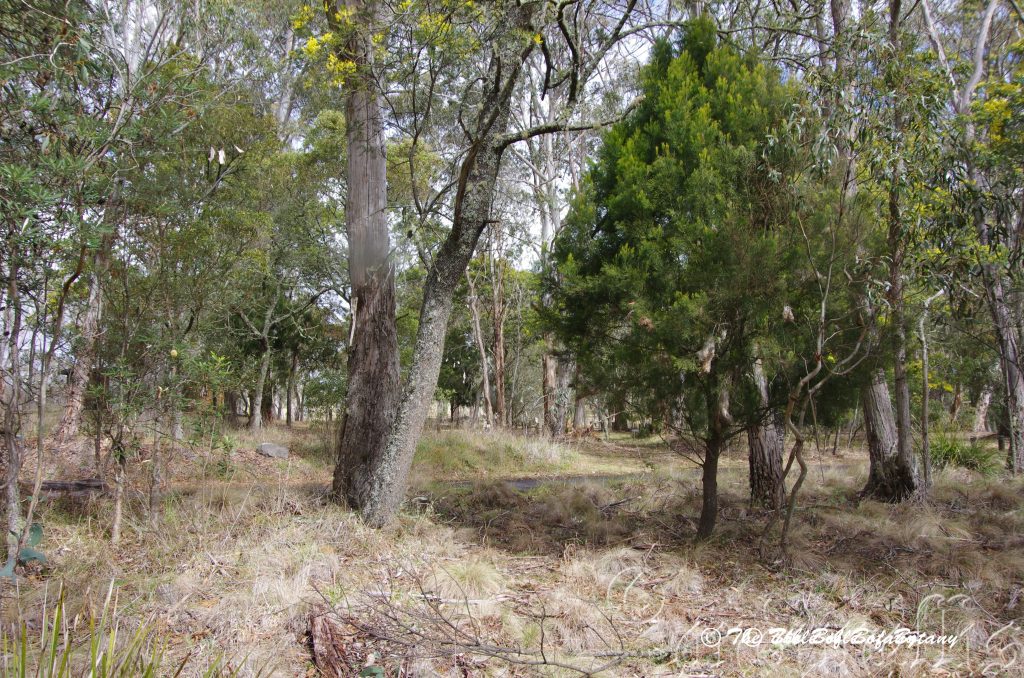
Ebor Falls National Park Ebor NSW
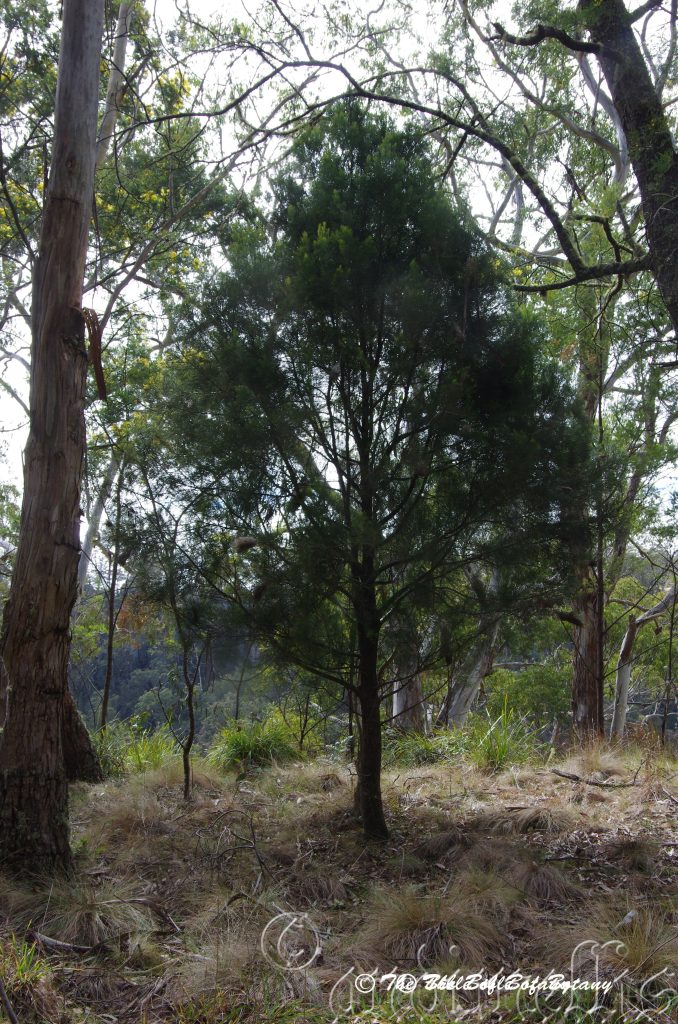
Ebor Falls National Park Ebor NSW
Banyabba National Park NSW
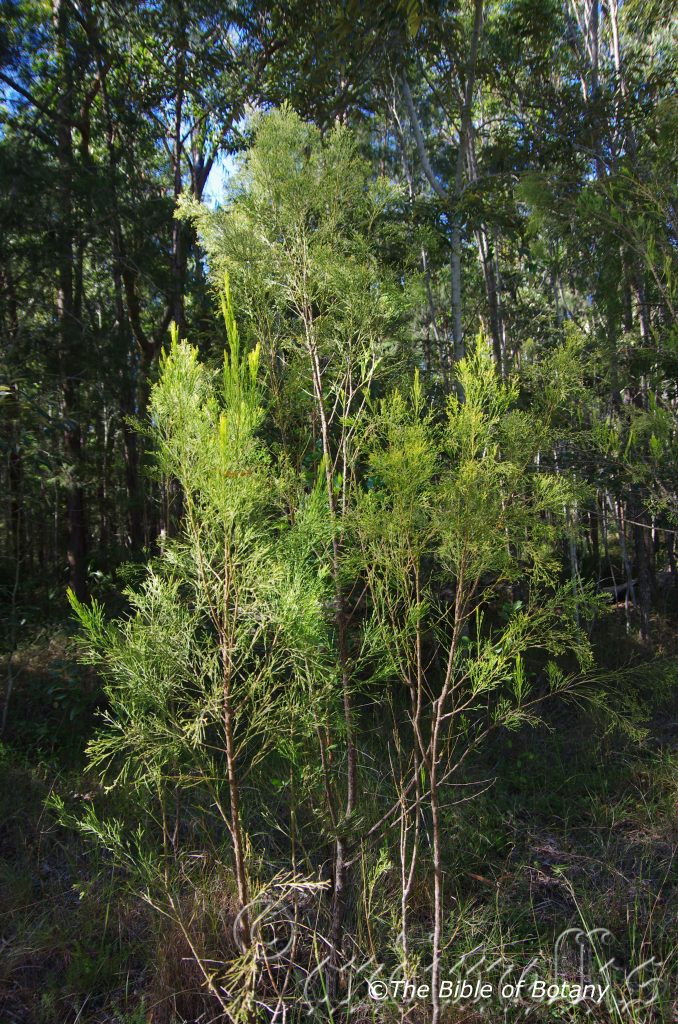
The Pinnacles NSW
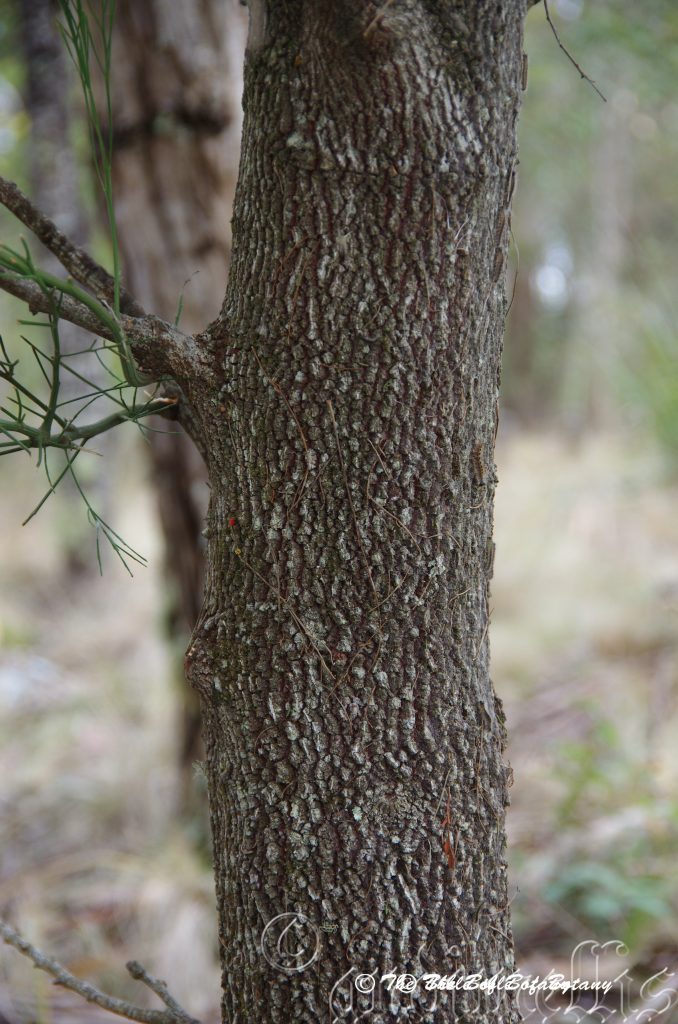
Ebor Falls National Park Ebor NSW
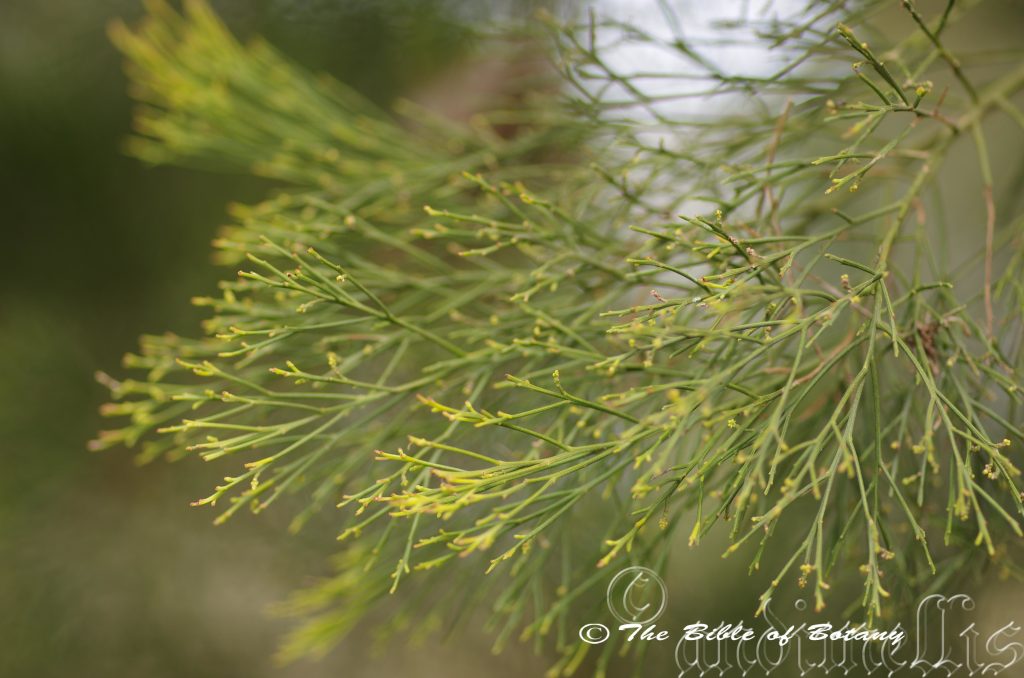
Ebor Falls National Park Ebor NSW
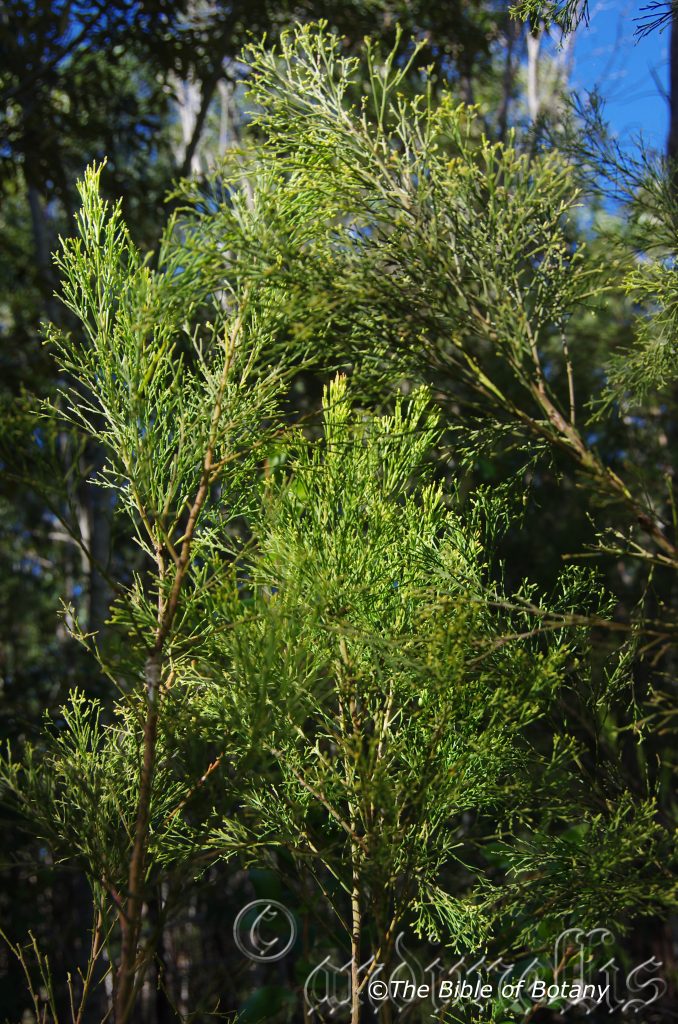
The Pinnacles NSW
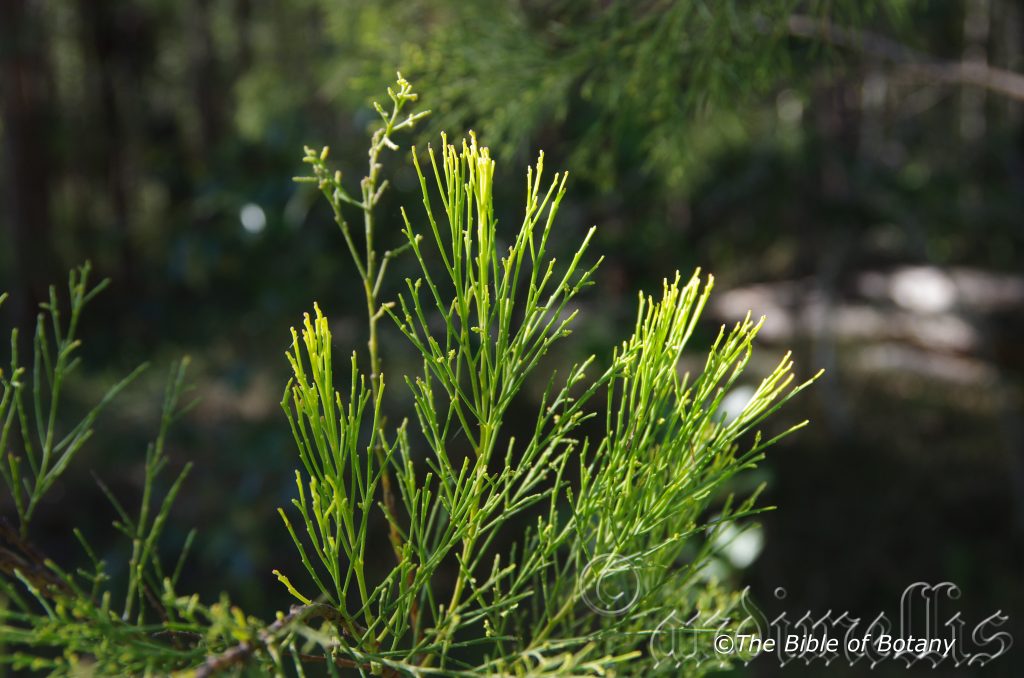
The Pinnacles NSW
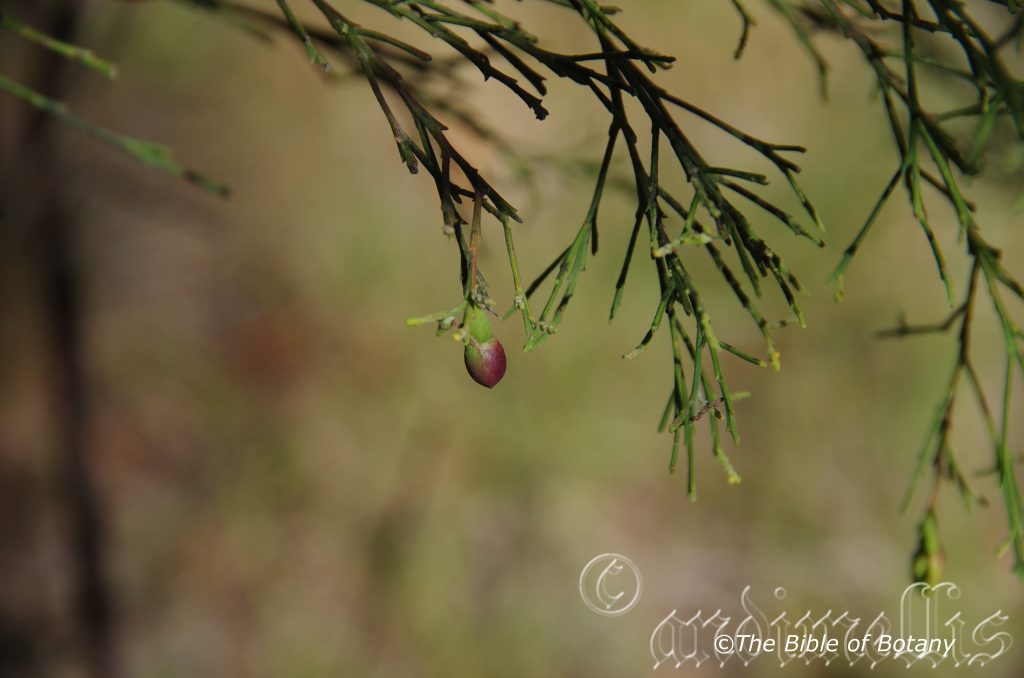
Ebor Falls National Park Ebor NSW
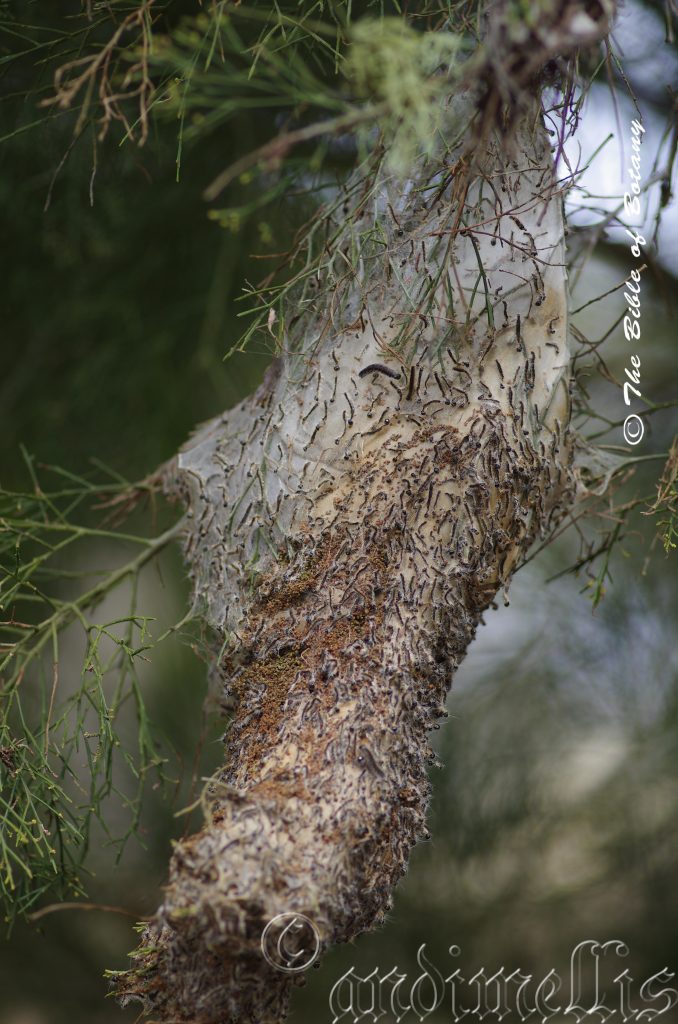
Ebor Falls National Park Ebor NSW
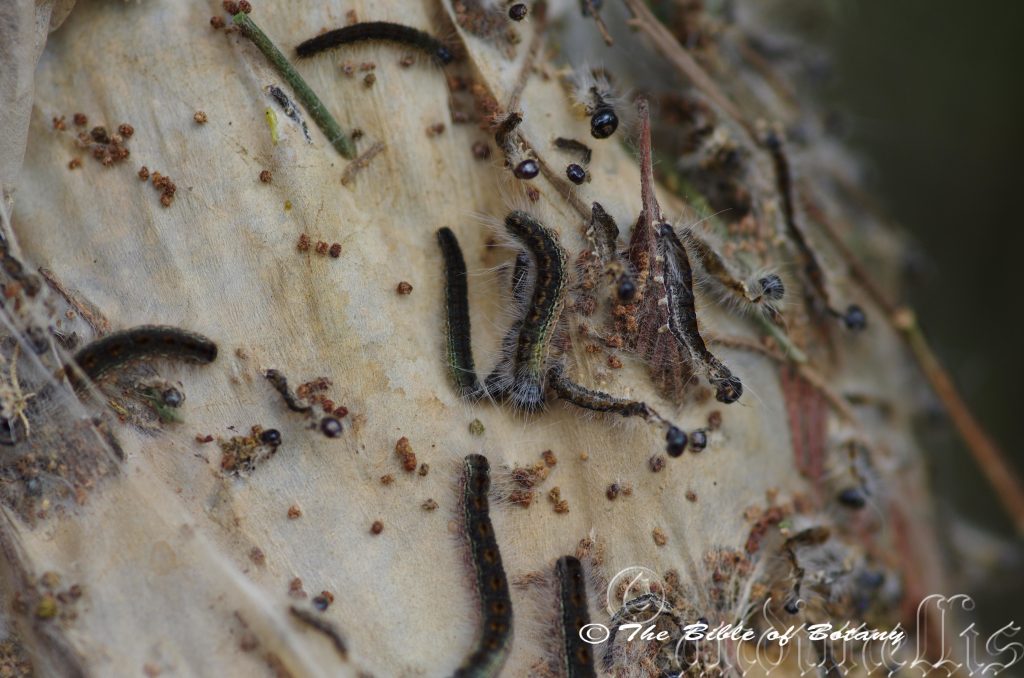
Ebor Falls National Park Ebor NSW
Exocarpos cupressiformis
Classification:
Unranked: Eudicots
Unranked: Rosids
Order: Malpighiales
Family: Euphorbiaceae
Tribe: Hippomaneae
Genus: From Ex, which is Ancient Greek for out of the ordinary and Karpos, which is Ancient Greek for a fruit. It refers to seeds, which are outside for the fruit or where the fruits resemble the petioles and the seeds are at the apex.
Specie: From Cupressus, which is Latin for Cypress trees and Forme which is Latin for to take the form of. It refers to plants, which resemble the exotic Cypress pines.
Sub specie:
Common Name:
Distribution:
Exocarpos cupressiformis is found south from Cairns in far north eastern Queensland to lower Ayre Peninsula in southern South Australia. It is also found on the western side of the Great Dividing Range on and east to the coast.
It is found on the eastern half of Tasmania and Flinders Island.
https://avh.ala.org.au/occurrences/search?taxa=Exocarpos+cupressiformis#tab_mapView
Habitat Aspect Climate:
Exocarpos cupressiformis prefers full sun to dappled sunlight. It grows in tall dry rainforests, dry forests, dry open woodlands and transitional zones. The altitude ranges from minus 2 meters ASL to 1650 meters ASL.
The temperatures range from minus 5 degrees in August to 44 degrees in January.
The rainfalls range from lows of 600mm to an average of 3200mm annually.
Soil Requirements:
Exocarpos cupressiformis preference for a particular soil type is basically non existence as it is a root parasitic plant. The soils range from pure sand to heavy clays. The soils are derived from decomposed brown basalts, sandstone, granite metamorphic rocks to accumulated beach sands and accumulated coral sands. The soils pH ranges from 4.5pH to 8pH. It does not tolerate waterlogged soils or seasonal flooding. Non saline soils to moderately saline soils are tolerated.
Height & Spread:
Wild Plants: 6m to 8m by 5m to 6m.
Characteristics:
Exocarpos cupressiformis is a shrub or small tree to 8 m high with yellowish green or bronze coloured sheen. The branchlets are initially pubescent or scurfy, striated and erect to semi pendent.
The juvenile triangular leaves measure 2mm to 3mm in length.
The scale like triangular leaves measure 0.5mm in length.
The peduncle measures 1mm to 2mm in length. The flowers are on short, dense, sessile spikes or clusters to 6 mm in length. Usually only 1 flower on each spike is fertile. The 5 tepals measure 0.6mm to 1mm in length.
The obovoid or ellipsoid, yellow orange to crimson red succulent fruiting pedicel is glabrous to finely tuburculate and measures 5mm to 8mm in length by 6mm to 10mm in diameter.
The ellipsoid to globose drupe measures 4mm to 6mm in length by 5mm to 7mm in diameter. The tepals are persistent on the ripe fruit.
Wildlife:
Exocarpos cupressiformis wildlife is unknown to the author.
The fruits are edible and resemble a succulent cherry in flavour.
Cultivation:
Exocarpos cupressiformis is a medium forest tree which is not really suitable for gardeners because of its parasitic associations.
If it is to be considered it would be ideally suited to small to large park like scenes where it can be on full display most of the time.
It is difficult to propagate, due to the fact that it is partially relies on supplementing its nutrient intake by attaching its roots onto the roots of other plants particularly Eucalyptus sp..
Propagation:
Seeds: Sow Exocarpos cupressiformis seeds into a seed raising mix. Cover the seeds with 2mm to 3mm of fine sand and place the trays in a warm sunny position. Keep moist at all times. When the seedlings are 25mm to 50mm tall, prick them out and plant them into 50mm native tubes using a good organic mix.
Once the seedlings reach 200mm to 250mm in height plant them out into their permanent position. Look for a gum tree and scratch around about a meter from the trunk down to a medium size root is found. Plant the Exocarpos cupressiformis seedlings so that the roots come in contact with the gum tree’s root, back fill and water. Most plantings are unsuccessful so good luck.
Fertilize using Seaweed, fish emulsion or organic chicken pellets soaked in water and apply the liquid on an alternate basis. Fertilize every two month until the trees are well established then every spring to ensure good growth and flowering.
Further Comments from Readers:
Hi reader, it seems you use The Bible of Botany a lot. That’s great as we have great pleasure in bringing it to you! It’s a little awkward for us to ask, but our first aim is to purchase land approximately 1,600 hectares to link several parcels of N.P. into one at The Pinnacles NSW Australia, but we need your help. We’re not salespeople. We’re amateur botanists who have dedicated over 30 years to saving the environment in a practical way. We depend on donations to reach our goal. If you donate just $5, the price of your coffee this Sunday, We can help to keep the planet alive in a real way and continue to bring you regular updates and features on Australian plants all in one Botanical Bible. Any support is greatly appreciated. Thank you.
In the spirit of reconciliation we acknowledge the Bundjalung, Gumbaynggirr and Yaegl and all aboriginal nations throughout Australia and their connections to land, sea and community. We pay our respect to their Elders past, present and future for the pleasures we have gained.
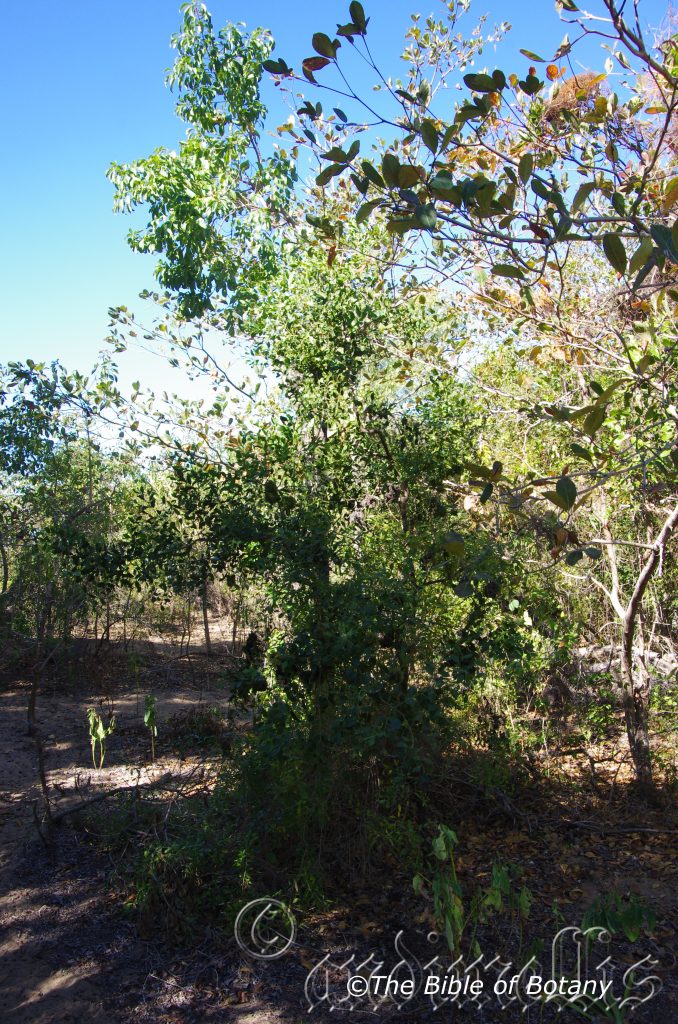
Hidden Valley Paluma Range National Park Qld.
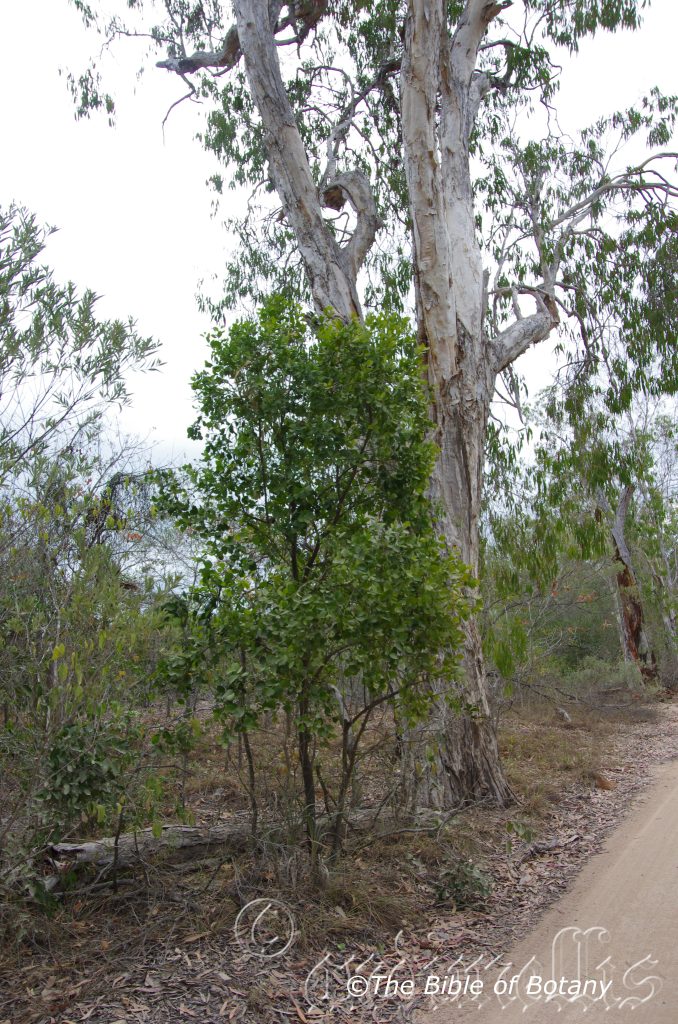
Magnetic Island Qld.
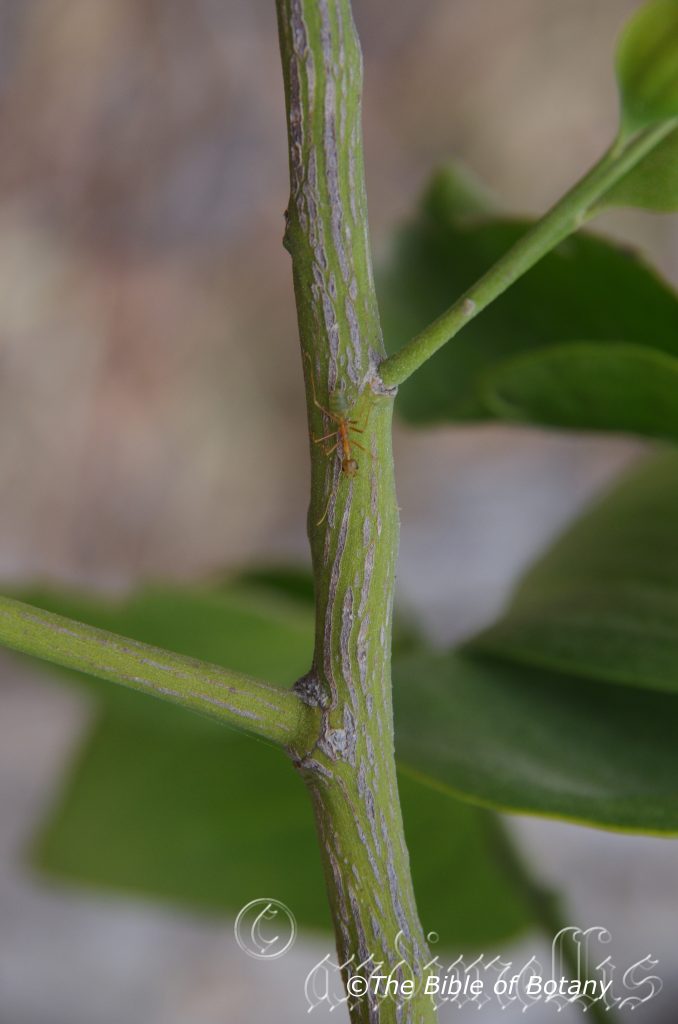
Magnetic Island Qld.
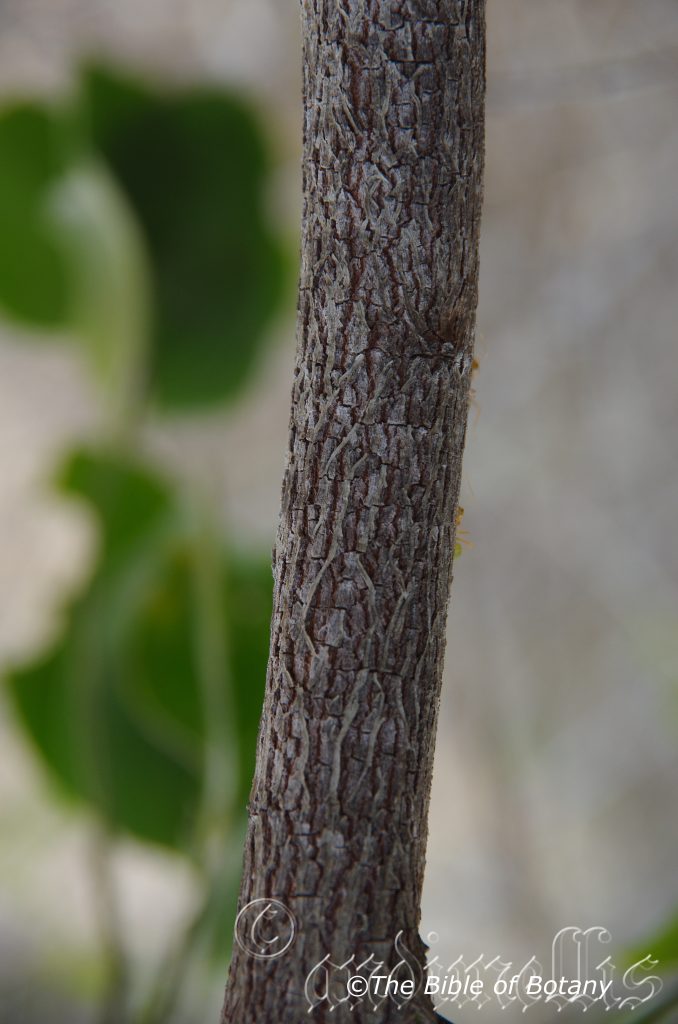
Magnetic Island Qld.
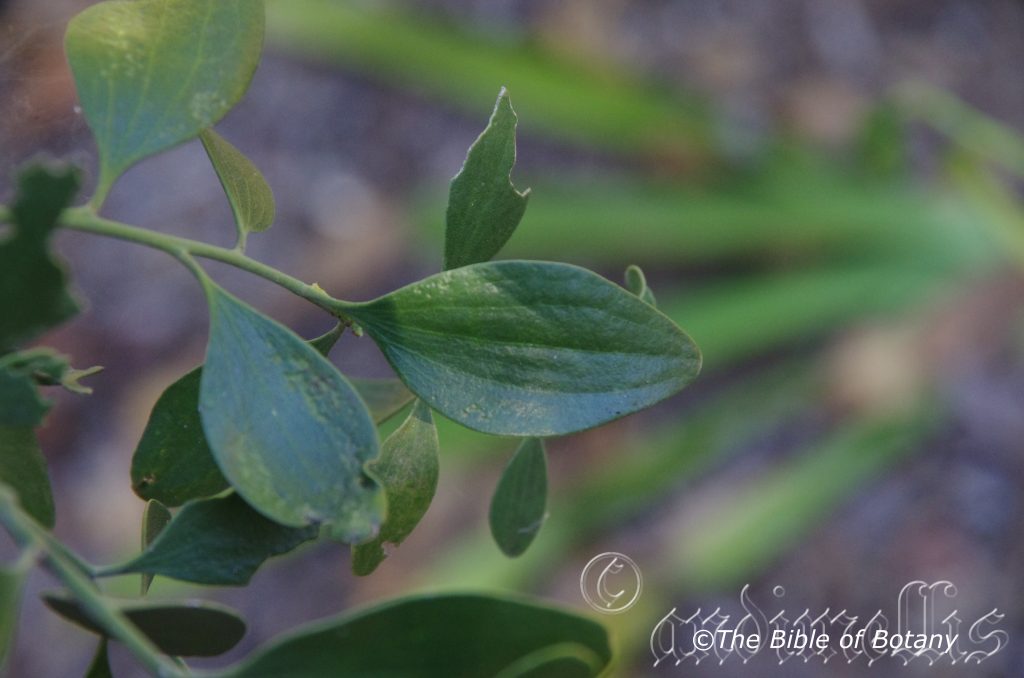
Hidden Valley Paluma Range National Park Qld.
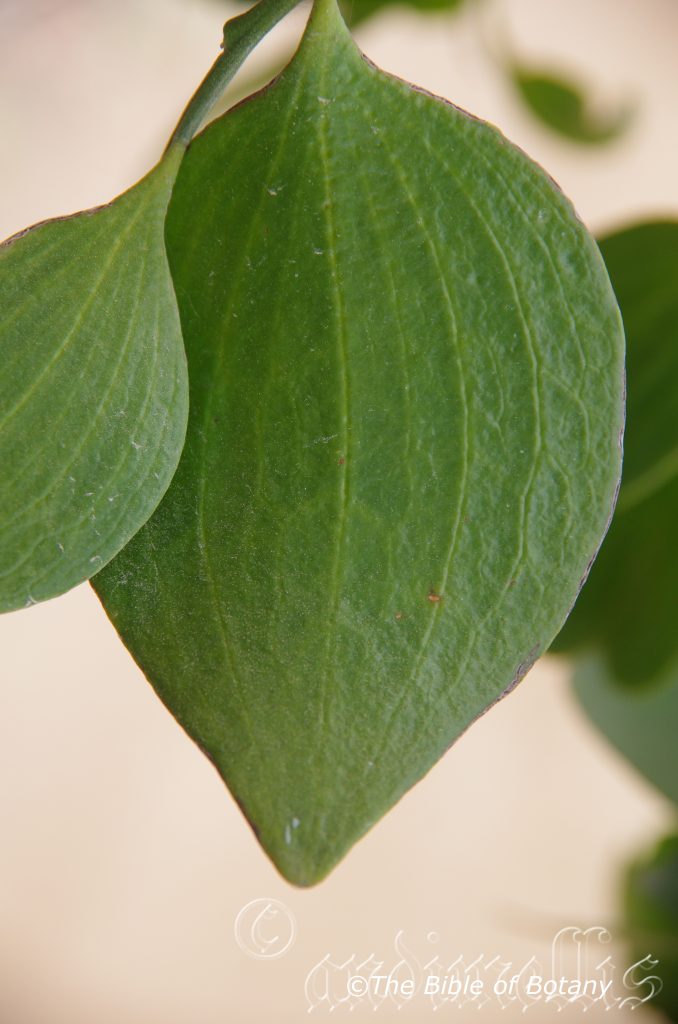
Magnetic Island Qld.
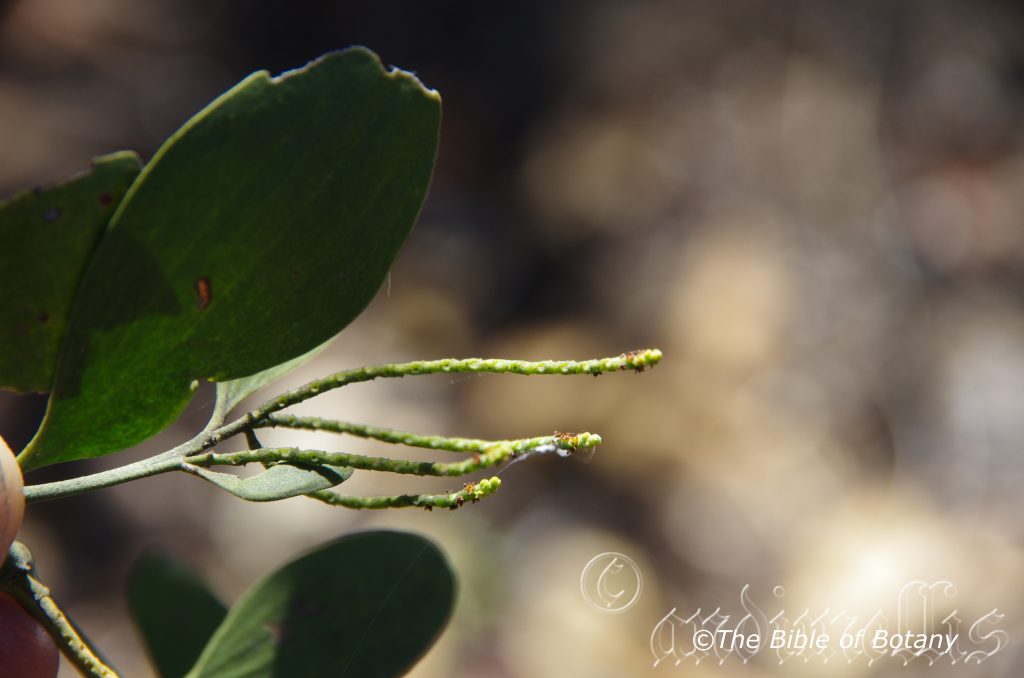
Hidden Valley Paluma Range National Park Qld.
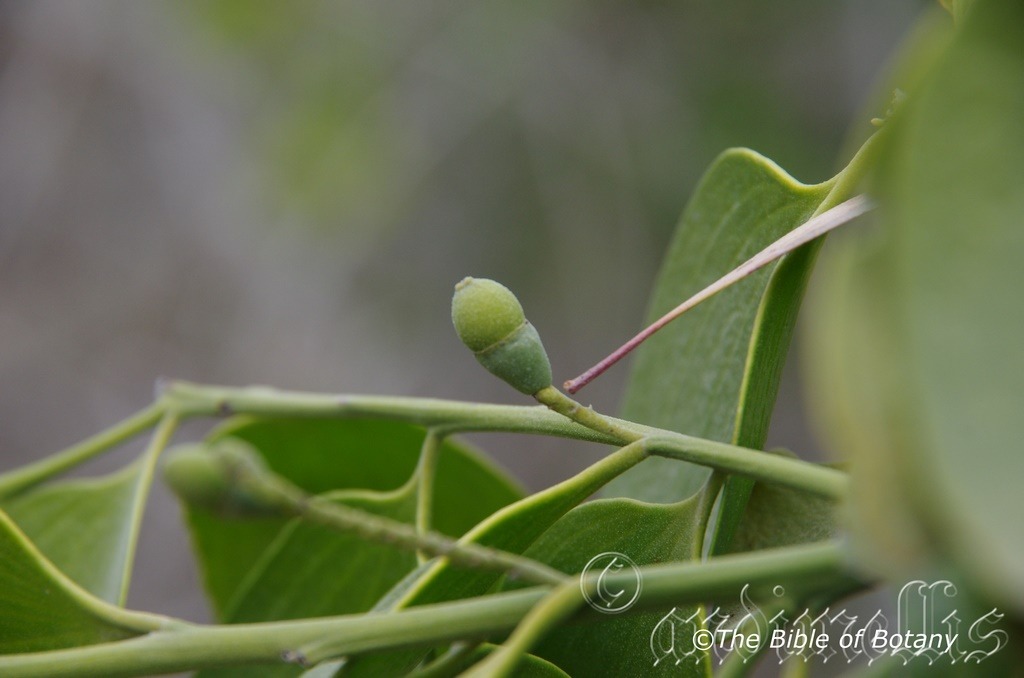
Magnetic Island Qld.
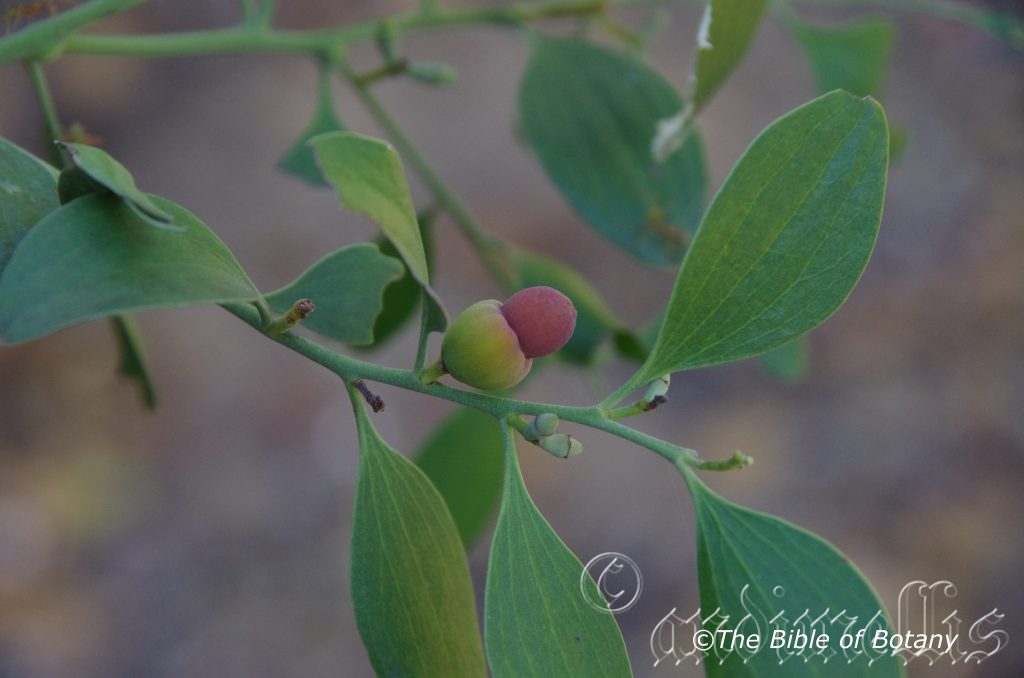
Hidden Valley Paluma Range National Park Qld.
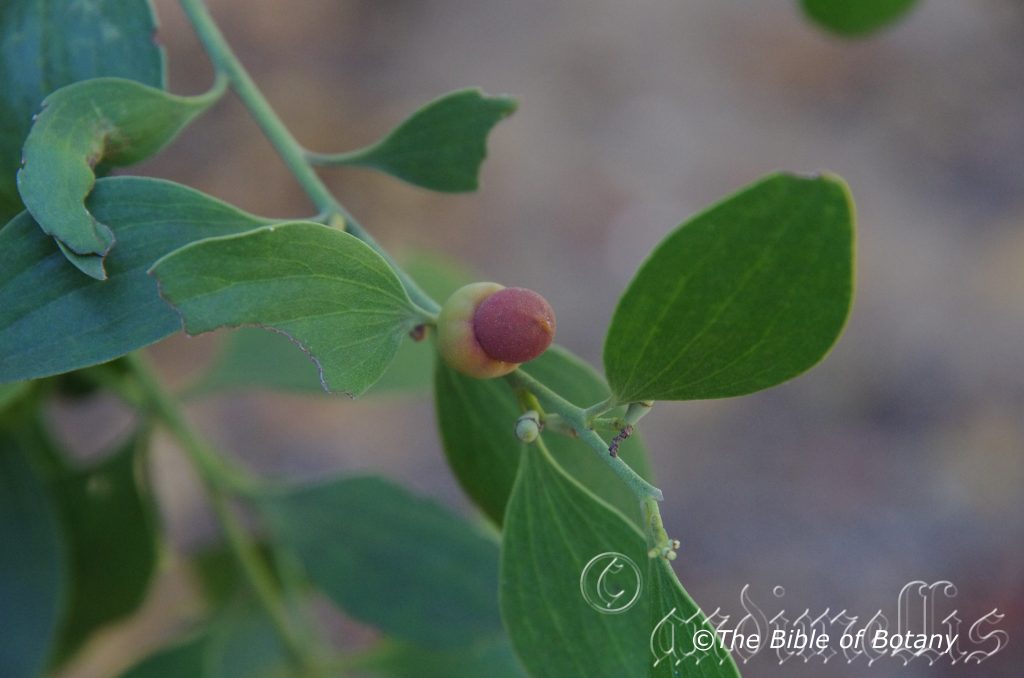
Hidden Valley Paluma Range National Park Qld.
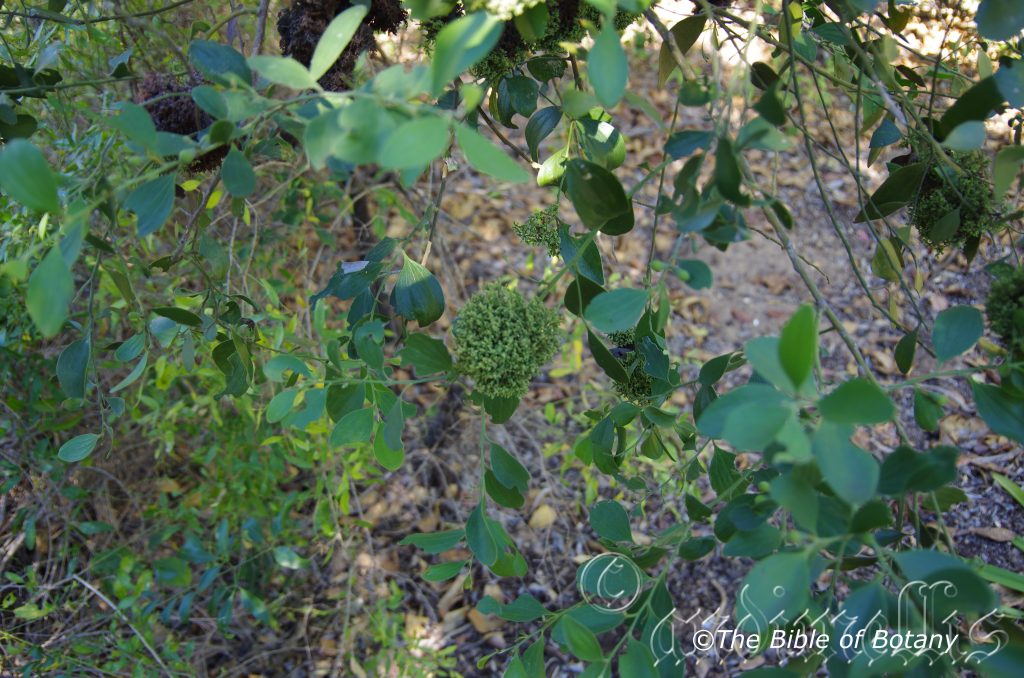
Hidden Valley Paluma Range National Park Qld.
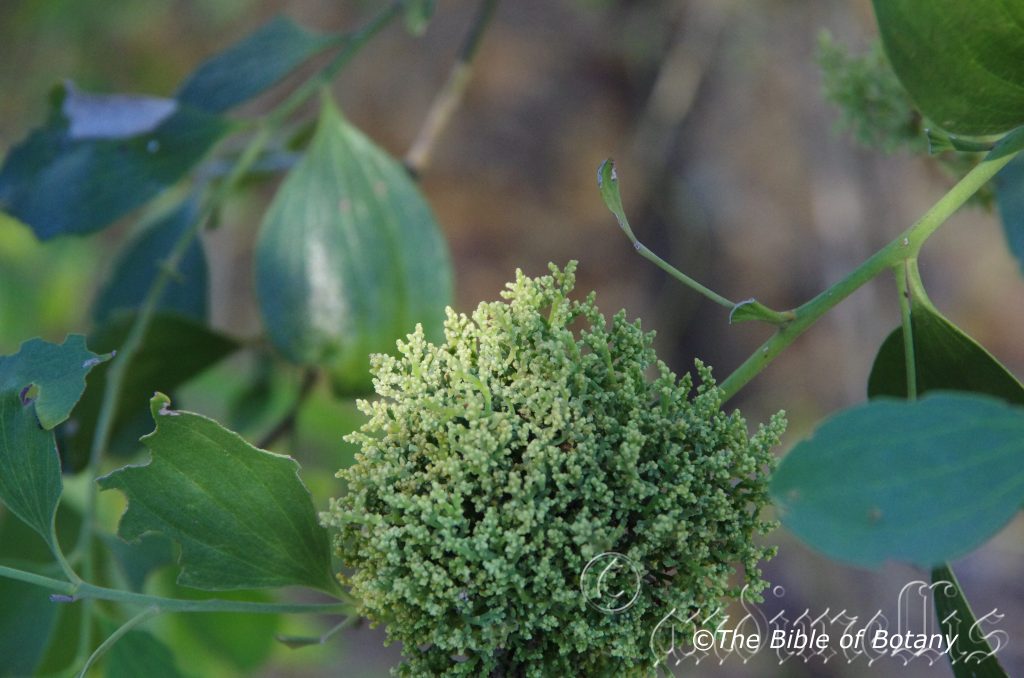
Hidden Valley Paluma Range National Park Qld.
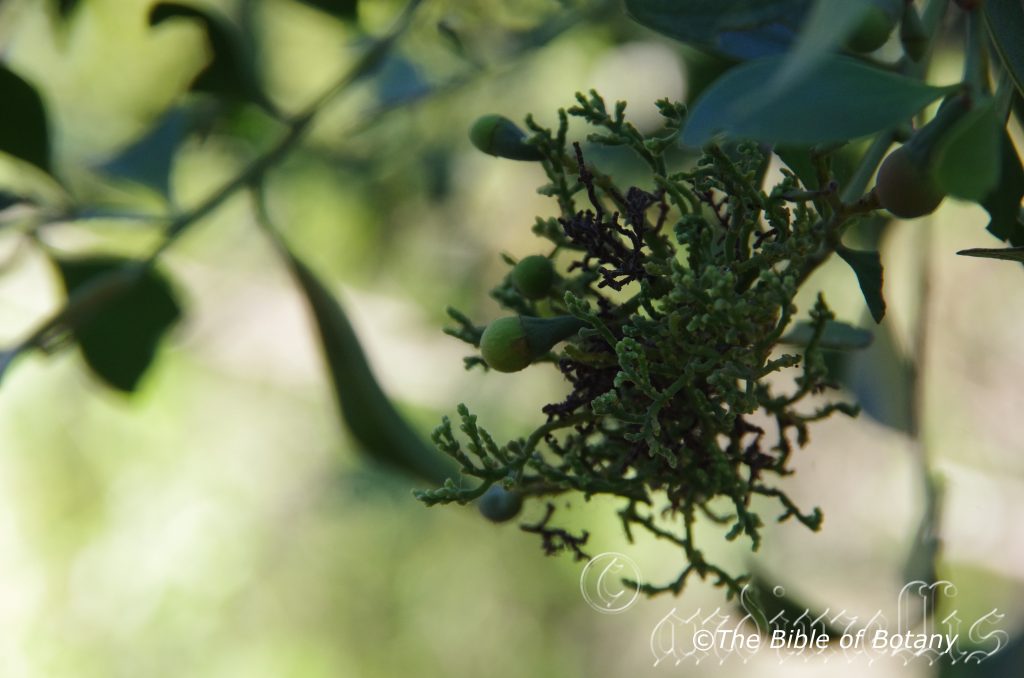
Hidden Valley Paluma Range National Park Qld.
Exocarpos latifolius
Classification:
Unranked: Eudicots
Unranked: Core Eudicots
Order: Santalales
Family: Santalaceae
Genus: From Exo, which is a Greek prefix for out of the ordinary, or external and Karpos, which is Ancient Greek for a fruit. It refers to the seeds, which have fleshy petiole, or the appearance of being outside the fruit.
Specie: From Latus, which is Latin for broad and Folium, which is Latin for foliage. It refers to leaves, which are broader than other species in the genus.
Sub specie:
Common Name: Bush Cherry.
Distribution:
Exocarpos latifolius is found north of a line, east from the Kimberley Range and Roebuck in Western Australia to the Roper River in the top end of the Northern Territory then south easterly to Byron Bay in north eastern New South Wales.
https://avh.ala.org.au/occurrences/search?taxa=Exocarpos+latifolius#tab_mapView
Habitat Aspect Climate:
Exocarpos latifolius prefers full sun to partial shade. It grows in open woodlands, wet Eucalyptus forests, dry Eucalyptus forests, riverine, littoral and well developed Rainforests, monsoonal vine and monsoonal woodlands. It is hemiparasitic growing on the roots of nearby plants. The altitude ranges from 5 meters ASL to 900 meters ASL.
The temperatures range from 3 degrees in July to 42 degrees in January.
The rainfalls range from lows of 300mm to an average of 3000mm annually.
Soil Requirements:
Exocarpos latifolius prefers most soil types. Being hemiparasitic it derives some or most of its moisture and nutrients from their host. The soils pH ranges from 6pH to 7pH. It does not tolerate waterlogged soils. Non saline soils to moderately saline soils are tolerated.
Height & Spread:
Wild Plants: 1.5m to 12m by 1m to 10m.
Characteristics:
Exocarpos latifolius is an erect to pendulous tree with a lightly furrowed grey scaly to flaky trunk. Branchlets are terete, pale blue-green and densely covered in pale blue-grey pubescent hairs.
Exocarpos latifoliusEurychorda alternate leaves are elliptical, obovate to broad ovate and measure 30mm to 70mm in length and 20mm to 40mm in width. The petioles measure 3mm to 20mm in length. The bases are cuneate to while the apexes are obtuse with an emarginated or mucronate tip. The concolourous laminas are dull, coriaceous, glaucous-green to blue-green, with the new growth being densely covered in pale blue-grey pubescent hairs. The margins are entire and flat. The mid vein is slightly prominent on the lower lamina and is slightly visible from the upper lamina.
Inflorescences of Exocarpos latifolius are born as short slender spikes in the leaf axils. The spikes measure 5mm to 20mm in length and 2mm in diameter. The 5 green, triangular tepals measure 0.5mm to 1mm in length. The 5 stamens are yellow. The pedicel is 1mm to 2mm long. The flowers appear from September through to early February.
The fruits of Exocarpos latifolius are an unusual drupe with the seed on the outside. The green fruiting pedicel swells, becomes fleshy and turns red when the seed has reached maturity. The surface is scurfy. The ellipsoidal pedicel is broader at the apex than at the base and measures 6mm to 10mm in length by 6mm to 10mm in diameter near the apex. The seed turns a reddish brown when ripe and measures 5mm to 6mm in diameter.
Wildlife:
Bower birds and cat birds have been seen eating the fruits.
The swollen peduncle has a taste reminiscent of a cherry thus its common name.
Cultivation:
Exocarpos latifolius is an unusual plant for the garden but could become a good talking point while you eat the fruiting stems if you could get it to grow.
Exocarpos cupressiformis is a medium forest tree which is not really suitable for gardeners because of its parasitic associations.
If it is to be considered it would be ideally suited to small to large park like scenes where it can be on full display most of the time.
It is difficult to propagate, due to the fact that it is partially relies on supplementing its nutrient intake by attaching its roots onto the roots of other plants particularly Eucalyptus sp..
Propagation:
Seeds: Sow Exocarpos latifolius seeds into a seed raising mix. Cover the seeds with 2mm to 3mm of fine sand and place the trays in a warm sunny position. Keep moist at all times. When the seedlings are 25mm to 50mm tall, prick them out and plant them into 50mm native tubes using a good organic mix.
Once the seedlings reach 200mm to 250mm in height plant them out into their permanent position. Look for a gum tree and scratch around about a meter from the trunk down to a medium size root is found. Plant the Exocarpos cupressiformis seedlings so that the roots come in contact with the gum tree’s root, backfill and water. Most plantings are unsuccessful so good luck.
Fertilize using Seaweed, fish emulsion or organic chicken pellets soaked in water and apply the liquid on an alternate basis. Fertilize every two month until the trees are well established then every spring to ensure good growth and flowering.
Further Comments from Readers:
Hi reader, it seems you use The Bible of Botany a lot. That’s great as we have great pleasure in bringing it to you! It’s a little awkward for us to ask, but our first aim is to purchase land approximately 1,600 hectares to link several parcels of N.P. into one at The Pinnacles NSW Australia, but we need your help. We’re not salespeople. We’re amateur botanists who have dedicated over 30 years to saving the environment in a practical way. We depend on donations to reach our goal. If you donate just $5, the price of your coffee this Sunday, We can help to keep the planet alive in a real way and continue to bring you regular updates and features on Australian plants all in one Botanical Bible. Any support is greatly appreciated. Thank you.
In the spirit of reconciliation we acknowledge the Bundjalung, Gumbaynggirr and Yaegl and all aboriginal nations throughout Australia and their connections to land, sea and community. We pay our respect to their Elders past, present and future for the pleasures we have gained.
Exocarpos strictus
Classification:
Unranked: Eudicots
Unranked: Core Eudicots
Order: Santalales
Family: Santalaceae
Genus: From Exo, which is a Greek prefix for out of the ordinary, or external and Karpos, which is Ancient Greek for a fruit. It refers to the seeds, which have fleshy petiole, or the appearance of being outside the fruit.
Specie: From Strictus, which is Latin for to draw tight or compressed. It refers to the flower spikes, which are stiff and rigid for an orchid.
Sub specie:
Common Name: Pale Fruit Ballarat or Dwarf Cherry.
Distribution:
Exocarpos strictus is found south and east of a line from Brisbane in south eastern Queensland to Hay in New South Wales where it follows the Murrumbidgee River to the Murray River and down to below Moorundie in South Australia. It is also found near Adelaide with an isolated population on southern Eyre Peninsula. There is an isolated population near Gayndar and one on the Grey Range in far north western New South Wales.
It is found on Flinders Island in Bass Strait and on the eastern half of Tasmania.
https://avh.ala.org.au/occurrences/search?taxa=Exocarpos+strictus#tab_mapView
Habitat Aspect Climate:
Exocarpos strictus prefers full sun to light dappled shade. It grows in open woodlands, open forests on plains or rolling hills to steeper slopes. It is often found growing behind the frontal dunes in littoral rainforests. The altitude ranges from 5 meters ASL to 170 meters ASL.
The temperatures range from minus 4 degrees in July to 40 degrees in January.
The rainfalls range from lows of 280mm to an average of 770mm annually.
Soil Requirements:
Exocarpos strictus prefers sandy loams to heavy clays. The soils are usually derived from granites, sandstones, brown basalts, black basalts, metamorphic rocks, shales, alluvial deposits or accumulated river sands and gravels. The soils pH ranges from 4.5pH to 7pH. It does not tolerate waterlogged soils. Non saline soils to moderately saline soils are tolerated.
Height & Spread:
Wild Plants: 3m to 4m by 3m to 5m.
Characteristics:
Exocarpos strictus is a thin multi trunked mallee with almost divaricate spreading branches from near the ground. The trunk is deep grey almost black to grey-brown. The bark on the trunk and branches is rough and pale brown. The stout, erect or pendent stems are pale green, bronzy, blue-green or greyish, often forming dense thickets. The new stems are moderately covered in soft white to pale grey canescent hairs.
The alternate appressed leaves are linear subulate and measure 1mm to 3mm in length. The bases are semi cauline to cauline while the apexes are acute. The caduceous, concolourous laminas are dull sliver-grey to dull blue-green. The laminas are flat while the margins are entire.
Inflorescences to Exocarpos strictus are born as clusters from the leaf axils with 2 to 6 flowers in each cluster. The terete pedicels measure 0mm to 2mm in length. The 4 or 5 triangular tepals measure 0.5 mm in length. The flowers usually appear from December to May but have been recorded throughout the year.
The fruit of Exocarpos strictus is a single drupe born at the end of the swollen pedicel. The green pedicel turns white, mauve or red and swells from original 1mm to 2mm in length to become 3mm to 8mm in length by 4mm to 8mm in diameter.
The drupe is ovoidal to globose and measures 2.5mm to 4mm in length by 2.5mm to 4mm in diameter. The glossy, green drupe turns deep purplish-black when ripe. The seed measures 2.5mm to 4mm in length 2.5mm to 4mm in diameter.
Wildlife:
Exocarpos strictus pedicels are eaten by most fruitigrove birds which eat the drupes to get to the pedicel or shake it off prior to eating the pedicel.
Cultivation:
Exocarpos strictus is a smaller semi parasitic tree or medium size gardens.
If you are lucky enough to have one growing on your block it is worthwhile keeping for the talking point and for the preservation of the species. Trees in close proximity to Exocarpos strictus should be protected as it is most likely the host tree.
If it is to be considered it would be ideally suited to small to large park like scenes where it can be on full display most of the time.
It is difficult to propagate, due to the fact that it is partially relies on supplementing its nutrient intake by attaching its roots onto the roots of other plants particularly Eucalyptus sp..
Propagation:
Seeds: Sow Exocarpos strictus seeds into a seed raising mix. Cover the seeds with 2mm to 3mm of fine sand and place the trays in a warm sunny position. Keep moist at all times. When the seedlings are 25mm to 50mm tall, prick them out and plant them into 50mm native tubes using a good organic mix.
Once the seedlings reach 200mm to 250mm in height plant them out into their permanent position. Look for a gum tree and scratch around about a meter from the trunk down to a medium size root is found. Plant the Exocarpos cupressiformis seedlings so that the roots come in contact with the gum tree’s root, backfill and water. Most plantings are unsuccessful so good luck.
Fertilize using Seaweed, fish emulsion or organic chicken pellets soaked in water and apply the liquid on an alternate basis. Fertilize every two month until the trees are well established then every spring to ensure good growth and flowering.
Further Comments from Readers:
Hi reader, it seems you use The Bible of Botany a lot. That’s great as we have great pleasure in bringing it to you! It’s a little awkward for us to ask, but our first aim is to purchase land approximately 1,600 hectares to link several parcels of N.P. into one at The Pinnacles NSW Australia, but we need your help. We’re not salespeople. We’re amateur botanists who have dedicated over 30 years to saving the environment in a practical way. We depend on donations to reach our goal. If you donate just $5, the price of your coffee this Sunday, We can help to keep the planet alive in a real way and continue to bring you regular updates and features on Australian plants all in one Botanical Bible. Any support is greatly appreciated. Thank you.
In the spirit of reconciliation we acknowledge the Bundjalung, Gumbaynggirr and Yaegl and all aboriginal nations throughout Australia and their connections to land, sea and community. We pay our respect to their Elders past, present and future for the pleasures we have gained.
Exocarya sclerioides
Classification:
Clade: Monocots
Order: Poales
Family: Cyperaceae
Genus: From Exo which is a Greek prefix for out of the ordinary, or external and Karyon which is Ancient Greek for a nut. It refers to the fruits which have a small nutlet.
Specie: From Scleros, which is Ancient Greek for hard and Eidos/Oides, which is Ancient Greek for alike or similar to. It refers to structures or organs, which are very hard.
Sub species:
Common Name:
Distribution:
Excarya sclerioides is found in 3 disjunct populations mainly along the coastal strip south from Douglas to Paluma Dam in far north Queensland, Eungella National Park west of Mackay, Conondale National Park and Kondalilla National Park and Robina in coastal southern Queensland to the Nightcap National Park and the Nymboida National Park in north eastern New South Wales.
The central population is found east from Streaky Bay to Mount Gambier in southern South Australia including Kangaroo Island in South Australia to the Grampians in central western Victoria.
In Tasmania it is found on Flinders Island and over most of the Island state except the central eastern highlands.
https://avh.ala.org.au/occurrences/search?taxa=Exocarya+sclerioides #tab_mapView
Habitat Aspect Climate:
Excarya sclerioides prefer light dappled shade. It is found growing on the margins of moist poorly drained heaths, adjacent to wallums, open woodlands on flat plains, and slight depressions which are subject to seasonal flooding. Except for Tasmania and the Grampians it is mainly found close to the coast behind the frontal dunes and sandstone basins. The altitude ranges from 600 meters ASL to 1100 meters ASL.
The temperatures range from minus 2 degrees in August to 36 degrees in January.
The rainfall ranges from lows of 1500mm to 3000mm average per annum where high orographic precipitation occurs.
Soil Requirements:
Excarya sclerioides prefers light gritty clays to medium clays. The soils are usually derived from decomposed granite, sandstone or accumulated sands. The soils pH ranges from 5.5pH to 7pH are preferred. It does not tolerate waterlogged soils. Non saline soils to slightly saline are tolerated.
Height & Spread:
Wild Plants: 0.5m to 01m by 0.2m to 0.3m
Characteristics:
The Excarya sclerioides grows as a tall, slender perennial rush with short creeping rhizomes. The trigonous culms are erect, smooth and scabrous. They measure 600mm to 1500mm in height by 2mm to 3.5mm in diameter. The mid culms are glabrous while the nodes are glabrous to sparsely covered in white puberulent hairs. Plants have a fibrous root system.
Excarya sclerioides’s linear leaves measure 240mm to 350mm in length by 3mm to 6mm in width. The bases are clasping while the apexes are tapering to narrow acute. The leaf sheath is glabrous or moderately covered in minute ciliate hairs. The ligules are absent. The concolourous laminas are deep grass-green, glabrous and glossy. The laminas are flat while the margins are entire, covered in short teeth or short, fine prickles. The midrib is rounded and prominent on the on the lower lamina and is clearly visible on the upper lamina.
The inflorescences of Excarya sclerioides are slender, compound panicles. The rachis measures 300mm to 400mm in length with filiform branches that measure 80mm to 220mm in length. The involucral bracts are shorter than to exceeding inflorescence. The individual flowers are minute with each one enclosed in a bract.
The spikelets measure 2.5mm to 4mm in length. The lowest 3 to 6 pseudo spikelets are reduced to a single broad glume which measures 1mm to 1.5mm in length. The upper pseudo spikelets are bisexual or functionally male with only the uppermost spikelet reaching maturity.
In each fertile pseudo spikelet’s lowest glume is deep red-brown to almost black with off white erose margins. The lower is papery with an obtuse apex. The glumes have 2 faint keels or prominent nerves. The lower glumes measure 2mm to 2.2mm in length.
The 2 flattened, pale brown upper glumes have 2 faint keels or prominent nerves and measure 2mm to 2.2mm in length.
Each stamen is surrounded by a perianth segment. There is one ovule in each flower. Only the stigma is visible outside the floral bract. The flowers appear from late November to early March or more often after good rainfall.
The fruits of Excarya sclerioides are small exserted narrow ovoidal nuts. The nuts measure 4mm to 4.5mm in length by 2.5mm to 3mm in diameter. The green nuts turn pale yellow-brown with fine red spots while the pseudo spikelets remain attached to the base as is the remainder of the style which forms a small stipitate apex.
Wildlife:
Excarya sclerioides wildlife is unknown to the author.
Cultivation:
Excarya sclerioides has a rapid growth rate from mid spring after the spring rains to late autumn provided some moisture is available in the soil. This dry land, rainforest rush is ideal beneath a cool rainforest.
In cultivation it can be grown on most types of heavy clay and heavy silt loams. It requires full shade sustain its best colour and vigour.
Propagation:
Seeds: Excarya sclerioides seeds need to be treated prior to sowing. Lightly rub the nuts between 2 fine pieces of sandpaper to remove the outer layer. Place the seeds into a seed raising mix and cover the seeds with 2mm to 3mm of fine sand and place the trays in a warm sunny position. Keep moist at all times. When the seedlings are 25mm to 50mm tall, prick them out and plant them into 50mm native tubes using a good organic mix. The seeds will be erratic in germination and may take weeks to several months before any life is seen.
Once the seedlings reach 200mm to 250mm in height plant them out into their permanent position. Mass plantings are best done in groups of 3 to 5 as a feature by planting them at 6 meter to 8 meter centers.
Fertilize using Seaweed, fish emulsion or organic chicken pellets soaked in water and apply the liquid on an alternate basis. Fertilize every two month until the trees are well established then every spring to ensure good growth and flowering.
Further Comments from Readers:
Hi reader, it seems you use The Bible of Botany a lot. That’s great as we have great pleasure in bringing it to you! It’s a little awkward for us to ask, but our first aim is to purchase land approximately 1,600 hectares to link several parcels of N.P. into one at The Pinnacles NSW Australia, but we need your help. We’re not salespeople. We’re amateur botanists who have dedicated over 30 years to saving the environment in a practical way. We depend on donations to reach our goal. If you donate just $5, the price of your coffee this Sunday, We can help to keep the planet alive in a real way and continue to bring you regular updates and features on Australian plants all in one Botanical Bible. Any support is greatly appreciated. Thank you.
In the spirit of reconciliation we acknowledge the Bundjalung, Gumbaynggirr and Yaegl and all aboriginal nations throughout Australia and their connections to land, sea and community. We pay our respect to their Elders past, present and future for the pleasures we have gained.
Excoecaria agallocha
Classification:
Unranked: Eudicots
Unranked: Rosids
Order: Malpighiales
Family: Euphorbiaceae
Tribe: Hippomaneae
Genus: From Exoecaria, which is Latin for to make blind. It refers to the milky sap, which causes excruciating pain and can cause blindness if it comes into contact with the eyes.
Specie: From Agallocha, which is Latinized from the ancient word for a resinous or an aromatic tree. It refers to woods, which is rather aromatic.
Sub specie:
Common Name:
Distribution:
Excoecaria agallocha is found south from Koolan Island to Broome in Western Australia along the coast.
It is also found east from Bathurst, Melville Islands and Darwin in the Northern Territory along the coast to Queensland then south to the Manning River in central New South Wales. It is common around the Islands in the Gulf of Carpentaria, the Torres Strait Islands and the Islands off the east coast and Lord Howe Island.
https://avh.ala.org.au/occurrences/search?taxa=Exoecaria+agallocha#tab_mapView
Habitat Aspect Climate:
Excoecaria agallocha prefers full sun to dappled sunlight. It grows in tall moist closed schlerophyll forest, behind the frontal mangrove forests, along coastal estuaries, and littoral rainforests that are affected by brackish water or periodic tidal inundations. The altitude ranges from 1 meters ASL to 5 meters ASL.
The temperatures range from 2 degrees in August to 40 degrees in January.
The rainfalls range from lows of 850mm to an average of 1500mm annually.
Soil Requirements:
Excoecaria agallocha prefer medium to deeper soils of better quality. The soils are sandy loams to medium clays. The soils are usually derived from decomposed brown basalts, sandstone or granite. The soils pH ranges from 4.5pH to 7.5pH. It tolerates waterlogged soils. Non saline soils to extremely saline soils are tolerated.
Height & Spread:
Wild Plants: 6m to 15m by 5m to 7m.
Characteristics:
Excoecaria agallocha has a long bole with the branches appearing at around 10mm to 60mm of the trees height on mature trees. The bark is grey to grey-brown rough, irregular patches of paler colours. The smaller branches and branchlets are rough and covered in lenticels and fallen leaf scars. All parts of the tree exude a toxic thin milky sap which can cause temporary blindness and painful blistering of the skin.
The tightly crowded leaves of Excoecaria agallochaare narrow obovate to broad elliptical and measure 40mm to 120mm in length by 20mm to 50mm in width. The 2 small stipules measure 1.5mm to 2mm in length. The mid green petioles are channelled on the upper surface, with 2 glands near the apex and measure 15mm to 20mm long length. The bases are cuneate very slightly oblique and very shortly attenuate while the apexes are tapering obtuse or acuminate. The concolourous leaves are mid grass-green, glabrous and semi glossy to dull. The laminas slightly recurve from the mid vein to the margins and decurve downwards ate the apexes while the margins are thickened, entire or at times finely toothed. The mid vein is strongly prominent on the lower lamina near the base and prominent at the apex while the mid vein is slightly prominent on the upper lamina. The lateral veins are reticulate, form loops inside the margin and clearly visible. The trees are semi deciduous with the leaves turning orange to orange-red prior to falling.
The dioecious inflorescences of Excoecaria agallocha are born spikes containing 5 to 15 individual flowers from the terminal leaf axils. The lime-green terete racemes measure 20mm to 70mm in length. The pale yellow-brown flowers measure 1.5mmm to 2mm in diameter. Each flower has a caduceous bi glandular bract enveloping the corolla before anthesis so that the spike resembles a gymnosperm spike.
The pale yellow trifid divaricate style measures 0.8mm length. The disc is green. The flowers are both pleasant and rancid and from September to October.
The fruits of Excoecaria agallocha are 3 lobed triquetrous capsules. The capsules measure 4mm to 6mm in length by 6mm to 8mm in diameter and ripen from December to January. The black seeds measure 4mm in length.
Wildlife:
Excoecaria agallocha; despite being toxic to most animals support various shield bugs, (Calliphara nobilis is common in New Guinea through to China but I am not sure whether this specie is found in northern Australia.) that consume the developing capsules.
Cultivation:
Excoecaria agallocha is a medium forest tree which is not really suitable for gardeners because of its toxicity levels.
If it is to be considered it would be ideally suited to small to large park like scenes where the subsoil has saline conditions or is subjected to tidal influences.
It has a tendency to leaf drop at the end of the dry season which may be caused by an increase in salinity levels, pH conditions or lower water tables in some instances. Continual lawn maintenance but then this means good quantities of leaf litter mulch.
Propagation:
Seeds: Sow Excoecaria agallocha seeds into a seed raising mix. Cover the seeds with 2mm to 3mm of fine sand and place the trays in a warm sunny position. Keep moist at all times. When the seedlings are 25mm to 50mm tall, prick them out and plant them into 50mm native tubes using a good organic mix.
Once the seedlings reach 200mm to 250mm in height plant them out into their permanent position. Mass plantings are best done in groups of 3 to 5 as a feature by planting them at 6 meter to 8 meter centers.
Fertilize using Seaweed, fish emulsion or organic chicken pellets soaked in water and apply the liquid on an alternate basis. Fertilize every two month until the trees are well established then every spring to ensure good growth and flowering.
Further Comments from Readers:
Hi reader, it seems you use The Bible of Botany a lot. That’s great as we have great pleasure in bringing it to you! It’s a little awkward for us to ask, but our first aim is to purchase land approximately 1,600 hectares to link several parcels of N.P. into one at The Pinnacles NSW Australia, but we need your help. We’re not salespeople. We’re amateur botanists who have dedicated over 30 years to saving the environment in a practical way. We depend on donations to reach our goal. If you donate just $5, the price of your coffee this Sunday, We can help to keep the planet alive in a real way and continue to bring you regular updates and features on Australian plants all in one Botanical Bible. Any support is greatly appreciated. Thank you.
In the spirit of reconciliation we acknowledge the Bundjalung, Gumbaynggirr and Yaegl and all aboriginal nations throughout Australia and their connections to land, sea and community. We pay our respect to their Elders past, present and future for the pleasures we have gained.
Excoecaria dallachyana
Classification:
Unranked: Eudicots
Unranked: Rosids
Order: Malpighiales
Family: Euphorbiaceae
Tribe: Hippomaneae
Genus: From Exoecaria, which is Latin for to make blind. It refers to the milky sap, which causes excruciating pain and blindness if it comes into contact with the eyes.
Specie: Is named in Honour of John Dallachy; 1808-1871, who was the superintendent of the Melbourne Botanic Gardens and later an avid plant collector of plants for Ferdinand von Mueller.
Sub specie:
Common Name:
Distribution:
Excoecaria dallachyana is found south from near Townsville in far northern coastal Queensland south to the Richmond River in far north eastern New South Wales on and east of the Great Dividing Range.
https://avh.ala.org.au/occurrences/search?taxa=Exoecaria+agallocha#tab_mapView
Habitat Aspect Climate:
Excoecaria dallachyana prefers full sun to dappled sunlight. It grows in tall moist closed moist schlerophyll forest and warm sub-tropical rainforests. The altitude ranges from 1 meters ASL to 5 meters ASL.
The temperatures range from 4 degrees in August to 40 degrees in January.
The rainfalls range from lows of 1050mm to an average of 1800mm annually.
Soil Requirements:
Excoecaria dallachyana prefer medium to deeper soils of better quality. The soils are better quality loams to medium clays. It is usually derived from decomposed brown or black basalts. The soils pH ranges from 5pH to 7pH. It does not tolerate waterlogged soils however prefers even moisture. Non saline soils to extremely saline soils are tolerated.
Height & Spread:
Wild Plants: 6m to 15m by 5m to 7m.
Characteristics:
Excoecaria dallachyana has a long bole with the branches appearing at around 20mm to 60mm of the trees height on mature trees. The bark is fawnish-grey to grey-brown and rough. The smaller branches and branchlets are rough and covered in lenticels and fallen leaf scars. All parts of the tree exude a toxic thin milky sap which can cause temporary blindness and painful blistering of the skin.
The tightly crowded leaves of Excoecaria dallachyana are ovate to broad lanceolate and measure 30mm to 80mm in length by 10mm to 40mm in width. The mid green petioles measure 10mm to 20mm long length. The bases are cuneate while the apexes taper to an obtuse tip. There are two small glands near the apex. The discolourous, glabrous leaves are deep green on the upper lamina and paler below. It is glabrous and semi glossy to dull on both laminas. The laminas slightly recurve from the mid vein to the margins are mostly regularly toothed or crenate with some undulation between the teeth. The mid vein is strongly prominent on the lower lamina and is slightly prominent on the upper lamina. The lateral veins are prominent on the upper lamina and slightly recessed on the lower lamina.
The dioecious inflorescences of Excoecaria dallachyana are born on spikes that measure 20mm to 30mm in length. The pale yellow-brown flowers measure 1.5mmm to 2mm in diameter. Each flower has a caduceous bi glandular bract enveloping the corolla before anthesis so that the spike resembles a gymnosperm spike.
The pale yellow-brown female flowers form on short spreading panicles and have a trifid persistent style. The disc is green. The flowers appear from October to December.
The fruits of Excoecaria dallachyana are 3 lobed triquetrous capsules. The capsules measure 4.5mm to 7mm in length by 6mm to 10mm in diameter and ripen from February to April. The black seeds measure 4mm in length.
Wildlife:
Excoecaria dallachyana; despite being toxic to most animals support various shield bugs, (Calliphara nobilis is common in New Guinea through to China but I am not sure whether this specie is found in northern Australia.) that consume the developing capsules.
Cultivation:
Excoecaria dallachyana is a medium forest tree which is not really suitable for gardeners because of its toxicity levels.
If it is to be considered it would be ideally suited to small to large park like scenes where the subsoil has saline conditions or is subjected to tidal influences.
It has a tendency to leaf drop at the end of the dry season which may be caused by an increase in salinity levels, pH conditions or lower water tables in some instances. Continual lawn maintenance but then this means good quantities of leaf litter mulch.
Propagation:
Seeds: Sow Excoecaria dallachyana seeds into a seed raising mix. Cover the seeds with 2mm to 3mm of fine sand and place the trays in a warm sunny position. Keep moist at all times. When the seedlings are 25mm to 50mm tall, prick them out and plant them into 50mm native tubes using a good organic mix.
Once the seedlings reach 200mm to 250mm in height plant them out into their permanent position. Mass plantings are best done in groups of 3 to 5 as a feature by planting them at 6 meter to 8 meter centers.
Fertilize using Seaweed, fish emulsion or organic chicken pellets soaked in water and apply the liquid on an alternate basis. Fertilize every two month until the trees are well established then every spring to ensure good growth and flowering.
Further Comments from Readers:
Hi reader, it seems you use The Bible of Botany a lot. That’s great as we have great pleasure in bringing it to you! It’s a little awkward for us to ask, but our first aim is to purchase land approximately 1,600 hectares to link several parcels of N.P. into one at The Pinnacles NSW Australia, but we need your help. We’re not salespeople. We’re amateur botanists who have dedicated over 30 years to saving the environment in a practical way. We depend on donations to reach our goal. If you donate just $5, the price of your coffee this Sunday, We can help to keep the planet alive in a real way and continue to bring you regular updates and features on Australian plants all in one Botanical Bible. Any support is greatly appreciated. Thank you.
In the spirit of reconciliation we acknowledge the Bundjalung, Gumbaynggirr and Yaegl and all aboriginal nations throughout Australia and their connections to land, sea and community. We pay our respect to their Elders past, present and future for the pleasures we have gained.